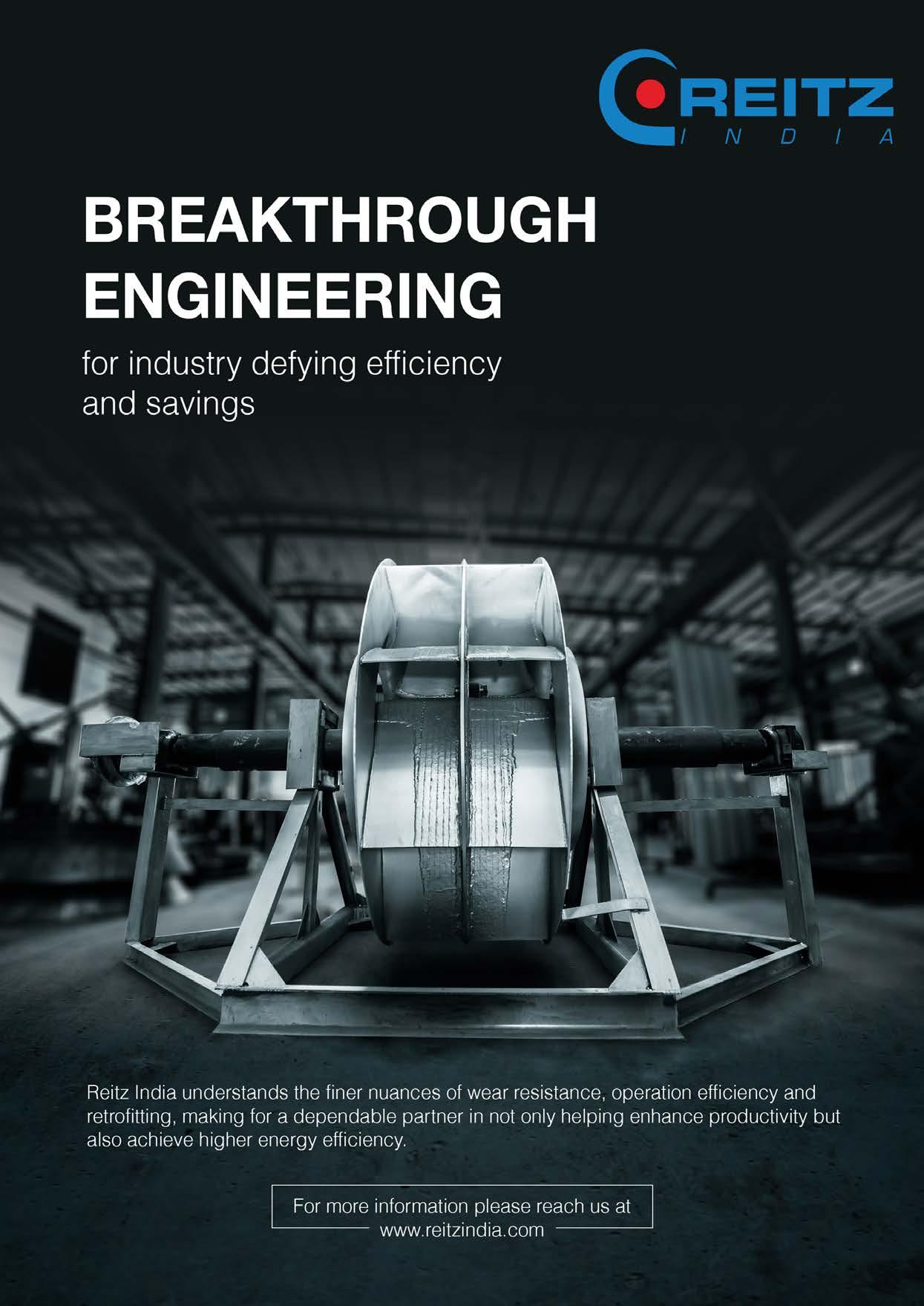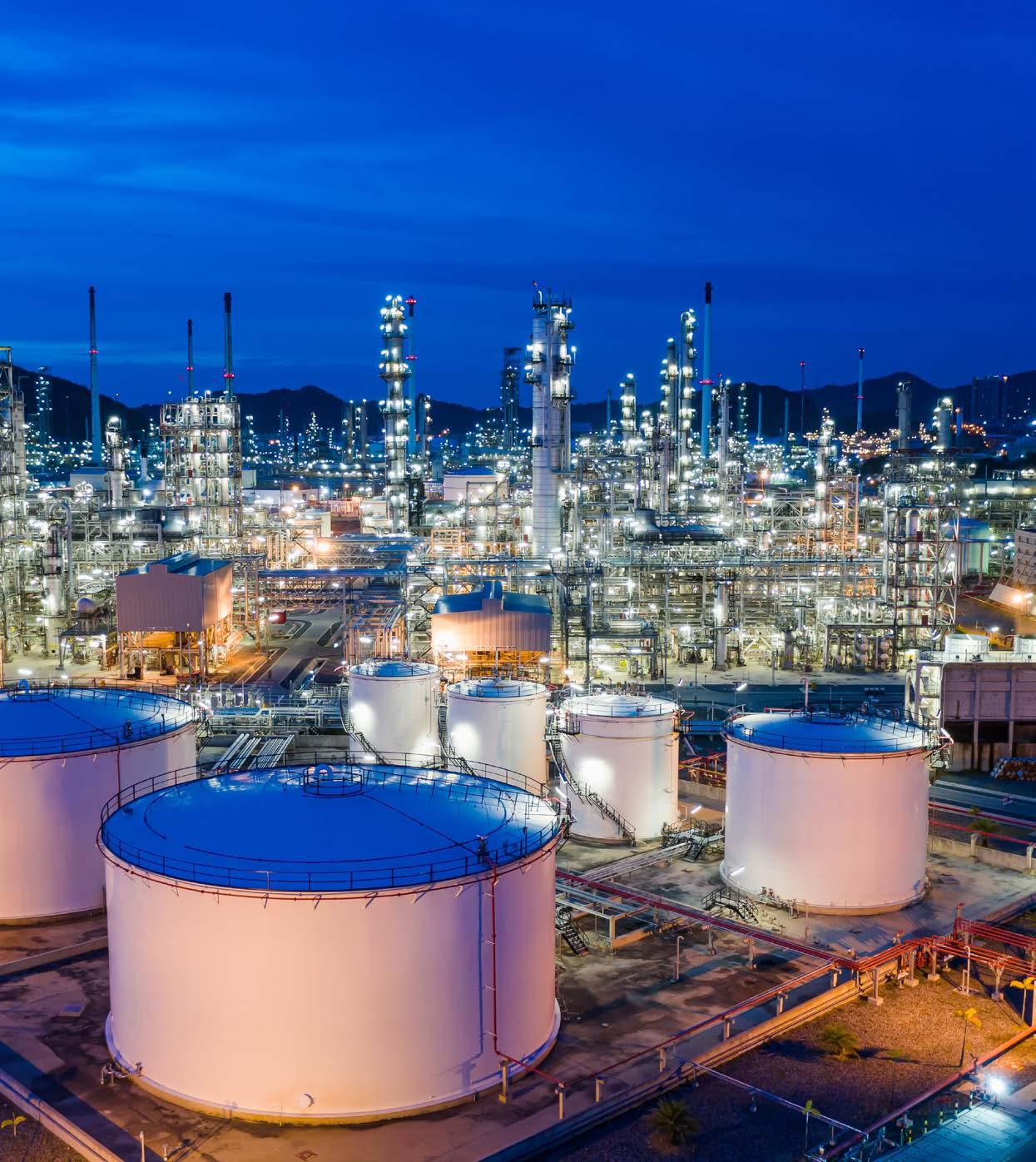







Tel: 604-687-1828



Email: info@argentinalithium.com
Web: argentinalithium.com


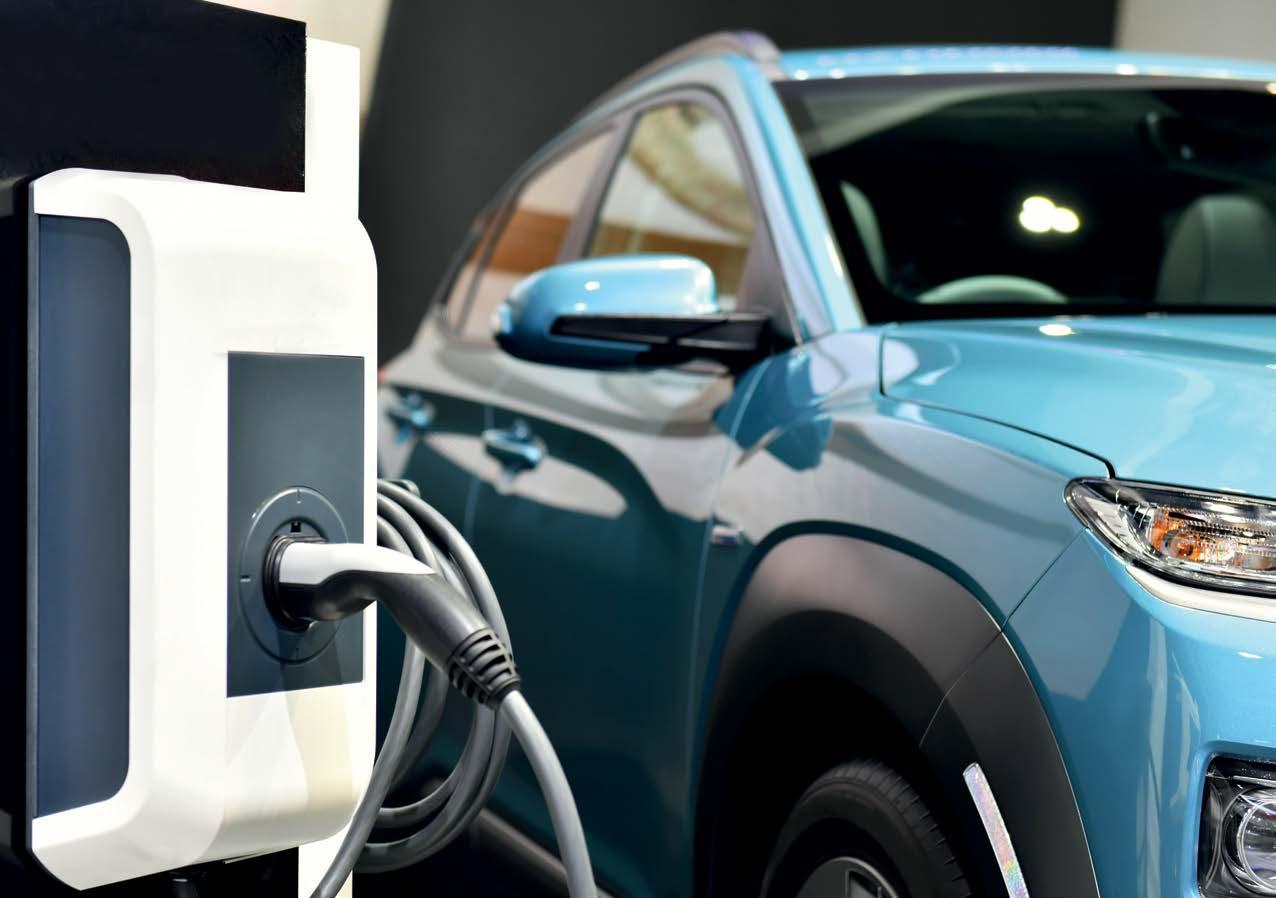









Tel: 604-687-1828



Email: info@argentinalithium.com
Web: argentinalithium.com



Argentina Lithium & Energy Corp is focused on acquiring high quality lithium projects in Argentina and advancing them towards production in order to meet the growing global demand from the battery sector.
The management group has a long history of success in the resource sector of Argentina and a strong track record of government and community relations.
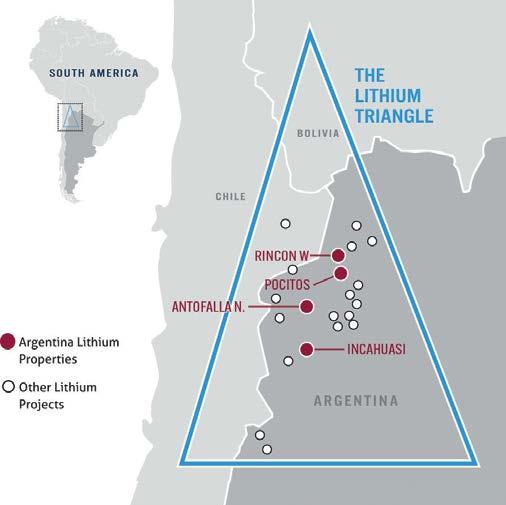
• The Lithium Triangle, including parts of northwestern Argentina, produces about half of the world’s lithium and hosts approximately 60% of the known lithium reserves
• Most lithium in this area is in salt lake (“salar”) brines
• Argentina produces approximately 10% of the world’s lithium, making it one of the top five global producer (2020)
• Government is encouraging renewable energy initiatives




Editor-in-Chief Carley Fallows editor@littlegatepublishing.com
Space Management Emlyn Freeman emlynfreeman@littlegatepublishing.com
Media Coordinator Andrew Williams andrew@littlegatepublishing.com
Lead Designer Alina Sandu Research Kristina Palmer-Folt Editorial Research Amber Winterburn
Corporate Director Anthony Letchumaman anthonyl@littlegatepublishing.com
Founder and CEO Stephen Warman stevewarman@littlegatepublishing.com
For enquiries or subscriptions contact info@littlegatepublishing.com +44 1603 296 100
ENDEAVOUR MAGAZINE is published by Littlegate Publishing LTD which is a Registered Company in the United Kingdom.
Company Registration: 07657236
VAT registration number: 116 776007
343 City Road 60 Thorpe Road London 79 Norwich EC1 V1LR NR1 1RY
Littlegate Publishing Ltd does not accept responsibility for omissions or errors. The points of view expressed in articles by attributing writers and/or in advertisements included in this magazine do not necessarily represent those of the publisher. Any resemblance to real persons, living or dead is purely coincidental. Whilst every effort is made to ensure the accuracy of the information contained within this magazine, no legal responsibility will be accepted by the publishers for loss arising from use of information published. All rights reserved. No part of this publication may be reproduced or stored in a retrievable system or transmitted in any form or by any means without the prior written consent of the publisher.

Copyright© Littlegate Publishing Ltd
The United States is one of the largest hubs of business operations on the globe. With an expansive array of industries across the 50 states, almost every business sector is covered in one way or another. For many companies, expanding their operation into America allows them to access its rich and thriving markets on both a national and international scale. This special USA Edition of Endeavour Magazine focuses on promoting companies which are leading their respective industries, and subsequently adding to the stellar reputation of America.
Despite America being such a big hub of business activity, the country, like the rest of the globe, has dealt with growing concerns regarding population demands, recovering following the global pandemic and making the much-needed shift towards sustainability in recent years. But America takes these challenges in its stride, and we continue to see how companies across the nation are doing their part to meet these demands and continue to strive to be the best.
In Endeavour USA you can expect to see a whole range of industry giants from manufacturing to energy to shipping as much like America’s diverse industries, we are going to cover it all!
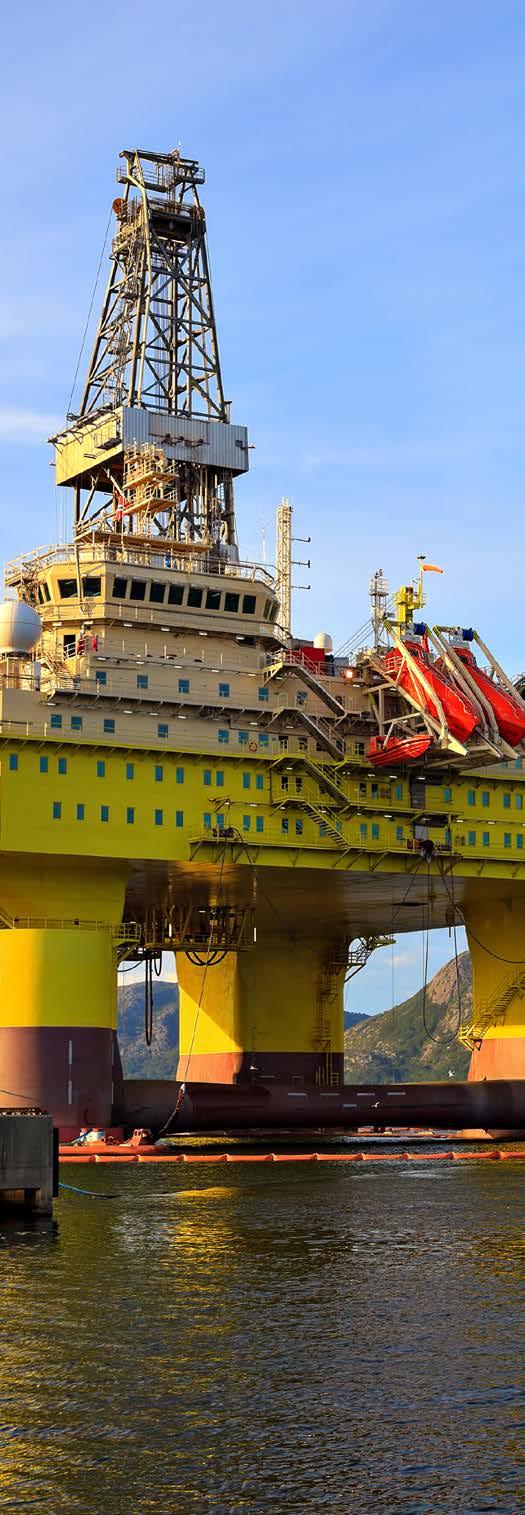
100 Port Of Greater Baton Rouge Strategically Located Cargo Handling
106 Port Of Milwaukee A Hub for Cargo Distribution
112 Port Of Savannha The Fastest- Growing Container Port in North America
120 TotalEnergies Suriname Supporting Suriname’s Energy Sector
140 Porto do Itaqui Investing in the Future of Brazilian Ports
146 Petronas Suriname Passionate about Progress
152 Port of Lake Charles Supporting America’s Shipping Corridor
158 Alabama State Ports Authority Seamless Supply Chains
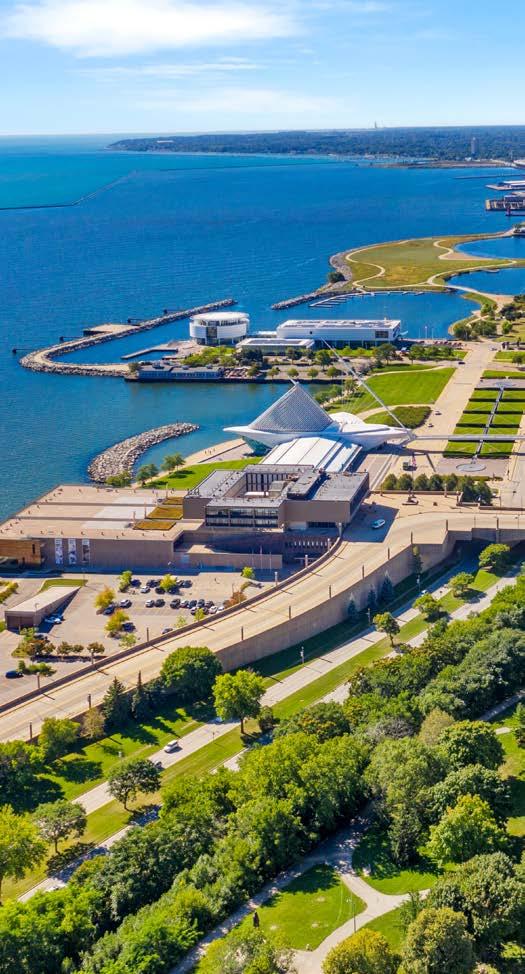
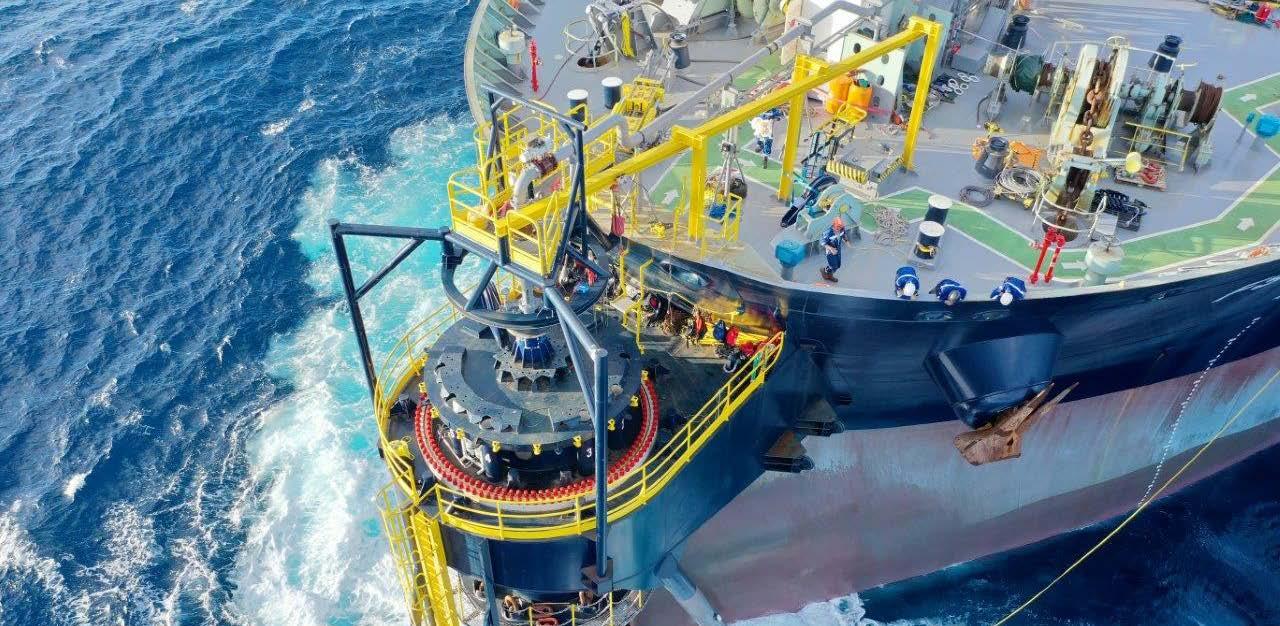
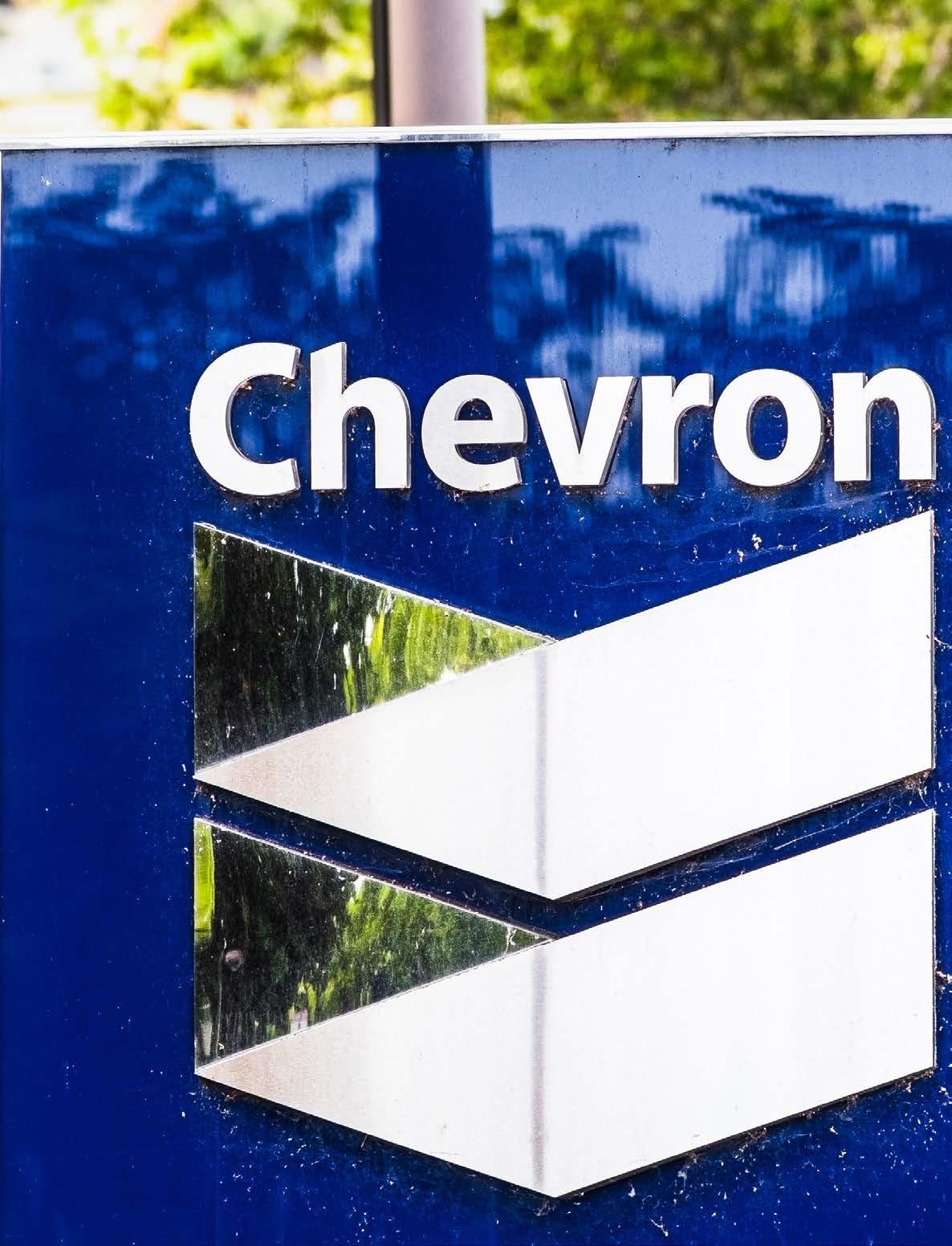
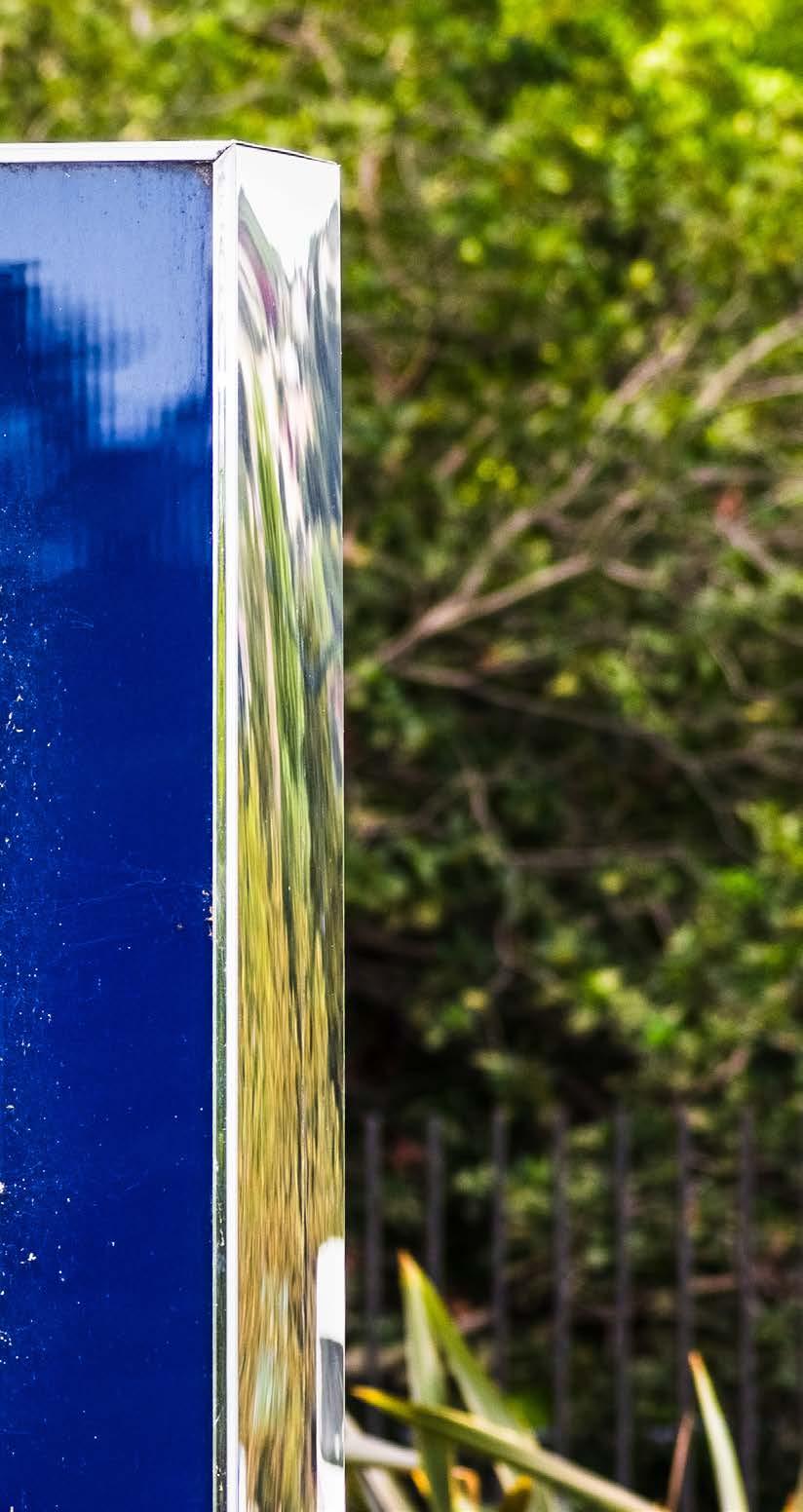
On a mission to provide affordable, reliable and ever-cleaner energy, Chevron Corporation (Chevron) is a leader in the global integrated energy market. Across its wide sphere of operations, Chevron delivers crude oil and natural gas, whilst manufacturing fuels, lubricants, petrochemicals and additives to support human progress. From this basis, Chevron has been carrying out vital energy projects across the world, with Guyana being one of the newest sites for the company’s development. Following key acquisitions, Chevron is now one of the largest acreage holders along the US Gulf Coast, delivering significant energy and economic development for Guyana in the process.
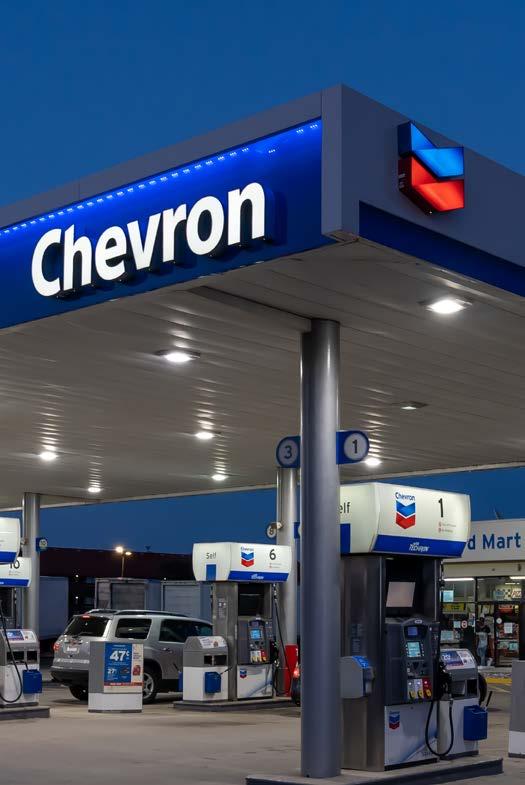
Chevron is focused on delivering energy infrastructure for the demands of today, whilst delivering reliable energy systems that can tackle the energy needs of tomorrow. To achieve this, Chevron focuses on sustainability and technology across its operations. Every project delivered by Chevron is designed to progress the energy sector, whilst reducing the greenhouse gas intensity of its operations through things such as energy efficiency, flaring reduction and methane management. Along with this, the company has made major progress towards the development of renewable fuels, especially for use in transportation. As part of this, Chevron produces bio-based diesels, renewable and compressed natural gas, renewable gasoline blend, sustainable aviation fuel and hydrogen. These help Chevron deliver a world where energy is accessible, but also build towards a lower-carbon energy future.
One of the central ways Chevron can deliver such a variety of renewable and energyefficient projects is thanks to the technology that underpins every operation carried out by the company. Through technology, Chevron can deliver the lower-carbon energy that the world needs, supported by scalable technological solutions. These solutions integrate artificial intelligence (AI) and advanced technology, which can be utilised to enhance the energy industry’s operations. One of the central ways AI can be used is for improving seismic imaging in deep-water breakthroughs, which can help Chevron to transform how it finds and produces oil and gas, backed by the data to support developments. These help to deliver a more resilient energy system for the future, where lower-carbon energy can be found, produced and delivered to market.
With oil and gas production making up a significant portion of its development, it’s no surprise that Chevron has major operations in some of the world’s most important oil and gas regions across the world. Many of which are producing significant crude oil and natural gas resources for the company. In Guyana specifically, Chevron has been making significant steps towards the development of oil and gas resources within the Stabroek Block. The block is known as one of the most prolific oil and gas-producing blocks on the globe. In fact,
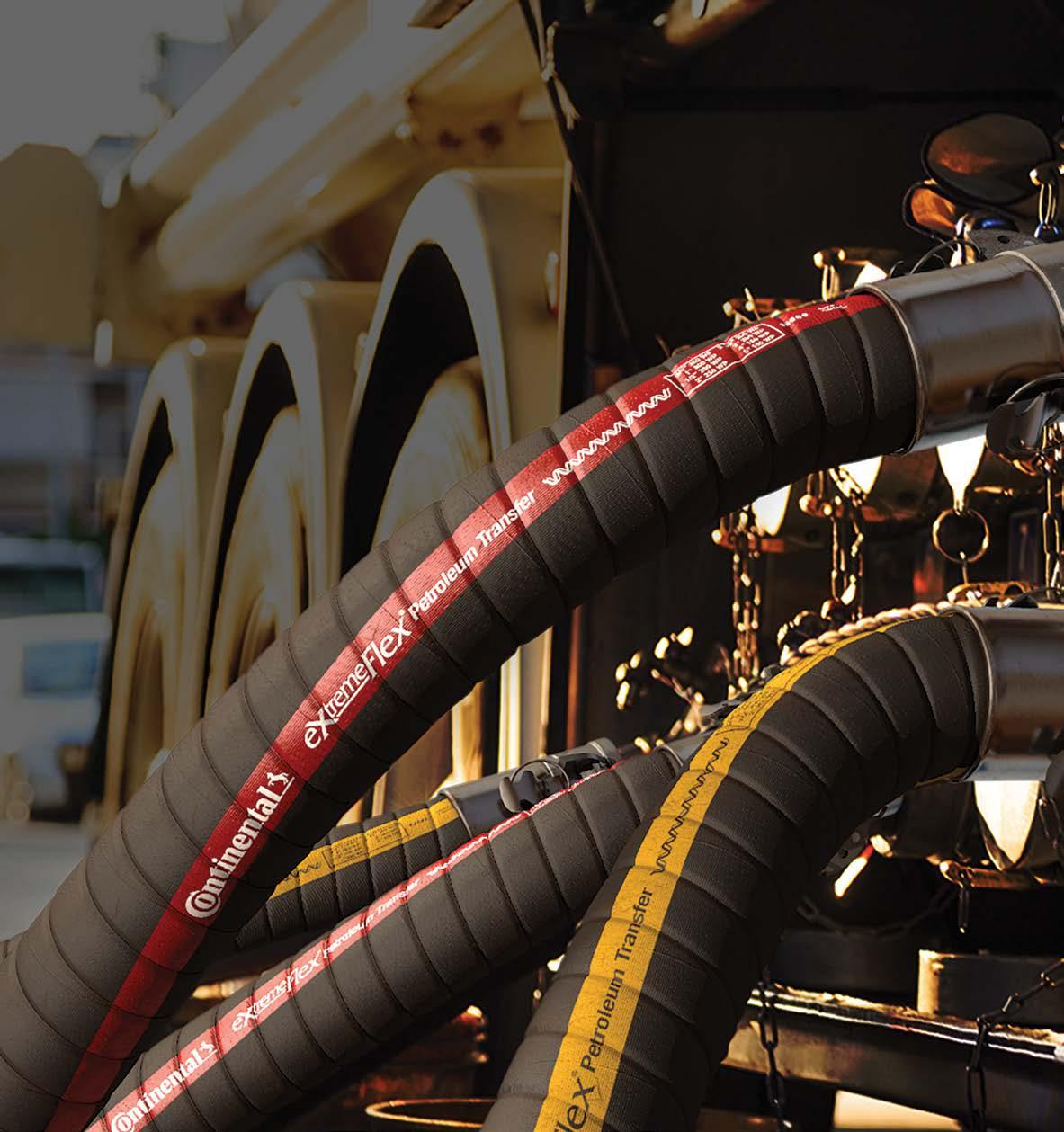
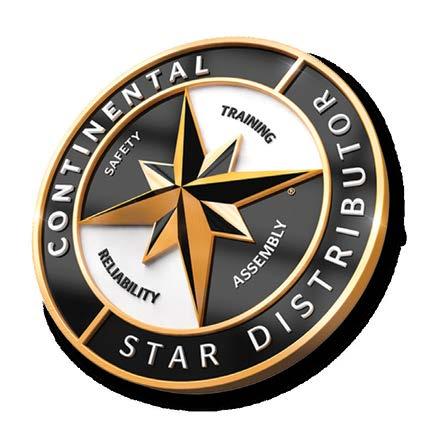
www.solaresflorida.com

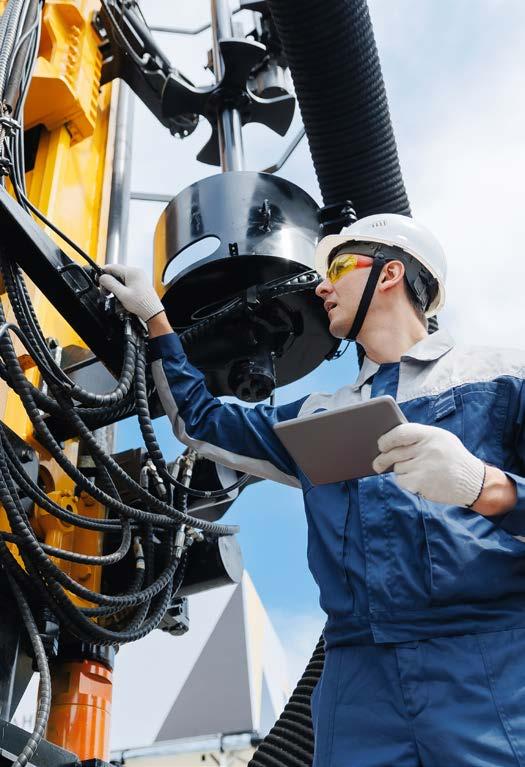
the block is estimated to hold 11 billion barrels of oil equivalent, making it one of the most significant oil discoveries made in recent decades. With the oil and gas reservoir located just off the coast of Guyana it has brought significant developments to the country, while helping to deliver it as home to one of the world’s fastest-growing economies.
The Stabroek Block was first discovered by ExxonMobil in 2015, who currently hold a 45% ownership, and is the operator of the block. The initial discovery was made in the Liza-1 Well, but in the last 10 years, development across the block has vastly expanded, with numerous subsequent discoveries having been made, highlighting the true potential of the region. Stabroek Block has remained under ExxonMobil’s operation, with Hess Corporation and CNNOC holding 30% and 25% ownership, respectively. Since its discovery, the Stabroek Block has transformed Guyana into a major oil-producing region, delivering significant direct and indirect jobs for those across the region to work or supply the development of the field.
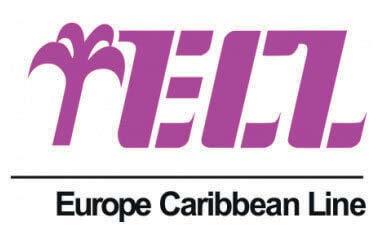
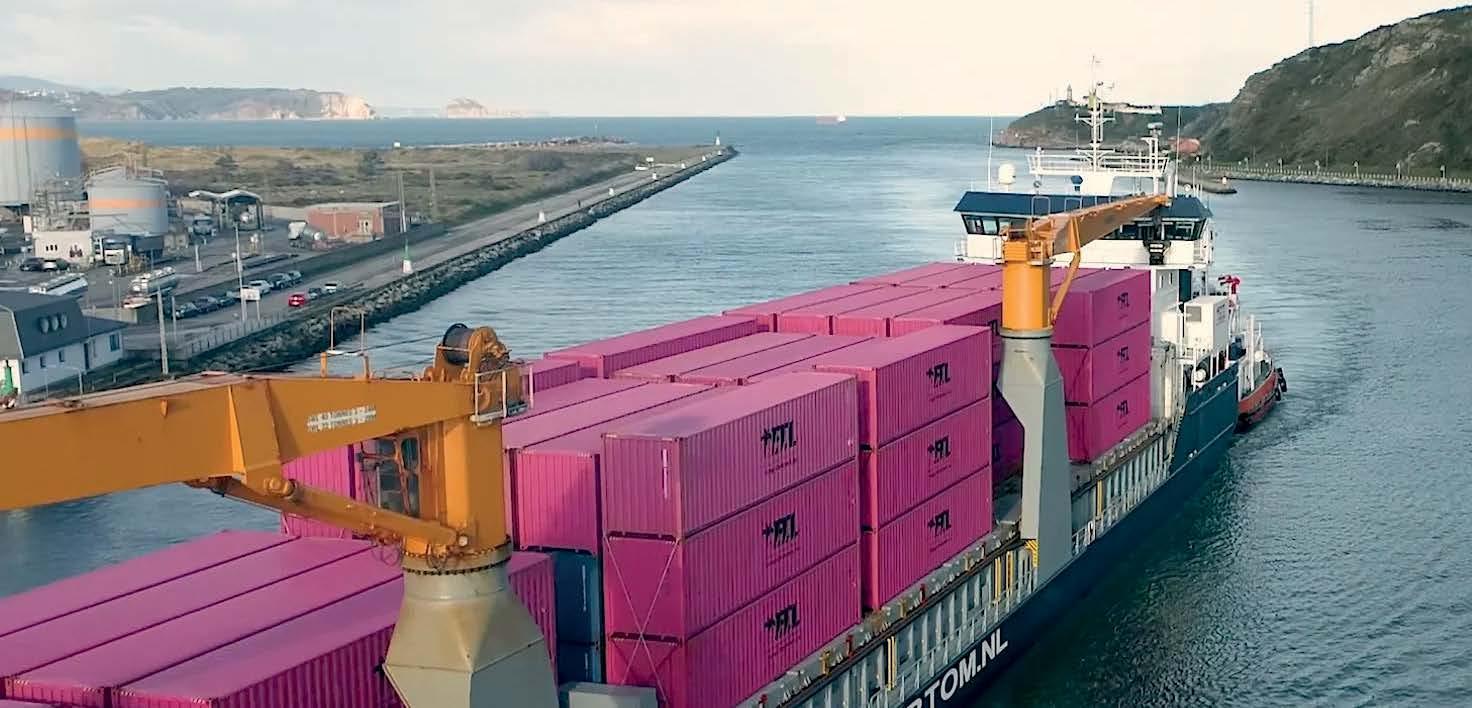
SAFE, RELIABLE, AND EXPEDITED OFFSHORE INSTALLATION EVERY TIME
The heart of the Victus™ Intelligent MPD System is the automated MPD riser system for offshore and deepwater applications. Its integrated, compact, and smart design reduces installation time from 2 days to 20 minutes, resulting in more than 80% faster rig up and rig down time.
To learn more visit weatherford.com/victus
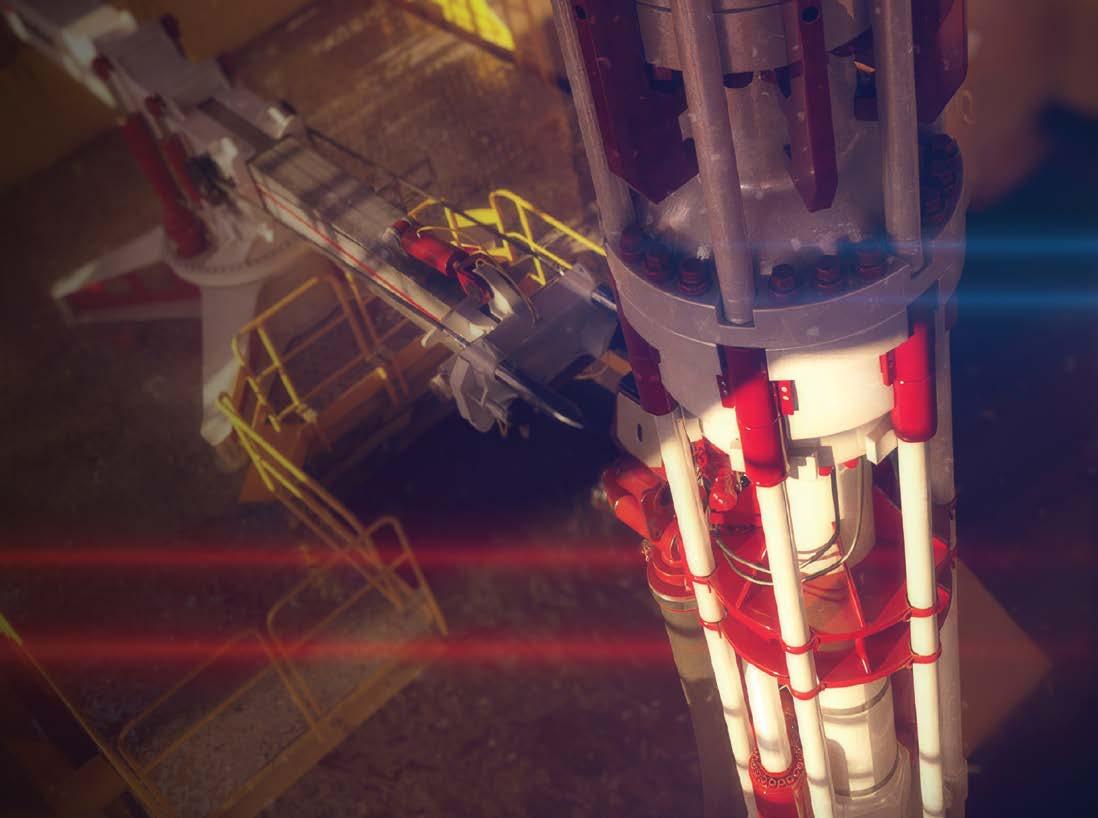
However, in July 2025, Chevron Corporation announced that it had completed the acquisition of Hess Corporation, which would see the two energy corporations join their world-class asset portfolios, people and capabilities. Thus, along with the acquisition of Hess Corporation, Chevron acquired the company’s 30% stake in the Stabroek Block, positioning Chevron in part ownership of the block alongside ExxonMobil and CNNOC. By combining two giants in the energy sector, Chevron now has one of the most differentiated energy portfolios in the industry, with operations spanning multiple critical energy markets around the world.
Following the acquisition, John Hess will now join Chevron’s Board of Directors, subject to the Board’s approval, to enhance the synergies between the two companies and offer his experience in the sector to Chevron. In the announcement of Chevron’s acquisition of Hess Corporation, Mike Wirth, Chevron’s Chairman and CEO, outlined that “the combination [of the two companies] enhances and extends our growth profile well into the next decade, which we believe will drive greater longterm value to shareholders.” Thus, following the acquisition, Chevron now has leading positions in energy markets around the world, delivering a high cash margin production profile with an expected
production volume of 4.31 million boe/d by 2030, which significantly enhances Chevron’s existing production as a standalone company.
The acquisition now positions Chevron as the largest acreage holder along the US Gulf Coast, with access to one of the world’s largest energy markets. However, even before the acquisition, Hess Corporation and Chevron had been partners in deepwater projects for many years, delivering vital energy resources to markets across the world. Thus, the two companies will now come together to deliver their vital oil and gas expertise to enhance Guyana as a new market for sustainable energy development for Chevron.
Ultimately, Chevron’s acquisition of Hess Corporation marks a significant milestone in the company’s entry into the Guyanese energy market. We can expect to see Chevron bring together its wealth of experience across its global portfolio, supported by the frameworks laid out by Hess Corporation, to deliver vital energy resources for Guyana. As Chevron now looks towards the future, with the wealth of expertise that Hess Corporation adds to its existing portfolio, we look forward to seeing how it will expand its role across the region to bring low-carbon energy to market, whilst delivering vital economic benefits for Guyana in the process.

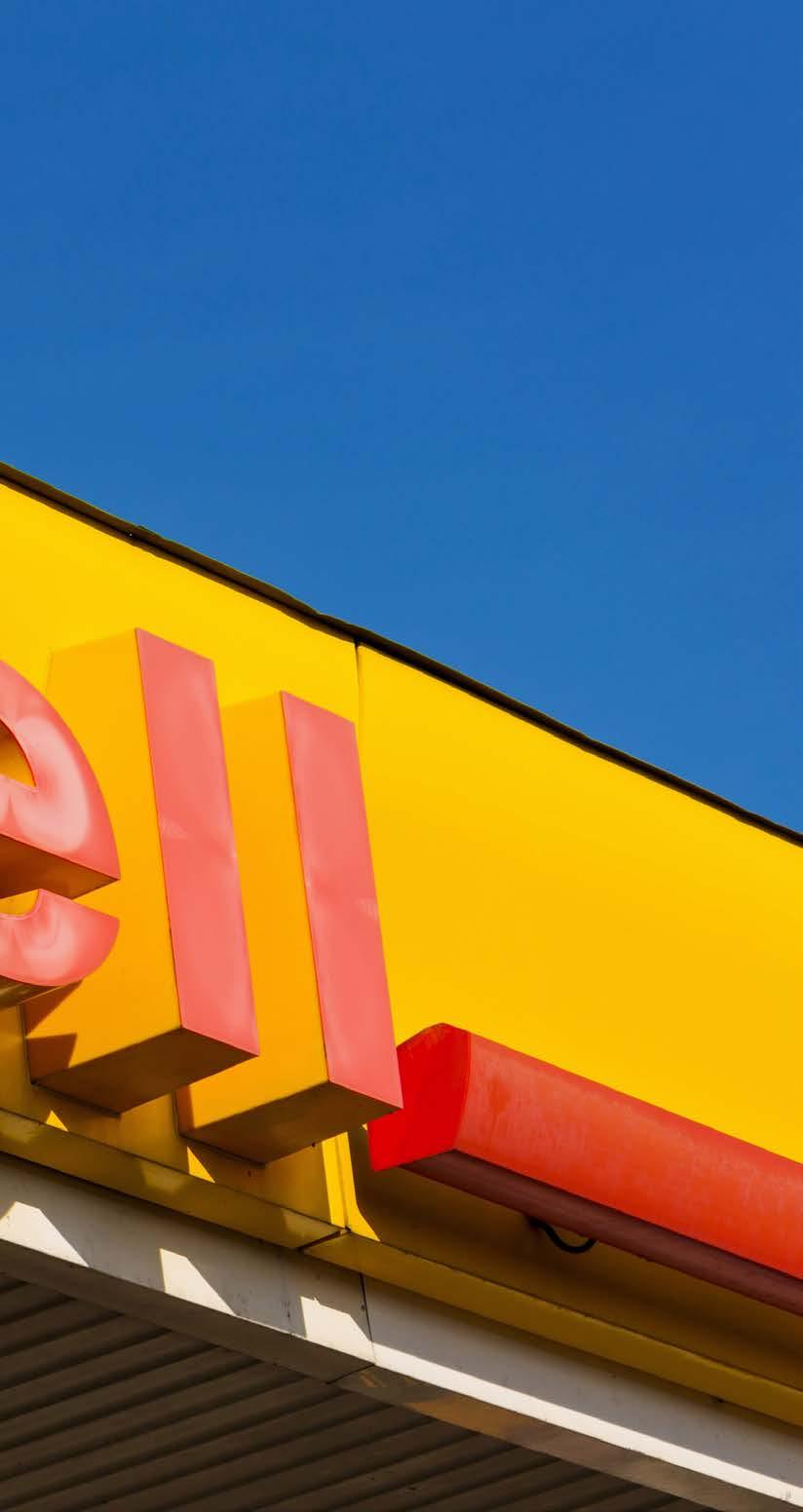
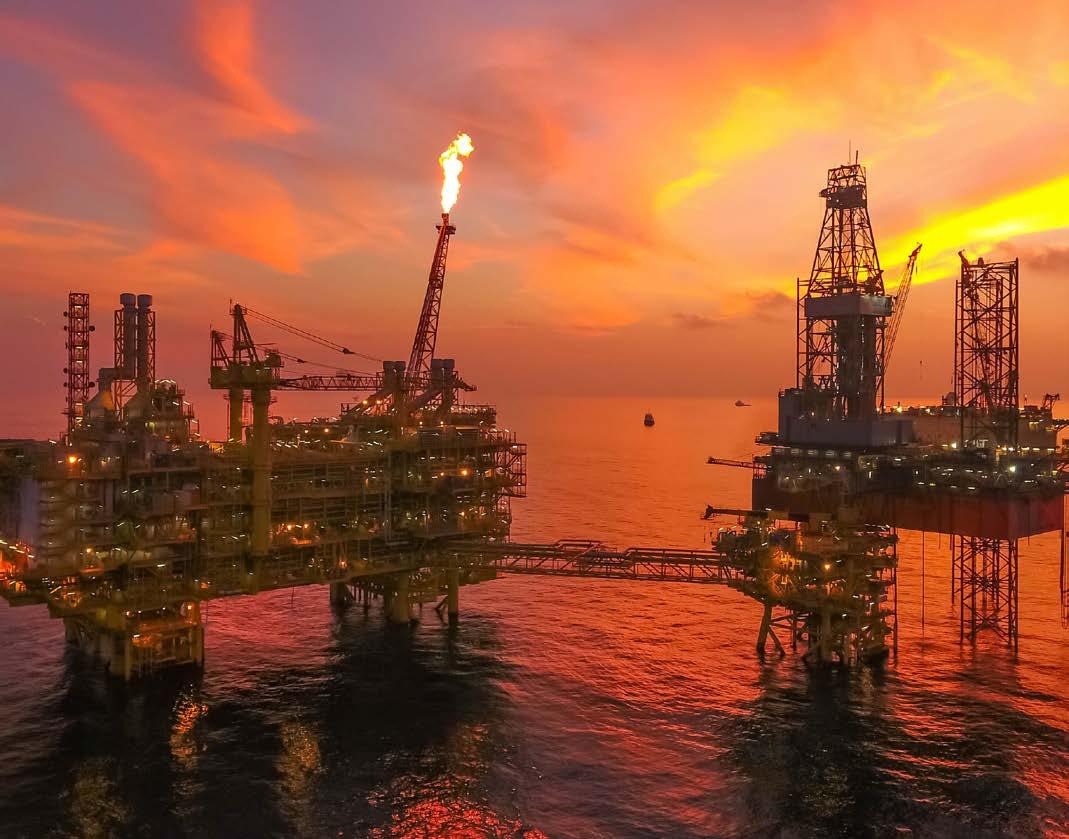
With a portfolio of energy projects spanning across the world, Shell is today recognised for its expertise, knowledge, and proven deep-water technologies, which it utilises to unlock new resources to deliver safe and efficient energy for the globe. It is this deep knowledge of the world’s energy sector that began Shell’s deep-water development era in the Gulf of Mexico (also known as the Gulf of America) more than 40 years ago. Today, Shell is the leading deep-water oil and gas producer in the Gulf of Mexico, playing a critical role in delivering deep-water projects that are powering progress across the region.
Shell’s operations in the Gulf of Mexico began when a team of engineers, scientists and explorers came together to reimagine the future of the region’s offshore oil and gas production. The first platform developed was the Cognac Platform in 1978, which exemplified Shell’s expertise in the deep-water development field as it was the first company to produce resources at water depths of 1000 feet (ft). From the establishment of this platform, it was clear that Shell was to be a leading player in the Gulf of Mexico’s development.
Over the years, Shell has continued to invest in profitable and carbon-competitive oil and gas projects achieved through its exceptional technological milestones across the design, construction, and operation of world-class oil and gas producing assets operating at water depths. It is Shell’s innovative approach to deep-water development, often using standardised designs, which has allowed it to remain so competitive. By standardising its operations, Shell can reduce costs and provide quicker returns, and in turn, Shell’s production across the Gulf of Mexico now ranks among the lowest greenhouse gas (GHG)
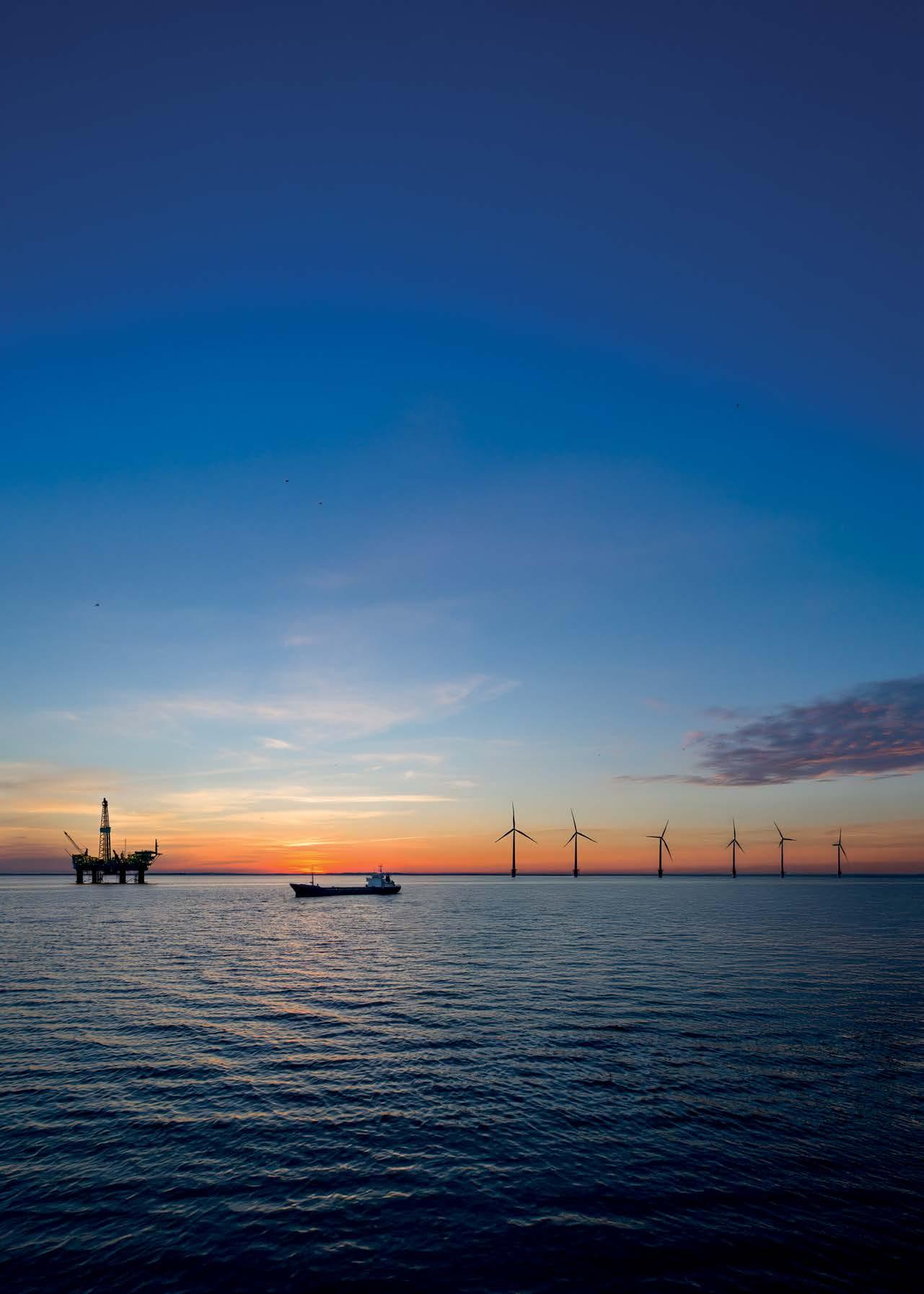
The energy landscape is evolving. Operators need partners who can keep pace, leading the way through transition.
At Proserv, we bridge the gap. With smart technology, service distinction, and empowered people, we help our customers adapt, perform, and thrive.
At Proserv, we deliver client responsiveness and operational distinction through brownfield solution innovation - maximizing uptime with future-proof solutions that never go obsolete.
Proserv – Smart Technology. Service Distinction. Empowered People.
In a region defined by dynamic offshore and onshore energy activity, Proserv is charting a bold trajectory, driving operational excellence across North America and the Gulf of Mexico with cutting-edge controls technology. Whether safeguarding subsea wells or optimizing ageing infrastructure, Proserv’s solutions are built on decades of heritage, sharpened by a relentless focus on reliability, integrity, efficiency, and productivity.
At the heart of Proserv’s success lies its status as a trusted partner to industry giants like Shell. In the Shell Arran greenfield development, Proserv delivered a high-data-capacity subsea control system that supported real-time well monitoring. This sophisticated, cost-effective alternative to expensive fiber optics not only met Shell’s performance requirements, on time and within budget, reinforcing Proserv’s reputation for ingenuity and cost-efficient excellence.
But Proserv’s impact goes beyond individual projects. Through a powerful blend of hardware control systems, condition-based monitoring,
and advanced analytics, the company offers lifecycle-spanning solutions from initial deployment and performance optimization to legacy asset extension. This full-spectrum approach reflects Proserv’s deep engineering, manufacturing, and field service expertise and underscores its ability to integrate seamlessly into any existing infrastructure, at scale.
Central to this success is Proserv’s people: passionate, forward-thinking technologists with roots in decades of industry leadership. Their commitment to customer success, combined with a heritage of performance and service distinction, defines the Proserv promise: delivering lasting value, wherever energy operates.
For more information on Proserv and our technology solutions, contact Jason Mallory (Director, Americas; jason.mallory@proserv. com; +1 713 550 5397) or Kevin Gentry (Sales & Business Development Manager, Americas; kevin.gentry@proserv.com; +1 281 615 8102).
Visit www.proserv.com
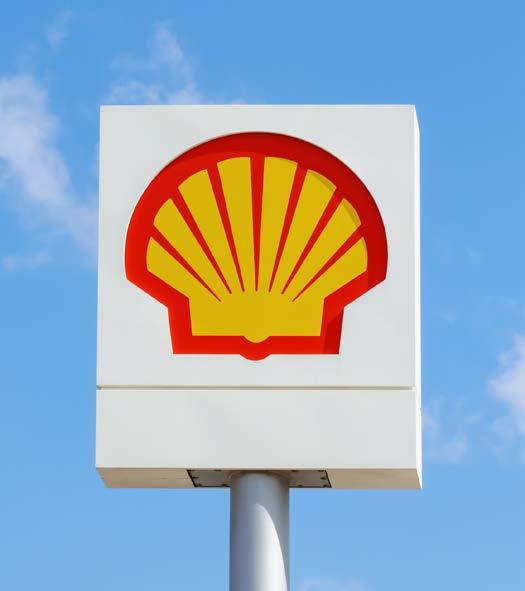
intensity in the world for the production of oil. It is this focus on decarbonisation alongside its project delivery that has set Shell up to deliver vital energy resources across the Gulf region, supported by innovation, research, and development focused on delivering energy now and for the future.
As the largest operator in the Gulf of Mexico, Shell operates world-class oil and gas projects, including one of the world’s deepest offshore drilling and production facilities, the Perdido Platform. The platform operates at water depths up to 2,450 metres, highlighting Shell’s ability to deliver ultra-deep-water exploration at such depths. Perdido began production in 2010, and at its peak and can produce up to 125,000 barrels of oil equivalent per day (boepd). The platform is operated by Shell, who hold a 35% working interest, with joint venture partners of Chevron (37.5%) and BP (27.5%). The platform acts as a hub and enables the development of the Great White, Tobago, and Silvertip fields, extracting oil from 35 subsea wells.
However, in recent years, Shell has been developing new and innovative platforms, which are focused on decarbonising its deep-water operations. One of the most notable recent developments for this is the Vito Platform, located 150 miles from New Orleans. The Vito Platform has brought a new era for Shell’s offshore production across the Gulf, with the platform designed to be much smaller and more compact than a typical offshore platform. With Vito being roughly 70% of the size of the platforms we typically see for offshore oil and gas production, the platform provides Shell with a more environmentally friendly development for energy production as it requires less steel, cables, space and power to operate. Therefore, Vito greatly reduces the impact of the development and operation of the platform on the environment. To further enhance its sustainability, Vito is expected to see a reduction in its estimated electrical power load consumption across the platform, whilst also delivering more efficient waste heat recovery units. The platform will have optimised turbines to better fit the required load demand needed to operate the smaller Vito. Production began at Vito in February 2023 and now serves as a clear blueprint for Shell to deliver deep-
water projects across the Gulf of Mexico to help improve its platform delivery and development to be both economically and environmentally enhanced.
Building on the success of Vito, Shell began work on the Whale Platform, the second of three planned oil and gas platforms, which will feature a similar compact size to the Vito Platform. In contrast to many platforms along the Gulf of Mexico, Whale is roughly only a 6th of the size of the tallest offshore platform in the world. The Whale platform has been designed as a close replica of Vito, but the platform is built to withstand 30-metre waves that often occur during hurricane season. The platform was installed in February 2024, located within the Whale oil and gas fields at a depth of 2,600 metres. The platform is operated by Shell Offshore Inc., a subsidiary of Shell Plc, who have a 60% interest in the platform, alongside Chevron (40%).
In January, Shell Offshore Inc. announced that production had commenced from the Whale Platform. The platform is estimated to have a peak production capacity of 100,000 boepd, with an estimated recoverable resource volume of 480 million barrels of oil (boe). Announcing the start of production from Whale was Zoë Yujnovich, Shell’s
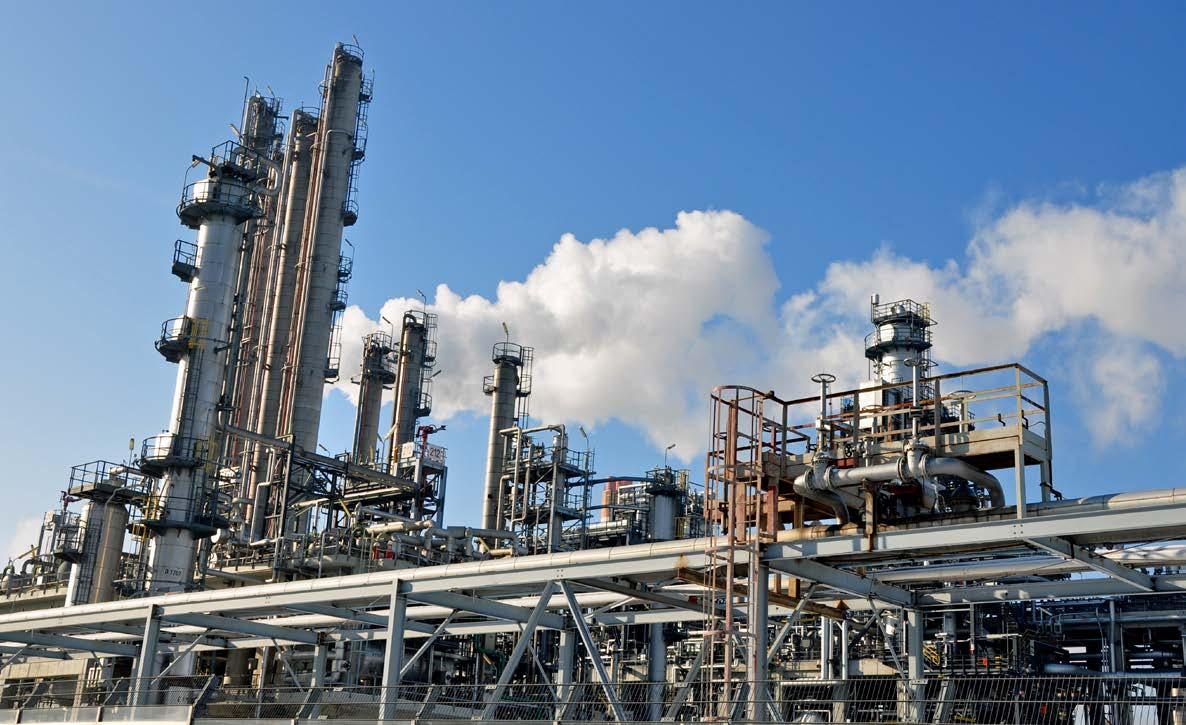
Integrated Gas and Upstream Director, outlined that “Whale demonstrates our focus on driving more value with less emissions from our Upstream business as we deliver the energy people need today. Yujnovich continues, “It [Whale] will make a significant contribution to our commitment to bring projects online, with a total peak production of more than 500,00 barrels of oil equivalent per day from 2023 through 2025”. With a significant production capacity expected from Whale over the coming years, this highlights the leading role Shell is playing in developing energy developments across the Gulf of Mexico.
However, with the Whale Platform replicating 99% of the hull design and 80% of the topside from Vito, Whale enhances Shell’s deep-water development, where its oil production has among the lowest GHG intensity in the world. Whale features energyefficient gas turbines and compression systems, which operate with 30% lower GHG intensity over its lifecycle compared to Vito. This development exemplifies Shell’s continual movement towards decarbonising its deep-water operations and ensuring that with every new development, it is building upon this goal.
Across its platforms in the Gulf of Mexico, Shell is proactively managing the greenhouse gas intensity of its deep-water operation through innovative
project design, efficient operations, and strategic handling of late-life assets. In fact, Shell has achieved a 40% reduction in methane emissions in the Gulf of Mexico since 2016, and in 2023, Shell’s Gulf of Mexico emissions were 5% below its planned target, with intensity levels 9% below expectations. This continual movement towards decarbonisation is underpinned by Shell’s constant investment in research and development through collaboration with more than 25 universities and research centres. This research helps Shell to continually develop its project construction, development and delivery to ensure that each platform or energy development is working towards the global company’s long-term investment towards profitable and carbon competitive oil and gas projects across the Gulf of Mexico.
Across the Gulf of Mexico, Shell is playing a leading role in developing vital platforms that are enhancing the region’s vital oil and gas deposits to bring this energy to market. However, their primary focus throughout this is to deliver energy projects that optimise its research, development and expertise to deliver energy resources in a sustainable way. With compact and energy advanced platforms such as Vito and Whale, Shell is delivering vital energy with a low GHG emission intensity that helps deliver the energy needed today, whilst protecting the planet for the future.
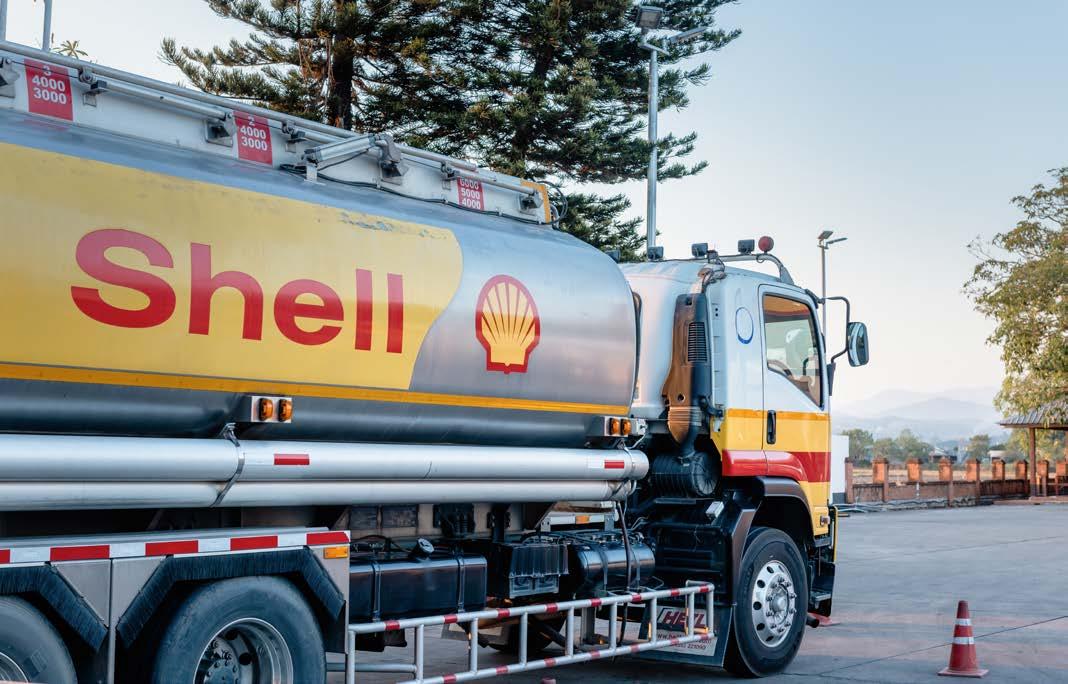
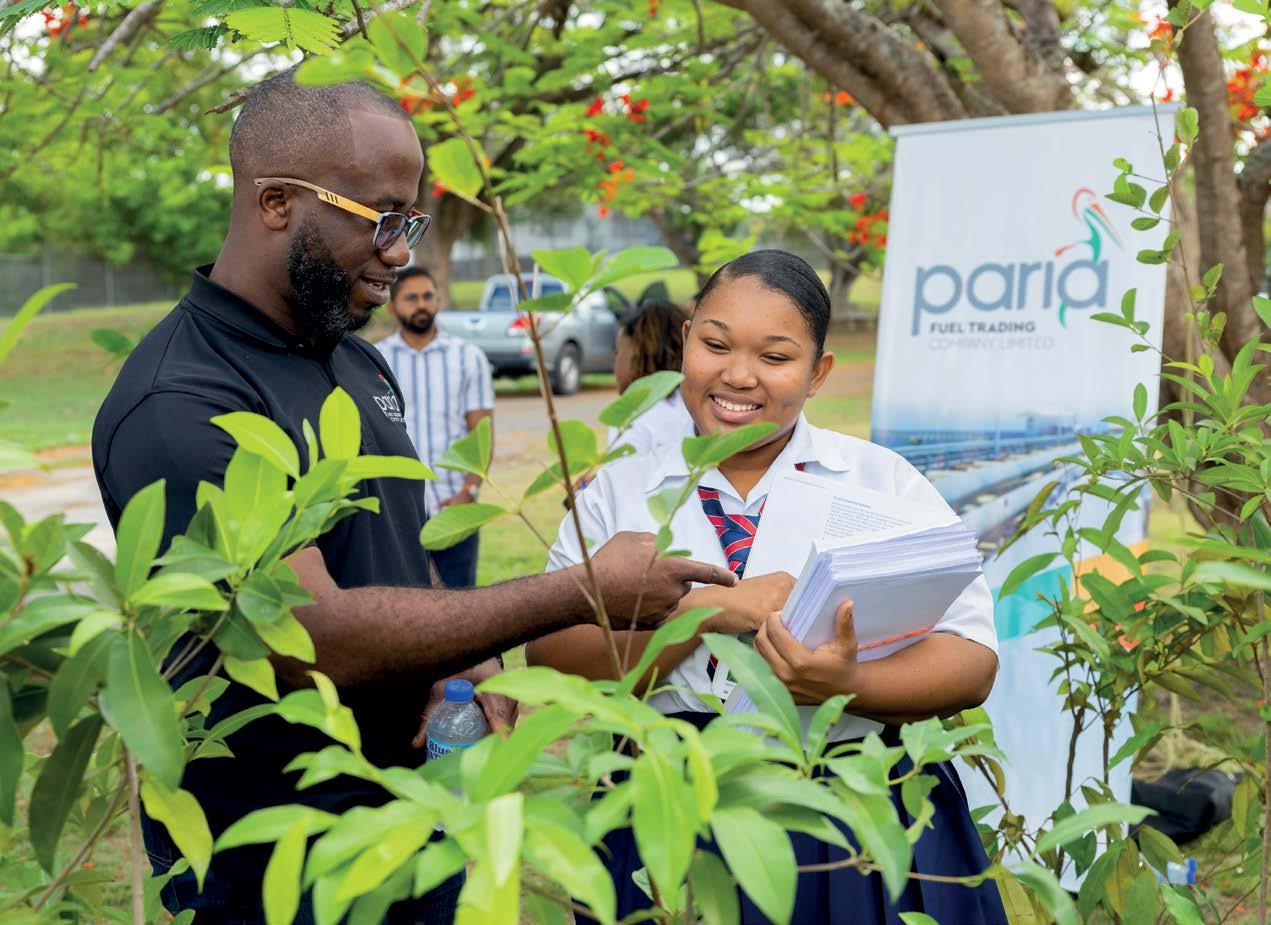
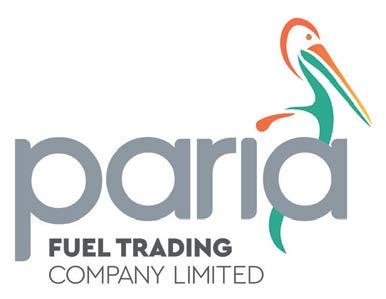
Paria Fuel Trading Company Limited, is transforming the Caribbean’s energy landscape.
As a key supplier of refined petroleum products and a pioneer in sustainable energy, Paria is dedicated to balancing business success with environmental responsibility.
CORE OPERATIONS:
Trading 45,000 barrels of petroleum products daily, including motor gasoline, kerosene, gas oil, and fuel oil.
Extensive distribution network serving local, regional, and international markets. Also supplying HVO starting early 2025
ENVIRONMENTAL LEADERSHIP:
Committed to sustainability with initiatives like distributing 100,000 seedlings to schools and reducing carbon emissions through employee workshops.
Proud recipient of the International Sustainability and Carbon Certification (ISCC), aligning with European environmental standards and exploring low-carbon marine fuels.
INNOVATIVE METHANOL BUNKERING:
Paria recently achieved a historic milestone in Caribbean energy by launching methanol bunkering services, positioning Trinidad and Tobago as a regional low-carbon bunkering hub by 2026.
Looking Forward, Paria is not only powering today but investing in a sustainable future. With a focus on green energy solutions and community impact.
Paria is shaping a cleaner, more sustainable energy future for the Caribbean.
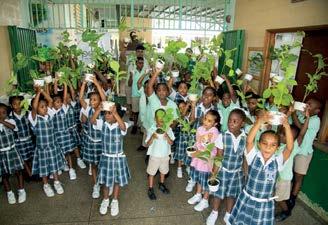
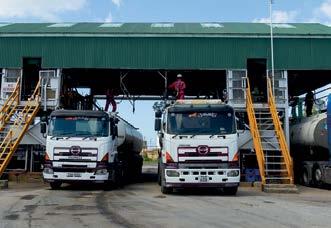
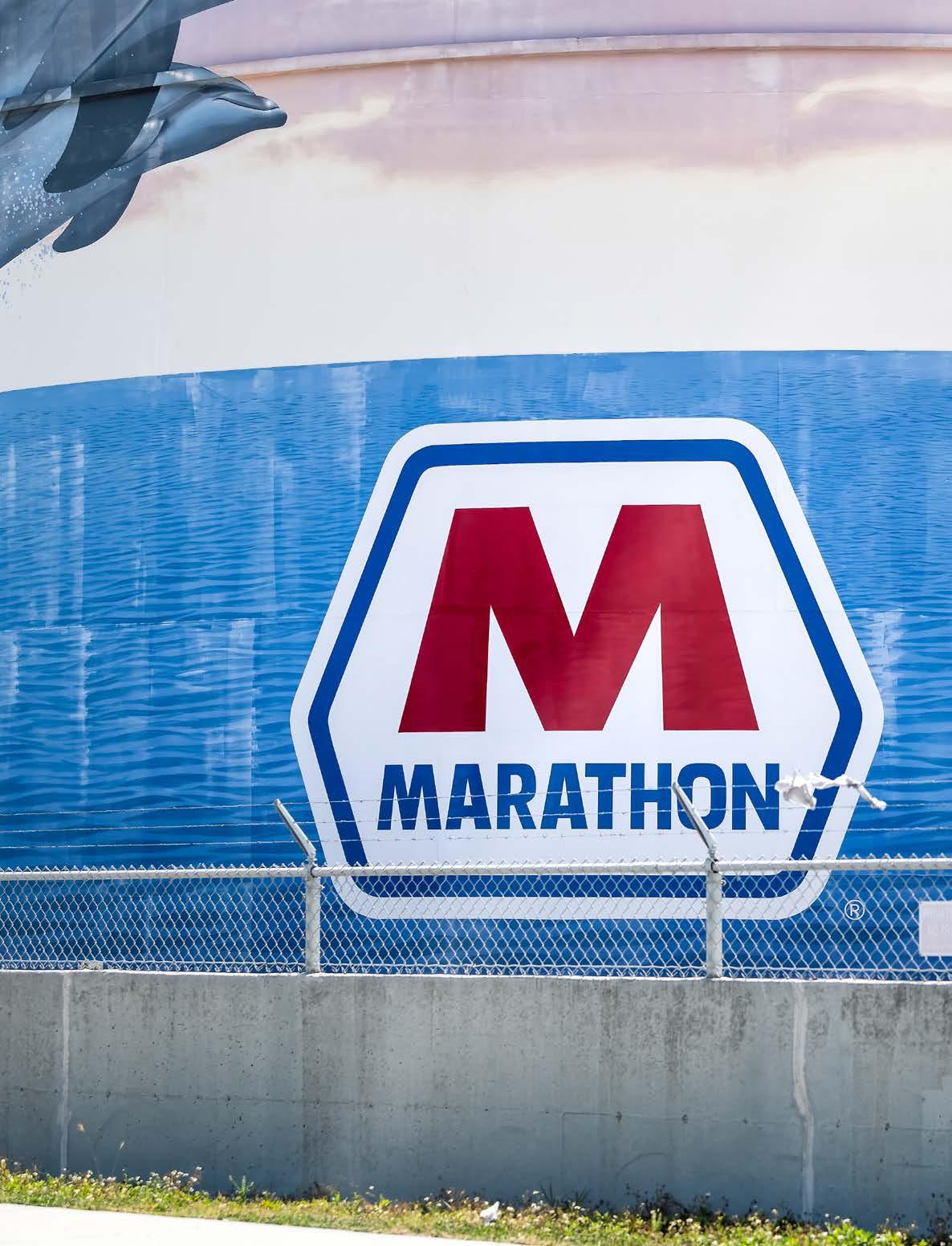
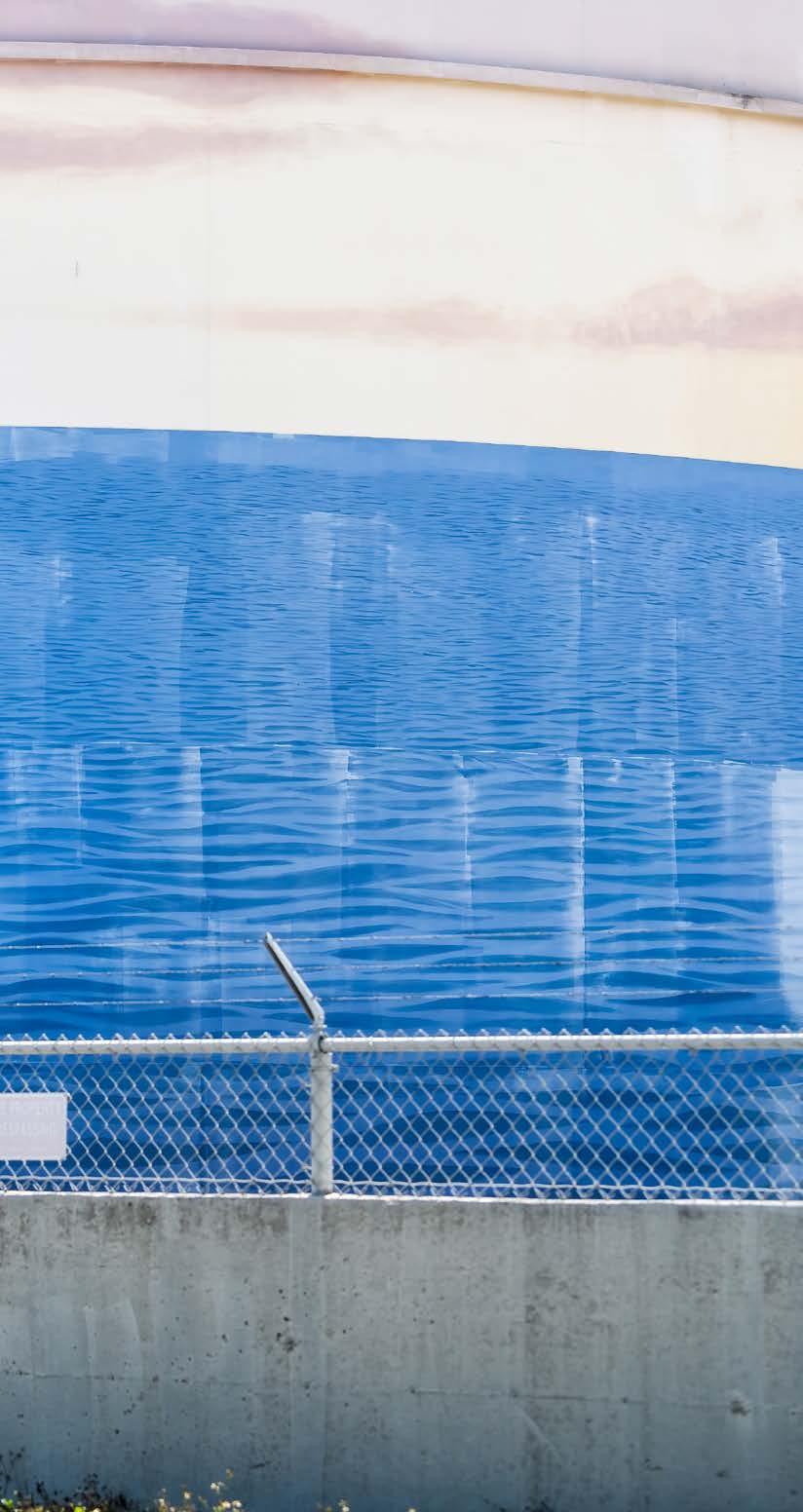
Operating the nation’s largest refining system, Marathon Petroleum Company (MPC) is a leading, integrated downstream and midstream energy company providing energy resources to the United States of America (USA) from its headquarters in Findlay, Ohio. From its branded locations across the country (including its retail outlets), to its role in its midstream company that owns and operates processing and fractional assets, to its crude oil and light product transportation and logistics infrastructure, MPC is a powerhouse in the downstream and midstream energy sector.
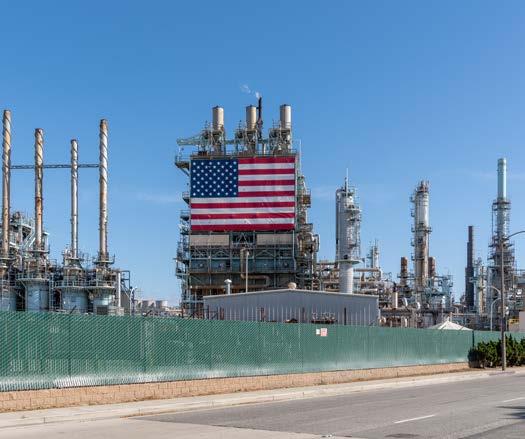
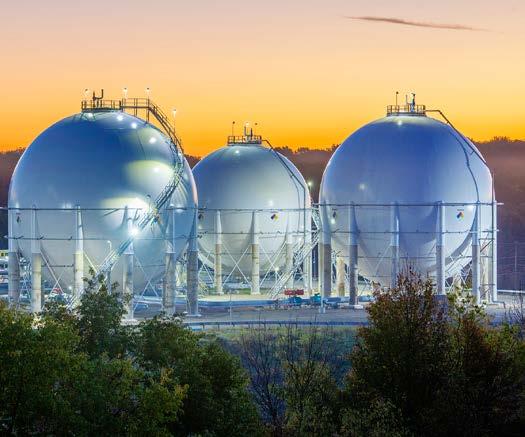
MPC’s operations began almost 140 years ago, when several small oil companies across Ohio banded together to form The Ohio Company. From this company, Marathon Petroleum has grown with the development of new gas stations and the introduction of refining processes. By continuing to evolve and innovate, MPC is now proud of the role it plays in helping meet the world’s growing energy needs, while steadfastly adhering to the values of safety, environmental stewardship, integrity, inclusion, collaboration, and excellence that it places at the heart of every operation it undertakes.
The best place to start when examining MPC is its refining operations, which comprise a significant portion of its activities. MPC has 13 refineries spanning 12 states of the USA, which collectively deliver around 3 million barrels per calendar day (bpcd) of crude oil refining capacity. With such a vast network, it’s no surprise that MPC operates the nation’s largest refining system, with each refinery integrated with the others via pipelines, terminals, and barges to maximise the operating efficiency of each one. MPC’s refineries are integrated with its midstream assets to maximise its operating efficiency, and through its Midstream business, which provides the transportation links that connect its refineries and allow the movement of intermediate products between refineries, MPC can optimise its operations and produce higher margins.
The largest refinery facility operated by MPC is the Garyville Refinery in Louisiana, which is one of the largest refineries in the USA, located along the Mississippi River between New Orleans and Baton Rouge. The facility has a crude oil capacity of 606,000 bpcd and is configured to process a wide variety of crude oils into gasoline, distillates, natural gas liquids and petrochemicals, heavy fuel oil, asphalt and propane. The facility underwent a vital expansion project in 2019, which significantly increased its capacity, which in turn positioned the Garyville Refinery as one of the largest refineries in the USA. Products from the refinery are transported by pipeline, barge, transport truck, rail and ocean tanker. With access to vital export markets and multiple options for selling refined products, the refinery is a vital facility under MPC’s operation.
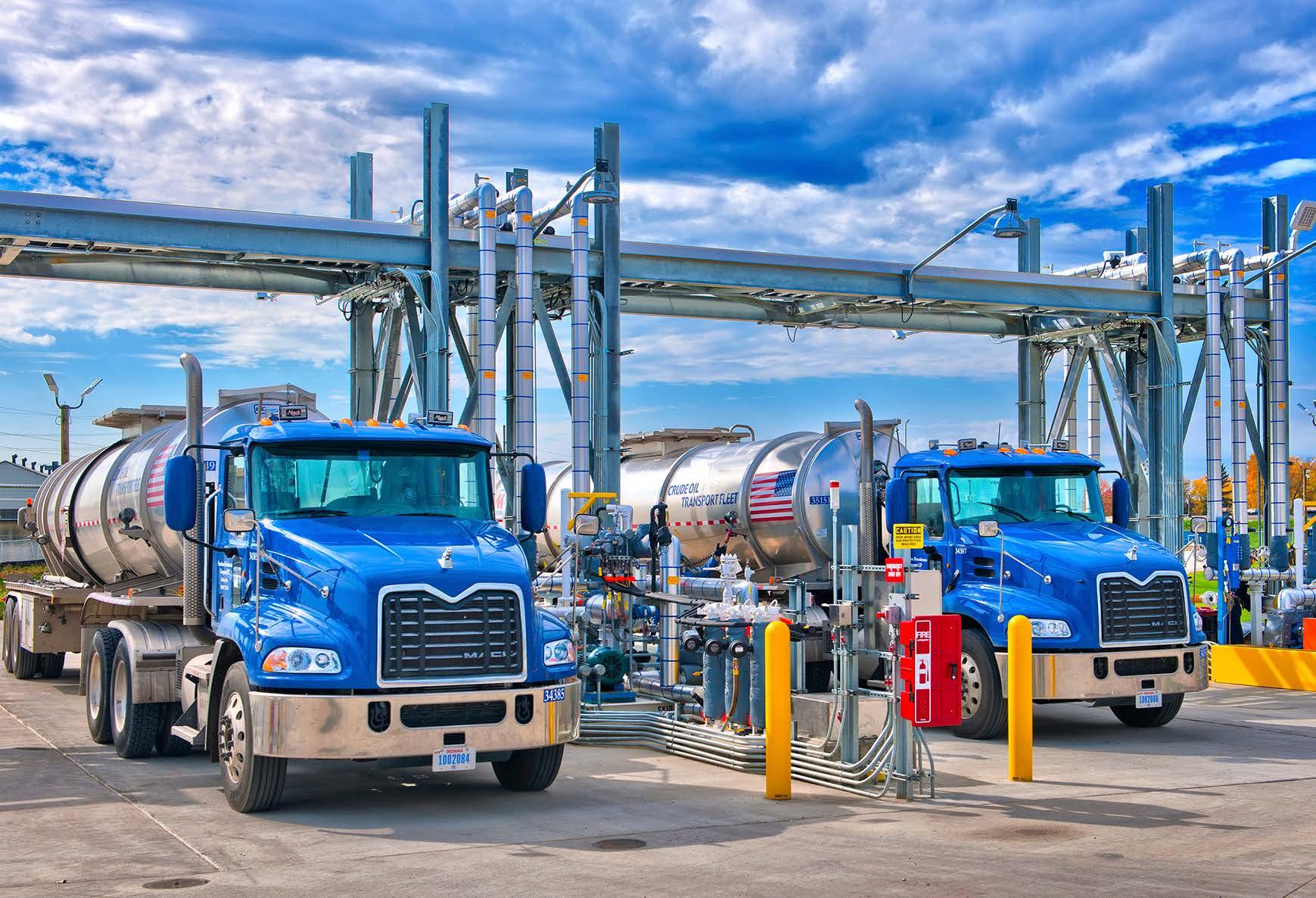
Another significant refinery for MPC is its Los Angeles Refinery in California, which is the largest refinery on the West Coast and a major producer for the clean fuel market. The refinery is located near the Los Angeles Harbour and has a crude oil capacity of 365,000 bpcd. The Los Angeles Refinery is a major producer of clean fuels, producing heavy crudes from California’s San Joaquin Valley and Los Angeles Basin, as well as crudes from the Alaska North Slope, South America, West Africa and other international sources. In terms of clean fuel, the Los Angeles refinery manufacturer produces cleanerburning California Air Resources Board (CARB) gasoline and CARB diesel fuel. CARB is focused on improving air quality and reducing greenhouse gas emissions through regulations on gasoline, and so the Los Angeles Refinery produces gasoline to these standards, highlighting its role in developing clean energy. In addition to this, the refinery also produces conventional gasoline, distillates, natural gas liquids and petrochemicals, heavy fuel oil and propane. These products are shipped via the refineries connected distribution pipelines and terminals, and are connected to the Watson Cogeneration Plant, which produces 400 megawatts and is the largest cogeneration facility in California.
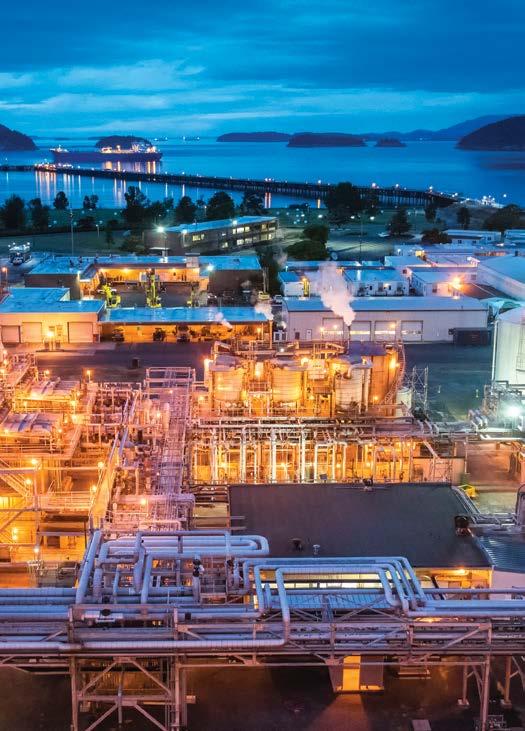


The Los Angeles and Garyville refineries add to MPC’s portfolio of 13 refineries across the USA, which are on a mission to deliver vital crude oil products to market, underpinned by a commitment to doing so with sustainability in mind. This focus on sustainable energy delivery is something that remains a priority for MPC throughout its operations, so much so that the company has 5 renewable fuel and feedstock facilities in operation, which collectively produced 600 million gallons of renewable fuels in 2024, with 2.8 billion gallons of traditional fuels delivered in the same period. This section of MPC is committed to meeting the energy demand of the world, whilst lowering the carbon intensity of its operations and the products it manufactures.
Across MPC’s renewable fuels portfolio is the Dickinson Renewable Diesel Facility, located in North Dakota. The facility delivers renewable diesel and naphtha fuel, with a capacity for 184 million gallons per year. The facility became fully operational in 2021 and is now the second-largest facility of its kind in the USA. Other facilities include the Martinez Renewables, Cincinnati Aggregation Facility, Beatrice Pretreatment Facility, Green Bison Soy Processing Facility and LF Bioenergy. These all provide vital renewables for MPC’s portfolio. One of the most exciting ones is LP Bioenergy, which is focused on
developing a portfolio of renewable natural gas (RNG) production facilities on US dairy farms. MPC holds a 49.9% equity interest in LF Bioenergy, and the portfolio’s planned production has the potential to reach over 6,500 MMBtu (million British Thermal Units) per day by the end of 2026. Interest acquisition was announced in 2023, as part of an agreement that included the potential for additional investment.
To fully appreciate the scope of MPC’s midstream business operations, we must look to MPLX LP, which covers the bulk of the company’s operations in this segment. MPLX is MPC’s sponsored master limited partnership, which gathers, transports, stores and distributes the company’s crude oil, refined products (including renewable diesel), and other hydrocarbon-cased production through its regaining logistics assets, pipelines, terminals, towboats, and barges. MPLX gathers, processes and transports the natural gas, whilst also transporting, fractionating, storing and marketing natural gas liquids. Utilising its assets, MPLX includes a network of crude oil and refined product pipelines, an inland marine business, light-product terminals, storage caverns, refinery tanks, docks, loading racks and associated piping, as well as crude and lightproduct marine terminals. With the ownership of many crude oil and natural gas gathering systems and pipelines, as well as natural gas and natural gas liquid processing and fractionation facilities in key US Basins, the subsidiary plays a vital role in supporting the development and delivery of MPC’s crude oil and associated products delivery from its refineries and across to end markets.
Turning to MPC’s downstream operations, the company has two key brands under the MPC name, with Marathon and ARCO-branded locations. These locations include Marathon-branded gas stations, where customers can purchase Marathon-branded gasoline, which is available across retail outlets in the USA. Each station is primarily owned and operated by independent entrepreneurs, and each location offers a range of services, including convenience store products, car washes, and co-branded food products. The other branded locations are the ARCO Gas stations. ARCO has been the leading gasoline provider in the USA for more than 50 years, with its primary locations focused along the West Coast and Upper Midwest, with stations also located in Mexico. The stations offer quality TOP TIER™ gasoline, which exceeds EPA standards to help improve engine performance, efficiency, and cleanliness. Across these service
stations, MPC is providing vital gasoline to the public to help power the daily lives of those across the country. Thus, highlighting MPC’s integrated role across the energy sector.
MPC plays a valuable role across the energy sector of the USA, with both vital refineries and a plethora of retail locations across the country that are delivering a significant amount of crude oil products across the nation. With every aspect of its operations closely intertwined from its refining to its midstream infrastructure and logistics development, and then to its retail outlets and end customer delivery of petrochemical products, MPC maintains an efficient and leading role as an integrated downstream and midstream energy company. However, across these operations, there is always a focus on sustainability and the community. By ensuring that its projects are delivering a better world for all, especially through the development of renewable energy, MPC continues to drive towards a future where energy accessibility continues to evolve and innovate to meet the demands of the population and the planet.

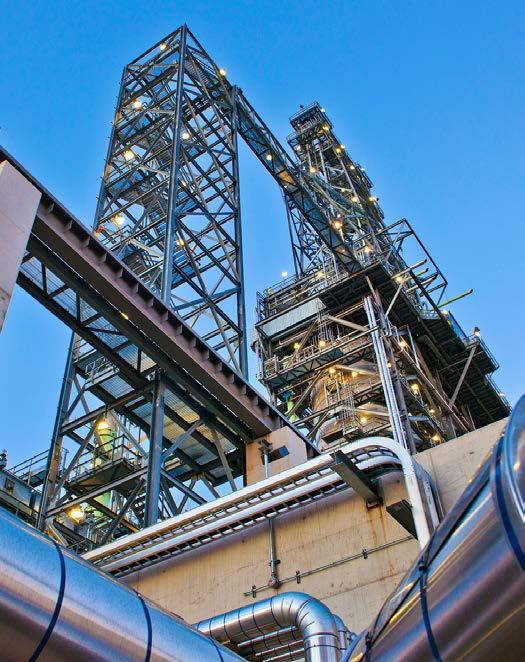



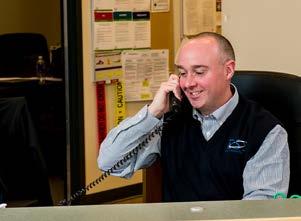
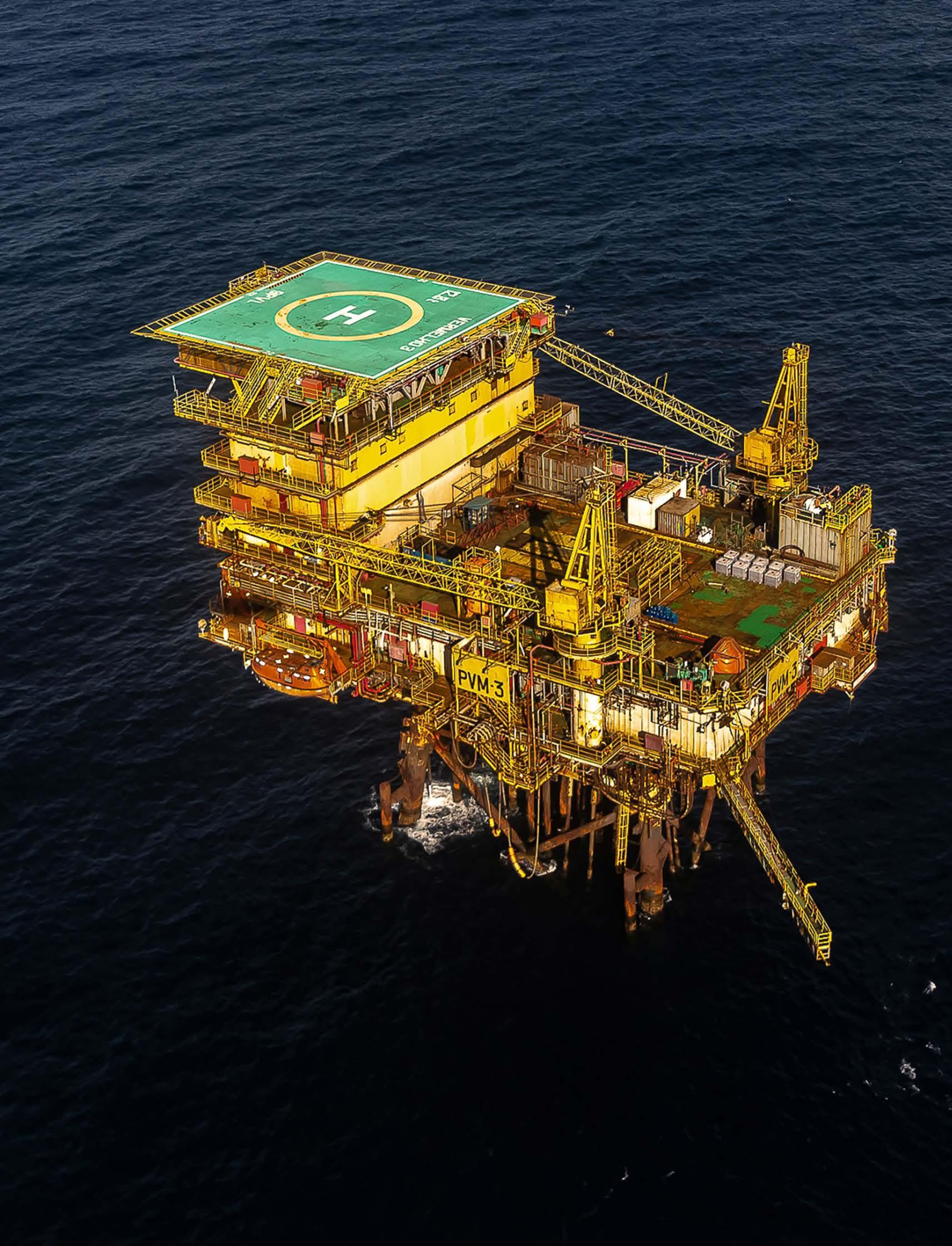
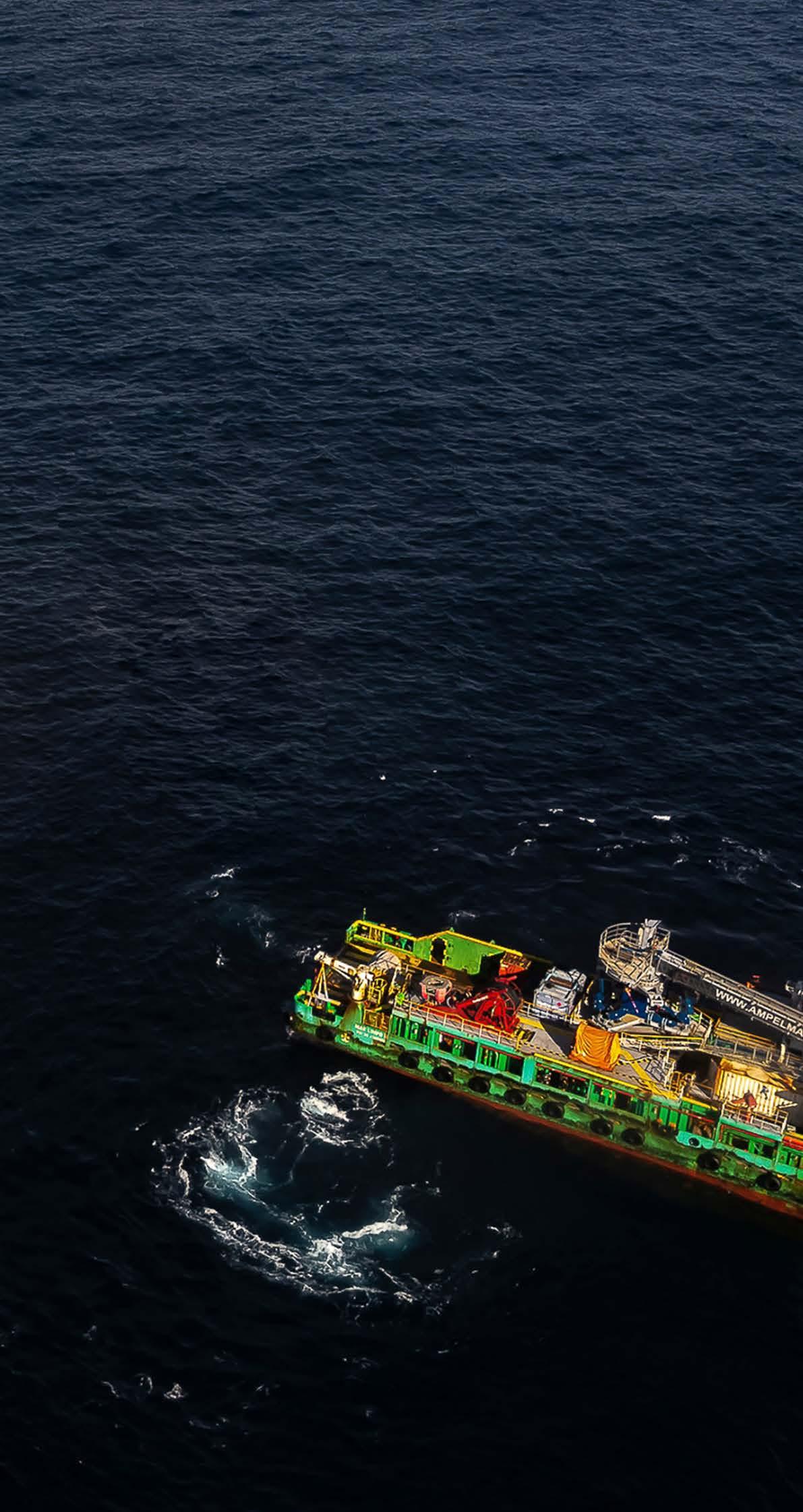
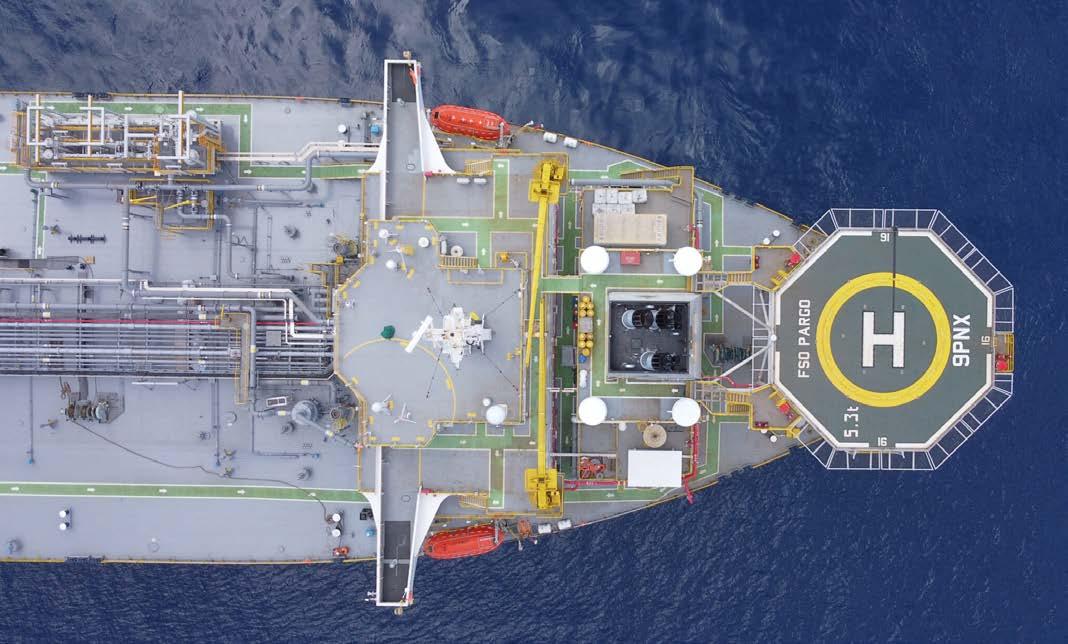
As part of the global Perenco Group, Perenco Brazil brings together the expertise and know-how developed across the global company and utilises this in developing new and exciting offshore developments for Brazil. A key area for oil exploration offshore Brazil is within the Campos Basin, where the first well was drilled as early as 1971. For over 50 years, the field has seen vast exploration, and now, through Perenco Brazil, the company has begun vital production from the Pargo Cluster within the basin, now producing up to 20,000 barrels of oil per day. In delivering such vital oil production for Brazil, Perenco can achieve its central mission to deliver solutions that unlock stranded reserves whilst extending the economic life of the fields it works across. With this mission in mind, Perenco Brazil’s exploration of the Pargo Cluster is vital and looks to deliver valuable oil resources for Brazil.
Perenco Group currently operates across 14 countries worldwide, and across these locations, the company produces a gross total of 500,000 barrels of oil per day (boepd). In recent years, the company’s development in Brazil has been a key focus, especially following its acquisition of key oil fields from Petrobras in October 2019. However, Perenco Brazil, the Brazilian subsidiary of Perenco Group, has been operating in the country for many years, with the company awarded 5 deep water exploration licences in 2008 following a 9th round of licensing. The exploration block awarded to Perenco is held in partnership between the company and OGX and is located within the Espirito Santo Basin.
Whilst its other licences have been vital for Brazil’s energy development, it is the company’s acquisition of the Pargo Cluster from Petrobras in 2019 that has shaped Perenco’s current developments across Brazil. The Pargo Cluster is held 100% by Perenco and comprises a group of oil fields in the Campos Basin offshore Brazil, including the Pargo, Carapeba and Vermelho fields. The assets upon acquisition were mature developments and would require a revitalisation project to enhance their production. To achieve this, the Pargo Cluster Development Plan was developed and formally approved in 2021. The aim was to revitalise the oil fields across the Pargo Cluster and increase the production from these fields whilst extending their operational life.
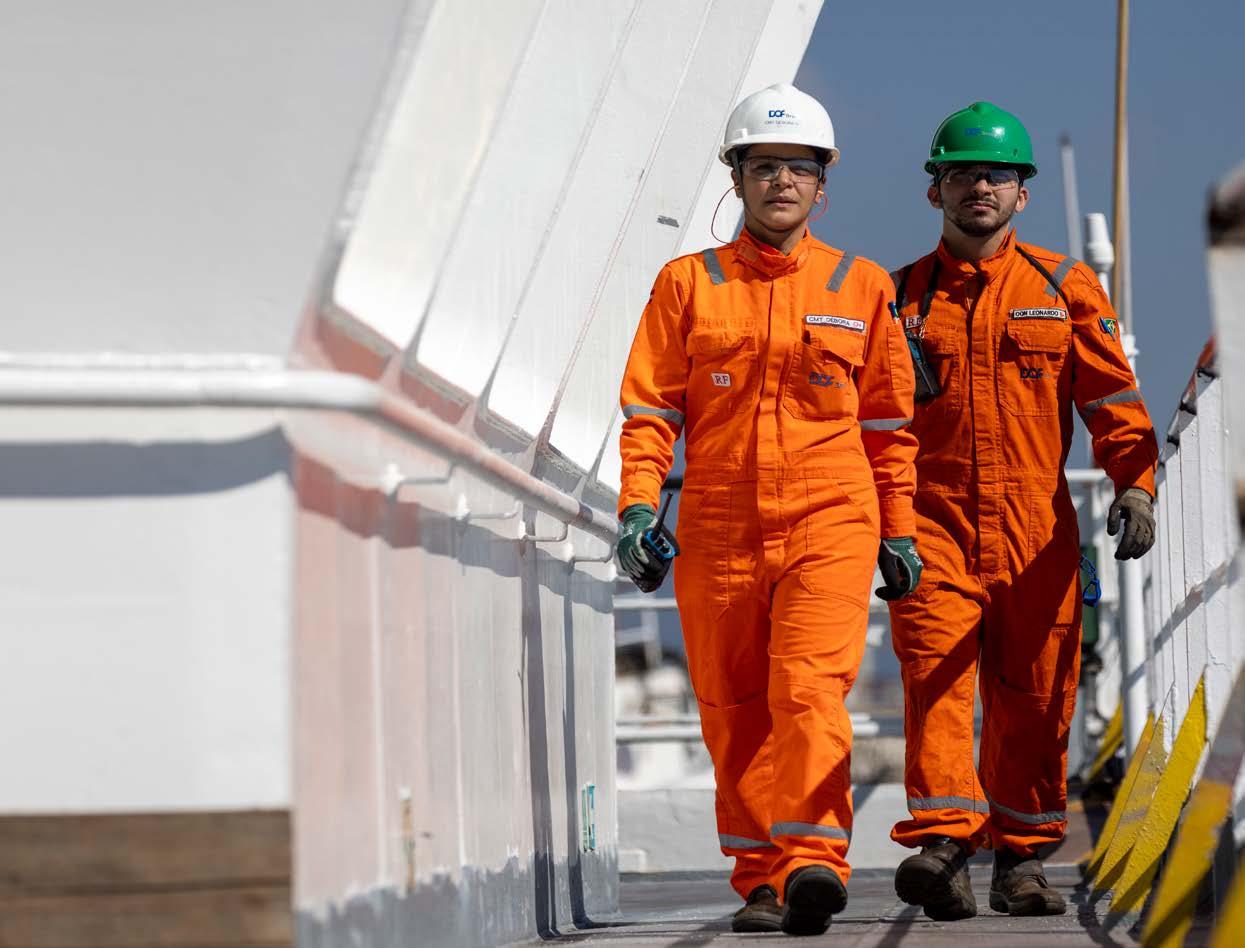
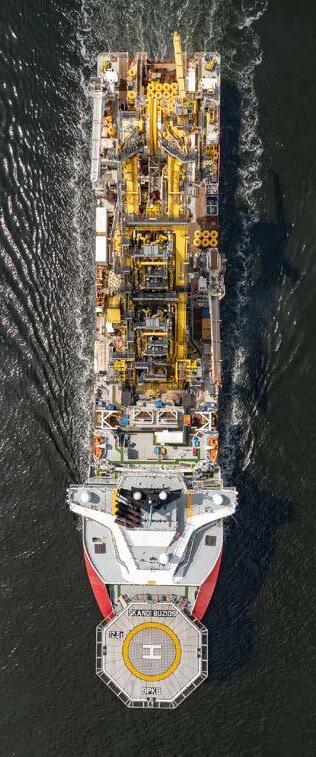
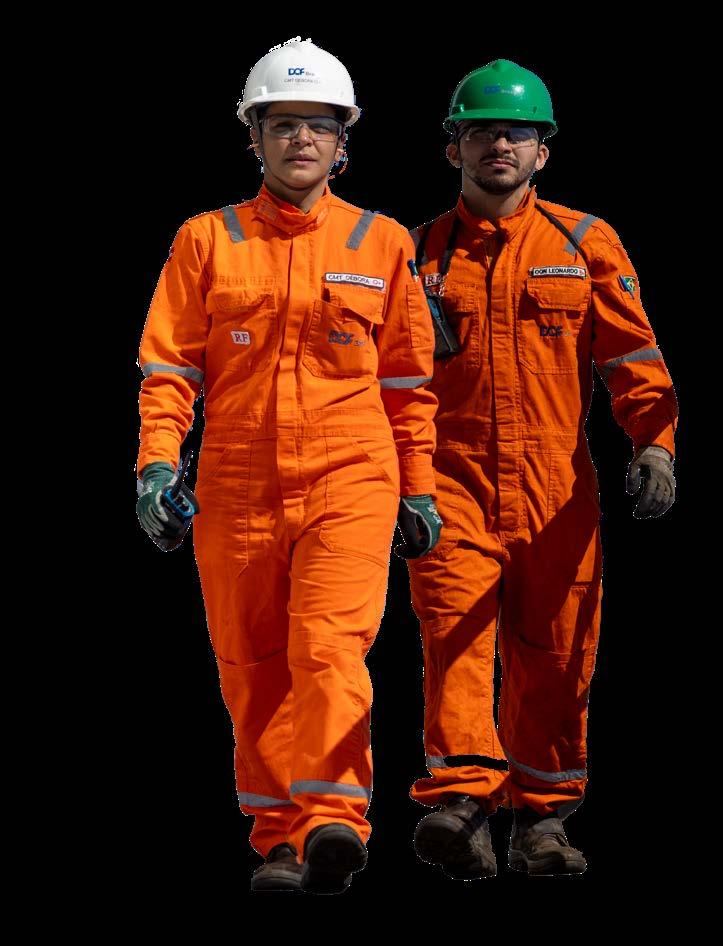
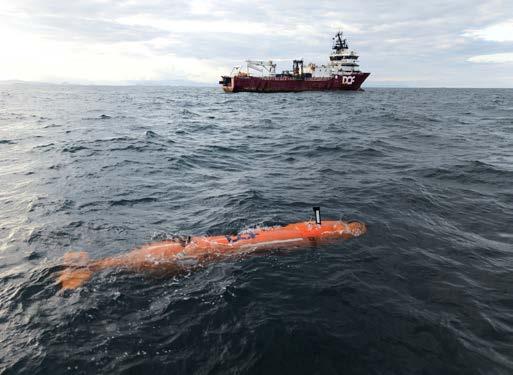
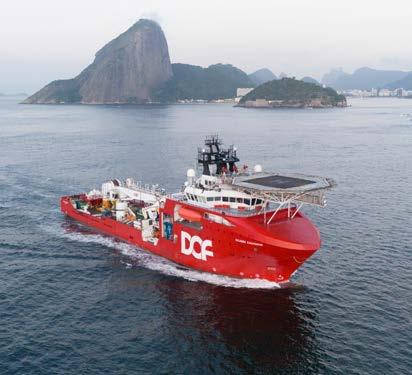
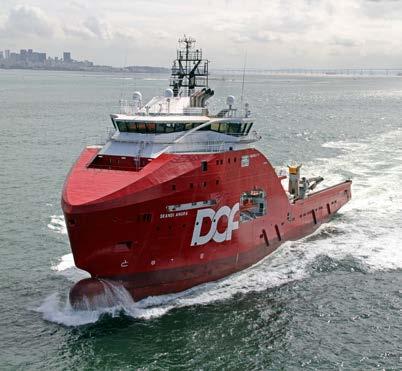
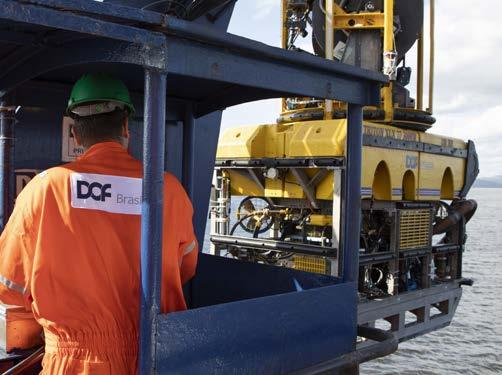
DOF Brasil celebrates 25 years of expertise and commitment, delivering integrated offshore services across the energy sector.
Over the years, DOF has expanded its local and global footprint, offering integrated marine and subsea services throughout the offshore lifecycle — all from a single company.
Driven by our core values - Safety, Respect, Integrity, Teamwork and Excellence - we uphold the highest standards by combining a skilled workforce with a high-end fleet to deliver smart, safe and efficient solutions for the most demanding offshore challenges.
DOF supports key segments in the O&G and Renewables markets, including:
• Vessel Management & Operations
• IMR Projects (PIDF – Flexible Lines & Subsea Facilities Inspection Plan)
• ROV, AUV & Survey Services
• Flexible Pipelay Vessels & Service
• SURF & Decommissioning Projects
• SAT & Air Diving Vessel Operations & Service
• Mooring Operations
• Seismic Cables & OBN Installation
• Offshore Wind T&I and Cable Repairs
As we celebrate this milestone anniversary, we look forward to continuing and expanding our successful journey.
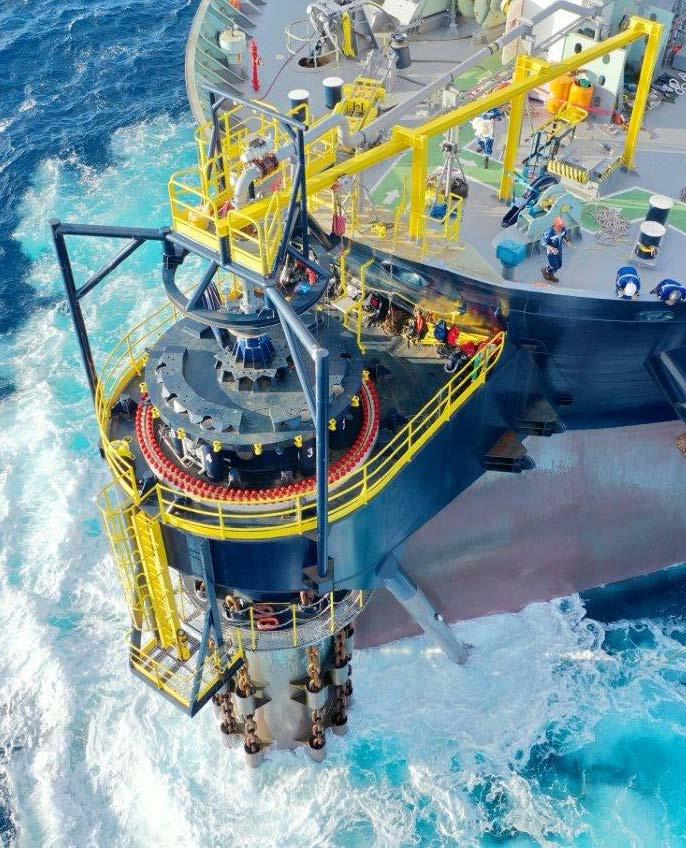
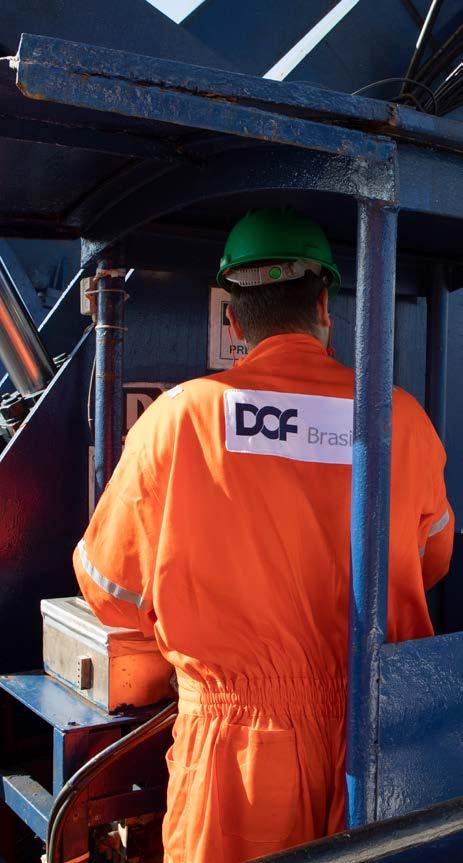
One of the central revitalising projects of the Pargo Cluster Development plan was the installation of a Floating Storage and Offloading (FSO) vessel, FSO Pargo. The FSO Pargo project saw the conversion development of a double-hulled vessel, with a 750,000 barrel capacity, that would receive oil from the Pargo platform. The vessel received its first oil from the Pargo Cluster at the end of 2023 and is now anchored by 9 moorings, which connect to a new integrated turret system. The oil is passed through the 2.8km pipeline to connect the FSO with the platform. Currently, the Pargo Cluster produces around 20,000 barrels per day, which is a stark contrast to the production level at 2,800 barrels per day when Perenco took it over in 2019. Today, the development of FSO Pargo forms part of Perenco’s $400 million investment into the Pargo Cluster and provides essential oil production for the country.
Upon the announcement of the first oil delivered to FSO Pargo in December 2023, Yves Postec, General Manager of Perenco Brazil, outlines that “FSO Pargo first oil represents a major landmark for the consolidation of Perenco’s long term strategy for the Pargo Cluster. It will be able Perenco Brazil to structure a new scheme for marketing of Pargo oil, one that reinforces the company’s independent and bold values. This project perfectly illustrated the Group capacity to innovate and execute independently. Perenco is very proud of this important milestone”. As we can see from Postec’s comments, the development of the FSO and the overall development of the Pargo Cluster is a valuable field that is delivering significant results for Brazil. Therefore, with the development of FSO Pargo and the continued revitalisation of the Pargo Cluster, Perenco’s operations in Brazil add to the company’s broader strategy to maximise production and extend the life of the assets within the cluster for many years to come.
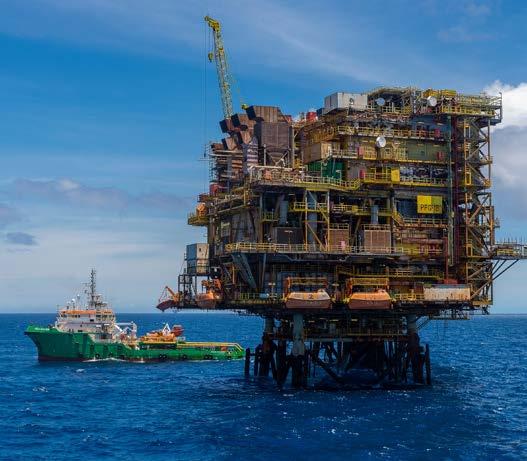
However, Perenco has only continued to build on its operation in Brazil, and in April 2024, it acquired the Cherne and Barge oil field concessions. The acquisition deal is between Perenco Brazil and Petroleo Brasileiro S.A. (Petrobras) and will see the Cherne and Barge fields and two fixed platforms taken over. The platforms, PCH-1 and PCH-2, are located about 30km from the Pargo Cluster at water



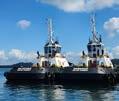
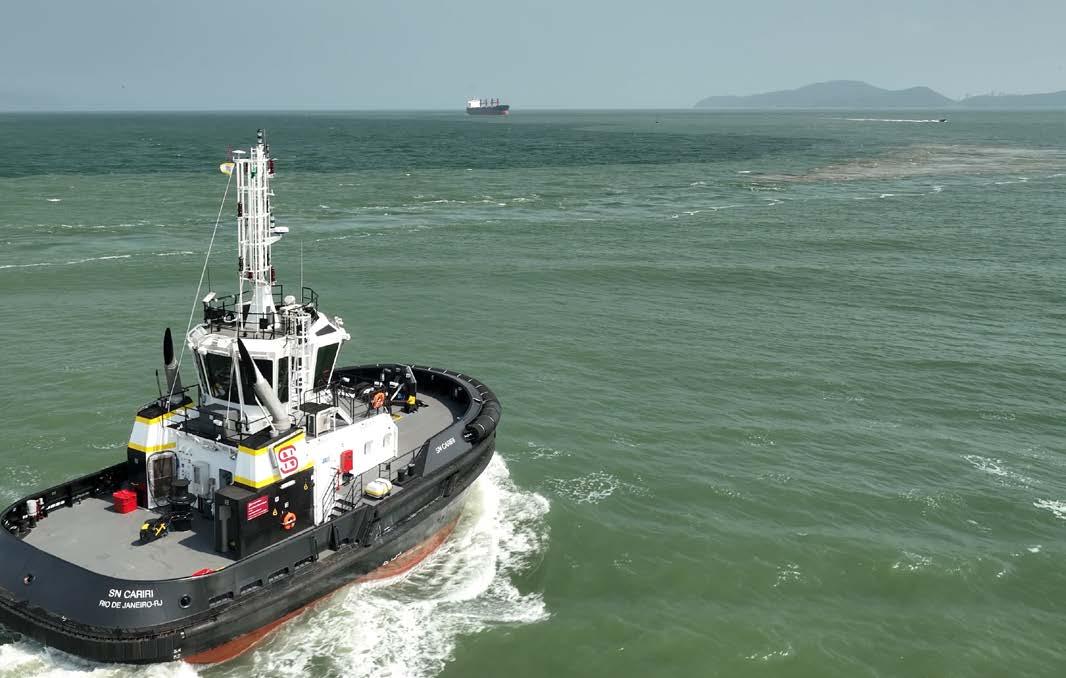
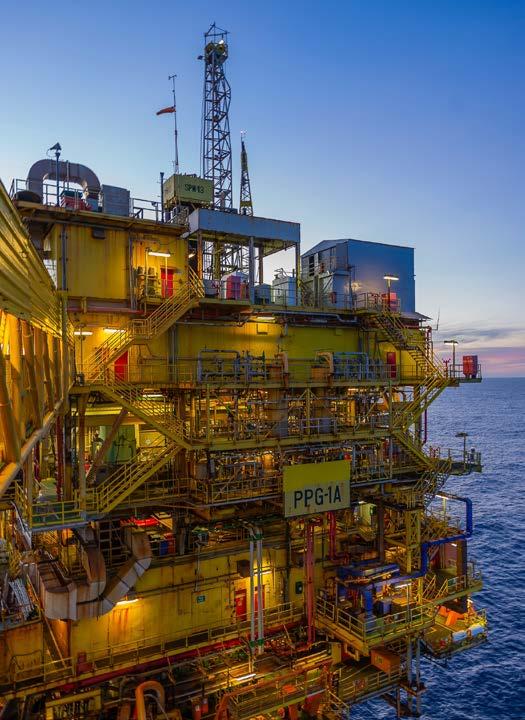
depths of 120-140 meters and had previously been hibernated by Petrobas in early 2020 and scheduled for decommissioning. Upon the completion of the transaction this year, Perenco is set to implement a vast redevelopment project for these fields and, in turn, restart production. The Cherne and Barge fields are expected to reach a target production rate of 10,000-15,000 barrels of oil per day, whilst Perenco looks to unlock more than 50 million stock tank barrels (mmstb) of reserves. Once in production, these are hoped to be linked with the FSO Pargo to continue enhancing the oil fields of the Campos Basin via a new export pipeline.
Armel Simondin, Chief Executive Officer at Perenco, outlined, “The acquisition is a new milestone for the Perenco Group in Brazil. Since the takeover of the Pargo assets in 2019 at a rate of 2,800 bopd, we have increased production to over 20,000 bopd and successfully installed our own FSO. Perenco is proud to deploy its know-how to extend the life of these mature fields and grow our footprint in Brazil”. What we can see from Simondin’s


comments is that Brazil remains a vital development for the company, and through its constant focus on enhancing existing assets, Perenco can achieve its central mission to unlock and develop existing reserves to extend the economic life of fields by leveraging its solutions and expertise to add value to the industry’s existing mature field challenges.
Across Perenco Brazil’s operations, you can really sense the company’s appetite and capacity to develop the mature assets of the oil industry, in order to maximise production and deliver assets for a much longer life cycle. By investing in mature fields across Brazil, Perenco Brazil has delivered vast oil production for the region and, in turn, delivered the Pargo Cluster as a resource for the future of Brazil’s oil industry. With its vital Pargo Development Plan to the more recent acquisition of further fields across the Campos Basin, Perenco Brazil is aligning itself as a leading energy company on a mission to deliver a fair energy industry that brings together its expertise and innovative global spirit into solutions to enhance Brazil’s energy industry for the future.
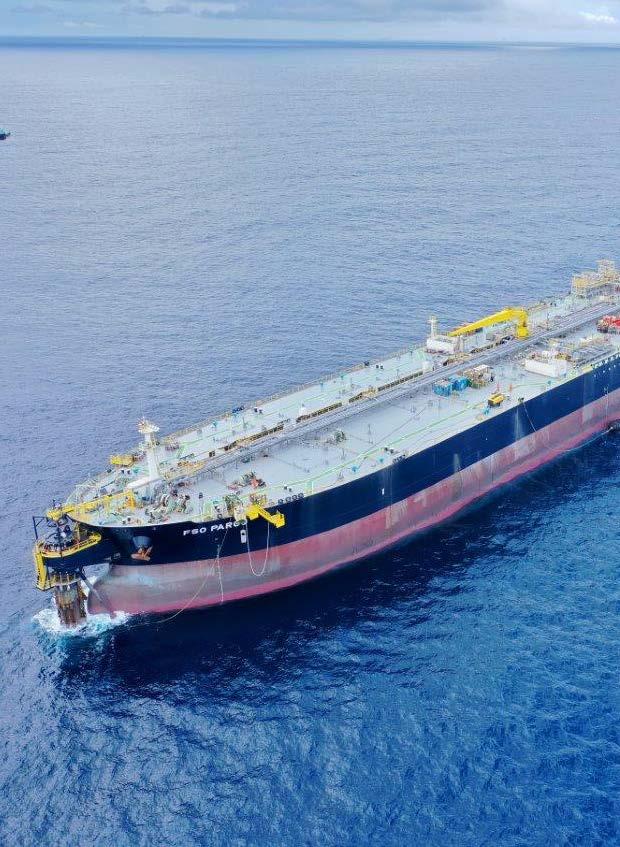
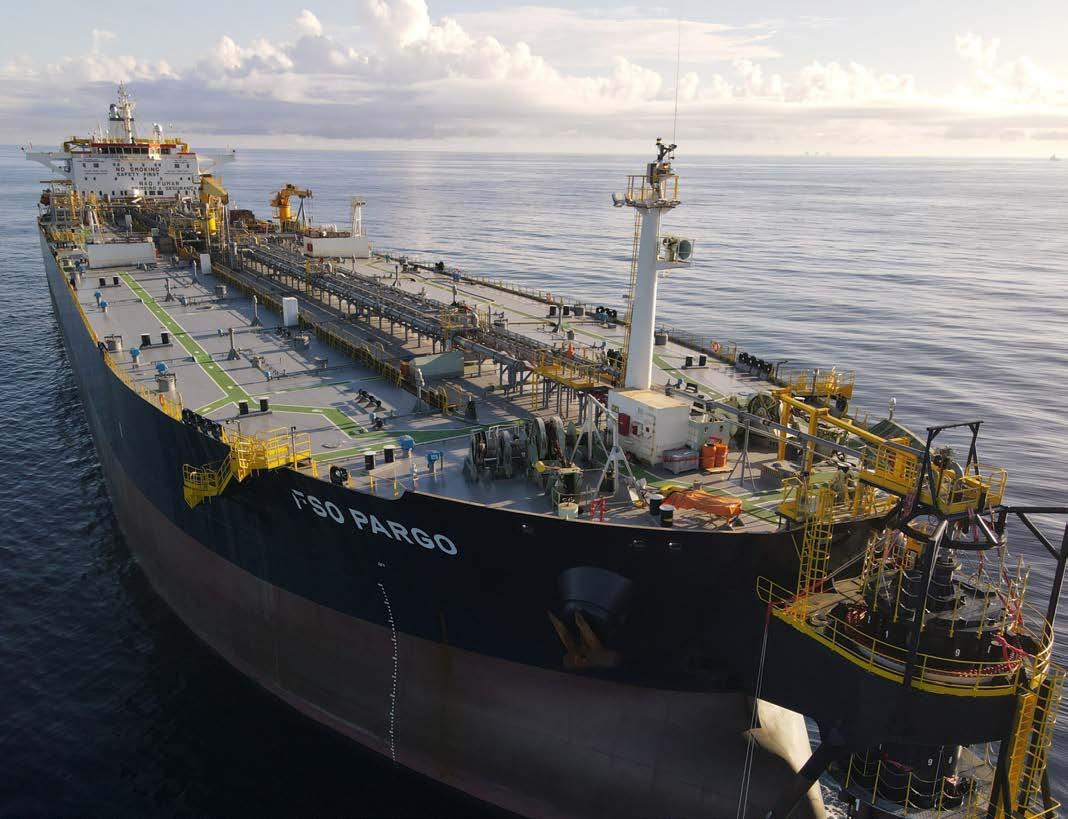
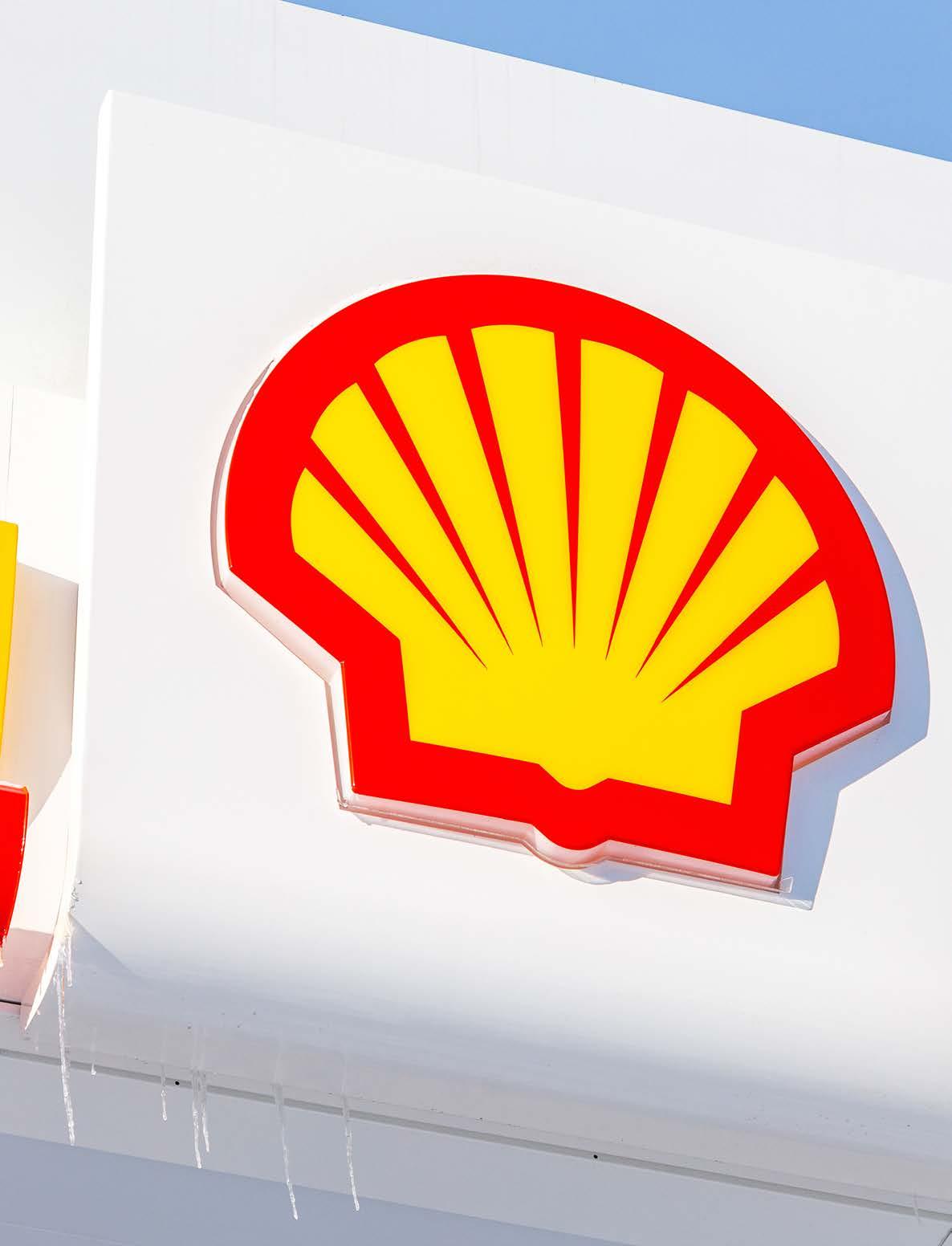
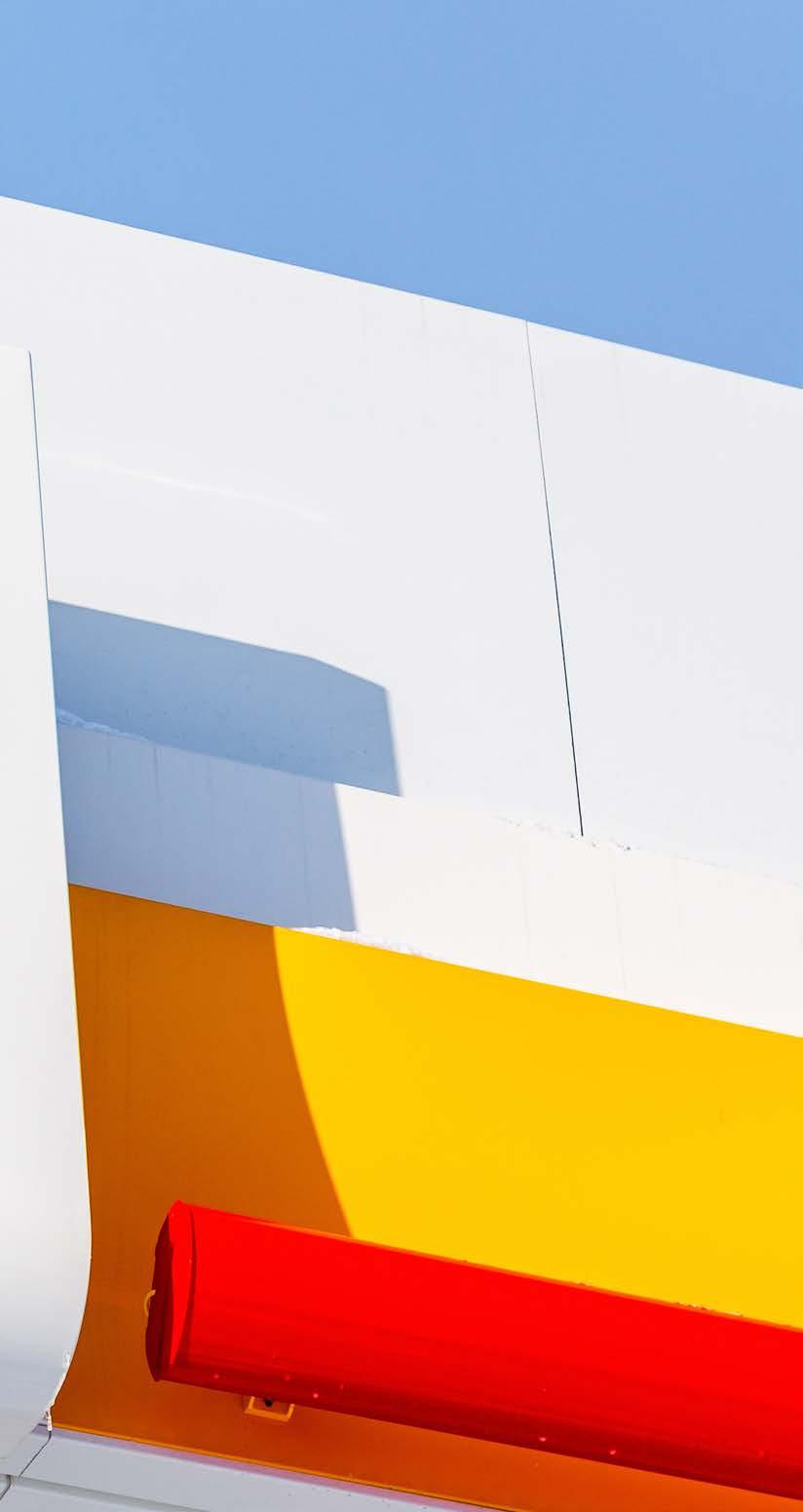
The oil and gas industry throughout South America is extensive, with many international energy companies working to bring essential oil and gas resources to market. For Shell, it has been active in the South American energy sector for many years, and today it is a major energy company with a diverse portfolio of oil and gas assets in the region. Within this portfolio, Shell has played an active role in all parts of the energy supply chain, from offshore exploration and production to establishing trading and infrastructure to support delivering these resources to market. Shell currently holds vital assets in Brazil, Argentina, Trinidad and Tobago, Peru, Colombia, and Guyana. Recently, the company has begun work on new offshore developments in Suriname to bring the important resources of the Guyana-Suriname Basin to market.
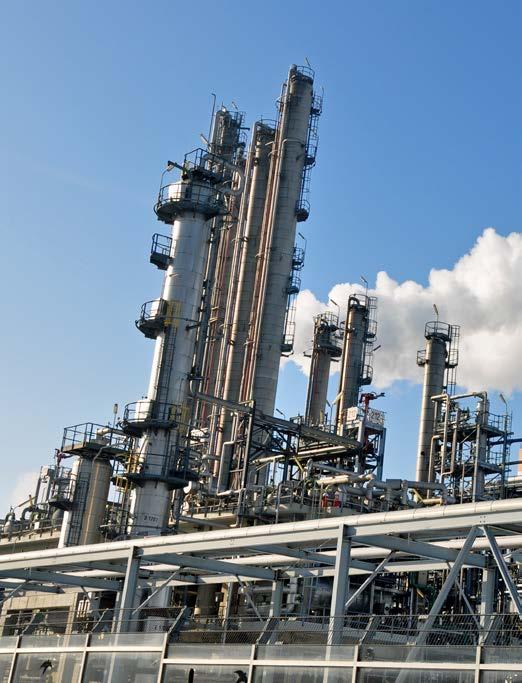
Shell has a long history with Suriname, with initial exploration dating back to the late 1920s. Although the initial exploration was not commercially successful, the company currently operates two offshore tracts in Suriname, though these have yet to yield a commercially viable discovery. However, over the past century, Suriname’s energy sector has experienced extensive exploration and development, particularly following the establishment of Staatsolie Maatschappij Suriname NV, the government-owned oil and gas company. Staatsolie, alongside other key players in the energy sector, has undertaken vital exploration projects that provide oil and gas resources for the country. Consequently, Shell’s announcement in December 2024 regarding its planned new offshore exploration well project in the country was an exciting development for Suriname’s energy sector and marked a significant return for the company to the region. Shell’s re-entry is expected to bring crucial new exploration to the largely underexplored Block 65 in the Demerara Plateau area, facilitating the discovery of new oil resources for Suriname’s growing energy industry.
Block 65 was awarded to Shell (60%) in 2023, in consortium with Qatar (40%) by Staatsolile following a licensing round of the Demerara Plateau region. The Demerara Plateau forms an underwater feature located on the southeastern margin of the GuyanaSuriname Basin, off the Suriname and French Guiana coastlines. Across Block 65, Shell plans to drill up to 4 wells, starting with the Araku Deep-1. Araku Deep-1 will be the first of 4 wells planned by Shell and is expected to set spud in the second quarter of 2025. The wells are to be located at a depth of 960 metres and will add to part of a wider effort to bring a broader regional focus to enhance Suriname’s offshore energy resources. Part of the reason these wells are so exciting is that they’re located on the block adjacent to Block 58, where Guyana’s prolific Stabroek Block is producing more than 600,000 barrels of crude oil per day across three major oil developments.
To carry out its exploration campaign within Block 65, Shell has signed a contract with Stena Drilling for the charter of the Stena DrillMax drill ship. Shell will use the Stena DrillMax to deliver two firm
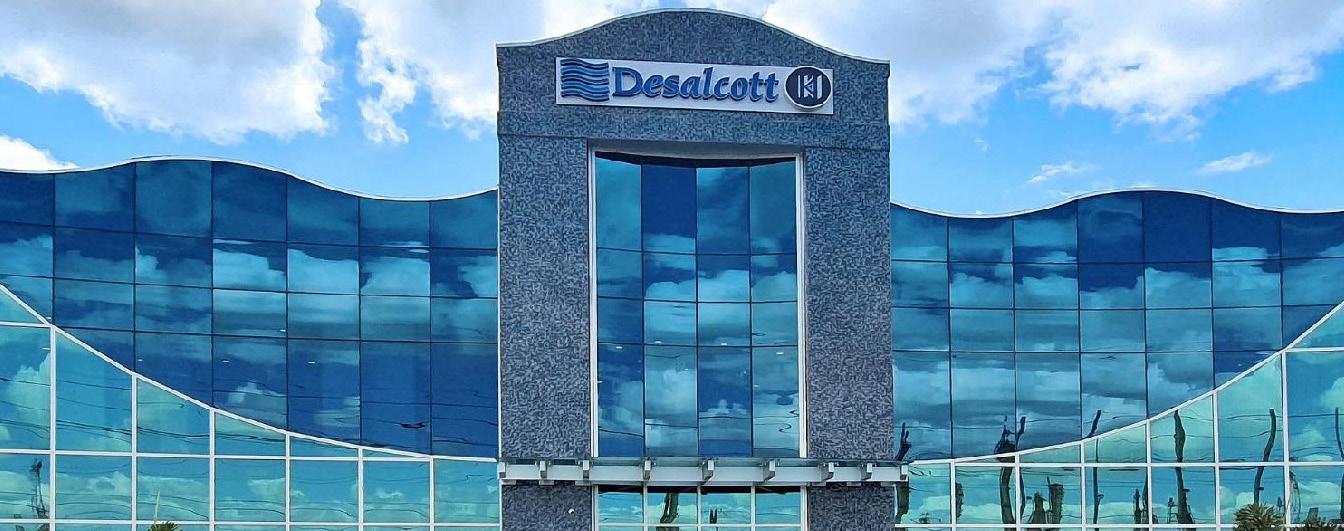
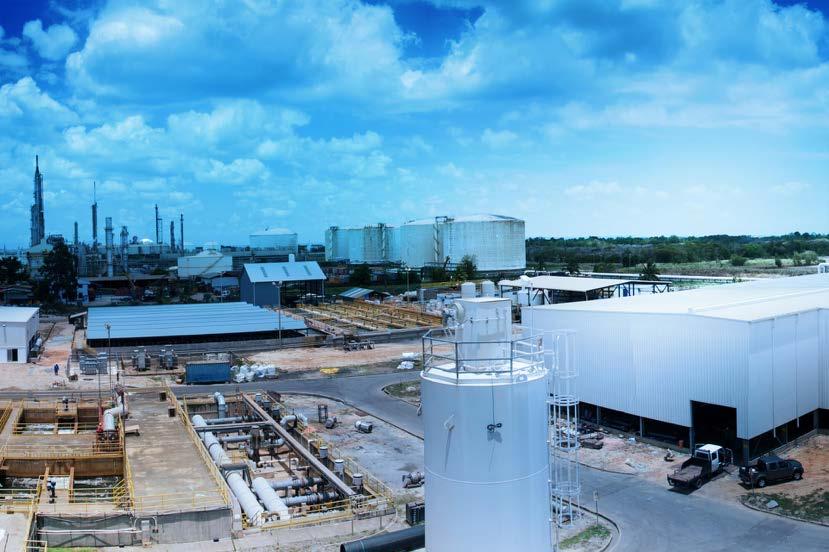
Making the most of our proven 40 years of excellence with diverse multi-sectoral expertise & experience to fulfil our Corporate Social Responsibility of care to nature and fellow mankind.
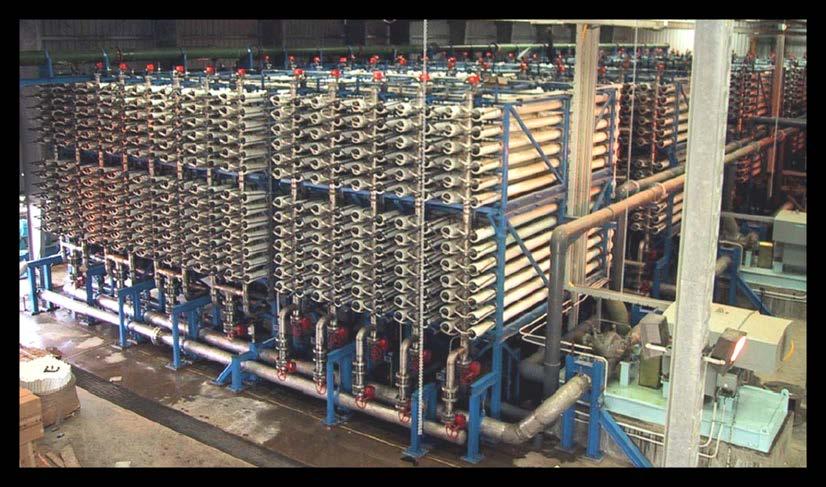
“To provide fundamental human rights services with excellence respecting the dignity of mankind”
Proven success with excellence in delivery of 250 billion gallons of water to date and continuing
Right to sanitation
Proven success with excellence in environmentally sustainable technologies and solutions in our projects
Desalcott epitomizes providing positive social value with philanthropic causes and pioneering environmental conservation. With R&D from design to current operations, Desalcott has the 4R approach (Reduce, Reuse, Recycle, Recover) as articulated by UNEP for water and energy conservation. Flora and fauna flourishes in Desalcott’s raw seawater, permeate, brine and sludge
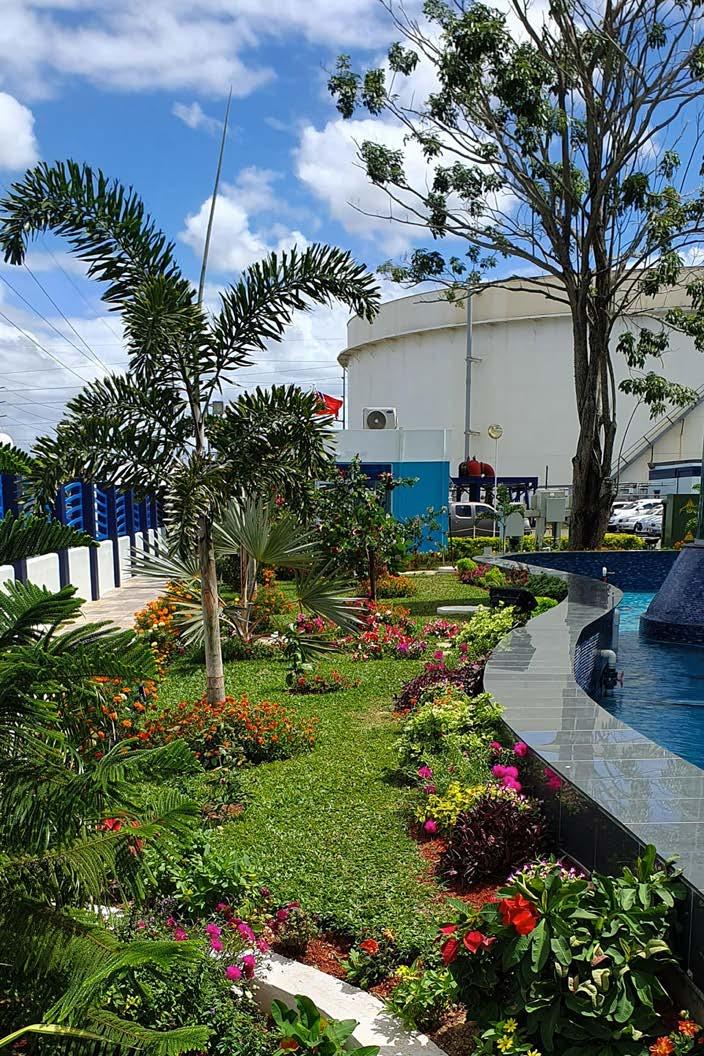
The Desalination Company of Trinidad and Tobago Limited Corner Pacific Avenue & Maracaibo Drive, Point Lisas Industrial Estate, Trinidad & Tobago Phone: 868-636-3725 | E-mail: info@desalcott.com Website: https://desalcott.com

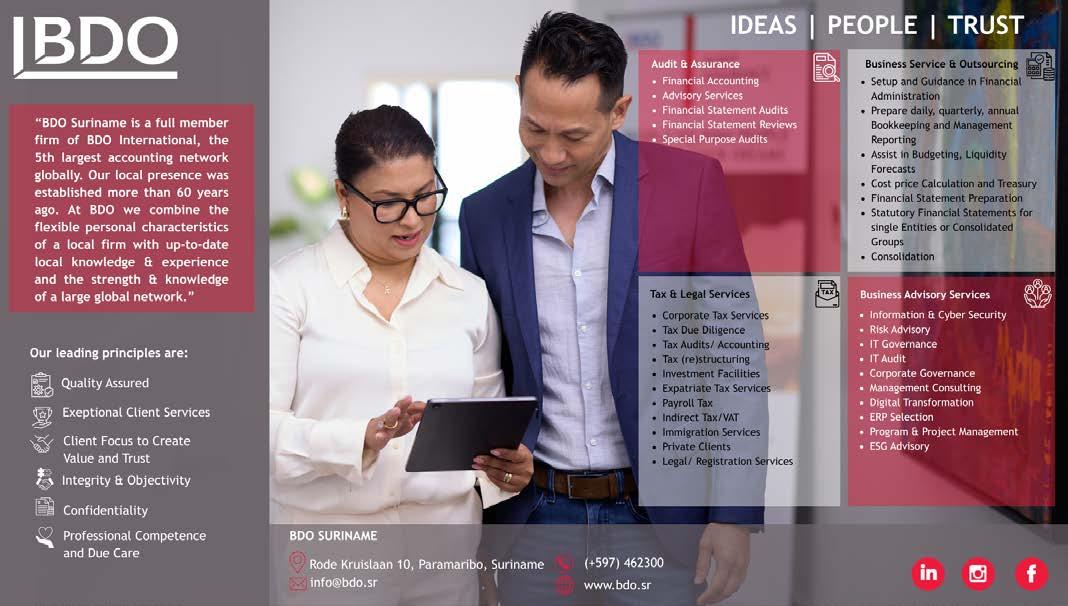
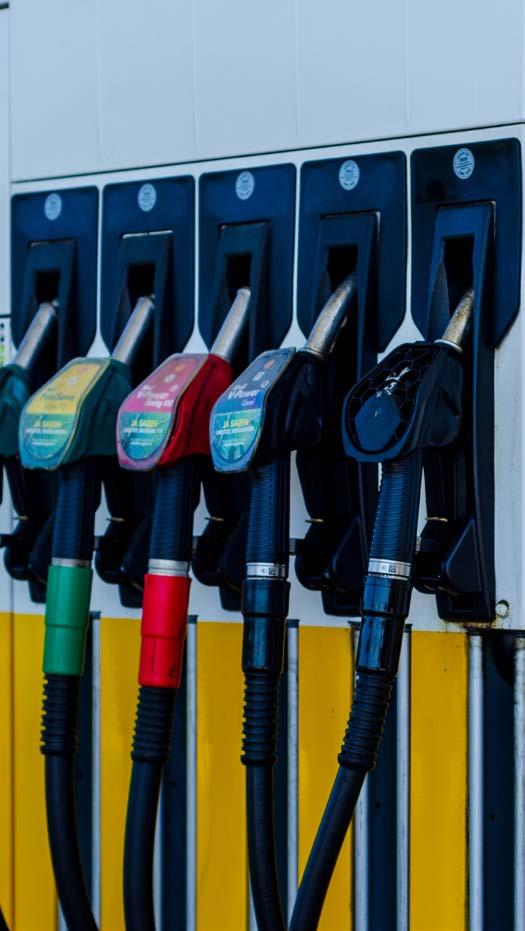
wells and two optional wells as part of the Araku Deep-1 development. The Stena DrillMax is the first in Stena Drilling’s DrillMax series vessel, which is a hard environment DP Class 3 ship that is capable of drilling at water depths between 10,000 and 35,000 feet. The vessel will be used in the second half of 2025 and will help Shell deliver its vital exploration project into the under-explored Demerara Plateau. This partnership with a global drilling company highlights Shell’s commitment to working with local and international leaders in the offshore development industry to bring its projects online.
Shell’s exploration will be vital in enhancing Suriname’s existing role as a major oil and gas producer across South America. The project will bring together Shell’s expertise as a leading energy company across the globe and deliver this as a vital development project set to support Suriname’s
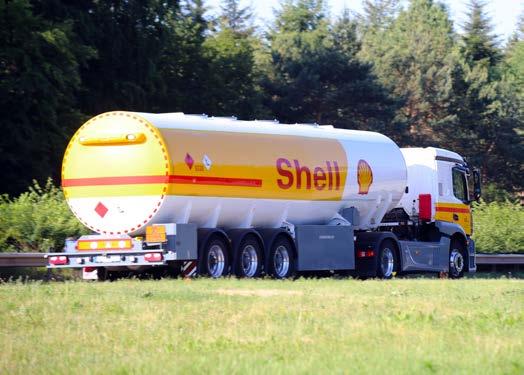
BDO Suriname is a full member firm of BDO International, the world’s fifth-largest accounting and advisory network. We are the largest full-service firm in Suriname, and we operate across the areas of Audit & Assurance, Tax & Legal, Business Advisory, and Business Services Outsourcing. Our vision is to maintain the recognition by the market as the leading provider of exceptional client service, and the preferred partner—both locally and regionally—for Surinamese and international public and private companies operating in or from Suriname. We aim to support them in achieving their strategic and operational business goals. With deep industry knowledge, BDO Suriname is also a trusted advisor to clients in the oil and gas sector, providing tailored solutions that address the unique challenges and regulatory demands of this evolving industry. Our mission is to deliver exceptional client experiences that go beyond expectations—experiences that are high-quality, riskconscious, cost-effective, and value-driven. We strive to enable our clients to realize their strategic aspirations, needs, and expectations.
www.bdo.sr
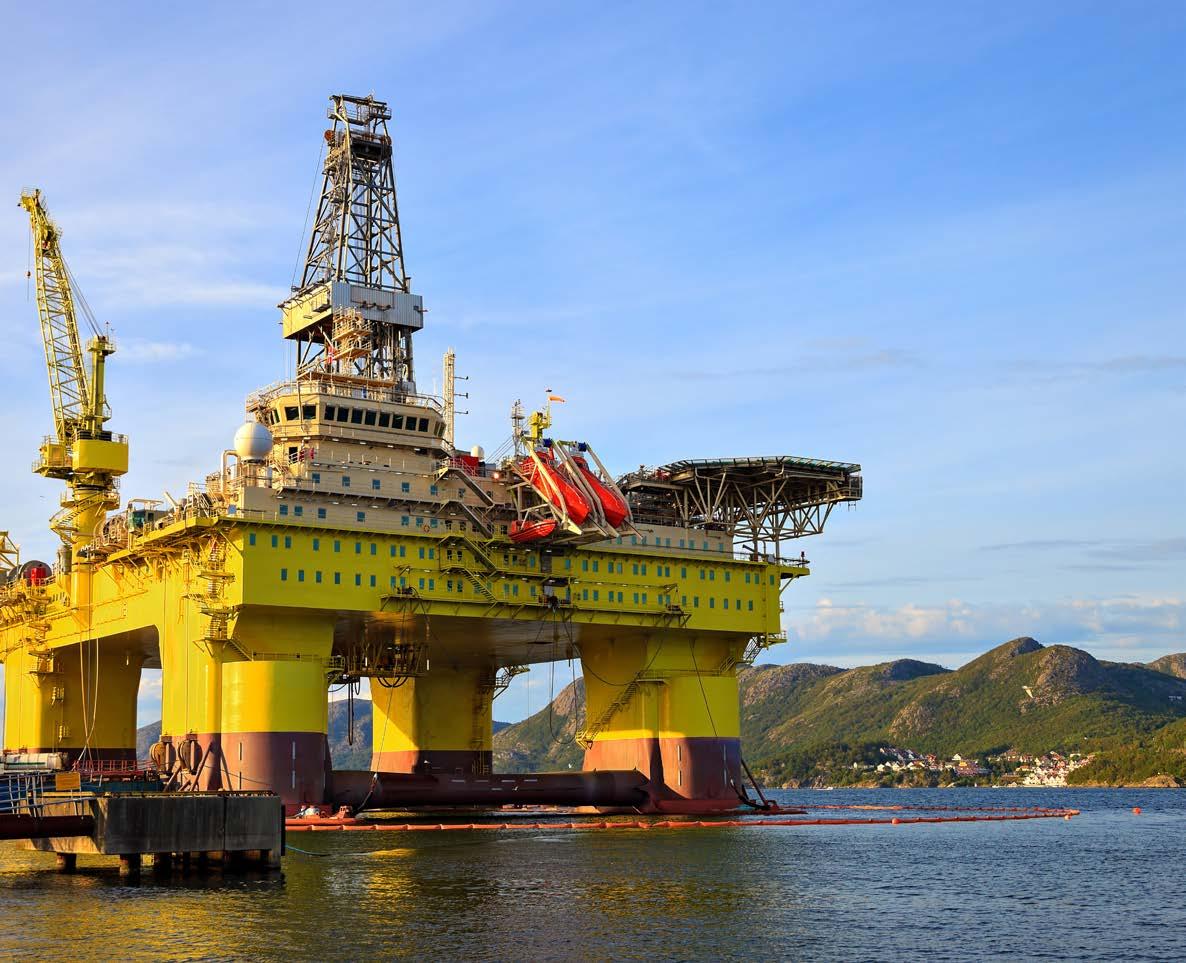
growing energy sector. We have seen Shell utilise its global expertise across South America for many years, including in countries such as Brazil, where Shell has significant operations focused on the exploration, production and sale of oil and natural gas. In Brazil, Shell has significant investments in deep-water projects, including Parque das Conchas and the Mero Field. These deep-water projects are located within the Santos Basin, a major oil and gas producer, known for its prolific pre-salt reservoirs already delivering significant resources for Brazil’s energy sector.
In May, Shell’s subsidiary, Shell Brasil Petróleo Ltd., announced that it was starting production on a floating production storage and offloading facility (FPSO) on the Mero Field of the Santos Basin. The FPSO will be delivered as part of the Mero-4 Project, a deepwater oil and gas development, and will be responsible for 12 wells across the project. The FPSO will have an operational capacity of 180,000 barrels
of oil production and 12 million cubic meters of gas compression per day. The Mero developments are part of the Libra Production Sharing Contract, and the project is operated by Petrobras (38.6%), in partnership with Shell Brasil (19.3%), TotalEnergies (19.3%), CNPC (9.65%), CNOOC (9.65%) and PréSal Petróleo S.A. (PPSA) (3.5%) representing the Government in the non-contracted area.
The Mero Field adds to the existing Gato do Mato development, a pre-salt gas condensate discovery that encompasses two contiguous blocks. The Gato de Mato Consortium is held by Shell as the operator with a 50% stake, alongside Ecopetrol (30%), TotalEnergies (20%), and Pré-Sal Petróleo SA (PPSA), who act as the manager of the production sharing contract (PSC). The project includes the installation of an FPSO vessel, which can produce up to 120,000 barrels of oil per day. It is estimated that the recoverable resources at the Gato do Mato project are approximately 370 million barrels. Therefore, the
development highlights a vital offshore exploration project for Shell in South America, which brings together its offshore expertise to deliver significant oil resources for Brazil.
With Shell having so many vital projects across local regions, including those in Brazil and Guyana, the company can utilise its networks and expertise in offshore exploration along South American coastlines, and bring this to its current new development in Suriname. Thus, through Shell’s partnering with local and international stakeholders to deliver vital oil resources, the company can play a pivotal role in enhancing Suriname’s existing and expansive offshore energy development sector through the vital drilling in the underexplored Demerara Plateau region. In fact, energy giant Petronas is also currently advancing gas development efforts in Suriname with ExxonMobil in
the nearby Sloan Gas Field of Block 52. Thus, across both Shell and Petronas’ development projects, the two companies are strengthening Suriname’s position as key players in the oil and gas sector, whilst laying the foundation for significant and sustained economic growth through the natural resources at the country’s disposal.
As we have seen, Shell’s new exploration projects in Suriname mark a significant milestone for the company’s expansion across South America. With the drilling of 4 new wells across Block 65, Shell is on track to unlock a new facet of resources for the country, as it hopes its development will enhance its portfolio for the benefit of Suriname’s energy sector. We look forward to seeing how the Araku-1 development, with the help of Stena Drilling, will bring these vital wells to Block 65 online and deliver valuable oil resources across the South American region.
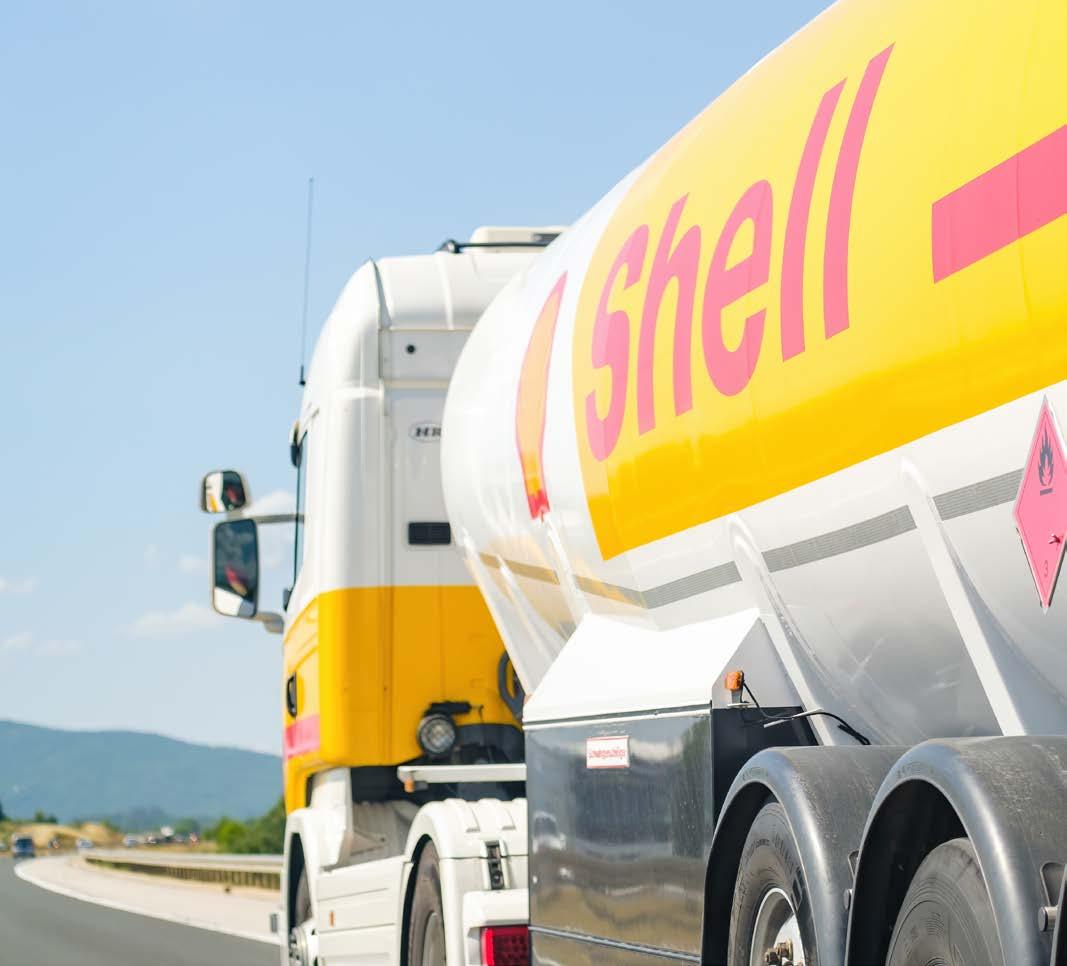


Paria Fuel Trading Company Limited, is transforming the Caribbean’s energy landscape. As a key supplier of refined petroleum products and a pioneer in sustainable energy, Paria is dedicated to balancing business success with environmental responsibility.
CORE OPERATIONS:
Trading 45,000 barrels of petroleum products daily, including motor gasoline, kerosene, gas oil, and fuel oil.
Extensive distribution network serving local, regional, and international markets. Also supplying HVO starting early 2025
ENVIRONMENTAL LEADERSHIP:
Committed to sustainability with initiatives like distributing 100,000 seedlings to schools and reducing carbon emissions through employee workshops.
Proud recipient of the International Sustainability and Carbon Certification (ISCC), aligning with European environmental standards and exploring low-carbon marine fuels.
INNOVATIVE METHANOL BUNKERING:
Paria recently achieved a historic milestone in Caribbean energy by launching methanol bunkering services, positioning Trinidad and Tobago as a regional low-carbon bunkering hub by 2026.
Looking Forward, Paria is not only powering today but investing in a sustainable future. With a focus on green energy solutions and community impact.
Paria is shaping a cleaner, more sustainable energy future for the Caribbean.


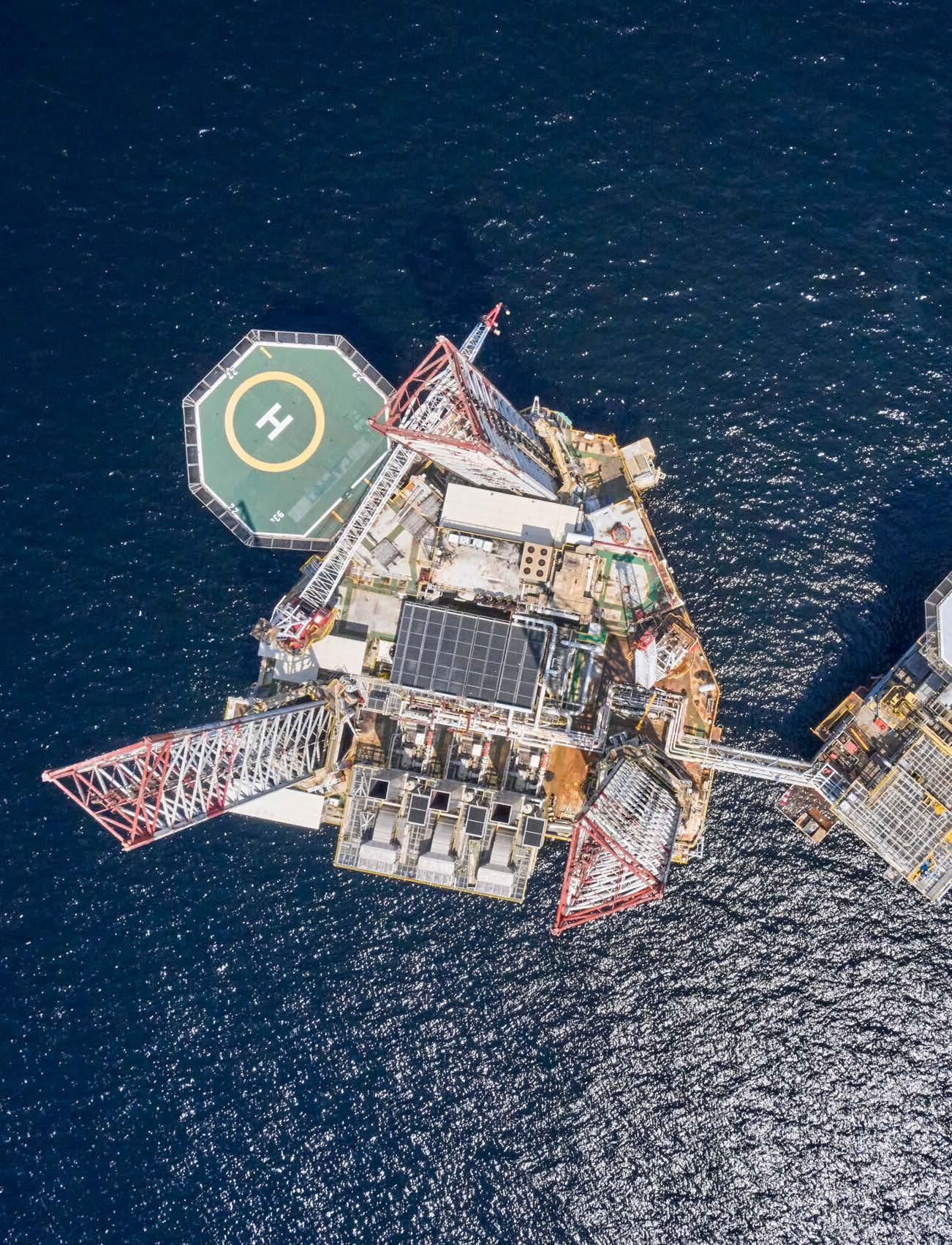
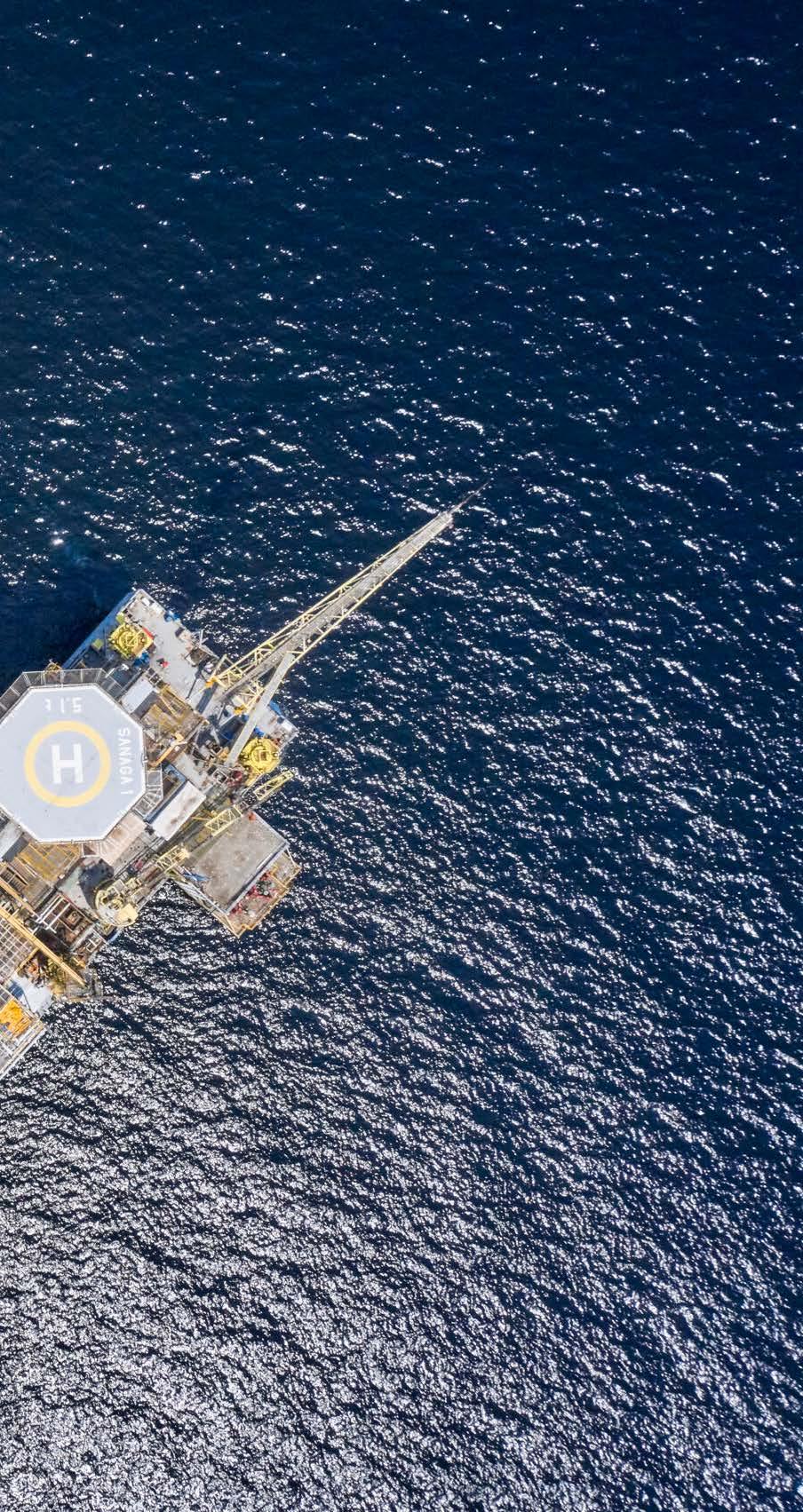
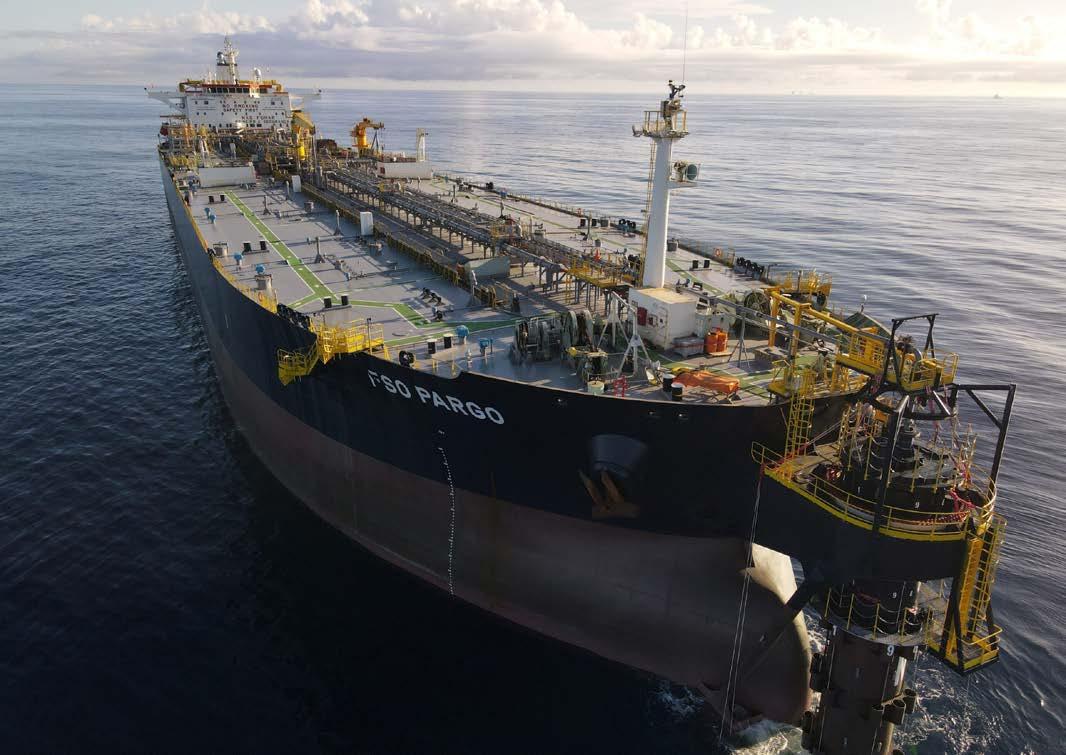
Globally, Perenco is a leading international independent hydrocarbon producer, focused on operations that span the entire lifecycle of energy projects from exploration to decommissioning. The company brings a wealth of knowledge of the global hydrocarbon market, and it is this that it builds upon to produce oil and gas in a safe and reliable way. With 14 partner countries of operation, the global company hinges on providing safe and smart solutions that meet its customers’ needs to deliver vital oil and gas production. In recent years, the company has seen vast developments in the Trinidad and Tobago division of the company, Perenco T&T, with the vital acquisitions and drilling operations that are set on delivering the future of Trinidad and Tobago’s hydrocarbon industry.
Perenco T&T have been operating in Trinidad and Tobago since 2016, when it took over the operatorships of the Teak, Samaan and Poui (TSP) fields. The TSP fields are located off the south-east coast of Trinidad and have continued to provide valuable gas exploration and production activities for Perenco T&T for almost 10 years. Across these fields, Perenco T&T is passionate about constantly improving its knowledge base through training and experience to deliver the most tailored and accessible hydrocarbon-producing solutions possible. These are made possible as Perenco T&T delivers innovative drilling, construction and production operations across its sites to enhance the potential of deposits and bring gas to market.
One of the most vital fields for Perenco T&T’s current development is across the Onyx Field within the TSP field licence. The field is home to a largely underdeveloped gas discovery at a depth of 180ft. The Onyx Field is part of the TSP joint venture between Perenco T&T, Heritage Petroleum Company Limited, and the National Gas Company of Trinidad and Tobago. The Onyx development includes the drilling of a new well and sidetrack on the eastern part of the Onyx Field, located between the Poui and Teak fields. In May, Perenco T&T announced that its drilling operations had been largely successful, and the company had encountered significant columns of natural gas in two separate geological
compartments. Thus, this drilling development is vital for the future of Trinidad and Tobago’s gas industry, and the wells provide a new gas potential that can help grow the region’s footprint as a major gas supplier across both local and international markets.
The General Manager of Perenco T&T, Gregoire de Courcelles, outlined in the press release announcing the success in the drilling of the Onyx field, “I am very proud of the successful results of the Onyx wells. Our objective was to prove sufficient gas reserves to unlock field development. The wells’ findings are testimony to the hydrocarbon potential which remains in the TSP acreage and highlights Perenco’s commitment to provide future supplies of natural gas to Trinidad and Tobago”. The General Manager’s comments highlight the valuable role the Onyx field will play in the future delivery of hydrocarbons for Trinidad and Tobago. With the expertise and drilling solutions supplied by Perenco T&T, the site is one that is expected to undergo continued exploration over the coming years as Perenco hopes to bring these resources online.
The Onyx development joins the existing Greater Angostura oil and gas producing assets, onshore
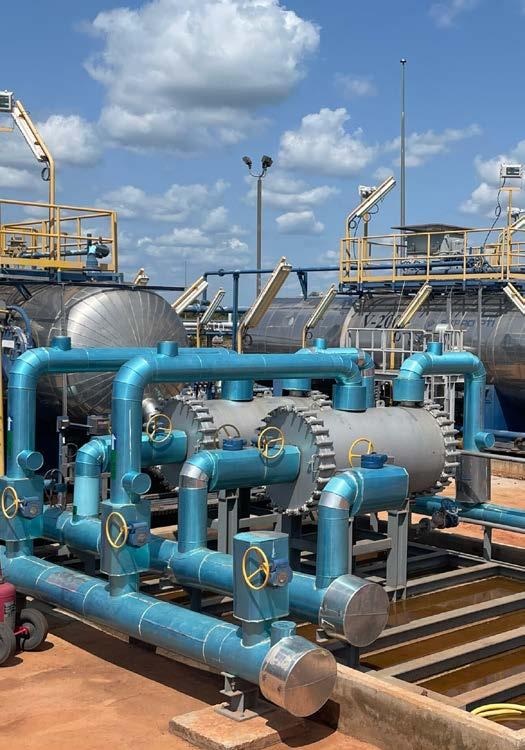

At On Site Services Ltd., we deliver precision-driven solutions tailored to your industry’s toughest challenges. With certified expertise and a commitment to safety and quality, we keep your operations running smoothly—24/7.
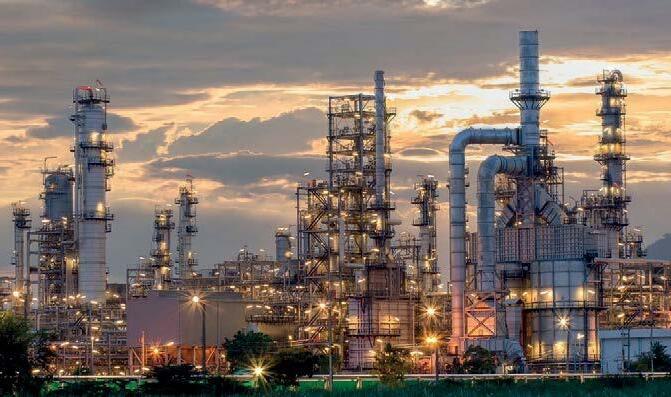
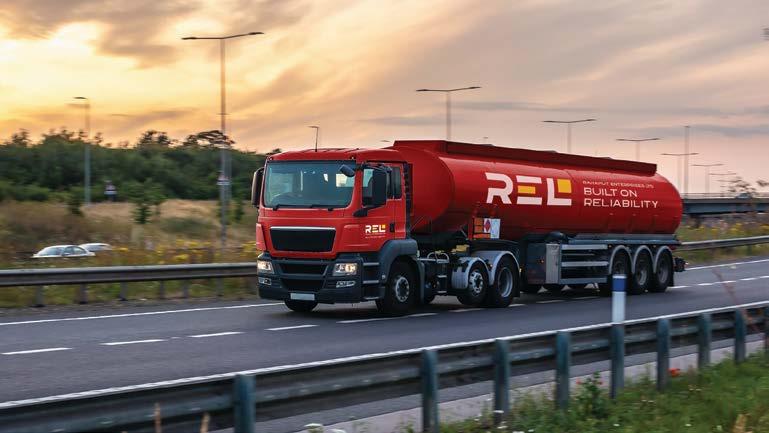
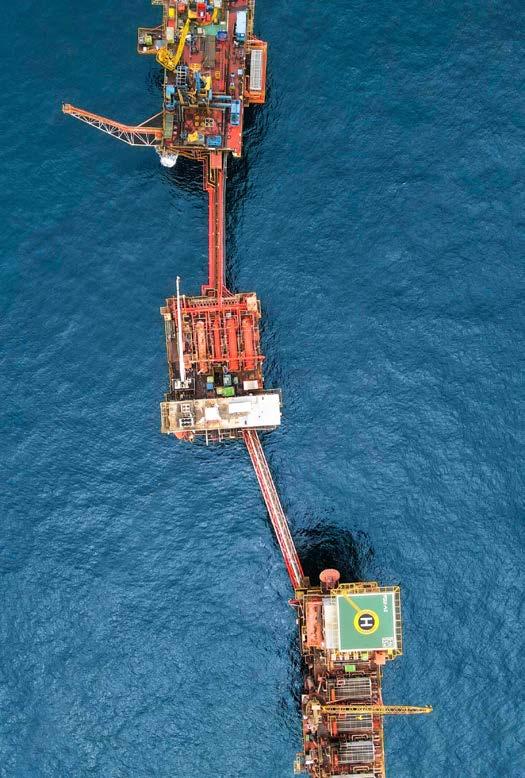
oil terminals, and associated production and transportation facilities that the company owns and operates in the northeast of Trinidad. The assets were acquired by Perenco in March from Woodside Energy, which previously held working control and operatorships over the 2(C) and 3(A) Production Sharing Contracts, inclusive of the Greater Angostura offshore fields. The Greater Angostura fields include the development of 7 fixed platforms and additional subsea facilities targeting the Angostura and Ruby oil and gas fields. These fields are valuable as they are currently producing more than 50,000 barrels of oil equivalent per day, which is served directly to the markets of Trinidad and Tobago. This field is responsible for 12% of the region’s total national gas production, making it a valuable and important development both for Perenco T&T and the energy markets of Trinidad and Tobago. The Greater Angostura fields will add to Perenco’s existing presence in the Columbus Basin as it grows its presence along Trinidad and Tobago’s hydrocarbon sector.
CEO of Perenco, Armel Simondin, outlined in the press release announcing the acquisition from Woodside Energy, that “We are delighted to be further expanding our portfolio in Trinidad & Tobago. Following the recent safe and smooth transition of the CAFI perimeter to Perenco operatorship in late 2024, Perenco has proven itself to be a partner
of choice to safeguard the Greater Angostura gas production for Trinidad & Tobago”. Simondin’s comments refocus Perenco T&T’s presence in Trinidad and Tobago, as its operations now span a vast portfolio of assets that are set on building on its unique know-how to produce oil and gas in a safe, innovative and pragmatic way delivers resources that will to develop and extend the economic life of fields for the benefit of Trinidad and Tobago.
One of the most significant divestments across Trinidad and Tobago’s gas sector was in 2024, when BP divested its mature field assets to Perenco T&T. The Imortelle, Flamboyant, Amherstia and Cashima offshore gas fields and associated production facilities were divested from BP Trinidad and Tobago (BPTT) in an agreement with Perenco T&T. This divestment comes as BPTT, which was the sole owner of each of the assets, simplified its gas developments offshore Trinidad and Tobago to help build the company up as a highvalue company. In the process, the divestment to Perenco T&T allowed the company to vastly expand its footprint across the hydrocarbon sector of Trinidad and Tobago and allow it greater opportunities to unlock additional gas reserves and increase the production potential of these fields.
Simondin outlined in the press release that the divestment is mutually beneficial for both companies and highlighted, “This is a welcome opportunity for Perenco to grow our Trinidad and Tobago portfolio, validating our entry into the country in 2016. Over the past eight years, Perenco T&T has completed several ambitious projects at the mature TSP asset and has become a sizeable supplier of gas for the domestic market. We will apply our mature field expertise to further develop the resources from these newly acquired fields.” Simondin’s comments highlight the vital skills and expertise that Perenco T&T offers to these gas fields, as it has the network and scope to enhance its operations to continue to deliver valuable resources for the region, and in the process help BPTT to simplify its operations.
With all of the fields included in the divestment, except the Parang field, being mature fields, the area is of significant value for Trinidad and Tobago. These fields have been in operation for many years, with some producing resources since 1993. With more than 30 years of production history behind many of them, these fields are home to some of the richest
gas deposits along the region’s coastline, with the fields collectively producing around 30 thousand barrels of oil equivalent per day. This figure is not just significant for the growth of Perenco T&T’s span of the region’s gas sector, but the fields are vital in delivering essential gas resources needed to power the nation.
Across Perenco T&T’s operation in Trinidad and Tobago, there is a real focus on delivering the resources needed to support the national energy sector. Each operation is underpinned by Perenco’s central focus to deliver an energy industry where host countries can benefit from its fit-for-purpose solutions, all whilst guided by the company’s central focus to deliver modernised and redeveloped assets founded on its core values of responsibility, excellence and passion. With Perenco T&T expanding its footprint across Trinidad and Tobago’s hydrocarbon industry, we look forward to seeing how it continues to acquire and develop its portfolio to deliver vital resources for the longterm benefit of the country’s oil and gas sector.
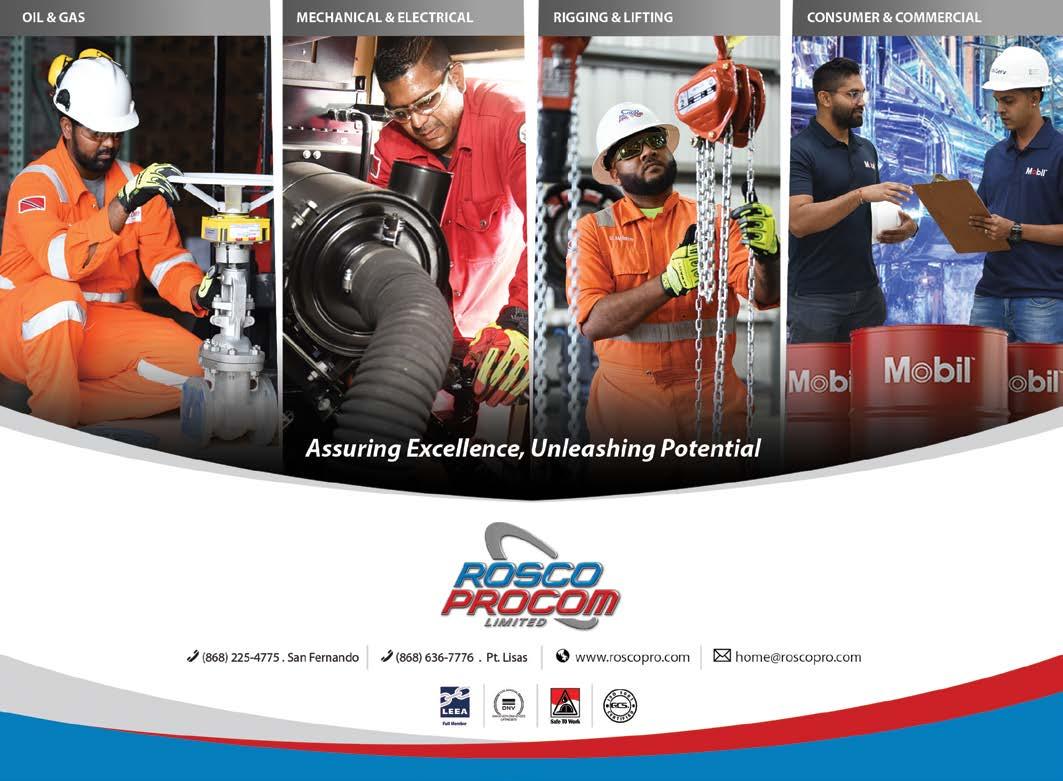
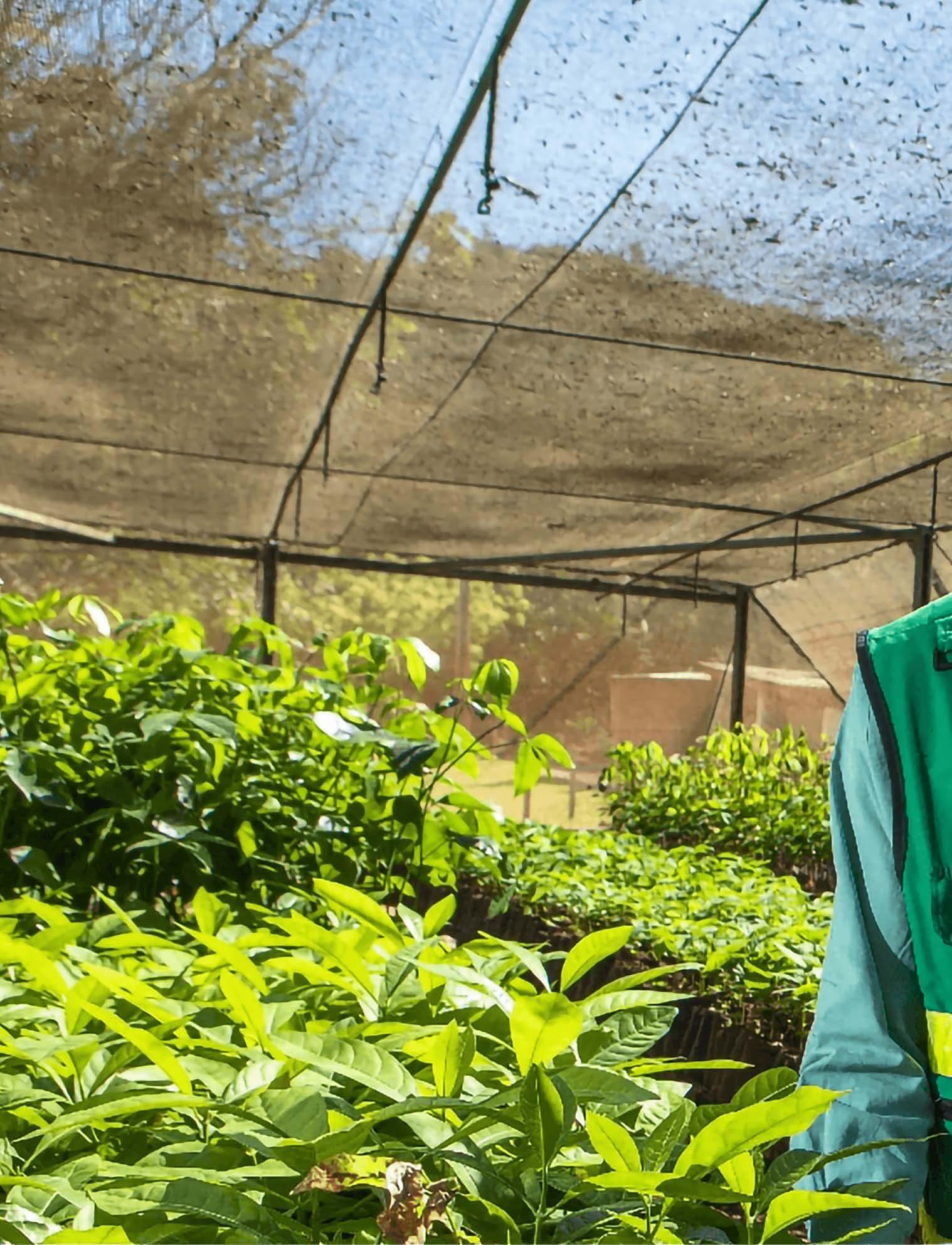
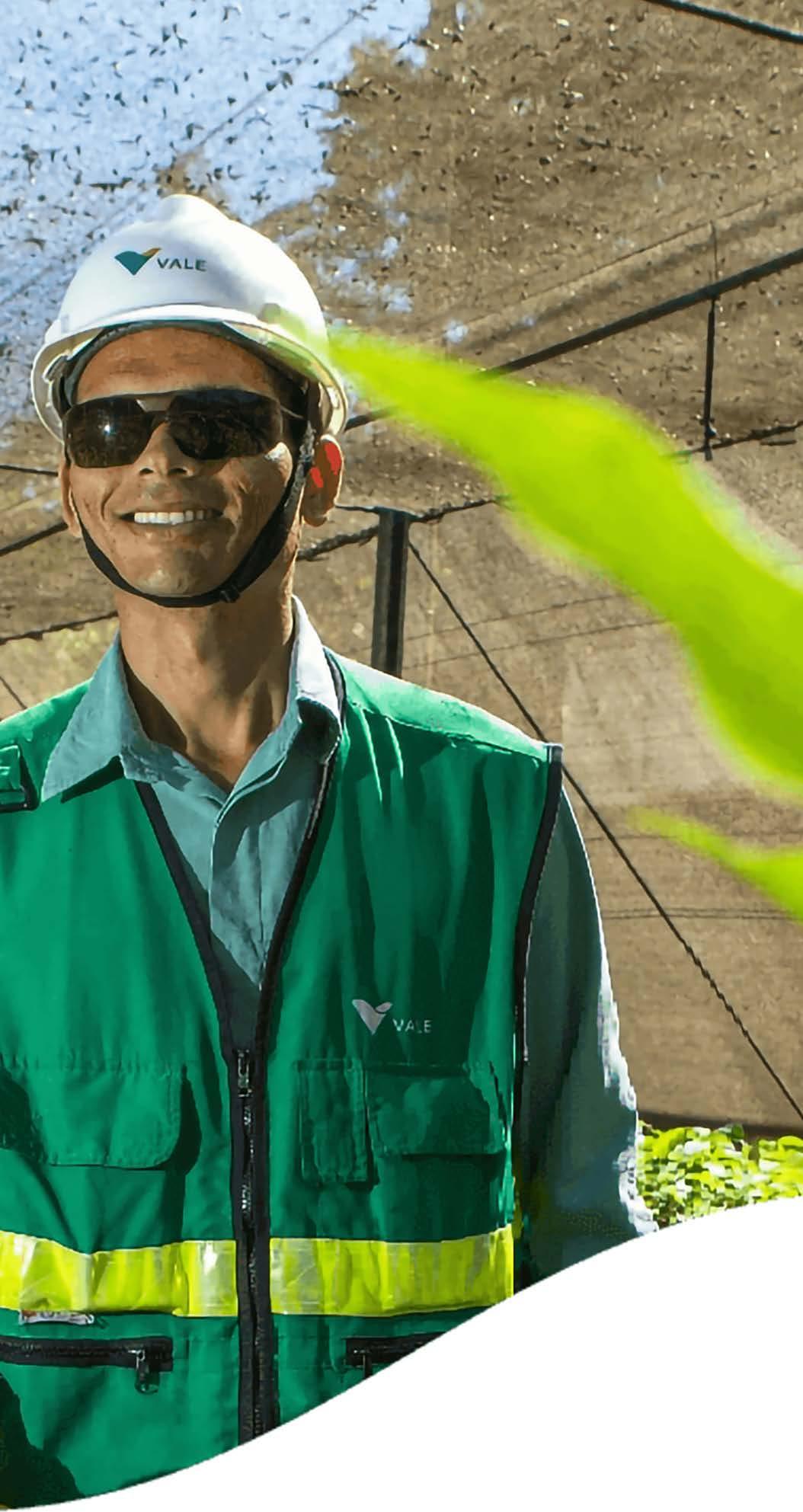
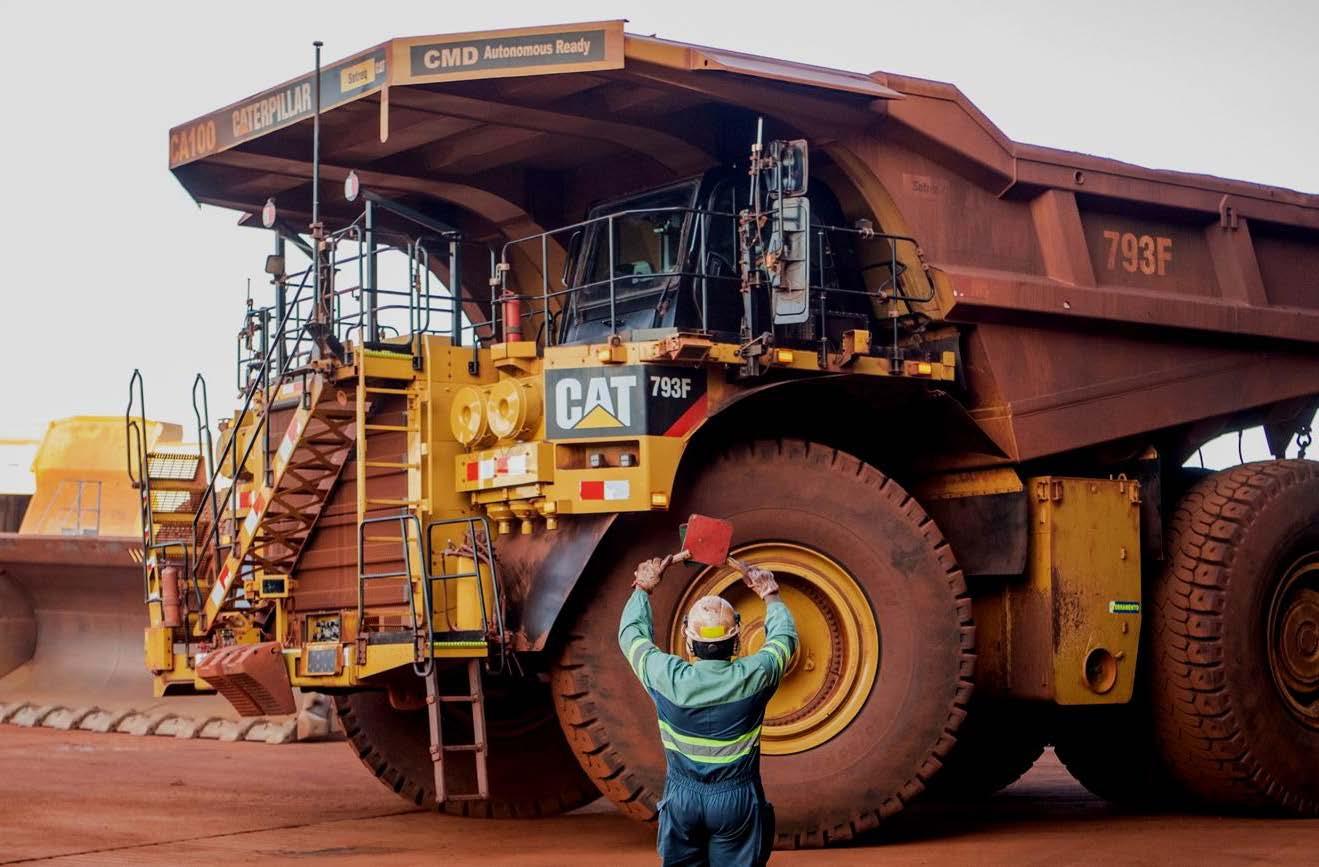
Vale is an international mining company that focuses on producing iron ore, pellets, and nickel. The company works every day to take the natural resources available to us and develop them into prosperous resources; all whilst still working to promote environmental protection. This drive towards sustainable development underpins everything that Vale does, as it believes the safety of people and the planet must always take priority.
As one of the largest mining companies in the world, Vale has operations across roughly 30 countries all over the globe. The company began in 1942 under the name Companhia Vale do Rio Doce, where it first extracted ore in Itabira in Minas Gerais. Over the years, the name was shortened, and the company began to take on a larger role across the country’s mining industry by also providing logistical solutions via the country’s railroads, ports, and terminals. It even began operations within the energy industry to promote sustainable electrical production, and now is responsible for producing 54% of its own energy consumption.
The heart of Vale’s operations centre around iron ore. Iron pellets are vital to the construction and manufacturing industry, as they are used in the production of many products, and across multiple services we use every single day. For this reason, Value knows how valuable iron is for the development of society and human development, especially when these products are used to construct houses and medical facilities, as well as many of the technology product and household appliances that are fundamental to human life today. Brazil is home to a rich deposit of iron and
so Vale’s operations centre around the mining and production of these iron products, to deliver vital products for the development of society.
Vale has multiple mine sites across Brazil where it is based, which are involved in the mining, processing, and then logistical movement of the mined products to the steel industries in which it sells the iron. To understand Vale’s valuable role in the mining industry in Brazil, we first must look at the birthplace of the company in Minas Gerais. The state accounts for over 50% of Vale’s iron ore production, with 20 mines currently in operation. Mining in Minas Gerais takes advantage of Vale’s railroad connections between Vitória and Minas.
Vale has invested more the 1.3 billion dollars in the acquisition of trains and freight cars, which it primarily uses for transporting iron ore as well as other cargo. The logistics sector of Vale’s operations allows it to play a more well-rounded
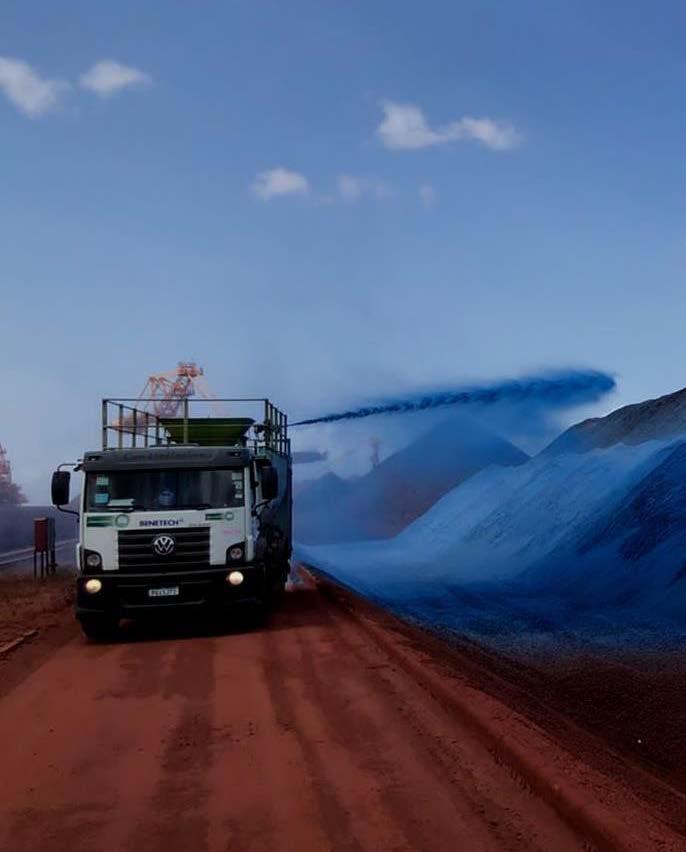


Grupo Franzen is a leading reference in Brazil when it comes to solutions for mobile and industrial equipment. Representing globally renowned brands such as AFEX, Fike, Lincoln/SKF, Flomax, Contraflex, FZ-Duo, and Fourthane, the company delivers reliable technologies for the mining, steel, agribusiness, forestry, and logistics sectors.
Franzen’s portfolio covers installation, maintenance, and inspection services, all guided by excellence and operational safety. The ISO 9001:2015 certification reinforces the commitment to internationally recognized quality standards.
With a team of over 300 professionals, the company continuously invests in training, both in field operations and in offices, ensuring specialized support and maximum reliability in every delivery.
Franzen also standardizes reports to guarantee traceability and efficiency in all services. Through its own fast and intuitive app, technicians and clients have immediate access to maintenance information and records.
The mission is to provide industrial products and solutions that meet, or exceed, clients’ expectations in quality, delivery, and cost.
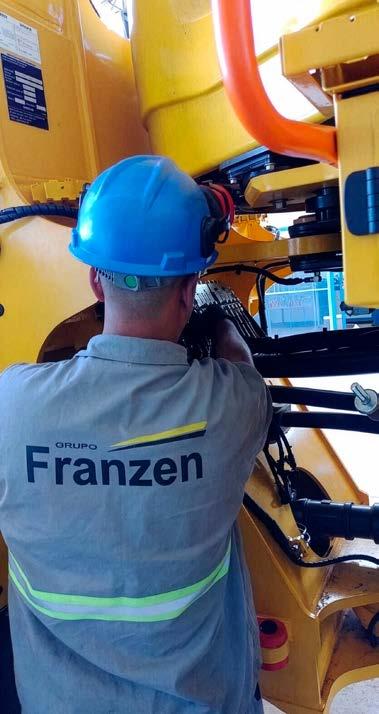
role in the mining industry and the distribution of its mined products to the ports and steel-making marketplace. Therefore, the mining operations at Minas Gerais highlight how the mining and logistical operations of Vale work so closely together to deliver the rich ore to end markets for the betterment of a future planet.
In Minas Gerais, Vale is working alongside the city of Itabira to use its efforts within the mining industry to positively impact the city and build a plan for a more sustainable city. The plan, devised in conjunction with the municipal administration, aims to develop the region with projects which concern the environment, education, and security – all of which are developed with innovation in mind. These projects include the Little Seed of Sport Project, Judo Classes and the Bright Minds Chess Project which is bringing key development to kids across the region all thanks to Vale’s commitment to putting people and the environment at the forefront of its operations.
Pará, the largest mining complex in Brazil, is owned by Vale and represents one of the largest private investments in the country in recent years. The S11D mine complex in Pará encompasses the mines, a processing plant, and rail and port logistic services, which have continued to drive the region’s
economic development for many years. The mines are responsible for mining iron, manganese, copper, and nickel across a vast array of mines which span the complex. However, much like in Minas Gerais, Vale also has a vast array of environmental projects in Pará which ensure that the rich biodiversity of the nearby Carajás National Forest is protected.
In Espírito Santo, mining extends back more than 50 years and highlights the vital role the state’s railway and port systems can play in the mining industry. In Espírito Santo, Vale developed a fully integrated strategy for mining logistics which continues to be used every day. Vale’s operations in Espírito Santo highlighted the company for its production of iron pellets, and now the production of pellets by Vale in the region is globally recognised.
Espírito Santo is also home to the largest environmental investment by Vale towards the development of the Tubarão Environmental Master Plan (PDA). PDA aims to control atmospheric emissions and covers 160 projects which are implementing new equipment, improving the environmental controls of its operations, and researching new technologies to reduce environmental impacts. The vast project
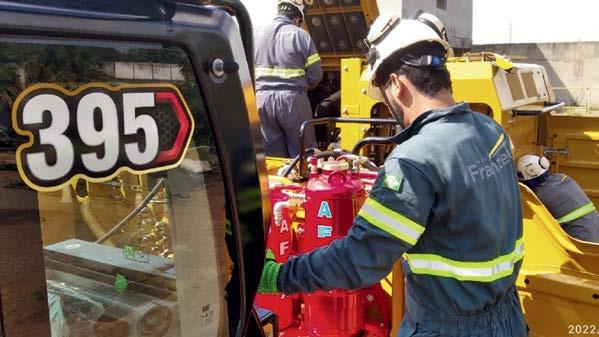
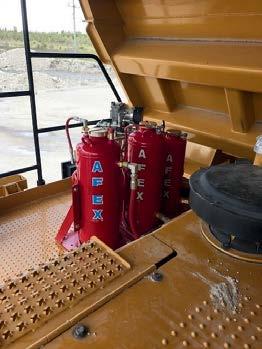
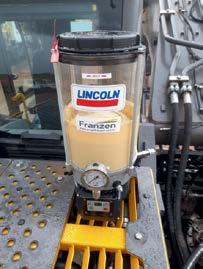
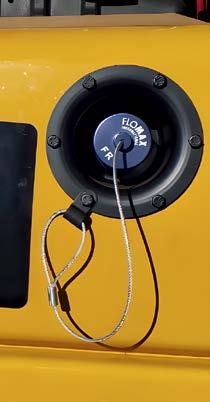

Grupo Franzen, with over 28 years of experience, is a specialist in the maintenance of fire suppression systems, automatic lubrication, fast fueling, and more, including the development of tailor-made solutions for diverse industrial needs. HIGH-QUALITY SOLUTIONS FOR INDUSTRIAL OPERATIONS
90%


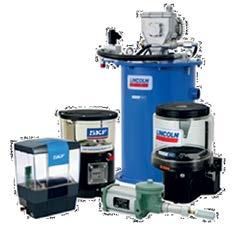
Authorized distributor of Lincoln-SKF, we are specialists in the installation and maintenance of Automatic Lubrication Systems, preventing premature failures caused by improper lubrication.
• Proper lubrication, at the right intervals.
• Reduced friction and wear.
• Longer life for bearings and machinery.

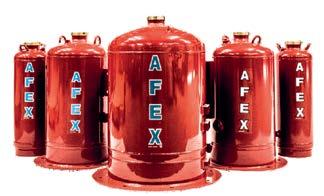
Exclusive distributor of AFEX in Brazil, specialized in fire suppression systems for heavy mobile equipment.
• Automatic or manual detection and suppression.
• Non-toxic chemical agents
• Over 50 years of experience and globally certified.
With a wide range of products, short delivery times, and complete technical support, Grupo Franzen ensures QUALITY, RELIABILITY, AND CONSISTENT RESULTS FOR ITS CLIENTS.

2.200 MACHINES UNDER CONTRACT COVERAGE

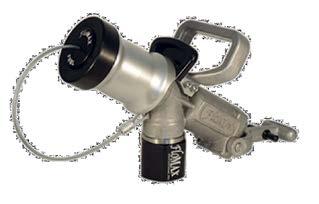
Exclusive distributor of FloMax in Brazil, offering high-performance nozzles and receivers for efficient fueling with no waste.
Greater reliability and costeffectiveness.
Advanced technology that eliminates downtime.



www.grupofranzen.com.br

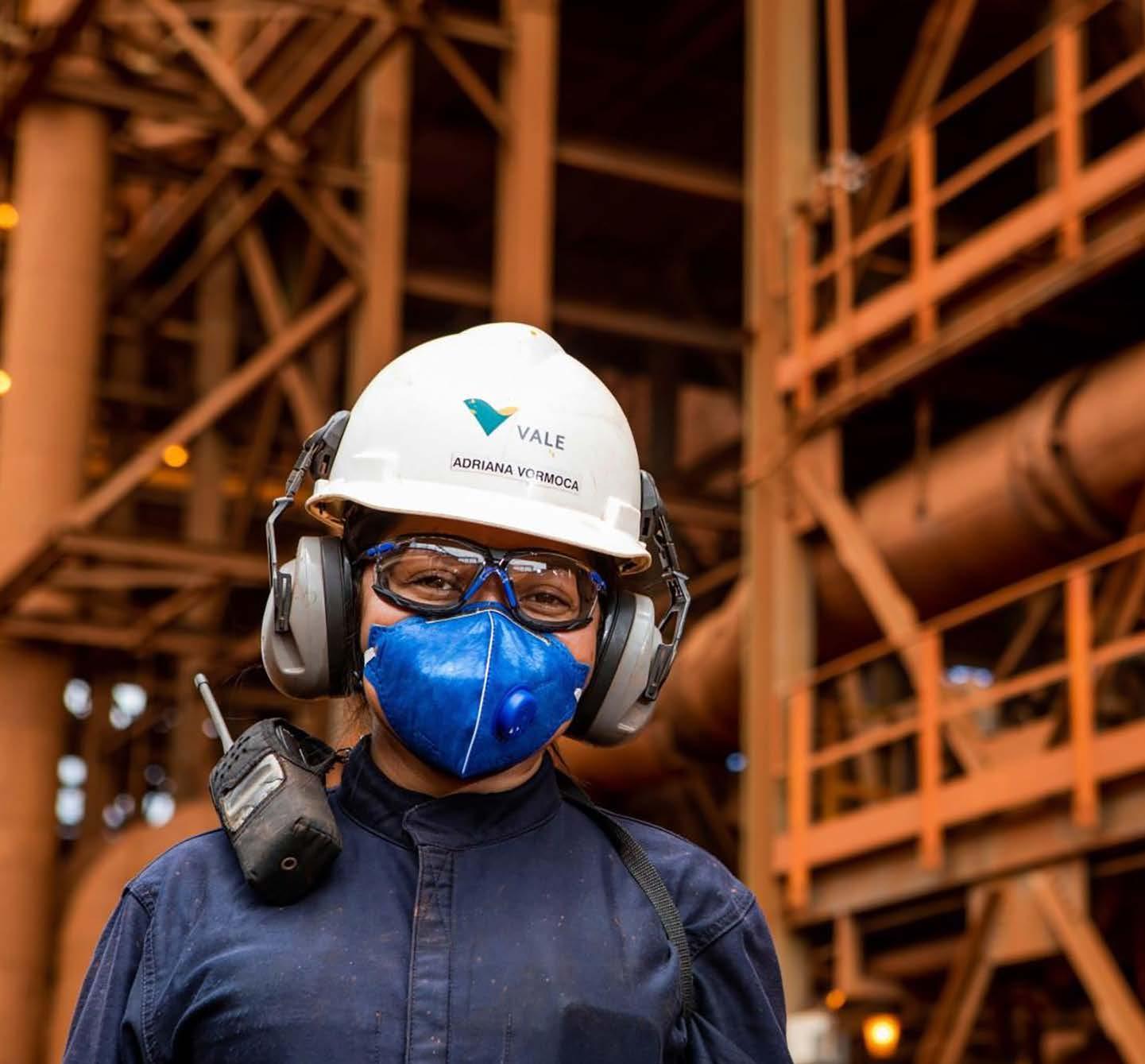
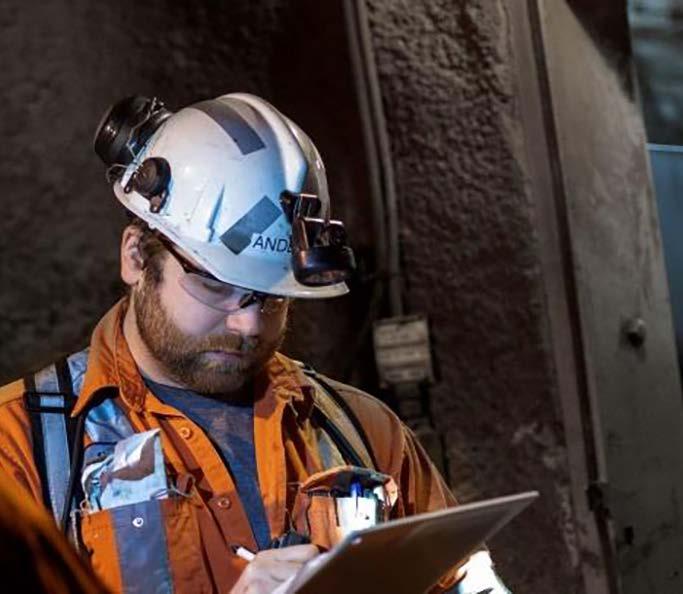
which encapsulated Vale’s core values, has been successful in its efforts to make vital developments towards the future, whilst remaining clear in its aim to respect the planet, the local communities and the people who live and work across their sites of operation.
Other key mining sites for Vale include Maranhão and Rio de Janeiro. In Maranhão, Vale works with the state to support the logistical movement of ore production through the Carajás Railway to the Ponta da Madeira Maritime Terminal. The terminal plays a valuable role in distributing the ore to consumer markets across the globe, including in China which is currently one of the largest buyers of iron ore products. Then, in Rio de Janeiro, Vale operates the Porto Sul Complex in the Costa Verde
region. Vale’s headquarters are based in the capital, along with several terminals which are used for the loading of iron ore. The entire site can move more than 75 million tonnes of ore every year through the terminals and towards end markets.
Ultimately, Vale’s existence hinges on a passion for improving life and transforming the future for generations to come. To do this, Vale is carrying out mining operations which are essential to life whilst producing ores, pellets and various metals which help to make this possible. However, it is Vale’s commitment to education, environmental protection and innovative approach to the future that has allowed it to play such a valuable role in Brazil for many years thanks to its constant commitment to developing necessary mining operations whilst putting great investment back into the protection of landscapes to support the rich biodiversity of this part of the world.
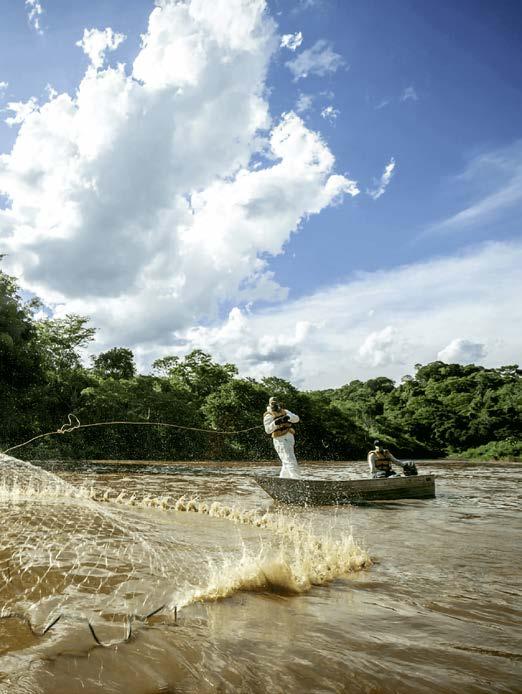
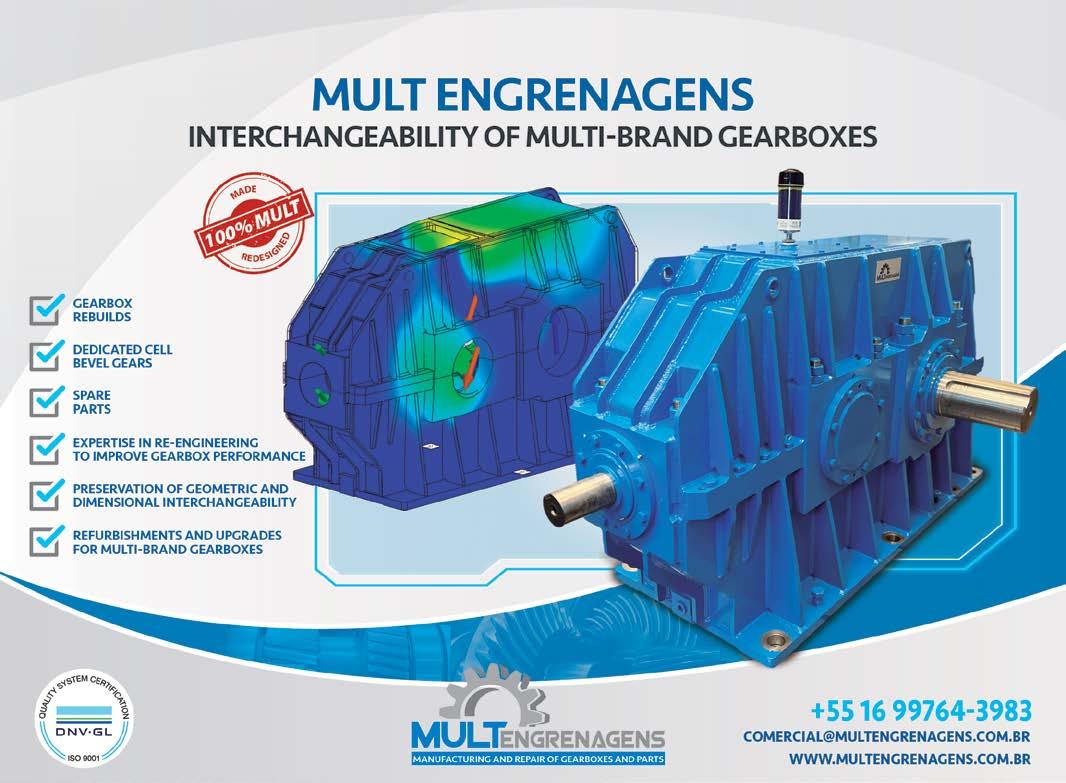
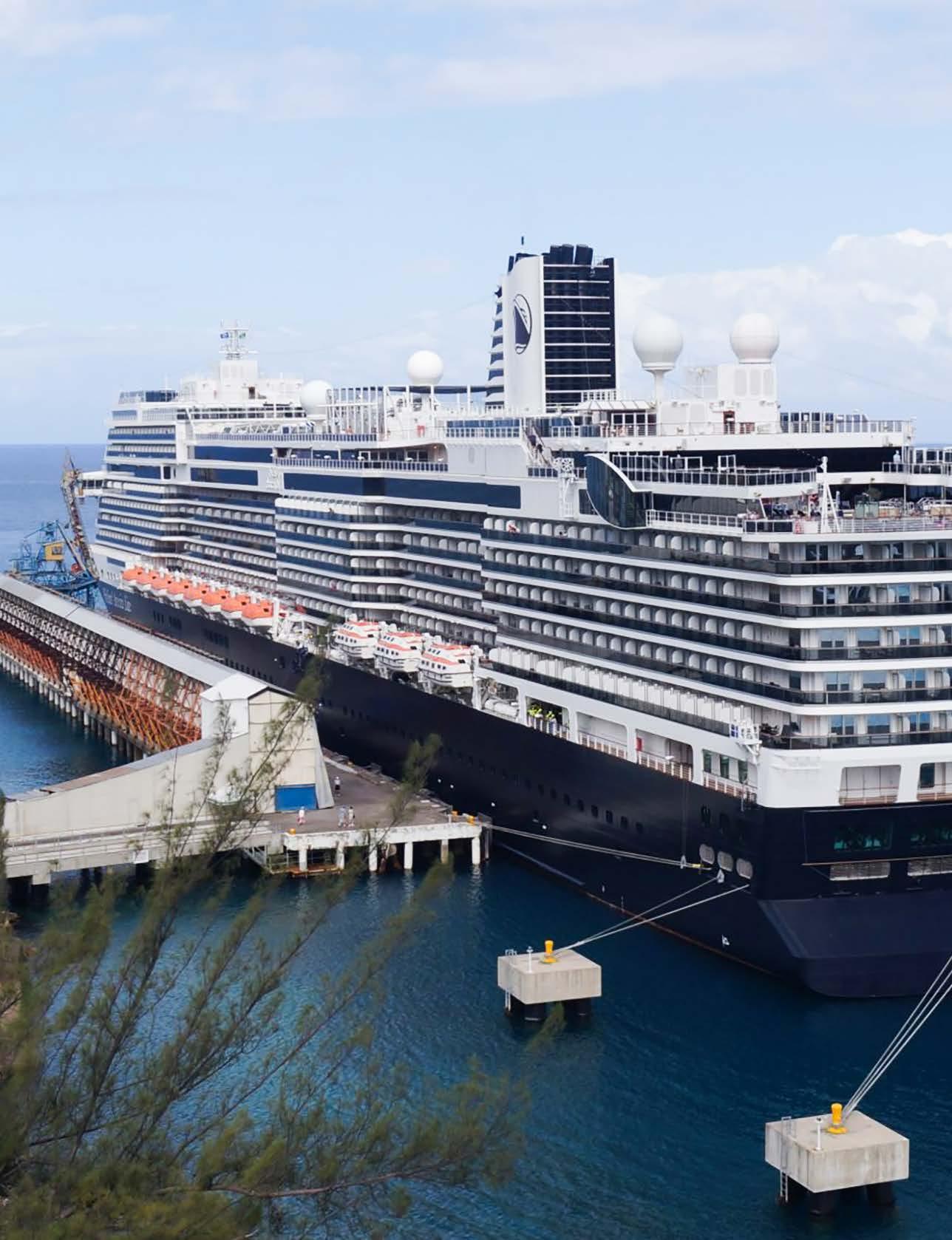
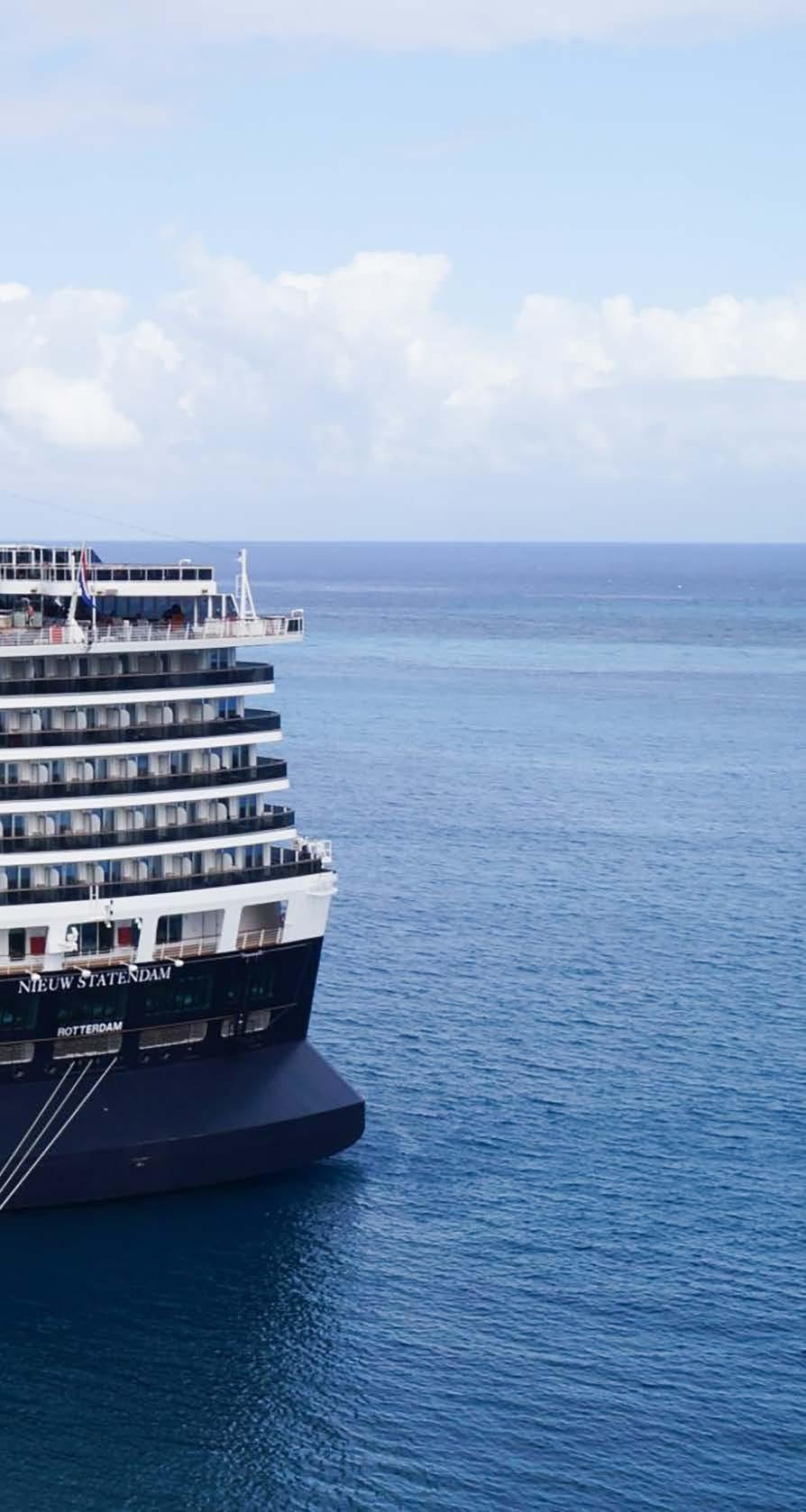
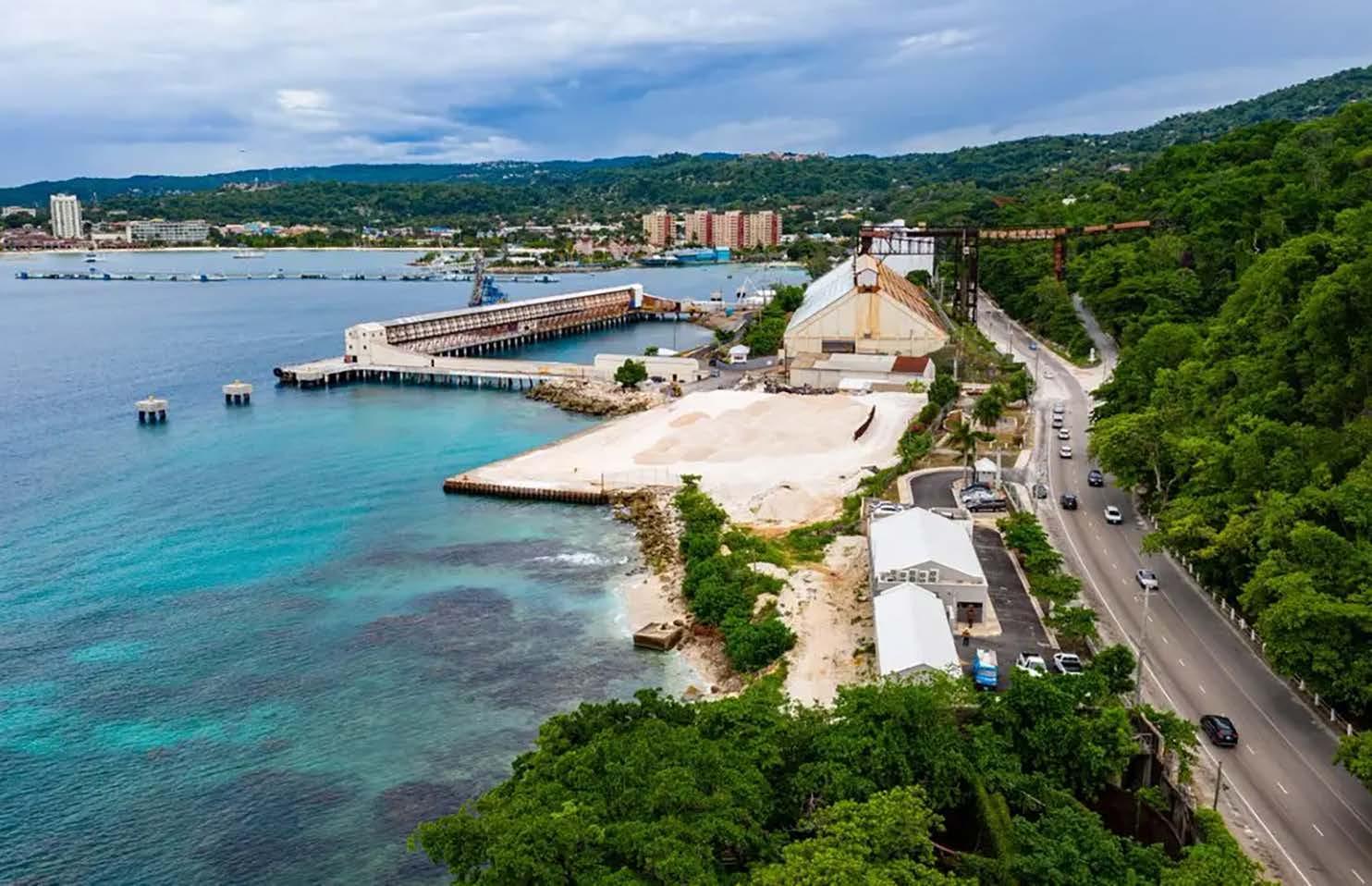
Jamaica Bauxite Mining Ltd. (JBM) has spent the last 50 years supporting the economic growth of Jamaica through a diversified business enterprise mandate. The company, owned by the Government of Jamaica, operates across 4 central pillars of operation, which include port management, commercial property management, land development and the custodial management of the country’s bauxite and alumina industries. Across these operations, JBM is focused on optimising the social and financial return for the country via governmental assets. However, throughout all of these developments, JBM continues to reinforce its operations with environmental safeguarding practices to ensure that it can transform Jamaica’s business landscape while helping the country to serve as a sustainable model for companies globally.
JBMhas been in operation across Jamaica since 1975, as a wholly owned company by the Government of Jamaica. The company operates with a business enterprise mandate, with the central focus on stewarding and operating the bauxite assets for the government. In Jamaica, bauxite has long been valuable for the economy, and a significant global producer of the resource. Thus, JBM began its operations focused on mining assets that would deliver bauxite materials to market. However, over the last few decades, the role of bauxite mining under the company has reduced, and today JBM has a much more diversified portfolio, building on many of these assets. The company still produces bauxite, whilst turning previous bauxite mining lands into new development projects and supporting the Reynolds Pier, which was originally built to support the export of bauxite resources. However, the Pier now plays a leading role in supporting Jamaica’s maritime and logistics network. With a much more diversified portfolio under its operation, JBM is on a mission to make quality, cost, efficiency, productivity, reliability and environmental wholesomeness the key drivers of value creation.
Whilst the company was founded on mining operations, a key aspect of its operations today
is focused on port management, with a particular focus on Reynolds Pier. The Reynolds Pier was constructed more than 70 years ago, and was utilised for the export of bauxite by Reynolds Jamaica Ltd. However, when the company ceased operation in Jamaica, the government, through JBM, took control of its assets and the port facility. The port is one of Jamaica’s naturally occurring deep water piers, with a draft of 12.5 meters and a 215-meter-long pier. The pier can berth large vessels, with a further six mooring dolphins and six breasting dolphins to accommodate ships averaging 350 metres in length. One of the main advantages of the port is that it has a loading rate of 1200 metric tonnes, with an average of 750 metric tonnes achieved with its bulk material travelling conveyor gantry and linear loader system on rails. This can load an average of 40,000 metric tonnes of limestone per vessel. Today, the main business at the port is through exports, including sugar, limestone, and aggregates, as well as the docking of cruise vessels.
With the port playing a vital role in the country’s export and cruise businesses, it remains a key
source of economic development for Jamaica. Therefore, JBM has been committed to periodically adapting and enhancing the port to meet the growing operations across it. In doing so, JBM hopes to deliver optimal operational efficiency to further enhance the port’s offerings on a local and international scale. In fact, the development and expansion of the port remains a key project for JBM to help realise the port’s potential and deliver an optimisation plan designed to incorporate the Port’s ecosystem and logistics capabilities suited to the industrial cargo shipments on the western side, and the cruise vessels on the east. JBM envisioned the port being one of the top industrial ports in the region, coexisting alongside its cruise operations. Therefore, its development plan includes improving and connecting the three ecosystems currently in place across the port: limestone lands, overland conveyor, and a state-of-the-art loading facility at Reynolds Piers. Then, it hopes to expand the port with a pontoon, and increase the onshore storage and loading capacity. These expansions hope to help facilitate additional mining operators at the
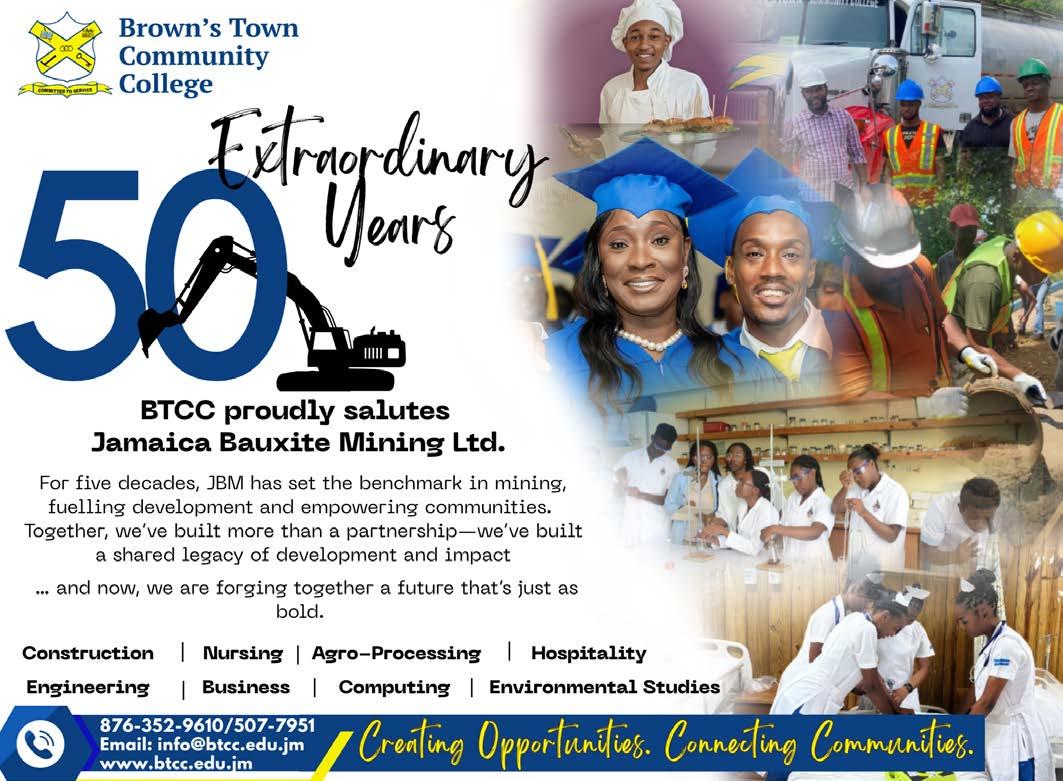
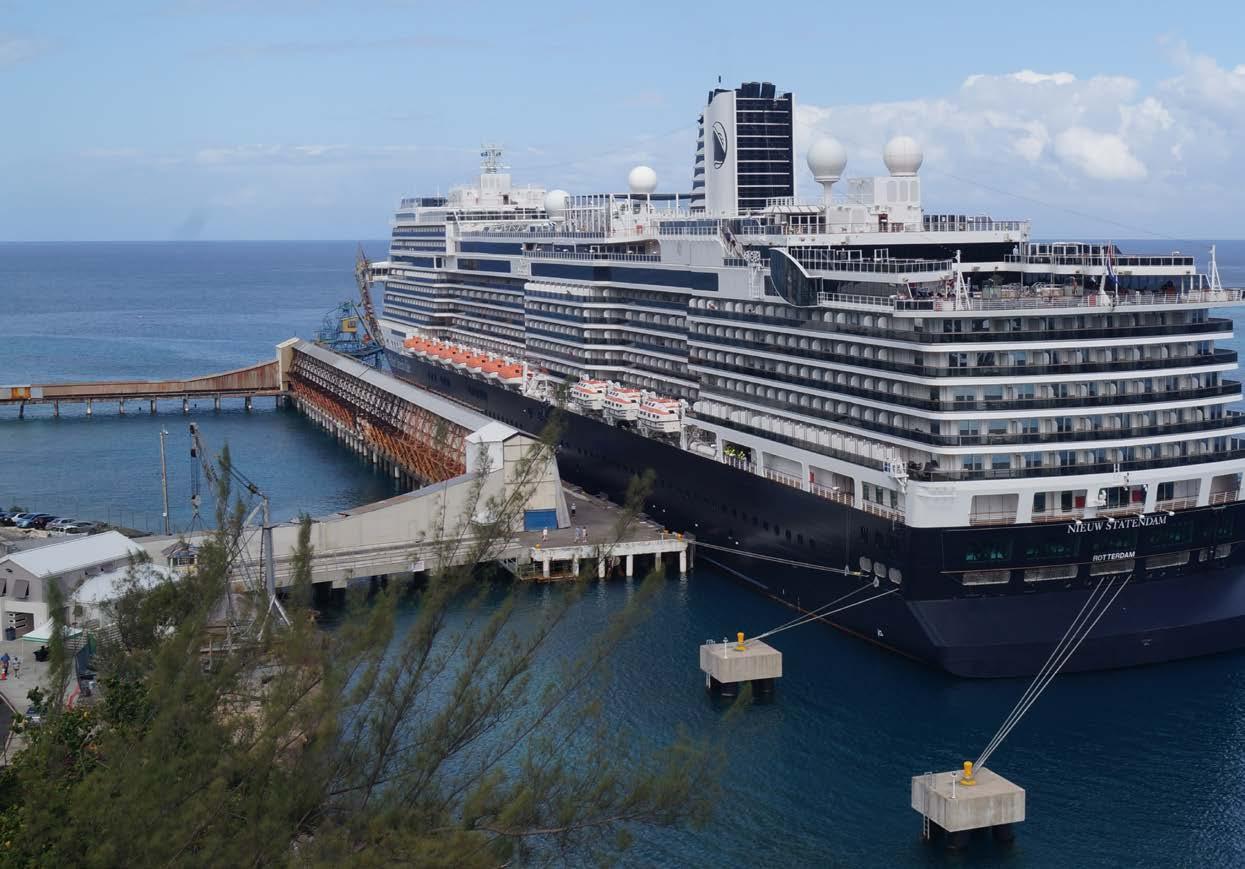
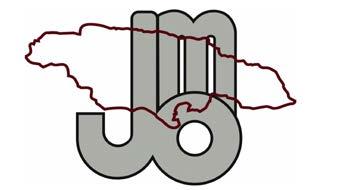
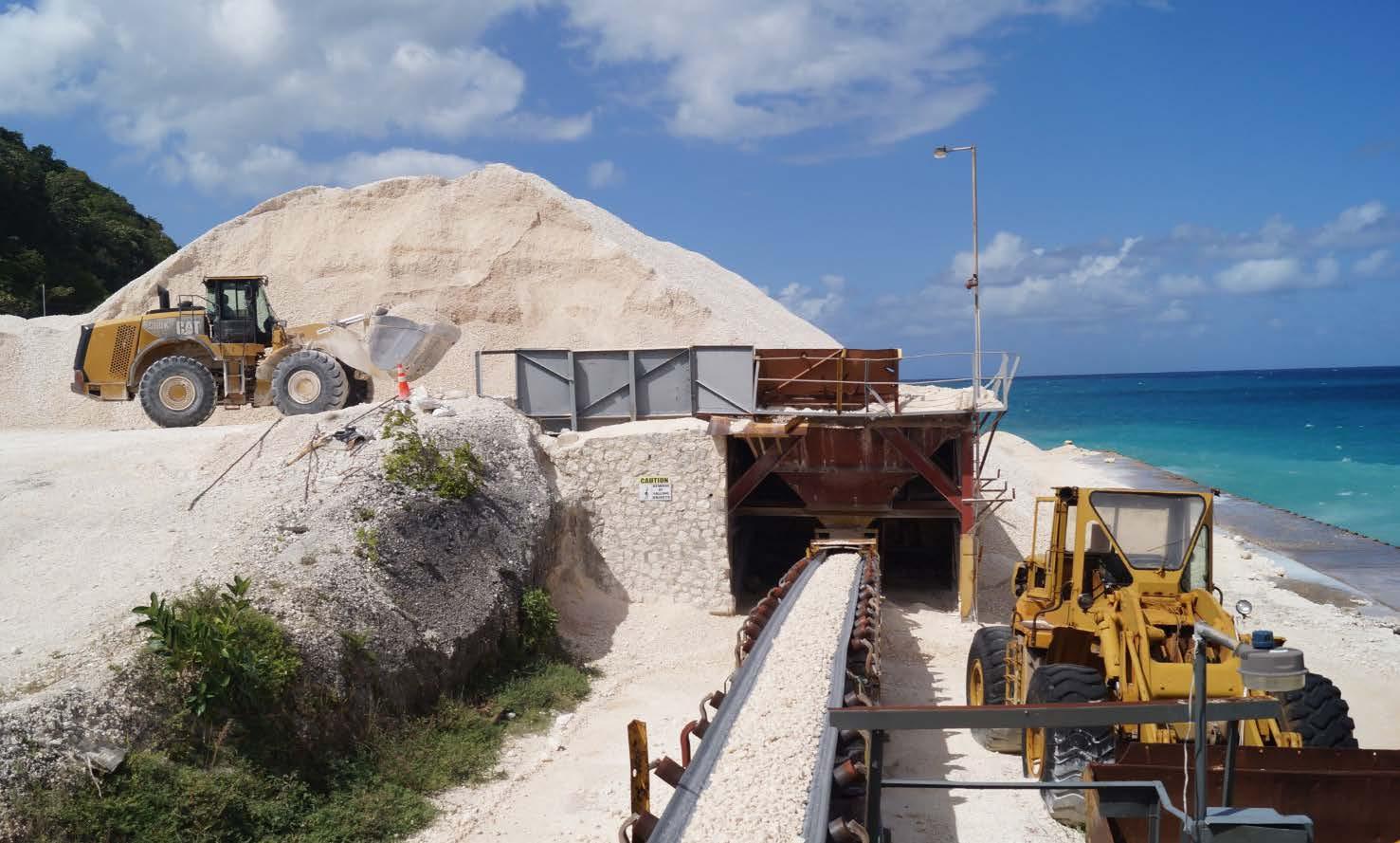
REYNOLD’S PIER IS A MIXED-USE PORT IN OCHO RIOS OWNED AND OPERATED BY JBM.
JBM’S GREEN PORT REVOLUTION AT REYNOLD’S PIER!
JBM is transforming Reynold’s Pier into Jamaica’s first multi- functional “green port,” powered by sustainable energy. The port will soon run on an 84% solar-powered system, cutting CO2 emissions by 220,500 kg. This upgrade provides shore-to-ship power, allowing cruise and cargo vessels to plug into clean energy instead of diesel, boosting efficiency and reducing pollution.
Positioned strategically for limestone export and cruise tourism, the new Reynold’s Pier is paving the way for enhanced trade, eco-friendly tourism, and continues to be the primary exporter of sugar internationally. JBM is helping to provide a sustainable future for Jamaica.
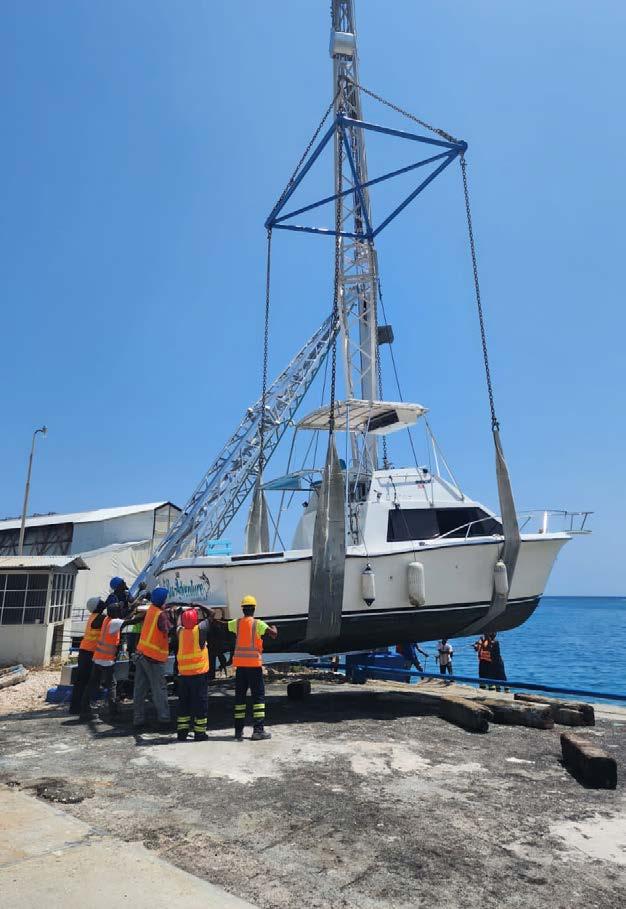
Jamaica Bauxite Mining Limited (JBM) is a government entity managing over 4,000 acres of government property, providing essential services to both local and international businesses. With four strategic units— Commercial Property, Port Management, Land Development, and Custodial Management — JBM monitors the operations of Discovery Bauxite Partners - a bauxite mining operation based in Discovery Bay.
As proud operators of Reynolds Pier in Ocho Rios, JBM offers top-tier dry dock services for small to medium-sized crafts, bunkering, and berthing for large vessels. Logistics and cargo partners can benefit from short-term leasing options and dockside equipment, making JBM a one-stop shop for all vessel and cargo needs in Jamaica and the Caribbean.
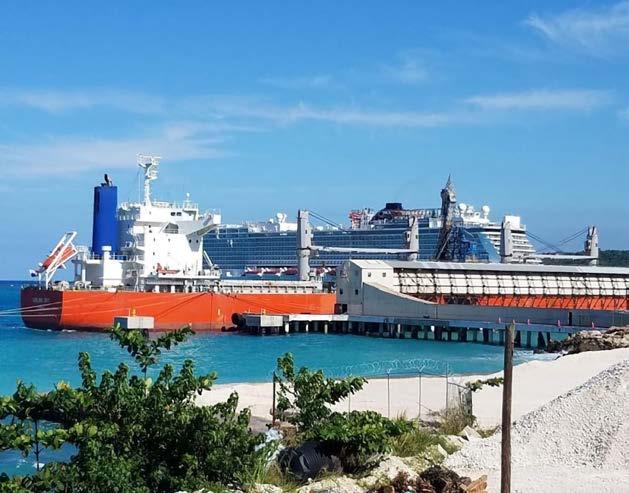

Our Services Include:
• Port and Operations Management
• Land Development
• Commercial Development & Property Management
• Custodial Management

In Jamaica’s ever-evolving security landscape, Hawkeye offers comprehensive protection. Our Guard Services provide highly trained personnel who are both vigilant and adept at rapid response, ensuring the safety of individuals and businesses alike.
• Advanced CCTV installation provides smart video surveillance with analytics and cloud-based access for enhanced oversight and immediate alerts.
• Robust Access Control systems, encompassing Gates, Barriers and Turnstiles to secure entry and exit points.
• Cutting-edge Intrusion Detection Systems (both wired and wireless) to fortify your premises against unauthorized access
• Vehicle Tracking systems powered by Amber Group Technologies, deliver real-time GPS monitoring, and emergency response, acting as a theft deterrent and optimizing fleet management
For specialized needs, Hawkeye Specialized Solutions (HSS) delivers targeted high-tech interventions. This includes advanced Fuel Management to curb waste and deter theft. HSS is also the sole provider of Electrified Fence solutions for enhanced perimeter security. Hawkeye’s integrated approach provides complete peace of mind, adapting to Jamaica’s diverse security demands; Securing what Matters Most.
hawkeye-group.com
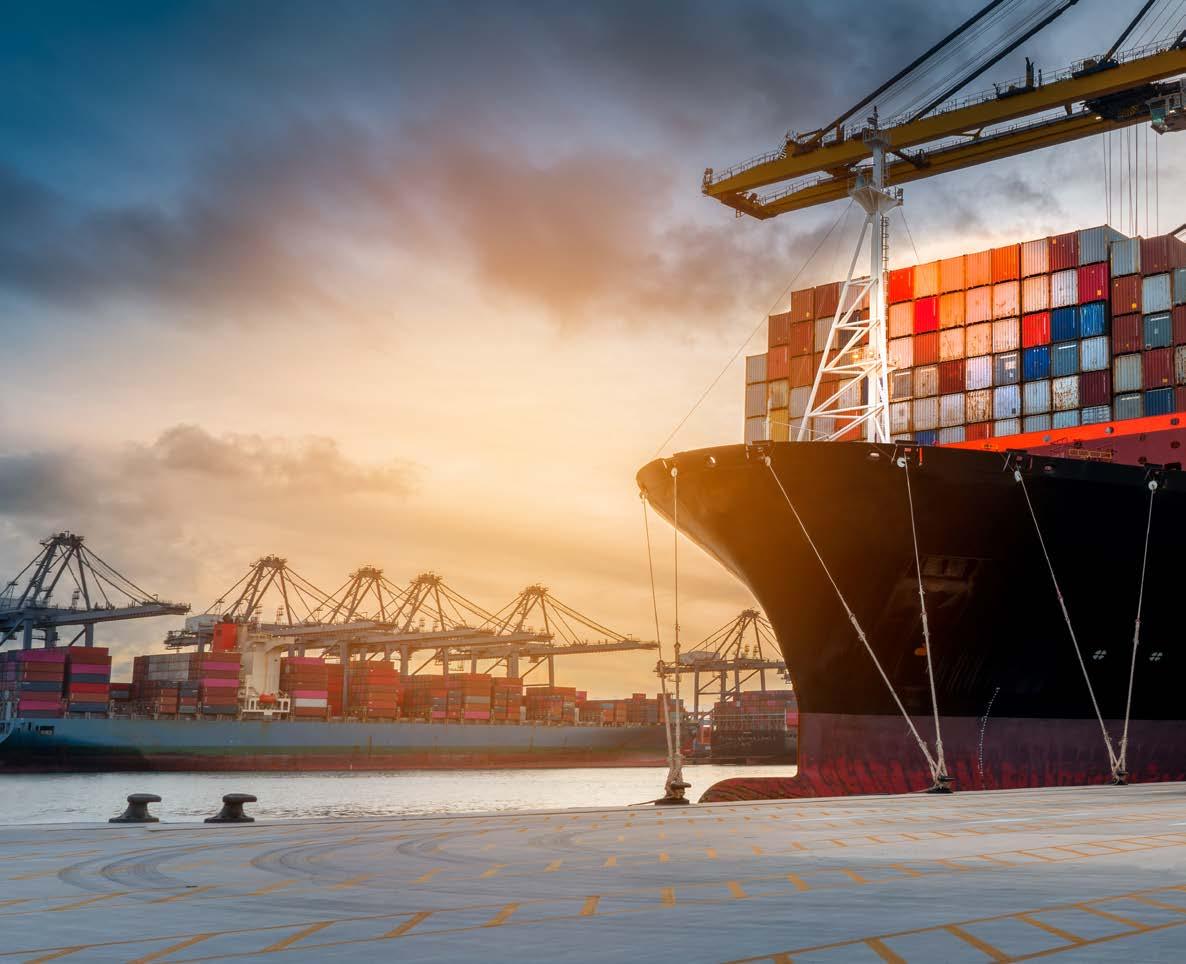
port, whilst optimising the export tonnage of the port. Through this focus on enhancing the existing facilities and implementing new infrastructure for the future, JBM is ensuring that the country’s export, cruise and industrial market via the port is primed for many years to come.
Bauxite mining formed the foundation of the company, and today, custodial management of mining assets remains one of the core businesses of JBM. The company acts as a representative of the Government of Jamaica and as part of this role, JBM partners with multi-national entities operating in the bauxite and alumina industries. The most notable current partnership is with Discovery Bauxite Partners (DBP), in which JBM holds a 51% equity and Concord Resources holds 49%. DBP is a major bauxite mining and exporting company in Jamaica, which centres its operations around the Discovery Bay. The company works with JBM towards mining ventures, where operations see bauxite mined, dried, and then
shipped to alumina refineries and cement industries. DBP has continued to work with JBM to deliver longterm projects, including those with land reclamation for agriculture and greenhouse initiatives. This division of JBM’s operations remains a key focus for the company as Jamaica remains a significant global producer of Bauxite, and so by working with DBP, the two companies can continue to play a leading role in delivering these resources to support the island’s economy in the process.
Alongside its port management and mining focus, JBM also has commercial property management and land development under its operations. For commercial property, JBM manages residential and commercial spaces, with notable housing developments in Orange Park, Crescent Park and Beulah Park. However, one of the most vital developments is the Reynolds Plant located in Lydford in St. Ann. The site has previously been used for bauxite mining; however, it had been
left dilapidated and run down for many years. Thus, JBM developed the land producing office spaces, office buildings, catering facilities, and mechanical servicing amenities, as well as housing developments for rented residential units. Therefore, through the redevelopment of the previous bauxite plant, JBM can deliver vital residential and commercial property, making use of previously out-of-commission land.
One of the projects currently being carried out by JBM is for the Commercial Park and Orange Park Housing Development. The project plans to develop a Commercial Park Complex within the Lyford Estate in St. Ann, which will have warehousing space for businesses, knowledge process outsourcing and technology park operations. To enhance this, JBM is also set on implementing a vital telecommunication network and human resources system to deliver the area as a vital development hub where new and existing communities have the infrastructure to thrive. Through the development of new communities with this project, JBM will play a valuable role in delivering employment
opportunities for the region, whilst optimising existing spaces for commercial development. The optimisation of space for development is particularly evident with the development of Orange Park Housing Development (OPHD), which is planned to deliver homes and interrelated open space, as well as recreation amenities across 150 acres of land near its existing infrastructure. This will include the construction of 500 affordable housing solutions, supported by an integrated infrastructure development, to provide vital housing and community development across Jamaica.
Furthermore, JBM’s land development has implemented a comprehensive suite of initiatives designed to elevate operational efficiency, safety, and overall effectiveness of land development and property maintenance across the country. The department is focused on continuous improvement, new technology and proactive property maintenance to help in the upkeep of JBM’s assets. This includes the maintenance and inventory of equipment, spares, and maintenance materials to ensure that

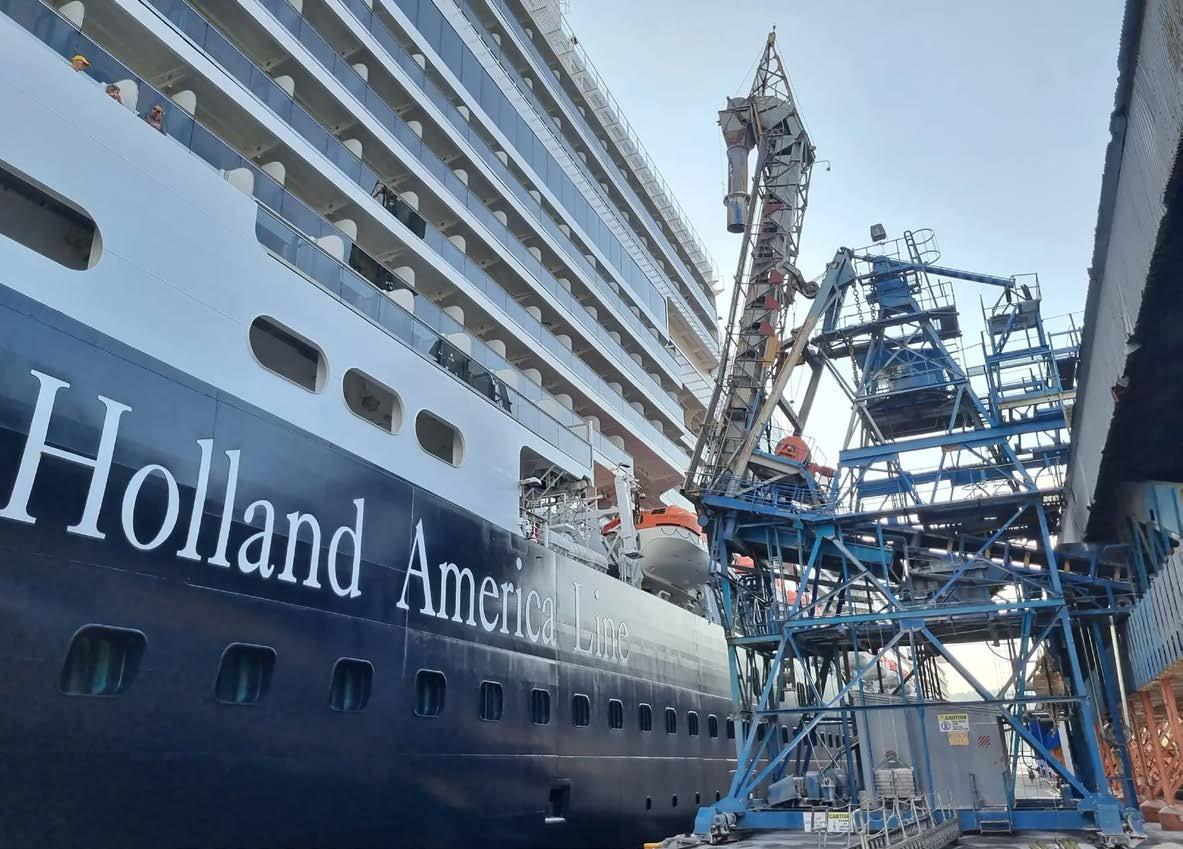
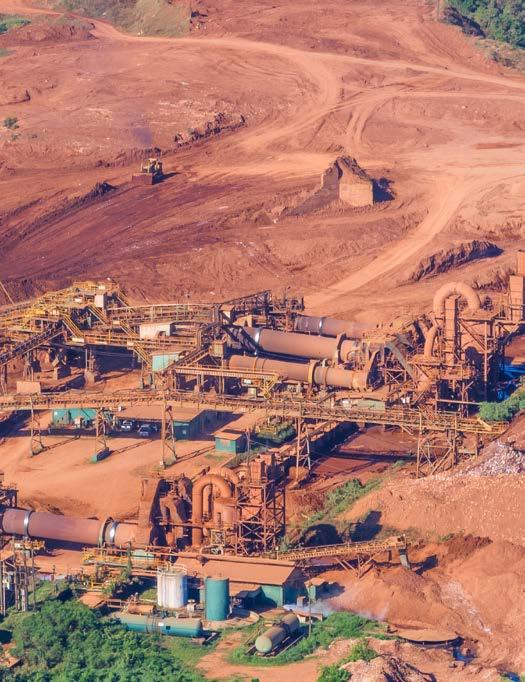
it can help minimise downtime and ensure seamless operations across JBM’s various assets.
A key focus for JBM’s development over the next few years is expanding the country’s domestic agro park network in line with the government’s push towards actively fostering sustainable agribusiness, whilst simultaneously increasing youth and women’s participation in the agricultural sector. By investing in the country’s agricultural sector and linking this with community development, JBM can encourage investment in the sector and, in the process, support the development of the surrounding region.
JBM has been a formidable leader in the Jamaican mining industry for many years, and so with 2025, the company will celebrate its 50th anniversary. With such a monumental anniversary for the company, it looks towards the future, and how it will continue to expand the country’s operations beyond mining and towards a future that fosters Jamaican growth in a transformative way. With so many vital business lines operating under JBM, we look forward to seeing how the company will continue to drive Jamaica towards a future through its ‘Reclaim, Restructure, and Repurpose’ philosophy for the benefit of Jamaica’s long-term development.
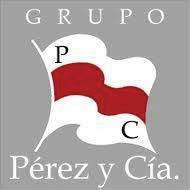
More than 150 years in shipping
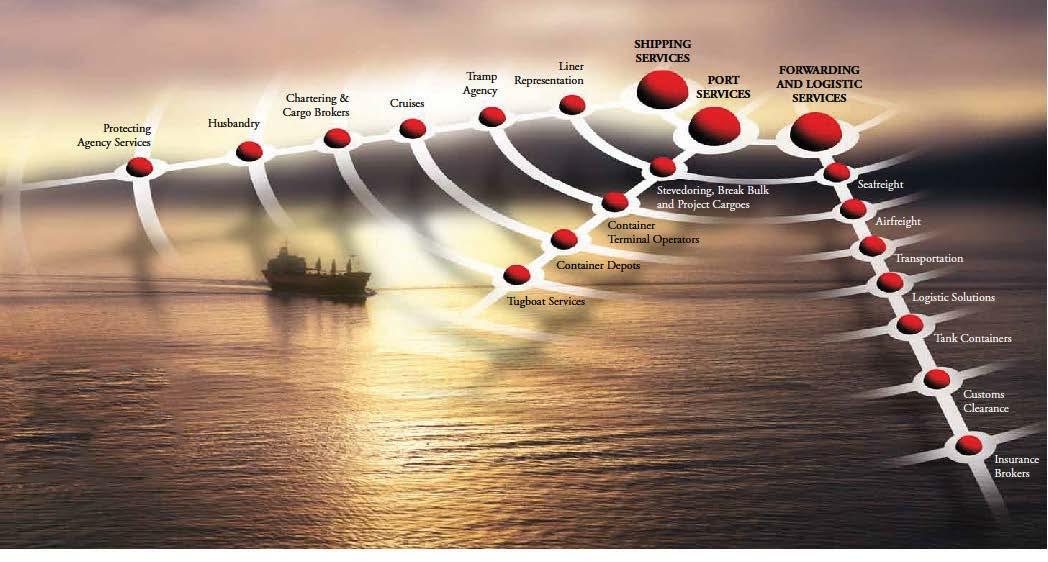
Perez y Cia extends heartiest Congratulations to Pepsi Jamaica, as you move forward with the next stage of developing the business. We look forward to the announcement of new projects and the future development of the company brands.
As we continue to provide services in shipping Logistics and supply chain management, we look forward to our continued partnership as we strive to serve you better.
Offering a full range of services from booking acceptance, shipping, clearance, delivery, project management and solutions to meet every shipping need.
“PEREZ Y CIA is the answer !”
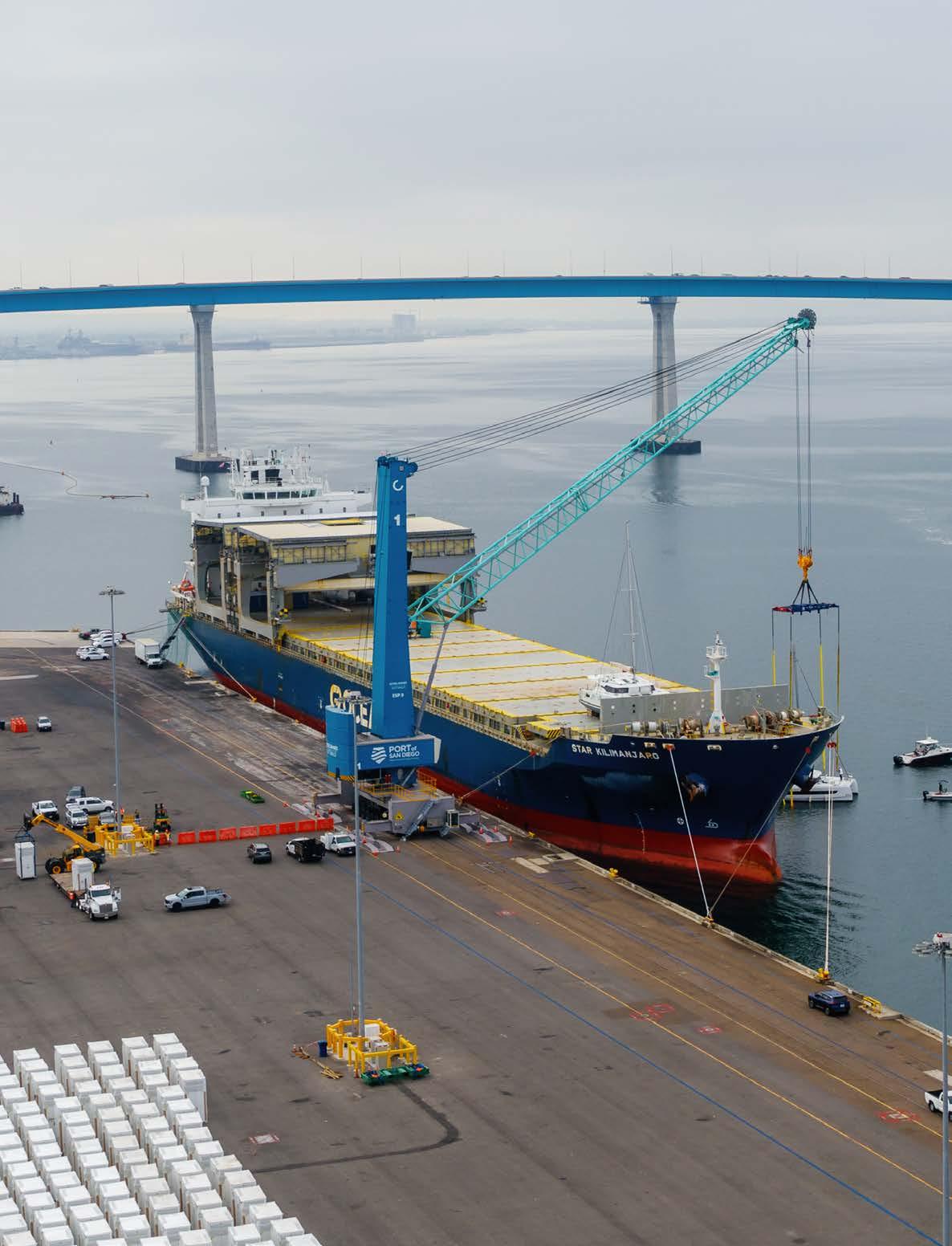
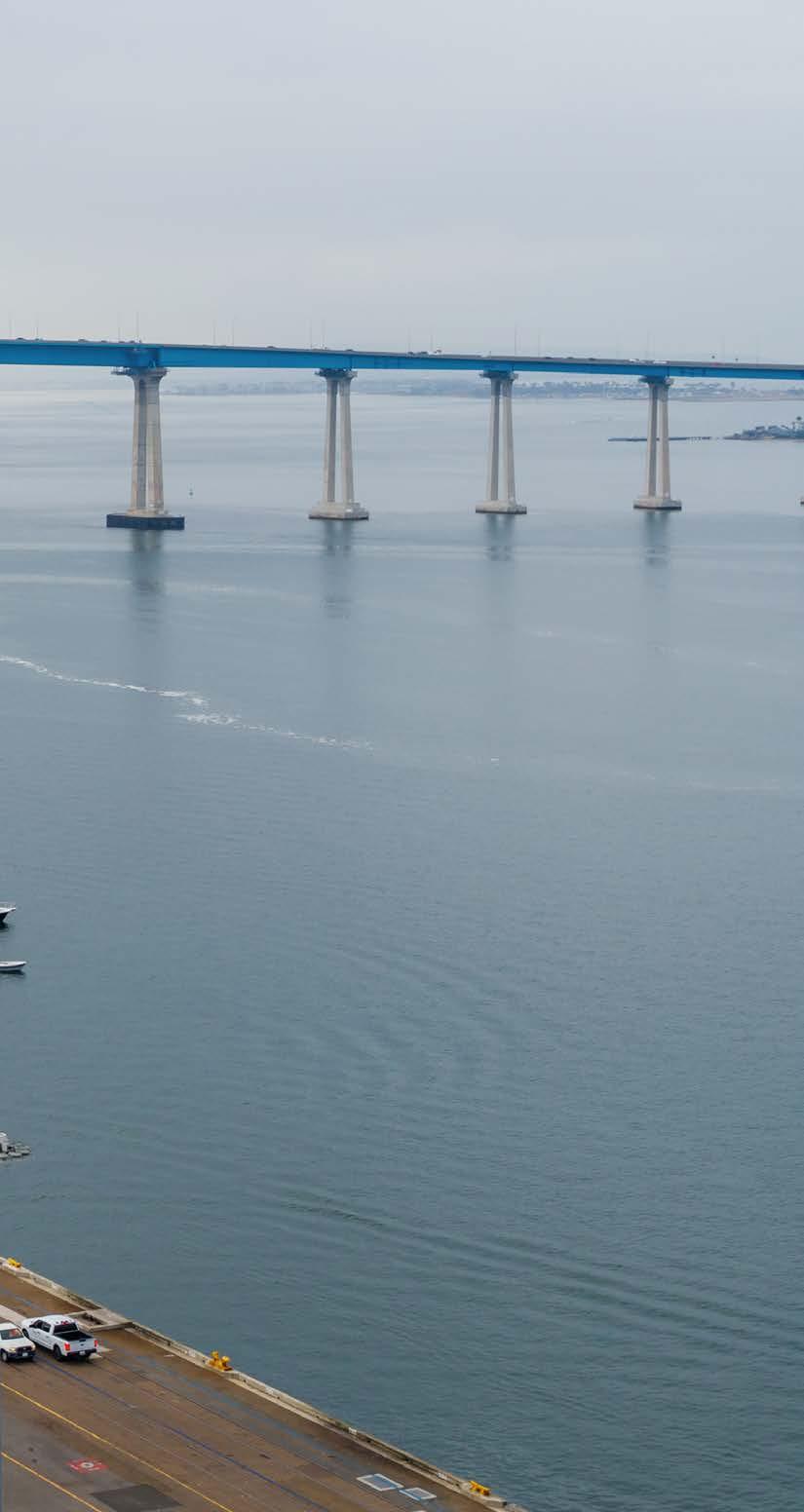
As the 4th largest port in California, the Port of San Diego is a leading hub of maritime operations along the U.S. West Coast with a wealth of cargo and cruise operations under its portfolio, as well as shipbuilding and repair, and commercial and sportfishing operations across the maritime sector. We are thrilled to be catching up with the Port of San Diego once again, hearing from Michael LaFleur, Chief Operations Officer and Joel Valenzuela, Vice President, Maritime & Operations, in addition to Principal of Maritime Business Development, Greg Borossay, at the Port of San Diego. We are excited to bring you first-hand updates from across the Port’s expansive maritime portfolio, to hear how it has continued to develop its business lines over the last year, the Port’s plans for 2026, and how it remains committed to supporting a sustainable maritime sector.
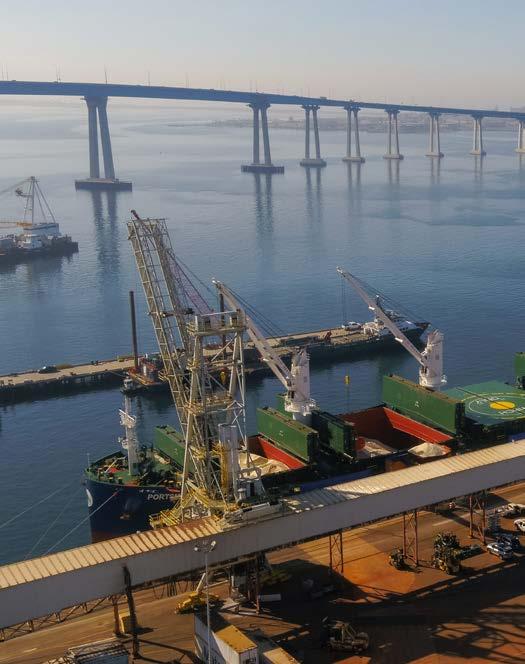
The Port of San Diego benefits from a natural deep-water harbour and two cargo terminals, which provide easy access to regional freeways and an on-dock Class I rail service. This infrastructure has long made the Port ideal for cargo shipping, offering the space, expertise and flexibility to move cargo – particularly cargo that does not fit into standardised containers. As a result, the Port now plays a vital role in shipping specialised cargo, including breakbulk, roll-on/rolloff, dry bulk and refrigerated cargo.
With its growing cargo business supported by its infrastructure and location, the Port of San Diego is known as the speciality cargo gateway to the Pacific for the U.S., with a wealth of cargo travelling along regular trade routes across the globe.
The central cargo trade regions for the Port are Europe, Asia and Latin America. For Europe, the Port handles inbound cargo including automobiles, steel products, yachts, fertiliser, machinery and components for wind and energy development. The primary cargo inbound from Asia includes automobiles, machinery, project cargo, energy components, transformers and generators, steel products, ship engines, paper rolls and bauxite. Then, for Latin America, the Port’s import cargo includes bananas and other fresh fruit, perishables, seafood, and bulk sugar. The Port is also responsible for exporting beef, retail goods and other light manufacturing goods to Latin America.
Of note, the Port currently has breakbulk contracts with G2, US Ocean and Norden (formerly Thorco) as well as a weekly container service with Dole Fresh Fruit at the Port’s Tenth Avenue Marine Terminal. The Port also has relationships with Eastern car carriers, Eukor, Glovis and NYK together with Pasha Automotive at its National City Marine Terminal.
When we last spoke with the Port of San Diego, we learned about the increase in the Port’s cargo lifting capacity thanks to the introduction of electric cranes in 2024. Speaking once again to Greg Borossay, Principal of Maritime Business Development at the Port of San Diego, he outlined that in 2025, the cranes have continued to deliver significant cargo operations for the Port. Borossay shares that in the first year alone, the cranes have been invaluable in growing the Port’s cargo
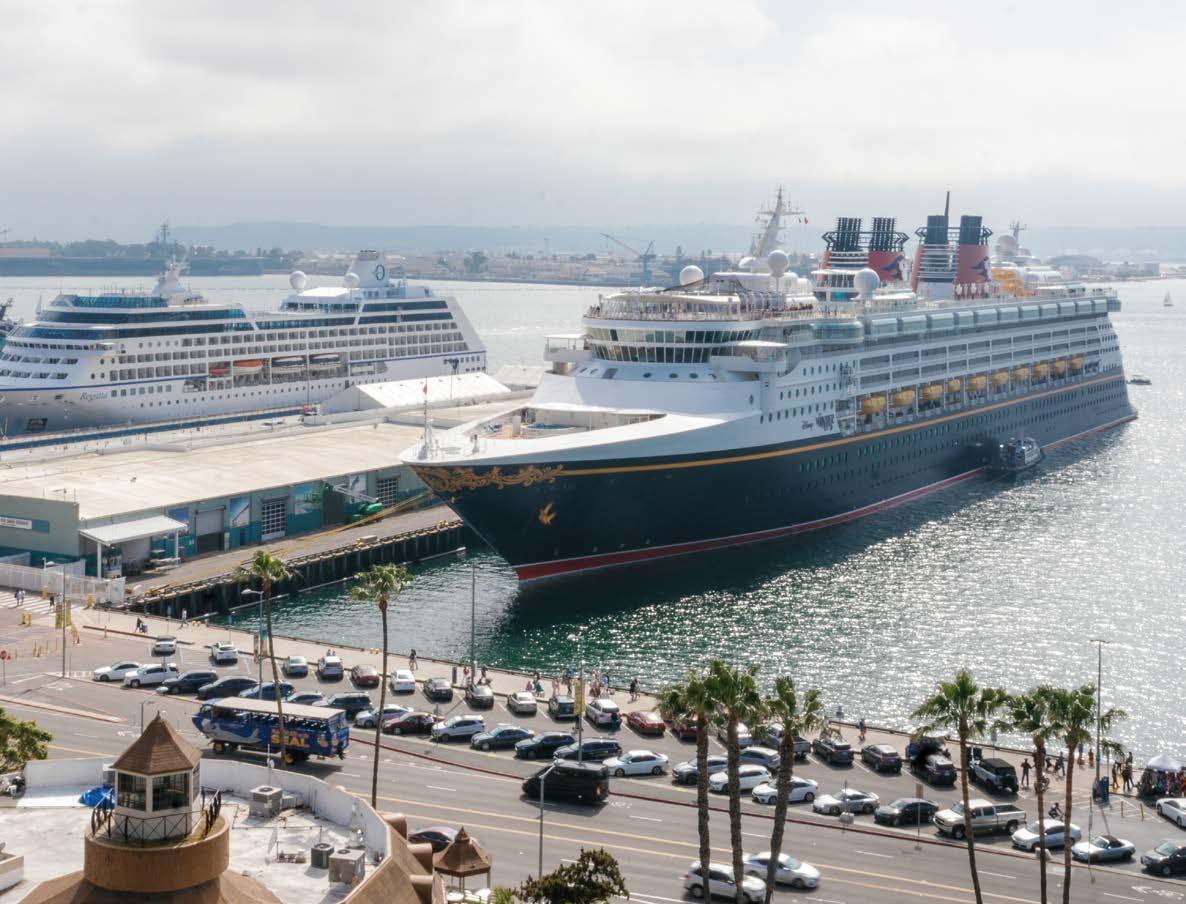
business, including helping to offload specialised cargo, supporting rail to ship transfers and aiding in the movement of project cargo. Thus, Port of San Diego is now primed with the facilities and equipment to handle cargo that was previously only handled by ports along the Gulf Coast, highlighting it as a vital hub for trade for the U.S.
Reflecting on the expansive growth of the Port in recent years, we asked Greg Borossay about the Port’s goals towards expanding its trade links across the world over the coming years. Borossay outlines that, “The Port of San Diego is looking to increase our container business in the coming years across more international markets. Now that we can handle up to 400MT lifting capacity with our new electric mobile harbour cranes, we are working to recruit a monthly or twice-monthly container service to focus on Japan and Southeast Asia.”
The Port presently has sister port relationships with Ensenada Mexico, Nanjing China, and Sasebo Japan with an intent to expand these relationships to include Korea and Vietnam. With the expansion
of the Port’s relationships across more markets around the globe, the Port looks set to grow its container business, further solidifying the Port of San Diego as a hub primed for international cargo operations.
When we last spoke to the Port of San Diego, we also heard about how one of the Port’s goals for 2025 was to expand its cruise line operations. Therefore, we were excited to speak to Joel Valenzuela, Vice President, Maritime & Operations for the Port of San Diego, about the developments of the Port’s cruise line operations. Valenzuela outlines that the Port has seen an upward trajectory in its cruise calls, and in turn, the number of passengers travelling through San Diego. However, the upcoming season looks set to be even more pivotal for the Port, as Valenzuela highlights that, “Next season (20262027), we are expecting to reach 190 calls and 800,000 passengers. It will be our biggest year since the 2007-2008 season, and it’s thanks to the addition of Norwegian Cruise Line’s homeports starting this season, as well as next season’s new
Royal Caribbean homeports plus Disney Cruise Line’s expanded service.” As the Port’s cruise services continue to expand over the coming season, Valenzuela highlights the great partnership the Port has with cruise lines and says that the Port “will be looking to continue growing with them as well as partners for needed development of our facilities to support future cruise growth.”
In Valenzuela’s comments on the expansion of the Port’s cruise services, he highlighted that Norwegian Cruise Line has added San Diego as a homeport for the first time. This addition will be vital for the Port of San Diego, with Norwegian Cruise Line expected to make 21 calls this season. In addition, Royal Caribbean will also utilise San Diego as a homeport for the 2026-2027 cruise season, expecting to make 45 calls during this period. This means that in total, the Port of San Diego is a homeport across four major cruise lines, with Norwegian Cruise Line and Royal Caribbean joining Holland America Line and Disney Cruise Line. Disney Cruise Line also recently announced that it would be expanding its service, which will see it bring two ships to San Diego during
the 2026-2027 cruise season, making an anticipated 60 calls and attracting an estimated 285,000 total passengers.
The expansion of the Port of San Diego’s cruise line business is significant because when operating as a homeport along cruise itineraries, the cruise industry brings approximately $2 million in regional economic impact, and $600,000 when a visitation port. This means that on average, San Diego’s cruise season generates anywhere between $125 and $250 million each season. In fact, according to the Port’s most recent economic impact report, in the fiscal year 2023 (FY 2023), the Port of San Diego’s cruise industry injected $184 million into San Diego County’s economy. This massive economic impact of the cruise industry highlights just how vital the expansion of the Port’s cruise line operations is for supporting the local economy in San Diego.
Across all of the Port of San Diego’s operations, sustainability remains a firm priority. A recent significant development in the Port’s sustainability initiatives is the active leadership role it has taken in its Blue Economy Incubator, as outlined
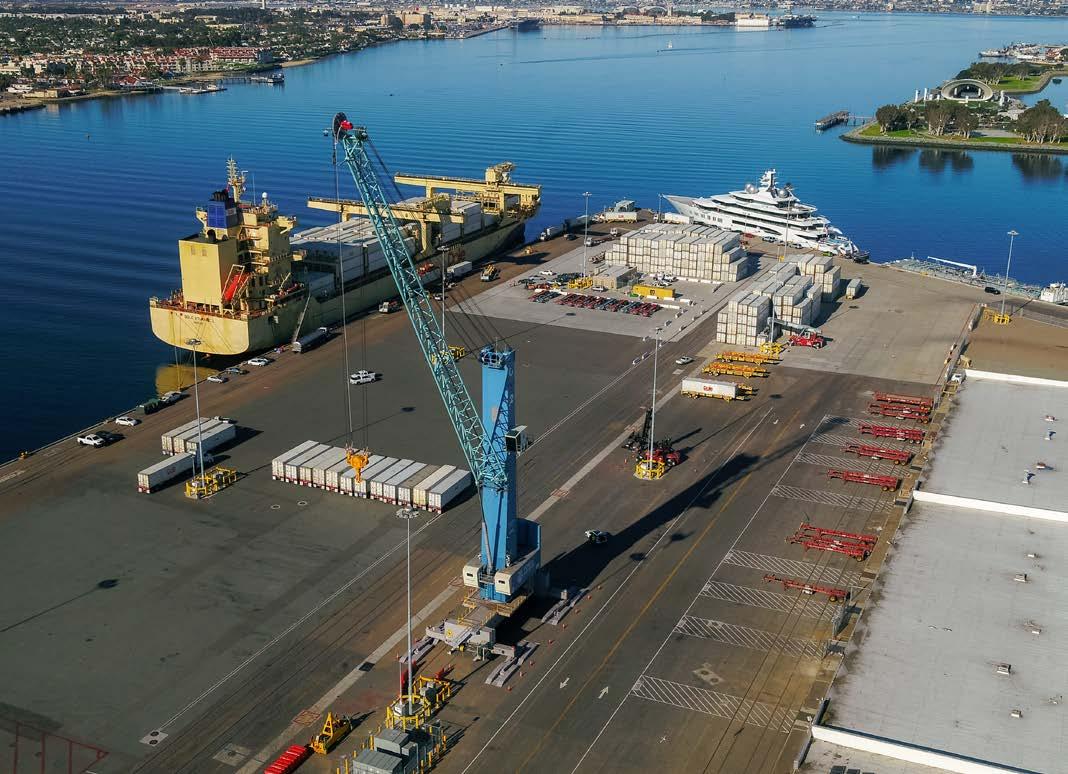
by Michael LaFleur when we spoke. LaFleur, Chief Operations Officer at the Port of San Diego, outlines that, “As part of our commitment to promote the development of a sustainable ocean economy, we established the Blue Economy Incubator in 2016. It serves as a launch pad for Port-related sustainable aquaculture and blue technology ventures.” LaFleur continued, “Through the Blue Economy Incubator, the Port is building a portfolio of new businesses and partnerships that deliver multiple social, environmental, and economic cobenefits to the Port and the region. To date, the Port has provided $2.35 million in funding to support the launch of 11 innovative pilot projects.” As we can see from LaFleur’s comments, sustainable business development remains at the heart of the Port, with its development of projects across the aquaculture, coastal resilience and maritime decarbonisation sectors designed to help reduce the environmental impact of maritime operations across San Diego.
In 2021, the Port of San Diego adopted the Maritime Clean Air Strategy (MCAS), which was designed to improve environmental and public health through cleaner air for all who live and work around San Diego Bay. LaFleur highlighted that the Port has been implementing and making significant progress across 80% of the objectives that were outlined by MCAS, delivering a notable decrease in emissions related to maritime operations. LaFleur told us that, “In recent years, the Port and our partners have committed more than $227 million toward projects including electrical infrastructure, electric cargo handling equipment and technology deployments, berth rehabilitation, and at-berth emissions reduction equipment.” This vital investment towards sustainable development across the Port’s infrastructure highlights its future-focused outlook to deliver a cleaner and more sustainable maritime sector now and for the future.
A significant site of current development of the Port is at the National City Marine Terminal, where the Port is focused on berth repairs. LaFleur outlines that the Port is working with the Oregon Shipping Group, the Port of Bellingham, MARAD and Caltrans to open a new coastal shipping corridor: the West Corridor M-5 Coastal Connector. This will allow barge transportation for building materials,
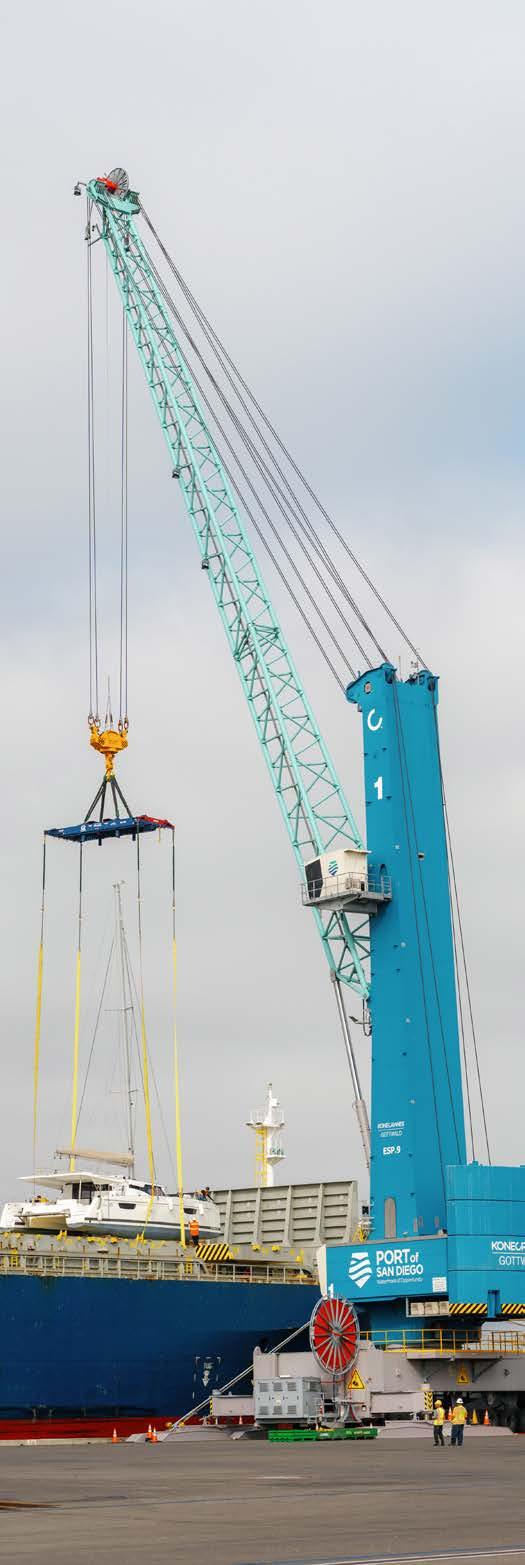
containers, and general cargo for both north and south routes. The goal of this is to provide supply chain resiliency and reduce truck trips by introducing a coastal connector. The development of the West Coast M-5 Coastal Connector is one of the major developments being carried out at the Port of San Diego as we enter 2026, in the hopes that it will provide flexibility and cost savings for domestic cargo customers and help to get more heavy-duty trucks off the road to reduce air emissions and traffic along the Interstate 5 corridor in the process.
In addition, the Tenth Avenue Marine Terminal is also being developed towards several zeroemission initiatives. These include the upgrading of the existing electrical system to support the
installation of additional shore power systems and more battery electric cargo handling equipment. The current plan is in its second phase of development, with on-terminal rail track replacement, realignment and local capacity improvements being carried out. The plan will also see seismic upgrades, concrete resurfacing, the potential for additional stormwater improvements, water and utility reconfiguration and upgrade, as well as a front gate, perimeter fence and an operations centre developed. LaFleur highlights that, “These improvements will maximise operation areas on the terminal, make cargo handling and movement more efficient, and support future charging technology for electric vehicles and equipment.” This development project is vital for the Port of San Diego as it supports its speciality
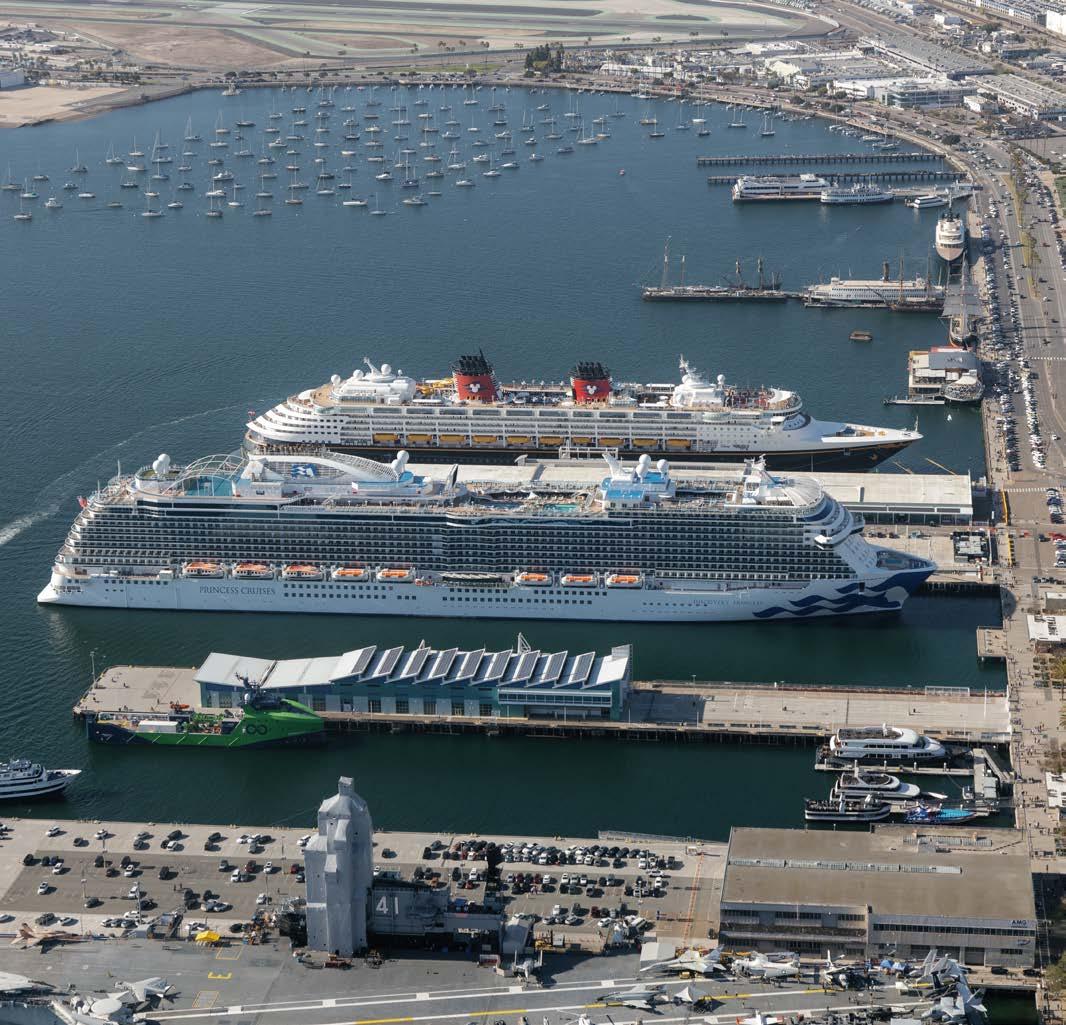
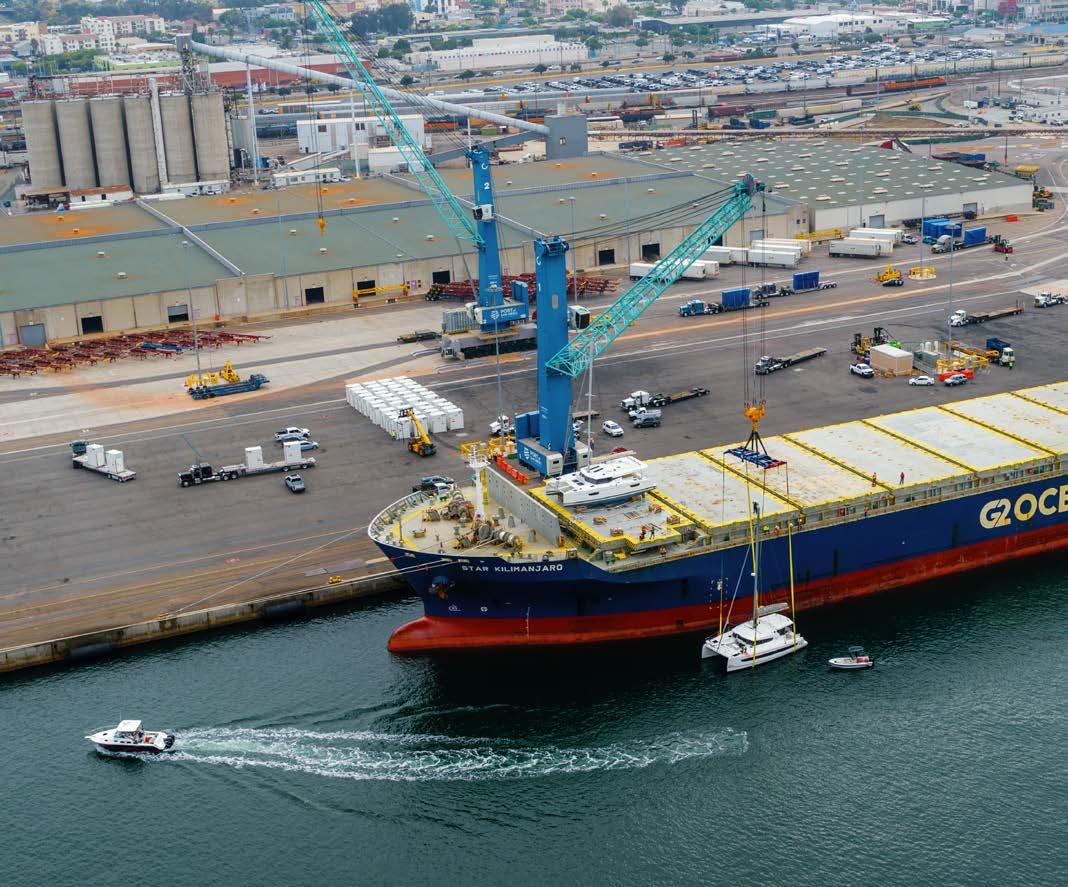
cargo advantage by providing laydown space and flexibility for project, roll-on/roll-off, and breakbulk cargo.
As the Port of San Diego looks toward the future, infrastructural development, strengthening of the Port’s cargo services and delivering additional trade routes across the globe are the central priorities of the Port. Greg Borossay outlines that the Port’s strength remains in speciality cargo, and so it will continue to prioritise and develop opportunities in the bulk and breakbulk sectors. Alongside the opening on the M-5 Coastal Connector, Borossay says the Port wants to, “further develop our bulk sector to make the Port of San Diego a premier clean bulk gateway for medium-sized export and import bulk like sugar, bauxite, sand and soda ash – something the other Southern California ports don’t have the space or operational capacity to accommodate.” Then, for global trade development, the Port hopes to continue outreach to European carriers regarding niche service potential to Asia and Europe, and extend its trade connection across the globe. With these vital developments
established to lead the Port into the coming year, the Port of San Diego continues to grow as an expansive, competitive and sustainability-focused port delivering significant economic developments for San Diego and beyond.
From all of our conversations with the Port of San Diego, development towards the future remains a key priority. With its cargo and trade business positioning the Port as a hub for cargo trade along the West Coast of the U.S., the Port is continuing to diversify its cargo operations and connect the port with more markets across the world. Alongside this, the Port is establishing a lucrative cruise line business through its partnerships with key cruise liner operators across the world. To facilitate all of this, the Port continues to expand its infrastructure, whilst remaining sustainable, and serving as a thriving hub of economic development for the San Diego region. We look forward to catching up with the Port of San Diego again soon to see how its cargo, trade and cruise line operations continue to grow over the coming years.
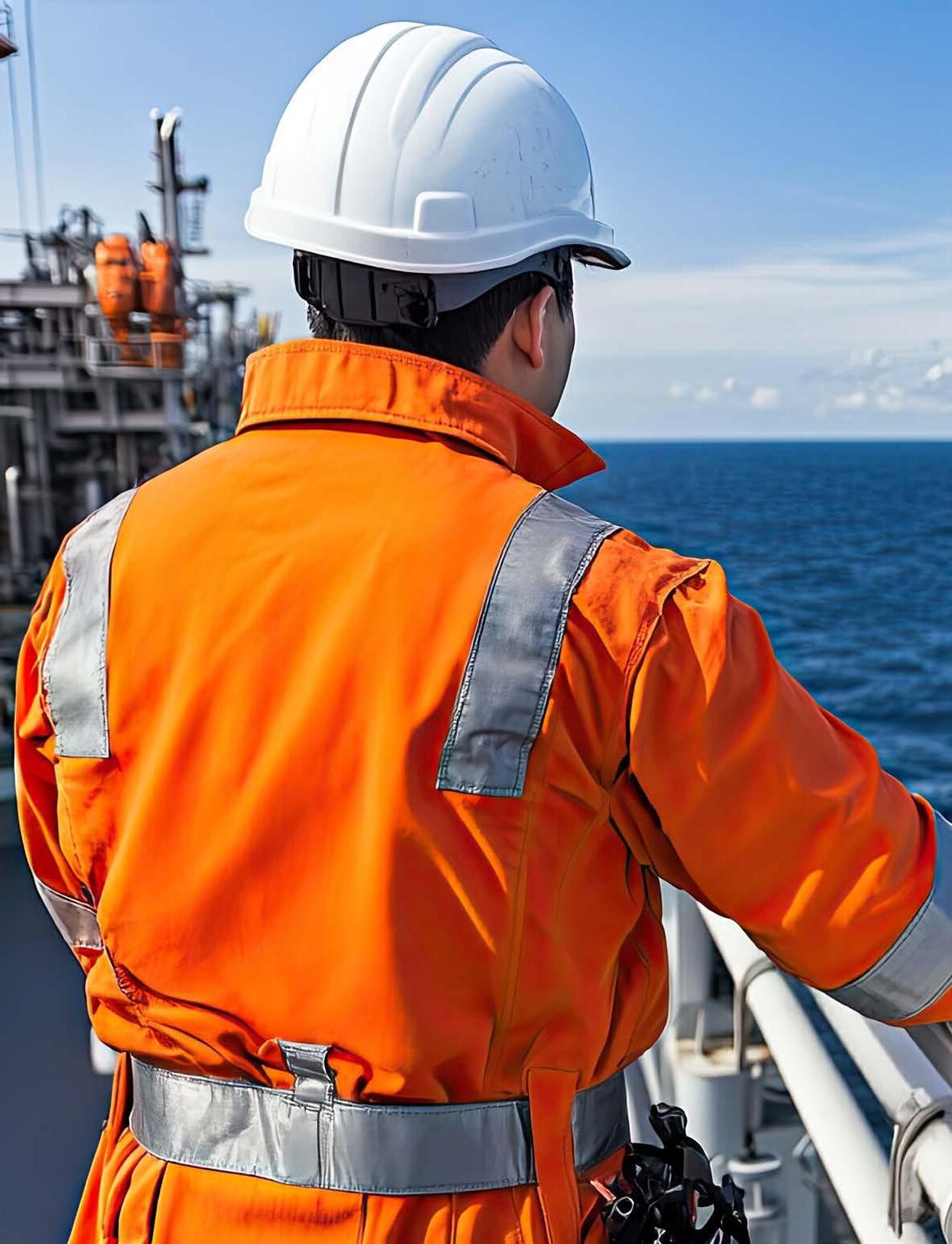
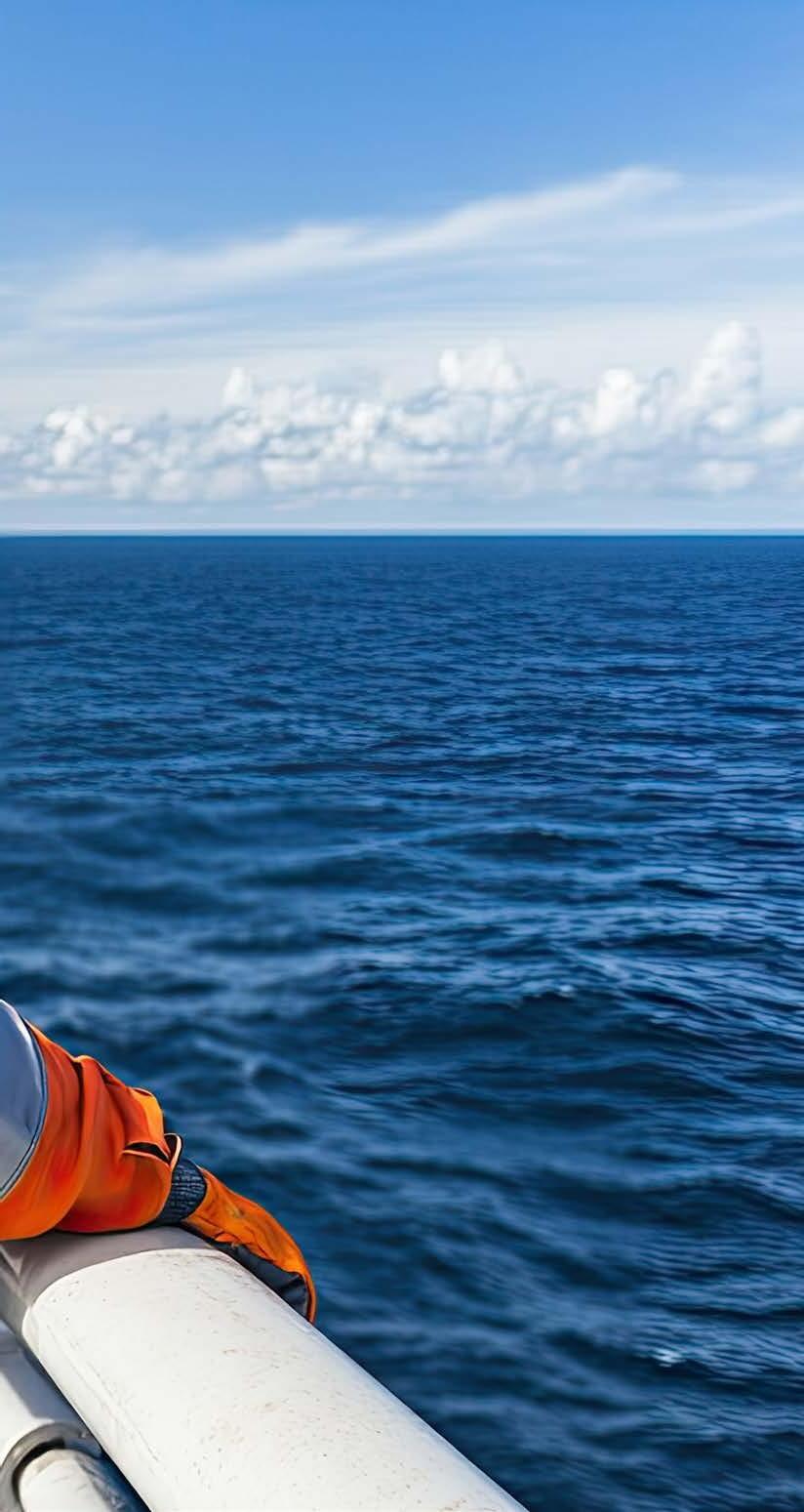
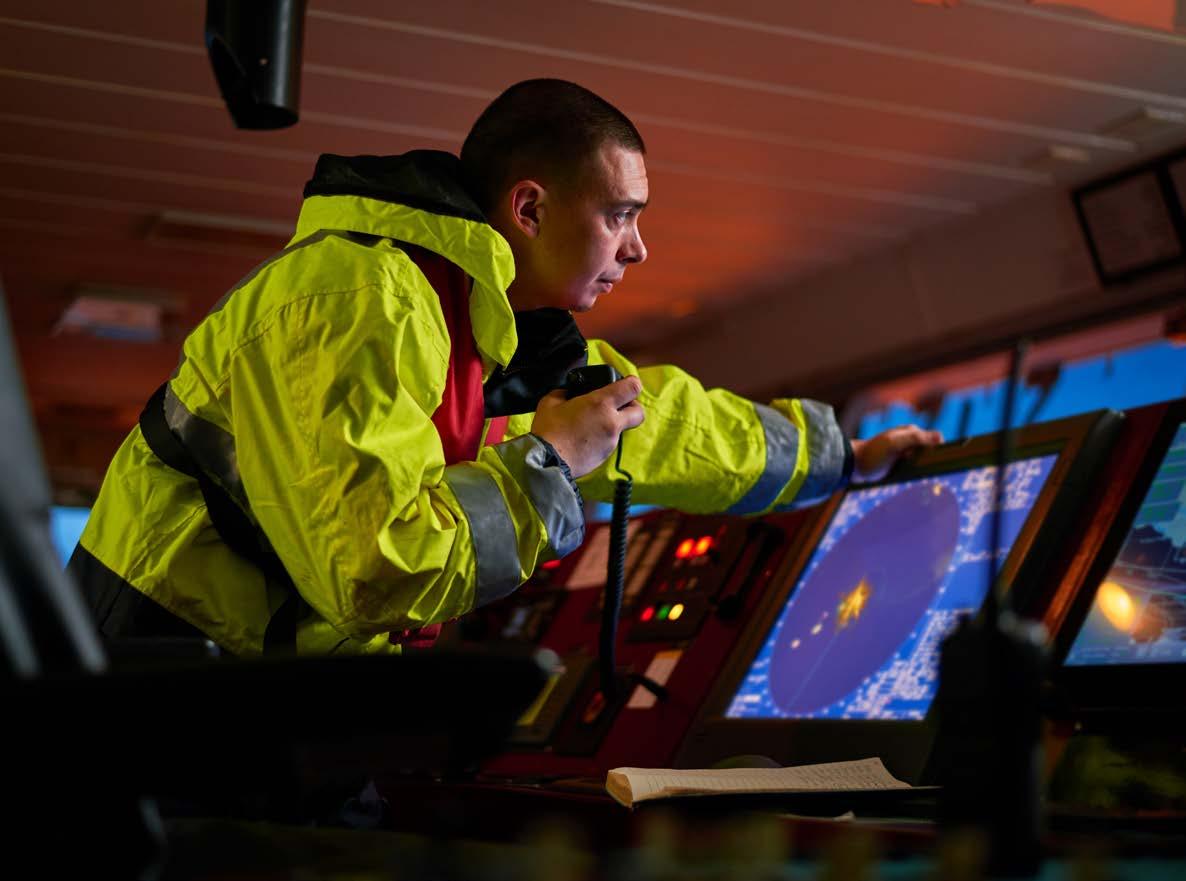
Maritime safety has never been more vital; with millions of vessels navigating the globe daily, ensuring seamless and efficient communication among these vessels remains crucial for safety, operational efficiency, and fleet management. With so many vessels communicating worldwide, mermAId, an innovative AI electronic product, was created and designed to improve inter-vessel communication. We were excited to speak with Dean Mancini, CEO and Chairman of Mermaid AI, Inc., the company behind mermAId, to see how this advanced AI product has already been making waves globally by enhancing safety and communication in the maritime sector.
MermAId originated within the US Navy, where the technology was developed following a research and development project aimed at enabling unmanned ships to autonomously communicate with manned ships over VHF radio. This program, the US Navy Unmanned Surface Vessel (USV) program, led to the development of mermAId, a sophisticated AI technology that scans all marine VHF channels simultaneously and transcribes all messages into text displayed in real time. These messages can be translated from 54 languages into English using advanced AI technology, ensuring users understand what is being communicated over the airwaves and allowing actions to be programmed based on this information.
When I spoke to Dean Mancini, CEO and Chairman of Mermaid AI, Inc., I asked him what role mermAId played in everyday maritime operations. Mancini outlined that ‘mermAId provides enhanced situational awareness to all aspects of maritime operations.
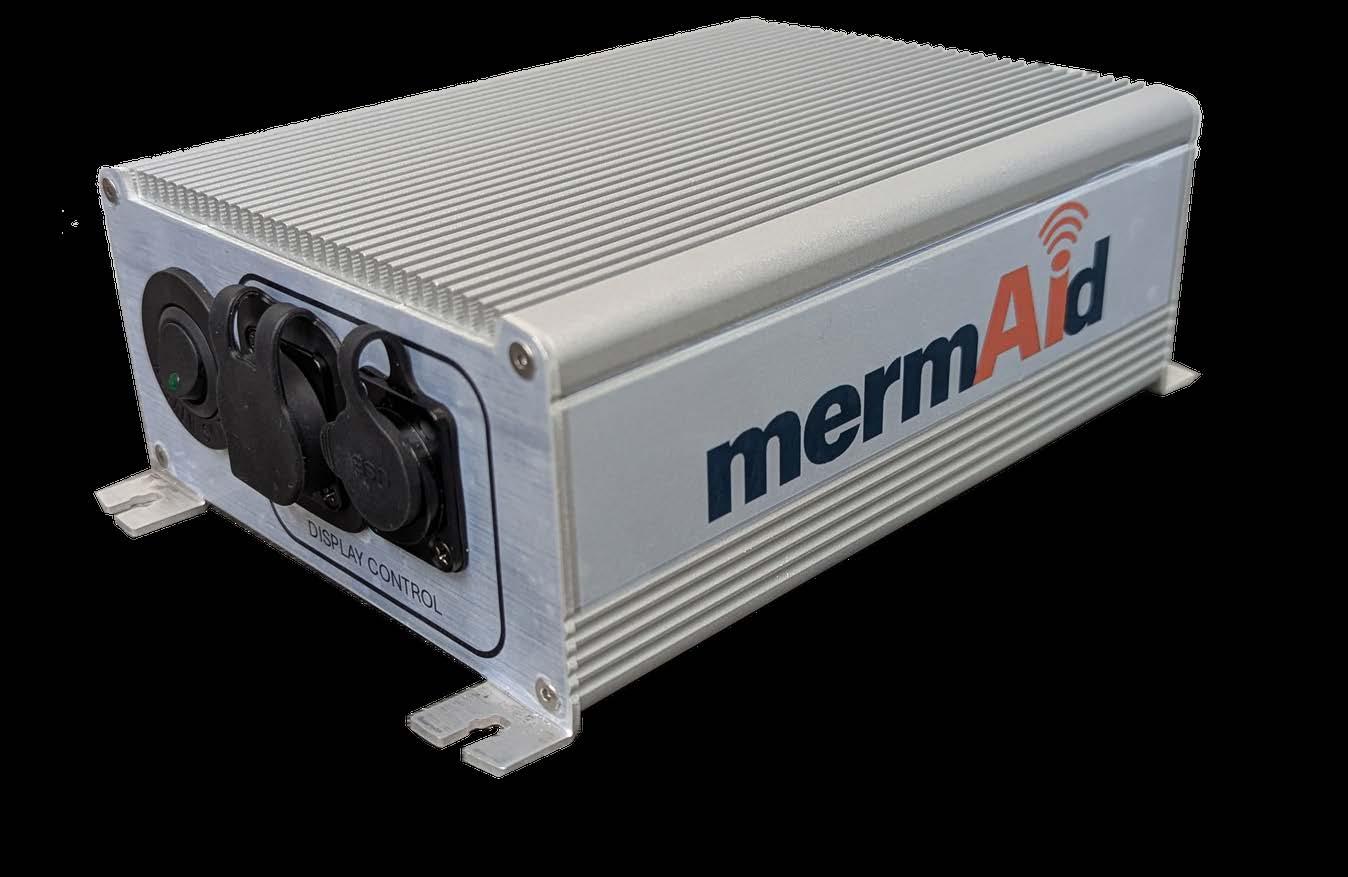
In the commercial industry, fleet managers and dispatchers can remotely monitor all communications of their vessels from land via any computer or the mermAId app on their mobile phone. They can even be alerted on their phone if one of the vessels issues a distress call.” Mancini continued, “Port and vessel traffic services and emergency personnel can have a better understanding of what is happening in their harbour by aggregating the radio traffic across all channels and can program automated alerts customised to their area of interest. If there is ever an incident, a date/time stamped log of that radio traffic, both in audio and text formats, are available to authorities and insurance companies in a searchable database online”.
Mancini’s comments here highlight just how valuable mermAId is across so many aspects of ports and harbours to enhance awareness of vessel activity, and to allow for a quick response should an emergency occur. In the event of an emergency, mermAId is an essential tool because the technology can be used to automatically alert authorities of a dangerous situation. Giving an example, Mancini outlines that “in the event of a disabled vessel that is on a collision course with a bridge, mermAId can
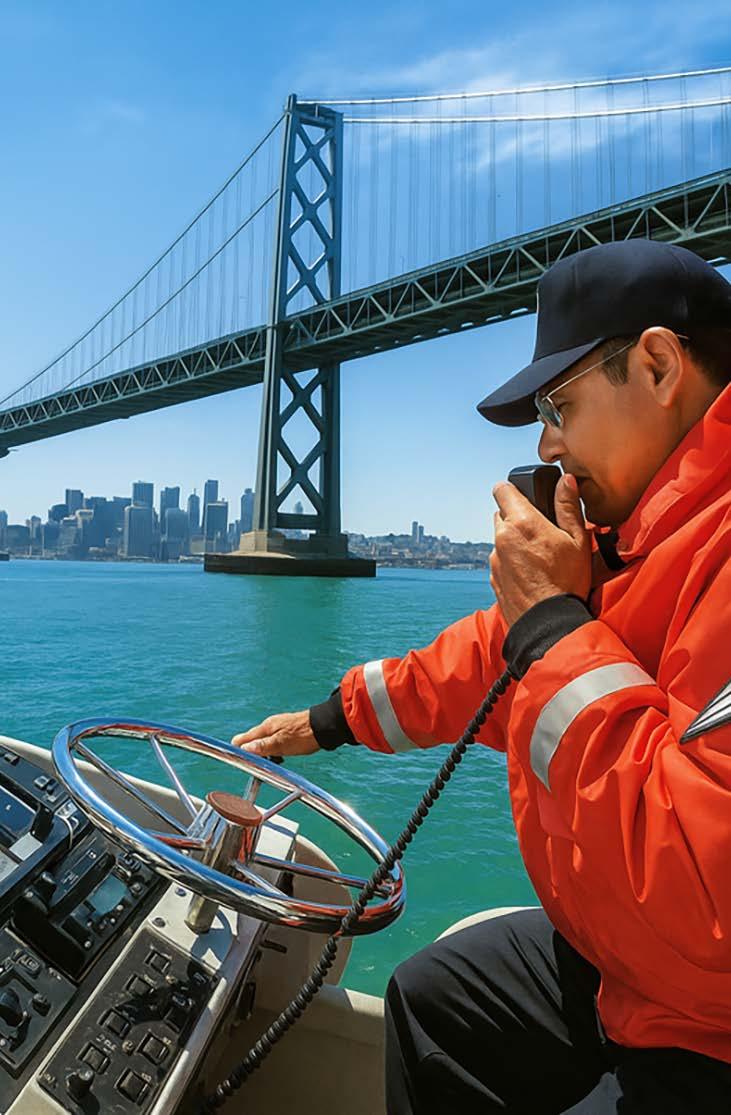
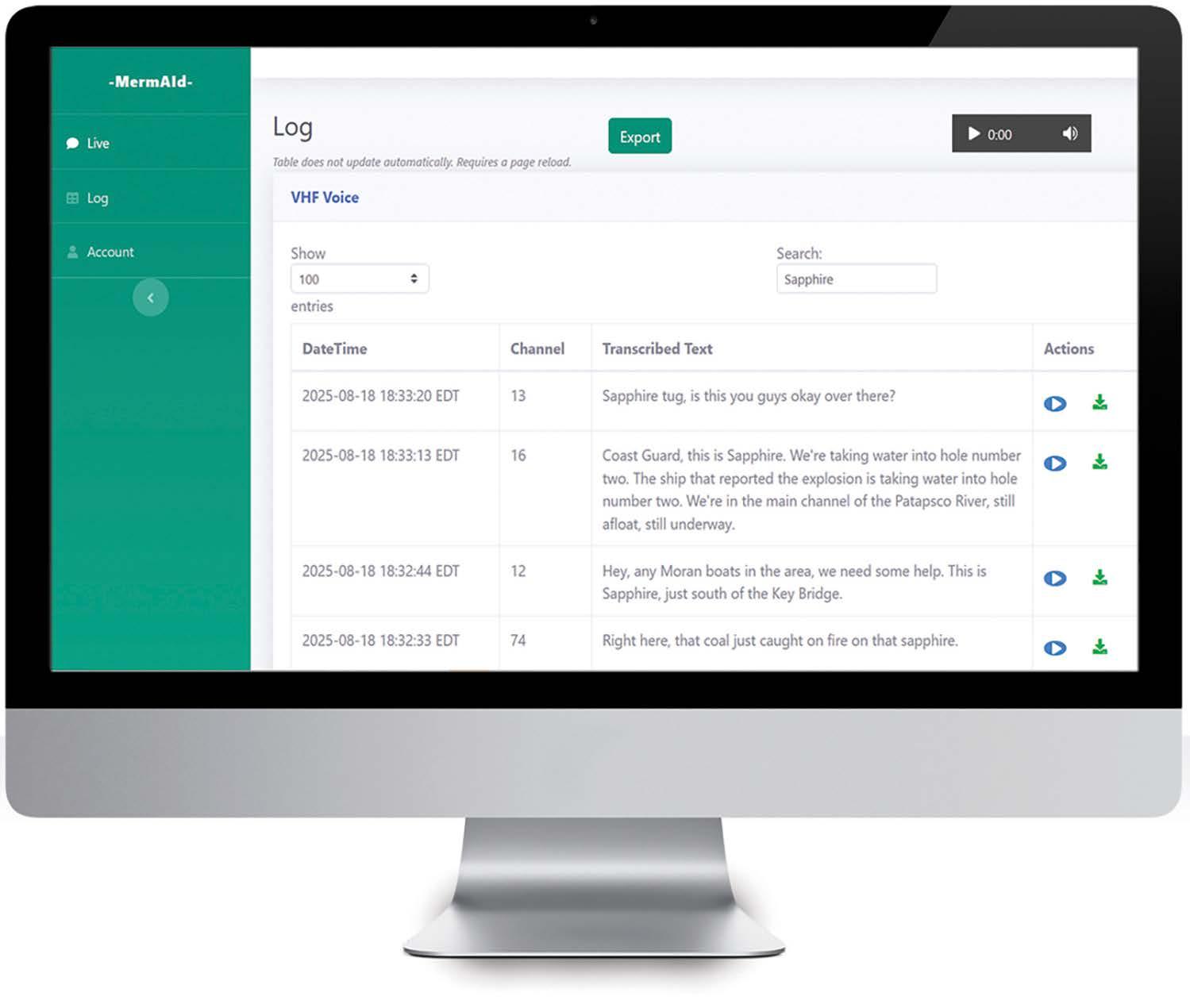
be programmed to send a text message to port authorities and police to close the bridge”. This ability to proactively respond to emergencies ensures an extra layer of safety across the maritime landscape, supported by this innovative AI product.
With so much great technology behind it, mermAId today is being utilised by the US Navy to support harbour surveillance operations. The technology stands head and shoulders above its rivals as the first of its kind, as a vital patented technology, which has proven its success with an institution such as the US Navy. In addition to the US Navy, the Port of Baltimore has been one of the most recent ports to adopt mermAId to improve safety across its harbour by rapidly disseminating critical information. The adoption of mermAId came following the collapse of the Francis Scott Key Bridge in March 2024, when a container ship struck one of the bridge’s piers. In an effort to increase safety across the Port of Baltimore, it has adopted mermAId technology to allow it to help monitor vessels across the port and prevent such events
from occurring in the future. Since it adopted mermAId, the Port of Baltimore has benefitted from enhanced port management and visibility, whilst maintaining reliable communication with all vessels travelling through Baltimore’s waters.
The company behind mermAId is Mermaid AI, Inc., with the technology having been developed by TDI Innovations Inc., part of a family of operations. TDI Technologies, and its affiliate company, TDI Novus, Inc., have been leaders in the engineering, research and design sector for the Department of Defence for over 35 years, with a central part of its research and development being focused on AI. With the increase of AI across the maritime sector, mermAId benefits from TDI’s expertise in this field to deliver greater awareness, faster and automated actions, which support increased efficiency and improved safety, whilst reducing costs in the process.
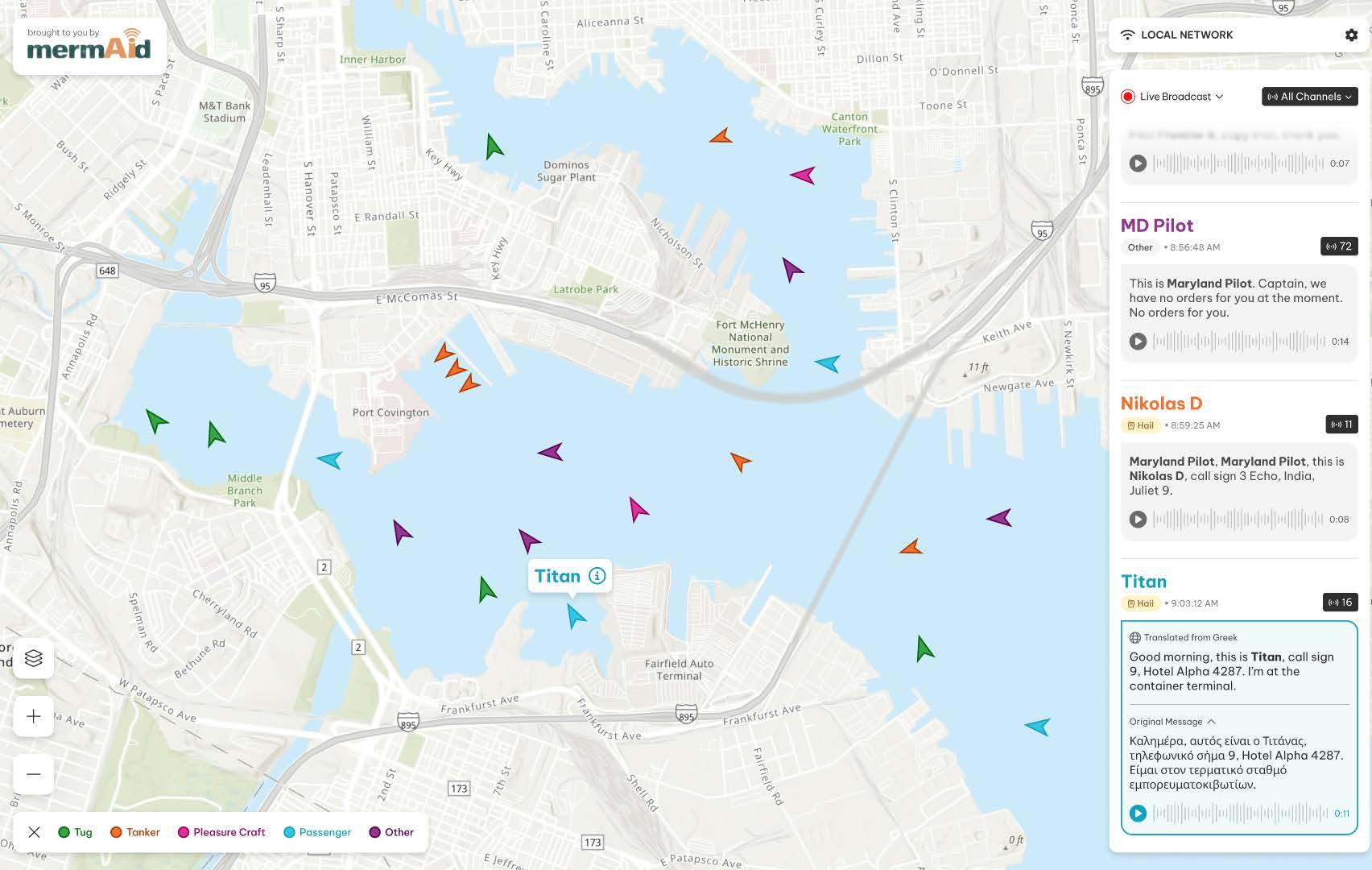
As Mermaid AI, Inc., and its mermAId technology look towards the future, I asked Mancini what the goals of mermAId technology over the coming years were. Mancini outlined that the central goals of mermAId are to transform VHF communications into a more powerful, actionable, and automated tool to improve safety and awareness in the maritime community. As the company moves towards this goal, mermAId technology has continued to be piloted with several of the largest tug companies in the inland waterways sector to monitor their vessel operations and assist with dispatch operations. Mancini outlined that the company is “developing a version 2.0 of our software which will include a map view to show vessels which are associated with radio transmissions, as well as a new mobile app to allow for remote monitoring and notification anywhere in the world”.
With this development, Mancini hopes to see mermAID being utilised across ships and harbours worldwide. For Mancini, “There is a multitude of communication being used out there and the technology in mermAId will allow us to unlock and fully utilise all that information. I believe it will ultimately save lives and being a part of that is
hugely fulfilling to me on a personal level”. Mancini’s comments here highlight that mermAId is not just technology to enhance fleet communication, but in the long term, it is a vital tool that will improve safety and save lives in the future. With safety being such a crucial aspect of maritime operations, the development of AI-powered technology such as mermAId that can improve awareness, communication, and emergency alerting will help to shape the future of ports and harbours worldwide. We look forward to catching up with Dean Mancini again soon to see how more stakeholders in the maritime sector continue to adopt the company’s mermAId technology to improve communication and safety in their ports and harbours.
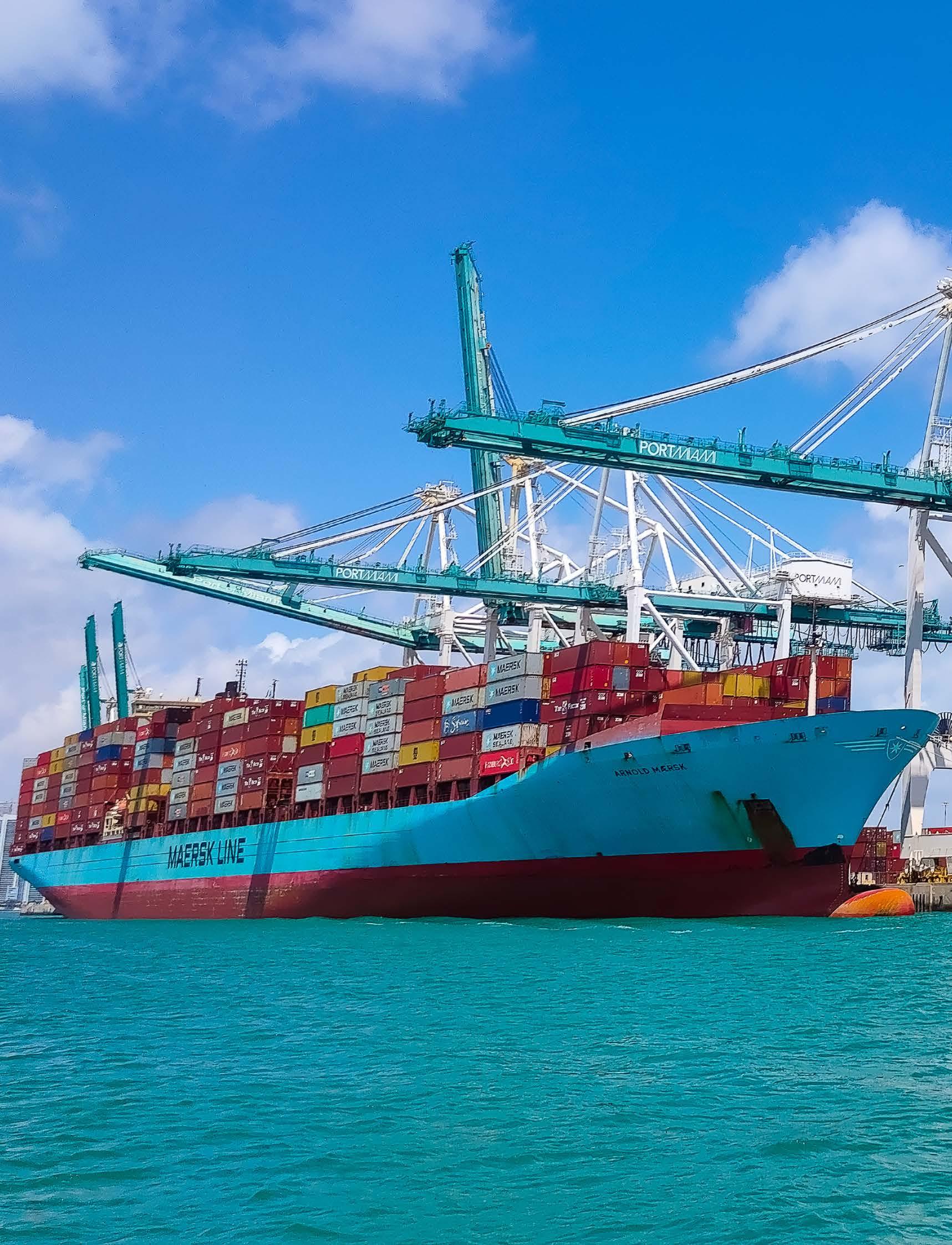
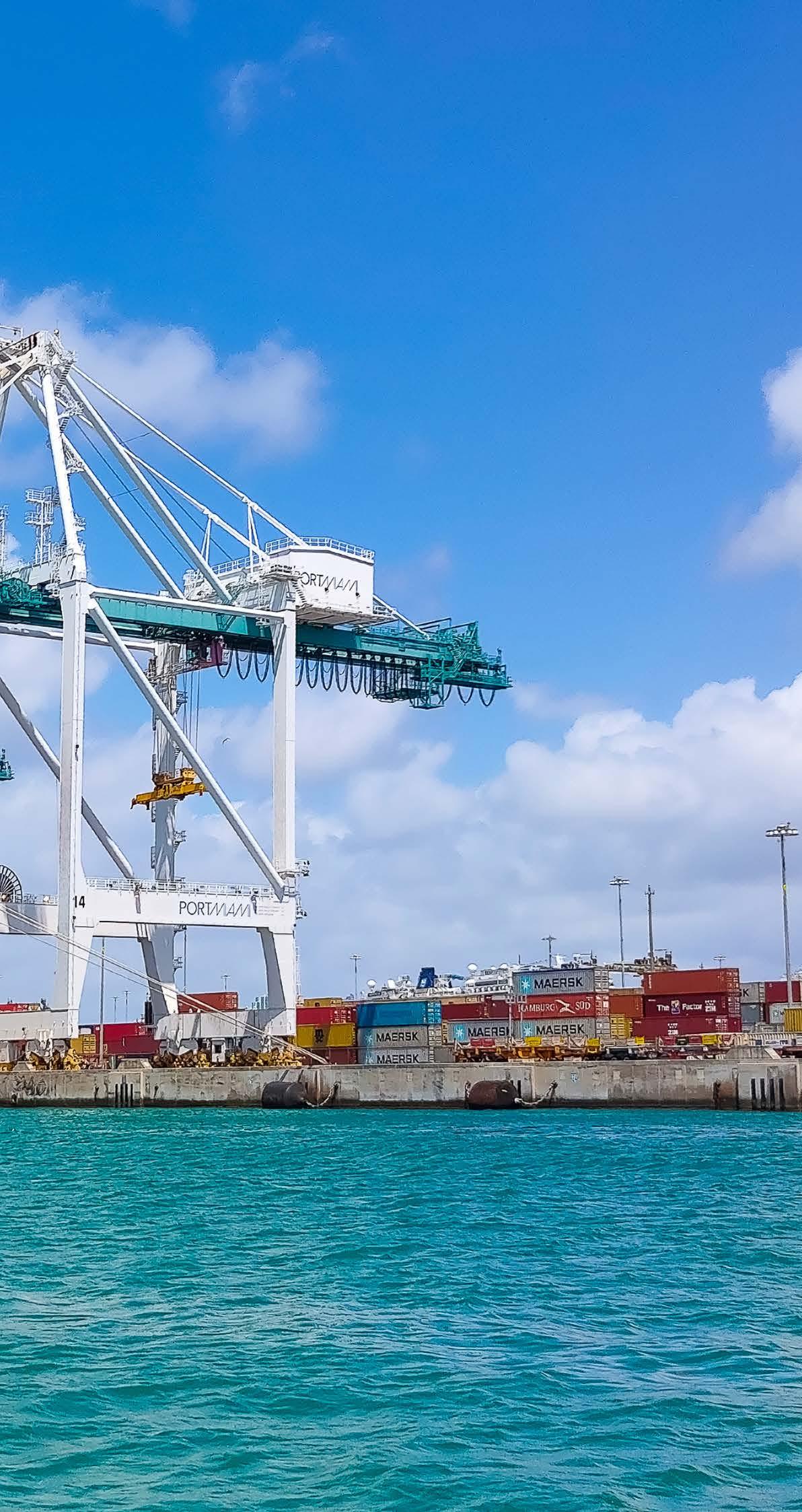
Across the global shipping industry, A.P. Møller – Mærsk (Maersk) is likely to be a name you are very familiar with, especially for its integrated transport and logistics services across the world. The company, a global leader in logistics services, today operates across more than 130 countries worldwide, supported by approximately 100,000 employees across the globe. With such a vast array of experience behind the company, it is no surprise that companies across the world choose to move their products with Maersk, knowing each and every delivery is supported by their full sea and inland transportation service. Across these services, Maersk ensures that no matter the cargo or destination, the company is committed to getting its customers’ products where they need to be – and in a cost-effective and timely manner. For North America, Maersk brings its expertise together to deliver full inland services that ensure cargo can smoothly travel across the region and onto key trading markets through its transportation routes.
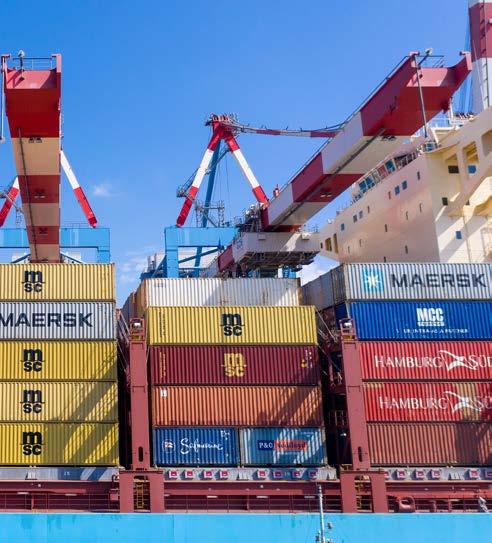
Across North America, Maersk is committed to delivering well-connected, agile and reliable logistical solutions supported by its global network. In North America, there is a wealth of commodities being shipped locally across the region, as well as overseas to partners in places such as Europe. For Canada specifically, mining and technological development are at the forefront of the country’s development, and so these resources are vital for exporting within and across the country. These materials can include things such as fuel, vehicles, and machinery, which play a valuable role in supporting the economy of Canada. The United States of America (USA) sees a similar array of products shipping to and from its shores, with vehicles, electrical machinery, and even petroleum and gas products making up its key shipped commodities. Across Mexico and the rest of North America, items such as manufactured goods, electronic components, fuels and other energy products lead its import and export operations. Therefore, with such a wealth of products being shipped both within and from North America, it’s no surprise that Maersk is relied upon heavily for its services spanning across the region.
Across North America, Maersk offers regulated shipping services across many major ports. For Canada specifically, Maersk offers regular shipping services across its ports spanning both the east and west coasts, including services to the Port of Montreal, Port of Prince Rupert, Port of Halifax, Port of Surrey and Port of Vancouver. In the USA, Maersk calls at ports along the entire coastline, including large-scale ports such as Port of Los Angeles, Port of New York, Port of Savannah and Port of Seattle – to name just a few. In Mexico, Maersk serves the likes of Port Altamira, Port Lazaro Cardenas, Port of Manzanillo, Port Progreso and Port Veracruz with shipping services. Across these ports, customers gain access to Maersk’s international ocean fleet, which ensures that all shipping operations from North America can reach global markets more easily.
One of the things that separates Maersk from its competitors is its international network, which is committed to delivering effective solutions that extend beyond the ports. Once cargoes reach end
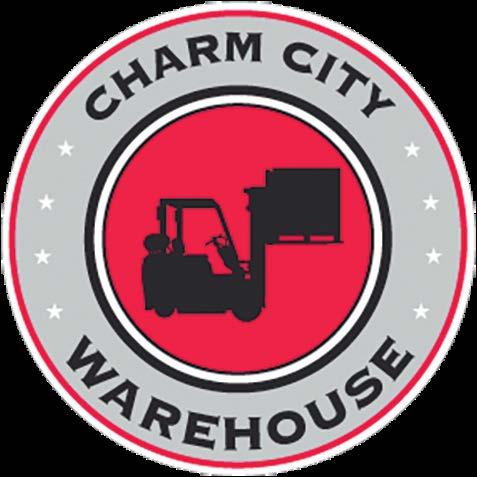
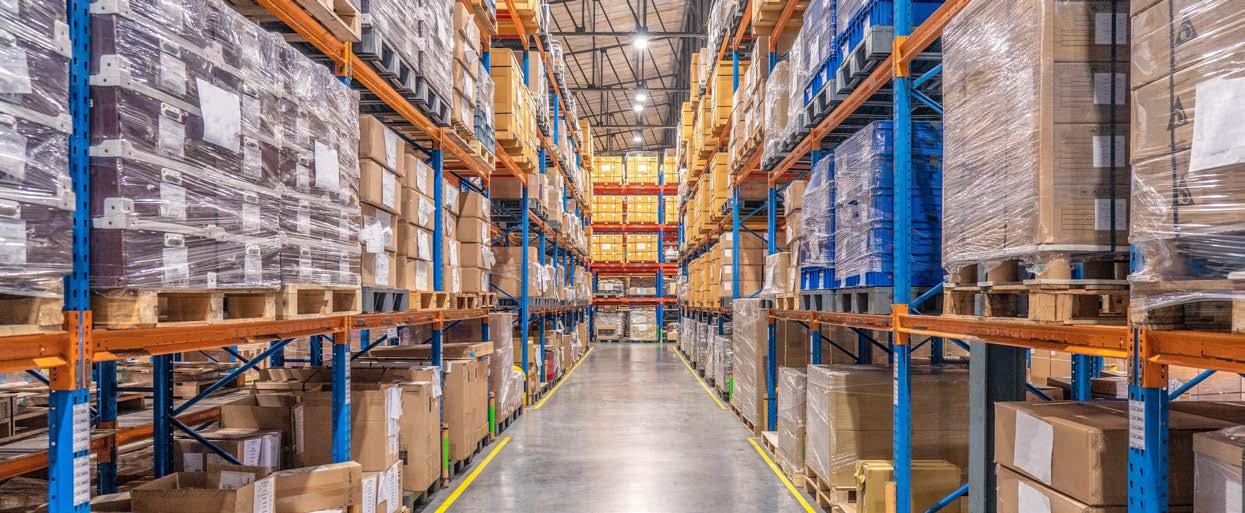
Putting the customer first is why we are a leader in third-party logistics with over one million square feet of modern storage across the Baltimore–Washington corridor. From freight handling to inventory management, our hands-on team delivers safe, efficient, and cost-effective solutions tailored to your business. Conveniently located near the Port of Baltimore, we keep your operations running smoothly — on time, every time.
Reliable. Responsive. Ready to Deliver.
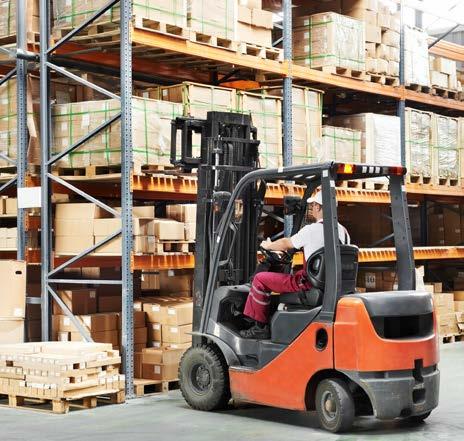
For convenient, cost effective storage needs visit charmcitywarehouse.com
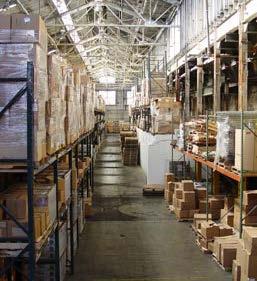
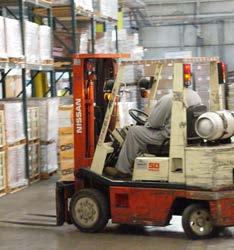
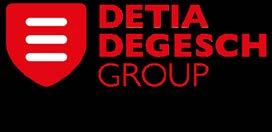
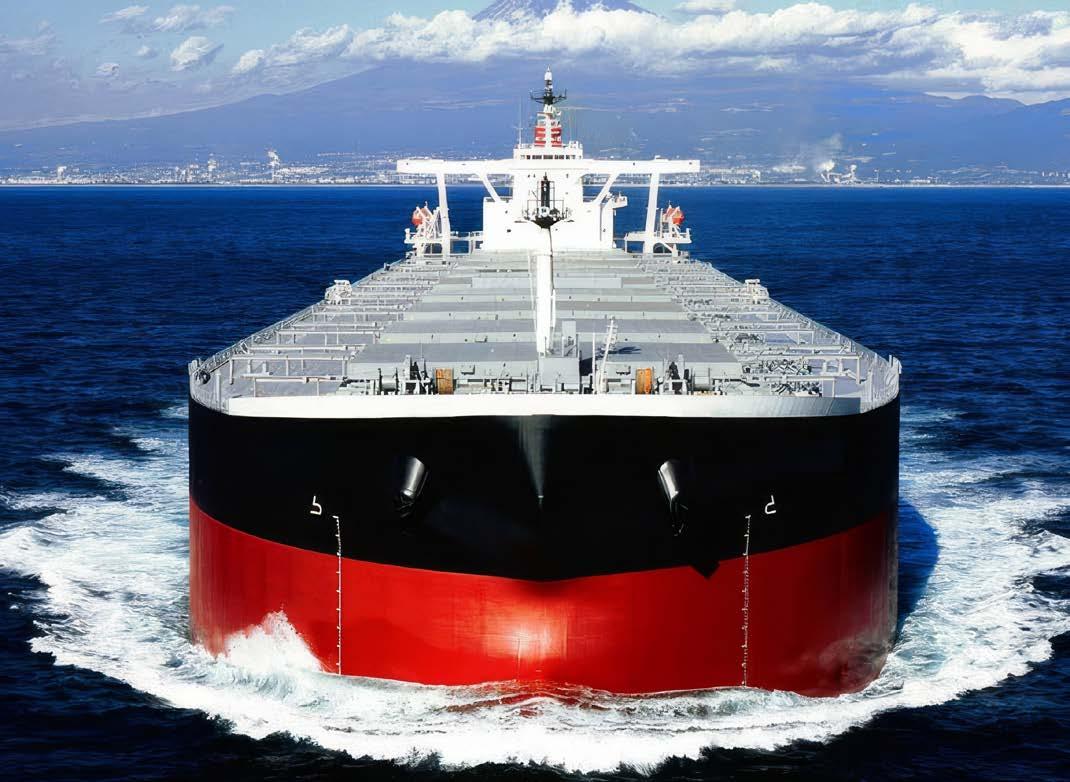

As part of the global Detia-Degesch Group, Degesch Canada delivers safe and effective pest management solutions while ensuring compliance with all international and national regulations and requirements. Trust our expert fumigation services to protect your intransit bulk vessel agricommodities, containers, and machinery shipments—ensuring safety, cargo quality, and regulatory adherence.
Ship with confidence—trust Degesch Canada: Care. Protection. Quality.
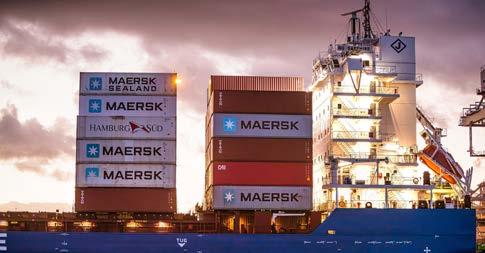
ports, both across North America for imports, or across the world as exports, Maersk provides fullinland services, which help to move the cargo from end ports to its end markets. It achieves this through its own transportation fleet supported by local transportation companies that help move cargo across roadways, railways and inland waterways.
Many of the countries operating under Maersk in North America are vital trade partners, with Canada, the USA and Mexico playing a vital role in each other’s import and export markets. Across these markets, Maersk delivers its expertise to streamline supply chains to help get cargo from manufacturers to end markets much quicker. Across all of these services, Maersk is committed to delivering a full inland service, which ensures that whether travelling by sea, road, railway or barge, its customers’ supply chains are continually supported by its fleet and global network of expertise.
When dealing with such a diverse array of cargoes across North America, Maersk is committed to delivering the perfect shipping solutions that meet the needs of each cargo. This can include break bulk or refrigerated items, all of which require specific shipping needs, and it is these cargospecific requirements that Maersk thrives on

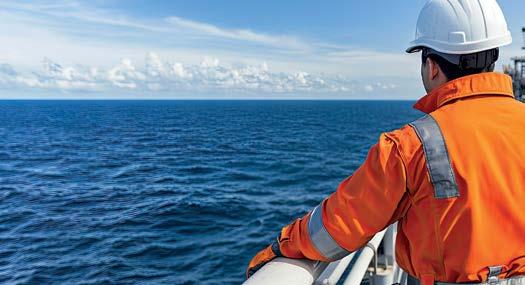
MermAId transforms marine VHF communications with intelligent alerting, real-time transcription, and translation. Never miss an emergency call or navigation update again—boosting safety, efficiency, and awareness on the water.
MermAId – Smarter Marine Communication.
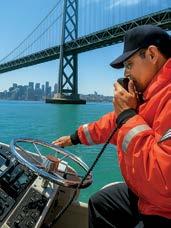
providing. A great example of this is across Maersk’s operations in Mexico, where it provides specialised refrigerated cargo services which ensure produce and temperature-controlled items arrive in perfect condition. This attention to detail helps Maersk support North American supply chains by providing a cost-effective and reliable service that meets the exact needs of each cargo. However, this seamless movement of cargo wouldn’t be possible without Maersk’s network of local suppliers to help provide complete and integrated supply chain logistical solutions that cover cargo from the start to the end of its journey.
In July, Maersk released its North American Market Update, which outlined that the shipping links between Europe and North America have remained strong, whilst shipping between the Indian Subcontinent, the Middle East and Africa to North America is beginning to enter peak season. The demand for shipping between North America and West Africa remains firm, with garment and coffee volume expected to rise between North America and East Africa. In terms of shipping between Asia-Pacific and North America, Maersk outlines that trans-Pacific import demand increased in June. To meet the demand, Maersk
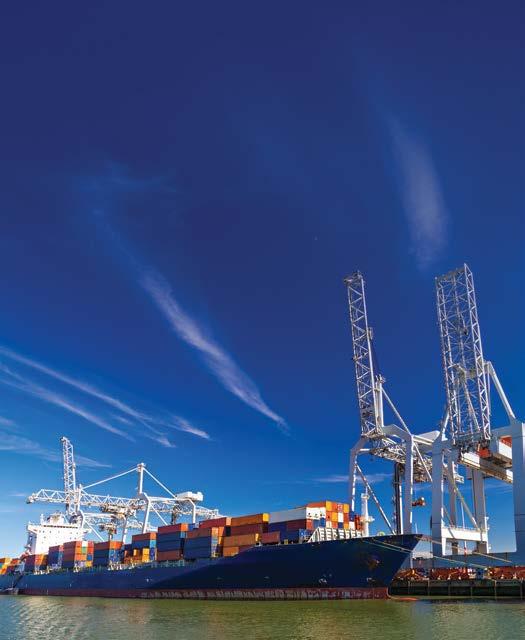
have reinstated its vessel capacity that has previously been downsized. The larger capacity should help meet the growing demand. These market updates remain vital to helping Maersk stay ahead of the game in delivering the best shipping facilities possible, which meet and expand its offerings based on demand. This ability to stay on top of current and predicted cargo demands helps Maersk remain a leader in the industry, set on delivering its customers’ supply chains in the most effective way possible.
Across Maersk, there is a firm commitment to simplifying global logistics to help connect key markets and, through this, deliver an integrated world where shipping and logistics solutions like we have seen across North America can connect the whole way round. As the company looks towards the future, we look forward to seeing how it continues to enhance the shipping and logistics sector of North America, whilst working to continually build its network spanning all corners of the globe. With such a wealth of expertise behind it, it’s no surprise that Maersk is a leading shipping and logistics provider for North America and its customers’ supply chains.
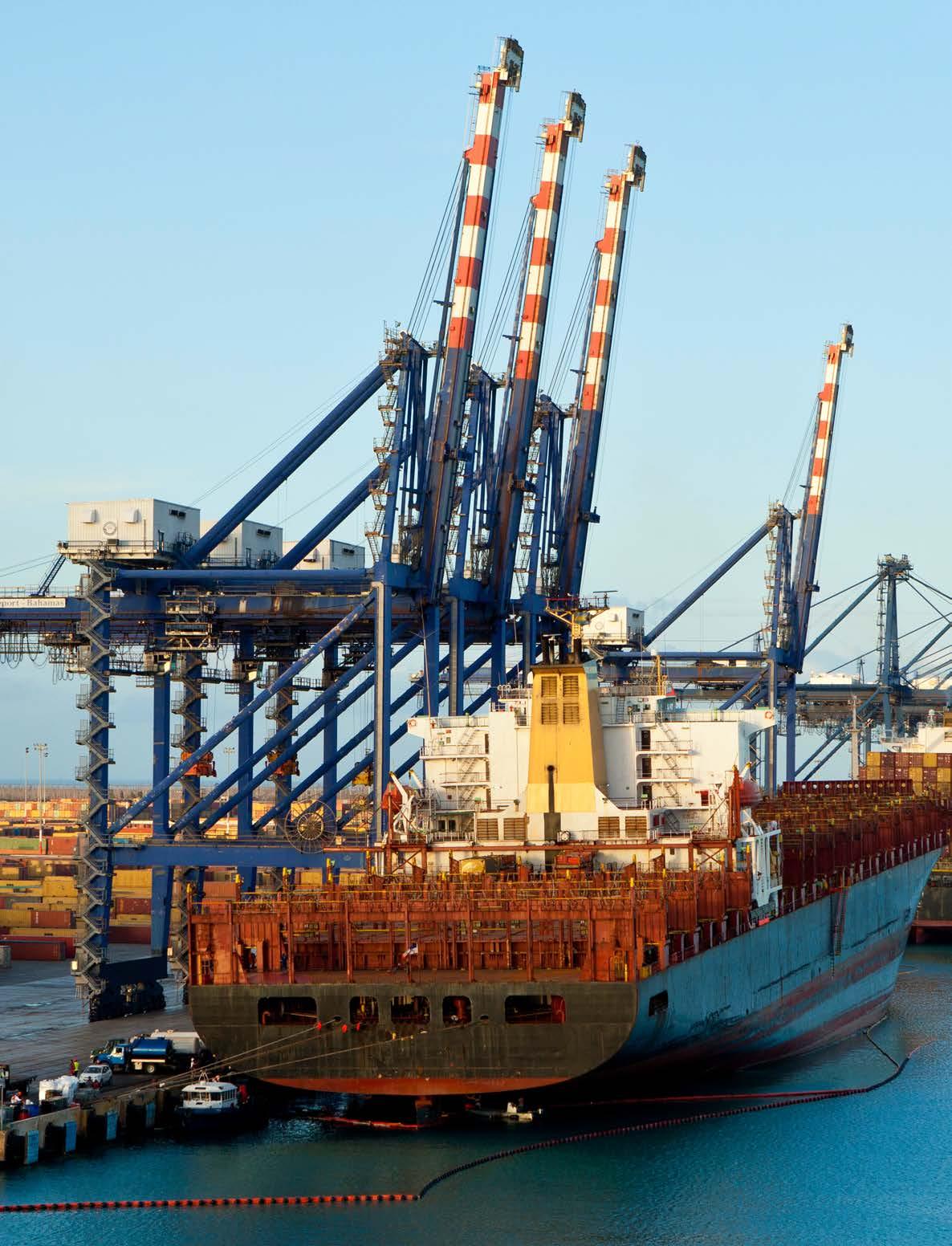
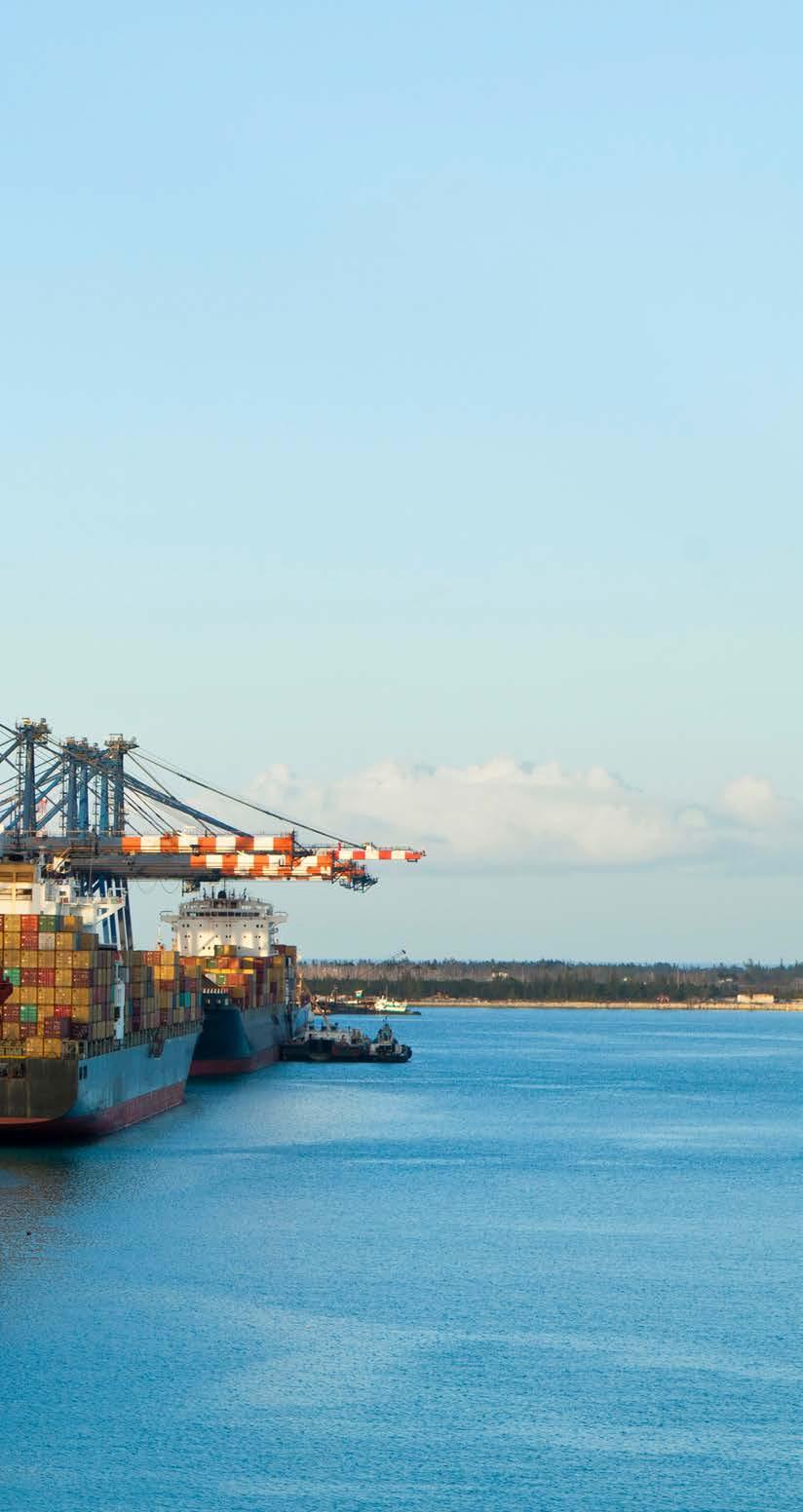
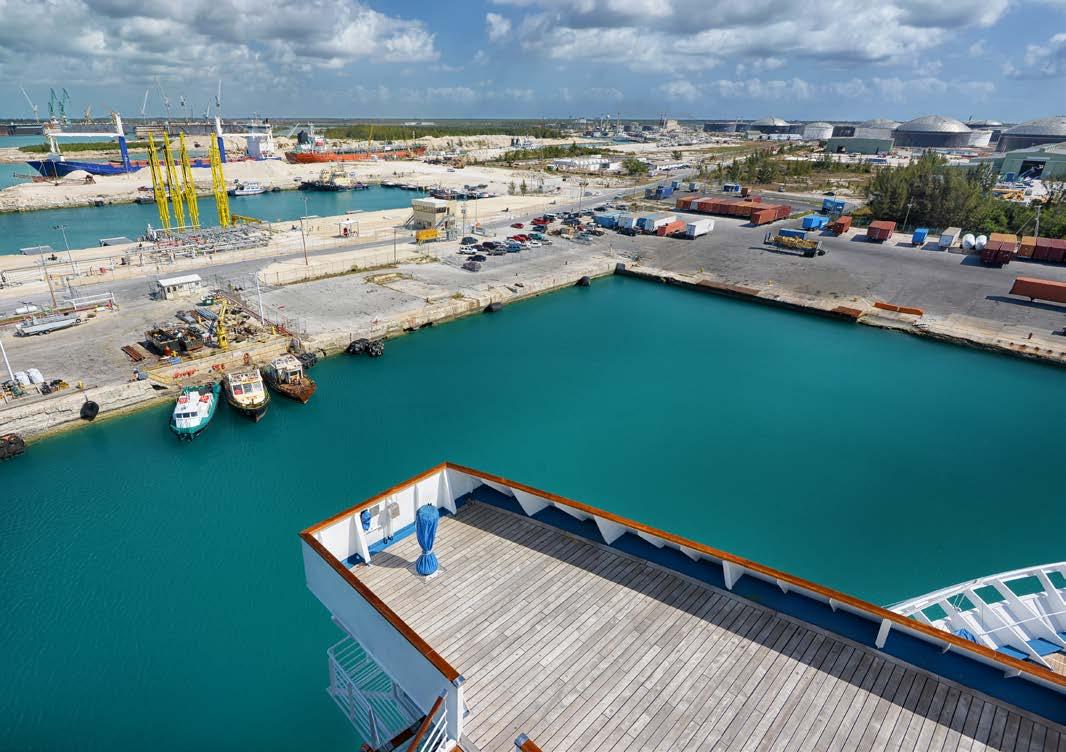
Located just 93 nautical miles from the Florida coastline, Grand Bahama Shipyard Limited (GBSL) sits primed to deliver world-class ship repair services to vessels travelling across the major routes extending along the U.S. eastern seaboard and the Caribbean. From this pivotal location, Grand Bahama Shipyard is ready to provide a range of repair, refit, refurbish and revitalisation projects to deliver satisfaction for its customers and keep the vessels of the world safe, operational and ready to meet their transportation needs.
For over 25 years, GBSL has been delivering vital repair and refurbishment operations from Grand Bahama in the heart of the Caribbean. The mission of GBSL is to repair and revitalise all types of ships and marine assets safely and to the complete satisfaction of all its stakeholders, whilst protecting the environment. To achieve this, GBSL has a 35,000 sq. ft. workshop based in Freeport, where it provides its services. The shipyard has been developed with a deep-water pier designed to service deep draft vessels ranging up to 300m in length, as well as underwater propulsion systems supported by the pier’s 14m draft.
A few years before the shipyard was built, the Freeport Container Port was opened in Grand Bahama, which provided shipping services across the region. Thus, the need for a shipyard was essential to service these vessels and keep supply chains moving. Therefore, the Grand Bahama Shipyard was built in 1999 as part of a larger plan to develop the maritime operations of the island. Today, Freeport Container Port is capable of handling the largest container vessel in the world and serves as a major world container transhipment hub located between the Eastern Gulf Coast and the US. This provides the port with vital access to shipping lines travelling across the Gulf of Mexico, the Caribbean, and South America, as well as for trade lanes reaching Europe, the Mediterranean,
the Far East and Australia. Thus, with the Freeport Container Port being such a vital hub for shipping in the region, the need for a shipyard that can continue to provide repairs, refurbishment and revitalisation services is essential to help support the vessels traversing these waters. Therefore, GBSL is utilising its expertise in the ship repair world and its vital location to deliver world-class services with the central vision to be the shipyard of choice for customers along the U.S. Eastern seaboard and the Caribbean.
GBSL’s services span from dry docking and afloat repairs to project planning, fabrication and mechanical services. GBSL has floating dry docks, a pier and a wharf, all of which are certified and maintained to ABS certification regulations. Across its dry docks, GBSL has a 92% annual occupancy rate, serving 100 cruise and commercial vessels every year. These vessels are serviced by GBSL’s fabrication team, who are the most experienced zipod repair team in the world. This team are responsible for thruster repairs, which can be conducted in drydock and underwater, as well as delivering overhauls of engines, pumps and valves on site. Furthermore,
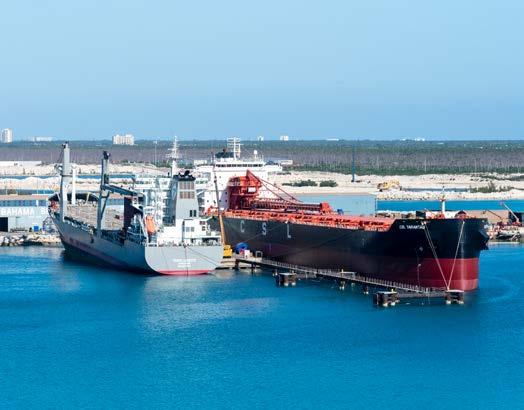
GBSL has a range of certified mechanics and pipe welders that are delivering vital mechanical and pipe work to vessels. In addition, GBSL also provide hull treatment, electric services, and tank clearing operations. These operations ensure that every aspect of vessel repair and redevelopment can be carried out by GBSL’s teams, and thus the shipyard is now a key hub for vessels seeking repair or refurbishment services along these routes. With the shipyard being located so close to the Freeport Container Port, GBSL also deliver materials handling and brokerage services due to its unique



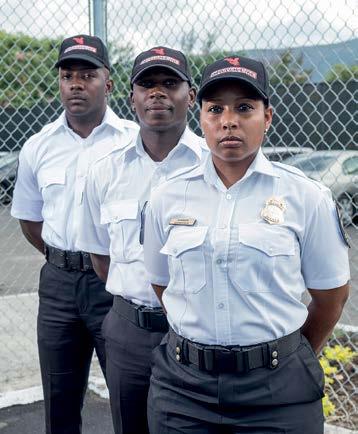

Lynx Marine Services is a young and ambitious organization that operates in The Bahamas and the Caribbean dedicated to providing efficient technical solutions to clients. We possess a team of captains, engineers and technicians with over 30 years of experience in the maritime industry. Lynx is a mechanical and marine engineering services and repair company that specializes in engineering project management, hydraulics repairs, diesel generator maintenance and vessel repair. We also offer condition monitoring services such as engine oil, gear oil and hydraulic oil analysis.
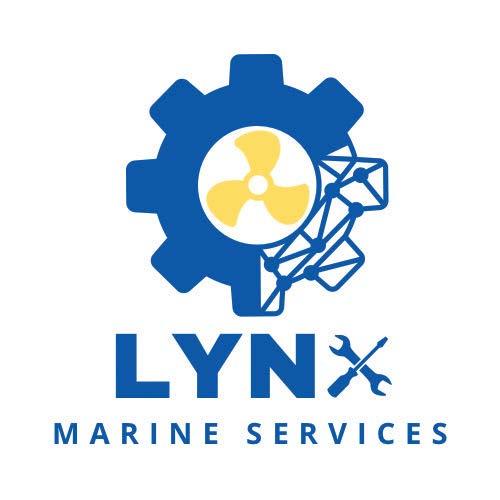
position on an island. This means that GBSL can deliver customs clearing and brokerage services for equipment and materials that are needed for work at the shipyard. However, all of its development work and its brokerage services wouldn’t be possible without the help of GBSL’s suppliers. GBSL believes that strong and resilient supplier relationships are essential to helping the shipyard meet the needs and expectations of its customers by focusing on procuring products and services globally from suppliers. These supplies share GBSL’s same commitment to quality, safety, innovation and customer satisfaction. Therefore, GBSL can work with its suppliers to create value by ensuring that materials are of the right quality, are delivered on time, and at the lowest total cost possible. Thus, GBSL can bring the best of the best across the ship repair and materials networks to deliver the shipyard as a hub for vessel works supported by the best practices in the industry.
In April, GBSL announced a significant development for the shipyard, as it reported the first of its new docks was nearing completion and is
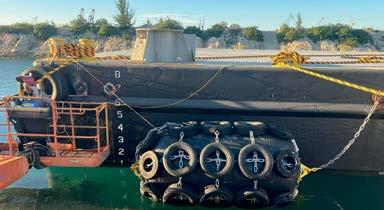
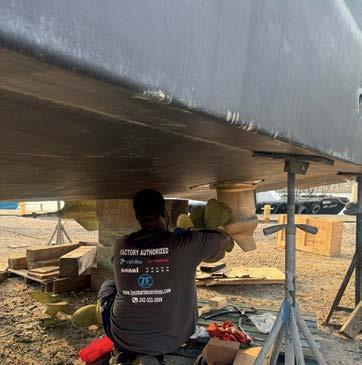
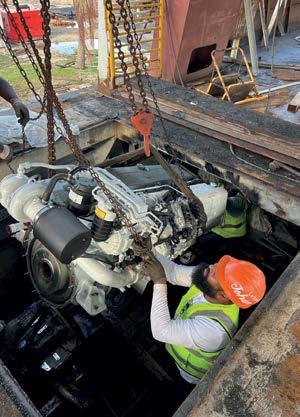
Lynx is a proud service and parts dealer of Volvo Penta marine and industrial products. Accreditations - Volvo Penta Service and Parts dealers, ZF Transmissions Service and Parts dealer, Yanmar Engine service and parts dealer, Kohler generators service and parts dealer, Nanni engineer service and parts dealer, Vibration Analysis Services, Oil analysis services, vessel hull repair services, fender installations, laser alignment services, mechanical, electrical and hydraulic systems repair.
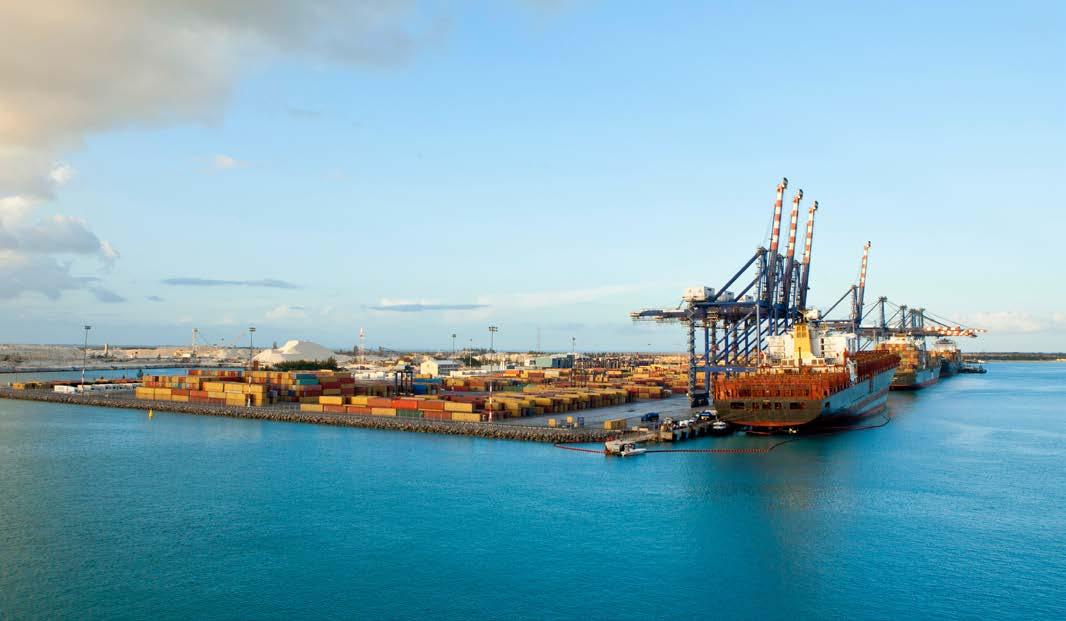
expected to be ready for delivery to Grand Bahama by November. The development of new docks for GBSL makes an important step in the development of the shipyard, especially in helping the shipyard to accommodate a broad range of vessel types, including existing and currently in development cruise ships. The first dock to be developed is ‘East End’, which is a 357m long, 76m wide dock, with the capability of lifting 93,500 tons, thanks to the 4 state-of-the-art modern cranes and control systems at the new dock disposal. Further development will see the second and larger dock of ‘Lucayan’, expected to arrive in 2026, whilst the work on the shipyard, including the extension of the pier, continues. The shipyard is expected to be ready to receive the East End dock in November.
In the announcement of the new dock’s completion, Dave Skentelbery, CEO of GBSL, said, “We are close to reassuming our position as a leading, world-class cruise ship repair facility. The investment by our shareholders will be a significant boost to the economy of Grand Bahama, providing both direct and indirect employment opportunities. We have engaged another 20 apprentices this year and are already in the process of recruiting crane operators to train for the new docks.” Skentelbery’s comments highlight just how valuable this development is for the shipyard and, in turn, the local economy of Grand Bahama. The shipyard will provide vital employment to support the local economy, whilst furthering the vital role GBSL will continue to play for shipping lines across the region.
The overall development is part of a wider $600 million transformation project, which includes the construction, delivery and commissioning of two world-class floating docks to Freeport. Once completed, the shipyard will have the largest lifting capacity in the world, primed to serve the entire range of cruise ships, as well as much of the world’s commercial shipping fleet, to help the shipyard continue to meet the current and growing demands from vessels arriving to the Caribbean. Thus, through the continued investment, GBSL is delivering vital infrastructural development to deliver its shipyard as a hub for repairs, refits, refurbishments and revitalisation projects at the heart of the Caribbean.
Across GBSL, there is a key focus on delivering the vital operations needed to keep the vessels of the world running smoothly, in order to support supply chains and ensure that economies around the world can thrive from the cargo and trade that comes with even the largest of vessels traversing international shipping lines. With the Caribbean being such a vital hub for ships, whether for cargo or for tourism, located along multiple key shipping lines travelling across the US Eastern Seaboard, and beyond, Grand Bahama serves as the perfect location for such a shipyard, ready to deliver the vital services needed to keep the industry running smoothly. With the continued development over the next year to deliver two world-class floating docks at Freeport, GBSL is primed to serve the global shipping industry as the yard of choice along major shipping routes.
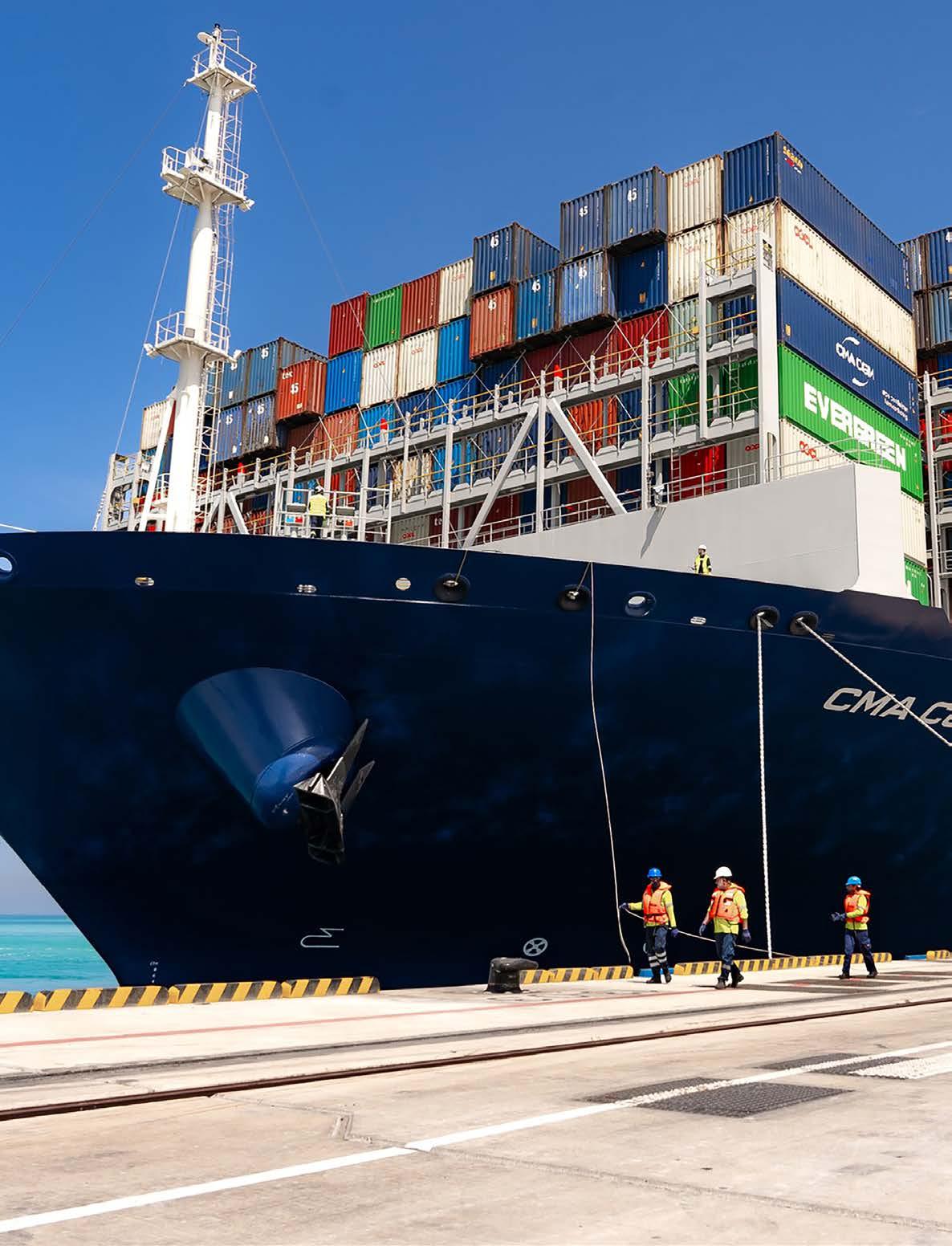
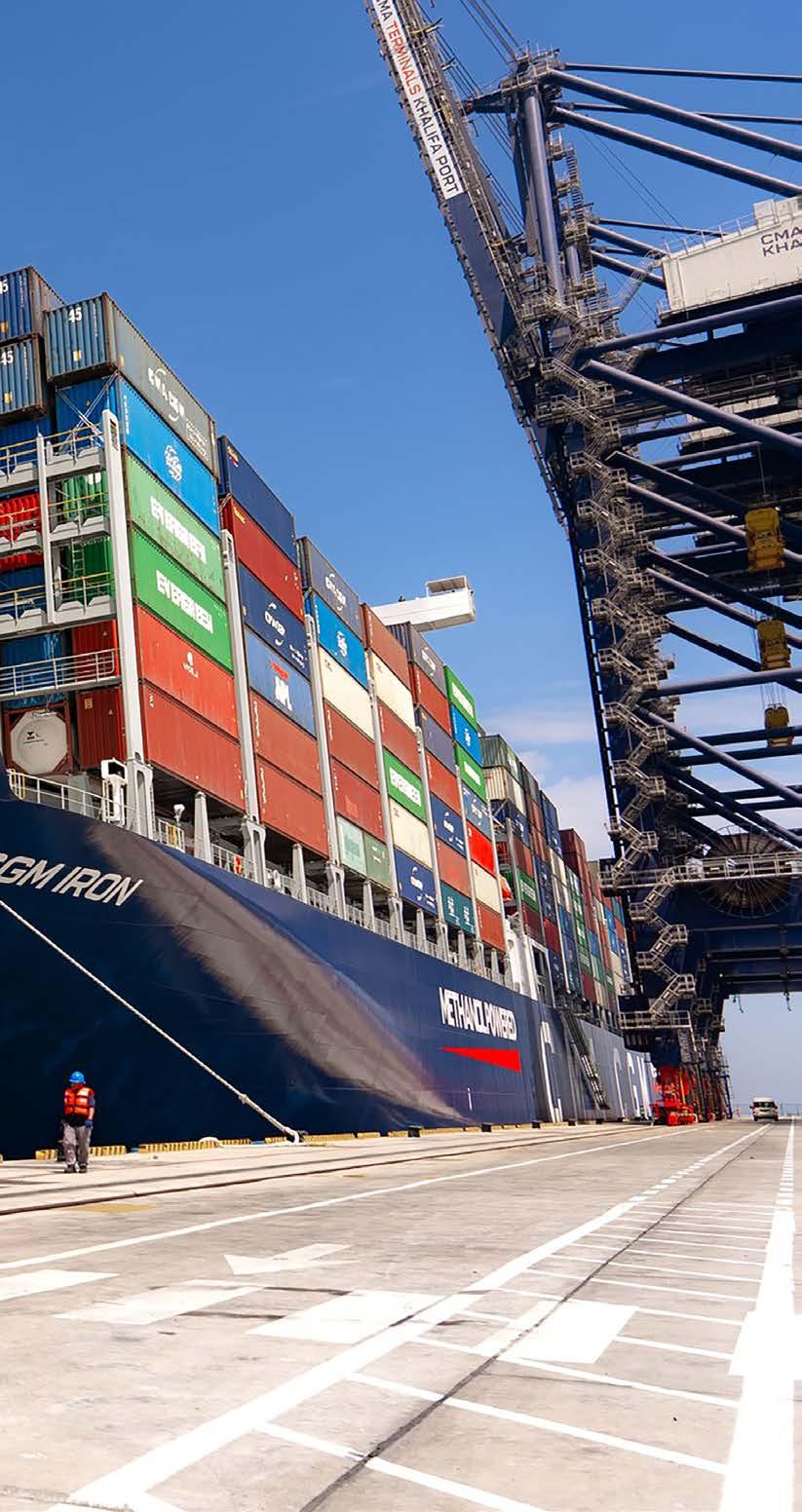
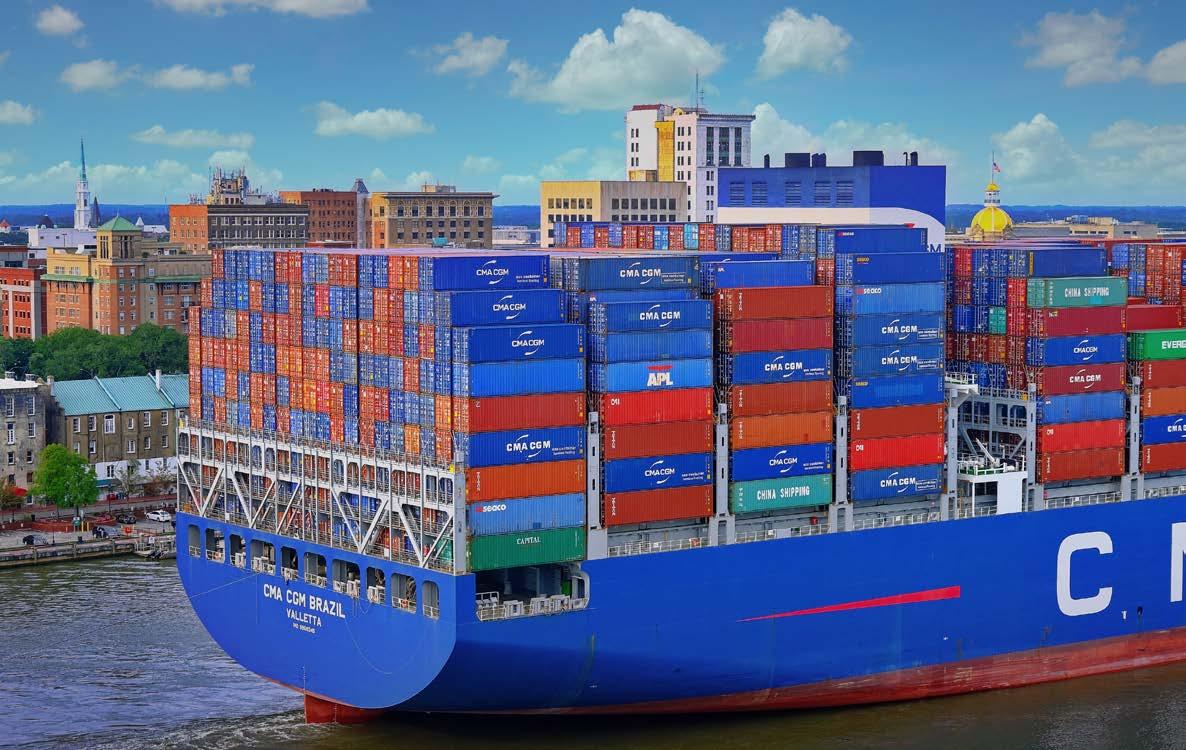
CMA CGM are a shipping and logistics company that needs little introduction. With operations spanning more than 420 ports across the world, the company is known for its seamless delivery of efficient logistics solutions that take its cargo from customer to end markets across the world via sea, land and air logistics routes. Thus, CMA CGM is committed to ensuring that its customers’ goods reach their end markets, supported by the company’s comprehensive and innovative shipping solutions. A key area for the company’s current development is in Brazil, where CMA CGM are working to enhance the logistics sector of the country, and position the country as a hub for shipping solutions at the heart of Latin America.
CMA CGM has spent almost 5 decades developing its deep understanding and expertise of the global shipping and logistics industry to deliver a range of shipping solutions, perfectly suited to the needs of each customer’s cargo. CMA CGM began as a company that focused on providing a long-term strategic vision for the shipping industry, driven by expertise and passion. Today, with these same values, CMA CGM continues to grow and is now a leader in global shipping solutions. The Group is now present in 160 countries across its global network, with more than 400 offices and 750 warehouses worldwide. Therefore, CMA CGM offers one of the largest shipping networks in the world, with routes spanning the globe serviced by its environmentally friendly, high-performance ships. CMA CGM provide value-added solutions to protect, track and optimise the shipping of goods. Now, with more than 40 years of experience in deep-sea shipping as well a short-haul shipping lines, CMA CGM has services suited to every customer. It provides solutions ranging from fleet, port infrastructure or services through one of its specialist subsidiaries. Consequently, the company serves 420 trading ports across the globe. In terms of cargo shipping, CMA CGM is well equipped to
transport a range of materials, from liquid and perishable cargo to heavy goods such as yachts and industrial machinery. With such diverse cargo shipping offerings, CMA CGM can meet the needs of its clients and offer tailor-made solutions and services which are perfectly suited to the cargo and its transportation needs.
One of the most innovative solutions offered by CMA CGM is its dedicated door-to-door services, CMA-CGM Intermodal. This service combines the necessary train, barge, and truck services with its existing shipping vessel fleets to deliver its customers’ cargo directly from them, along its entire transportation route, until it reaches its destination. This is available all over the world and draws on the full strength of its land-based infrastructure to offer the best intermodal freight transport services to its customers. By utilising CMA CGM’s global networks, it can ensure the secure and reliable delivery of its customers’ cargo and ensure that it can be transported to anywhere in the world, including to and from landlocked countries. This makes CMA CGM’s services super competitive as it can cut down on the need for multiple different
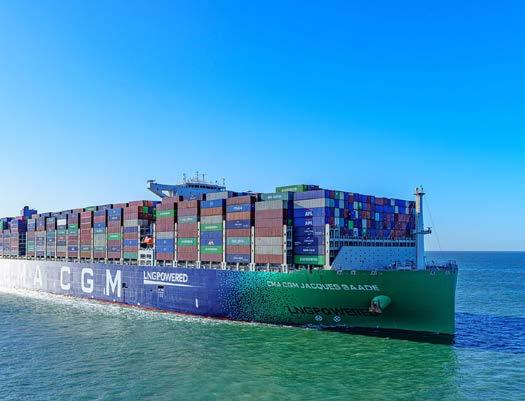
shipping bodies and instead utilises CMA CGM’s network to make supply chains more seamless, and in the process more cost-effective.
These are some of the key services that are being developed across Brazil, where CMA CGM calls at 11 ports along the country’s coastline. CMA CGM has been calling at Brazilian ports since the 1980s, and in 2003, it launched its own maritime agency, CMA CGM do Brasil. With the introduction of this agency, CMA CGM has continued to expand its reach across Brazil, providing an increasing number of shipping
Since 1978, Sulnorte Serviços Marítimos Ltda has been a family-owned leader in tugboat operations, boasting one of the largest coastal coverages in the country.





As the largest freight forwarder in Latin America and a top 30 global player, Asia Shipping expertly connects continents. With 45 offices across 12 countries and over a thousand professionals, we are a vital bridge for suppliers, shipowners, ports, and carriers, driven by a commitment to excellence. Innovation is central to Asia Shipping’s DNA. Our continuous investment in AI and cutting-edge technology ensures seamless operations, enhanced transparency, and data-driven efficiency, preparing clients globally for the evolving digital trade landscape. Beyond technology, premium service is paramount. We deliver bespoke solutions and personalized attention, fostering operational efficiency and lasting trust with every client.
Asia Shipping consistently upholds compliance and ethical practices. Proudly, significant certifications demonstrate our dedication to the highest ethical standards and robust governance, assuring global partners of our integrity and secure operations.
Asia Shipping combines innovation, unparalleled service, and unwavering integrity to deliver superior logistics solutions worldwide.
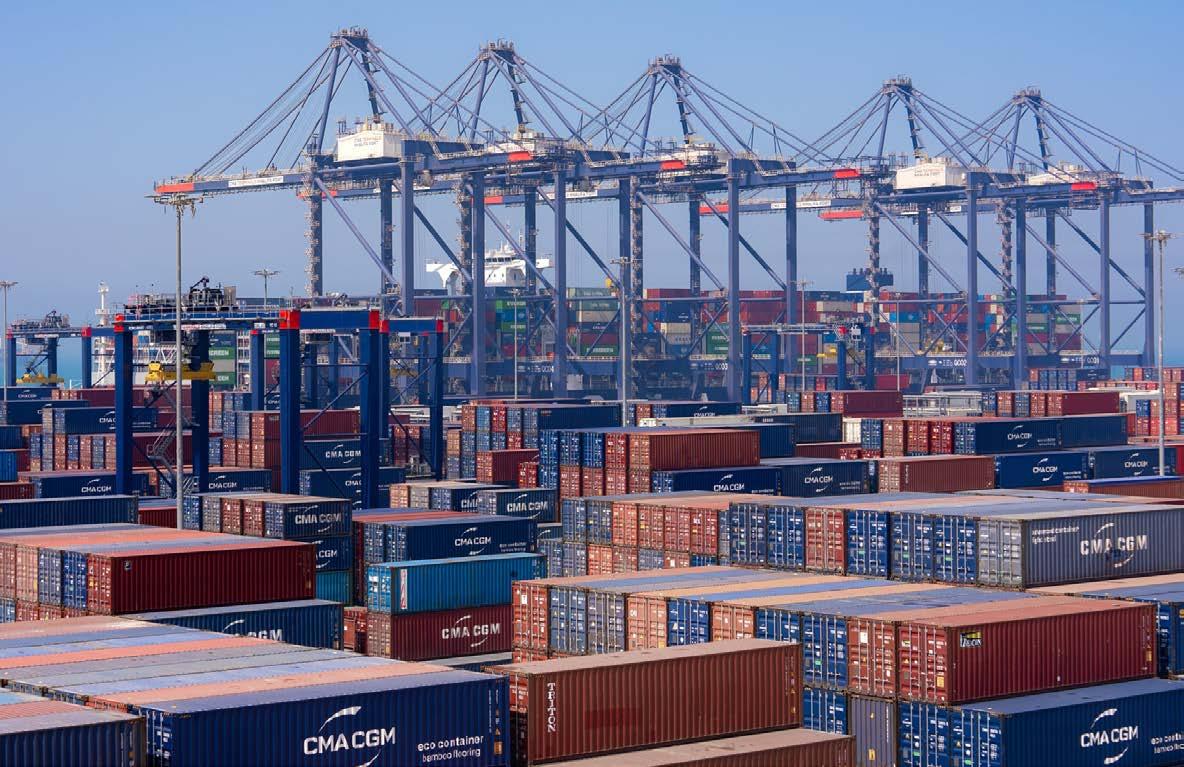


and logistics services. However, the company’s role in Brazil does not just end at the port; instead, the company offers intermodal connections across barge, rail, cabotage ship and trucks. All of these aspects make up the vast logistics chains that CMA CGM has become known for serving across vital shipping networks both on sea and land. CMA CGM’s particular specialities in Brazil focus on the delivery of project cargo operations, with the company being a leader in refrigerated cargoes, especially across the Northeast of the country.
One of the most significant ports served by CMA CGM, is the Port of Rio de Janeiro, where PortosRio is the port authority. The Port, located on the west shore of Guanabara Bay, is the third-busiest port in Brazil, specialising in general containerised cargo, electronics, rubber, petrochemicals, vehicle parts, coffee, steel products, press paper rolls, and solid bulk. These materials are vital for the Brazilian economy and are delivered in and out of the port via the 6.7 km-long pier and the port’s 31 berths. With such vital materials moving through the Port of Rio de Janeiro, the shipping and logistics operations
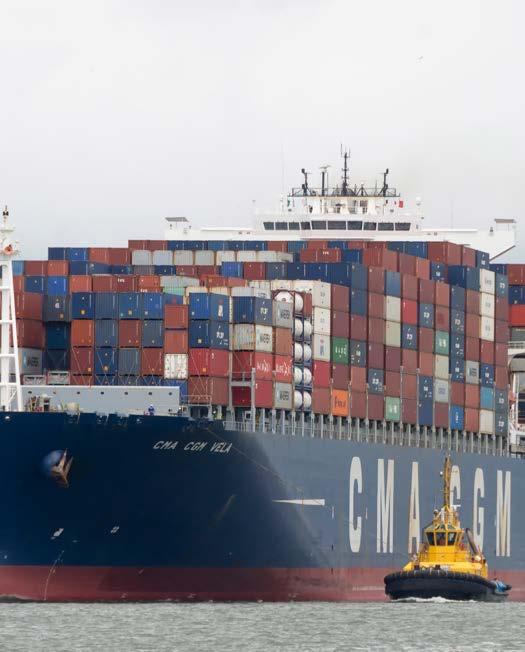
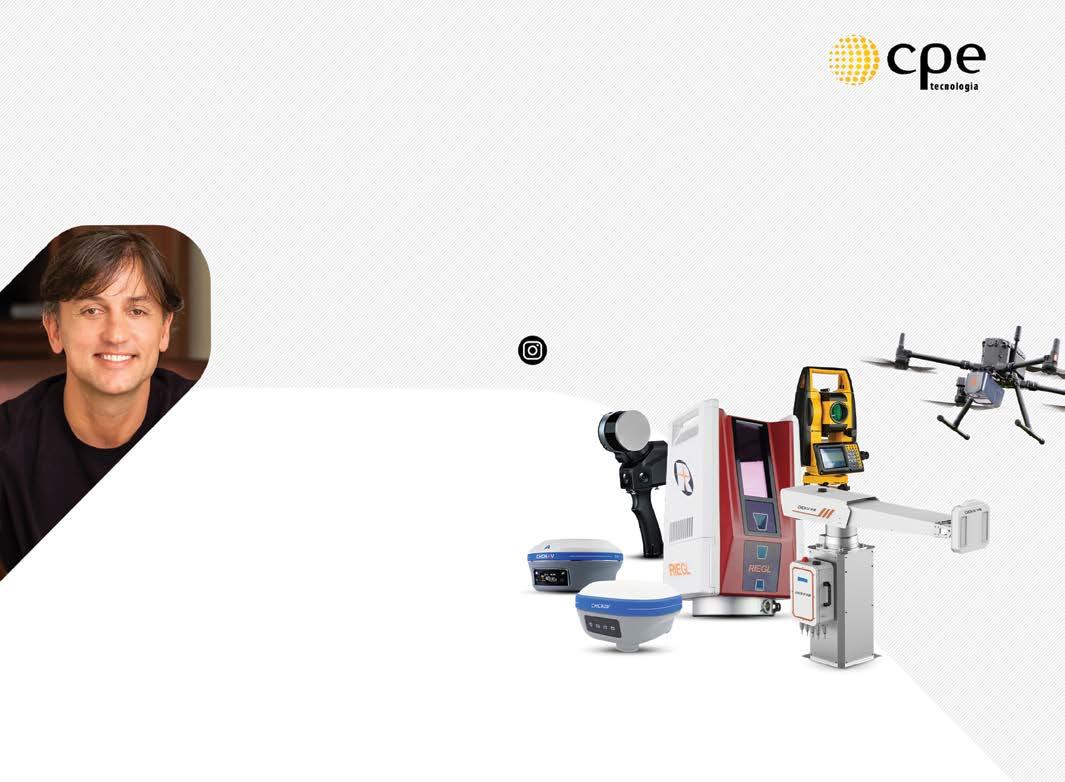


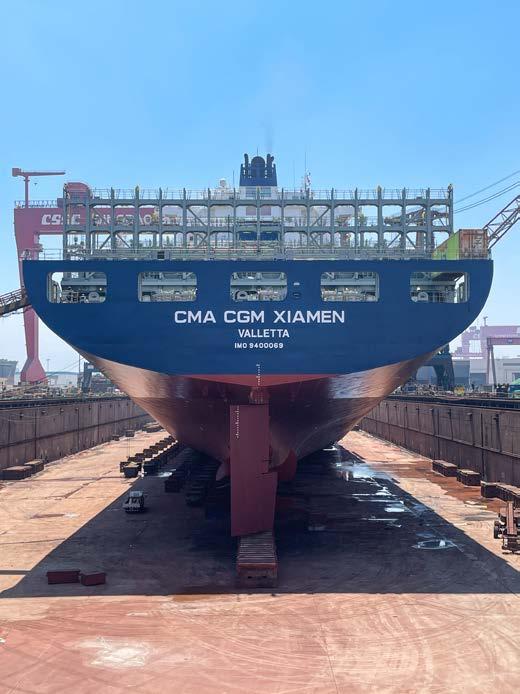
at the port are vital in supporting the economy of Brazil. For this reason, CMA CGM provides services across the Port of Rio de Janeiro to help deliver materials across local and international markets.
However, as the largest port in Latin America, the Port of Santos is vital to enhancing the CMA CGM’s global port network in Brazil. The port connects to more than 600 ports in 200 countries worldwide. The port is vital to Brazil’s foreign trade, with roughly 29% of the country’s trade flow passing through the port. In 2023 alone, the port moved more than 173 million tons of cargo and 5 million TEUs, with its primary hinterland comprising 5 states that account for 50% of Brazil’s GDP. The port is overseen by the Santos Port Authority, which is focused on delivering operational efficiency, sustainability, agility, integrity, and competitiveness through its management of port operations. By continuing to promote the port in this way, the Santos Port Authority has harnessed the port’s infrastructure to now be one of the best and largest ports in Latin America. With this reputation, it is no surprise
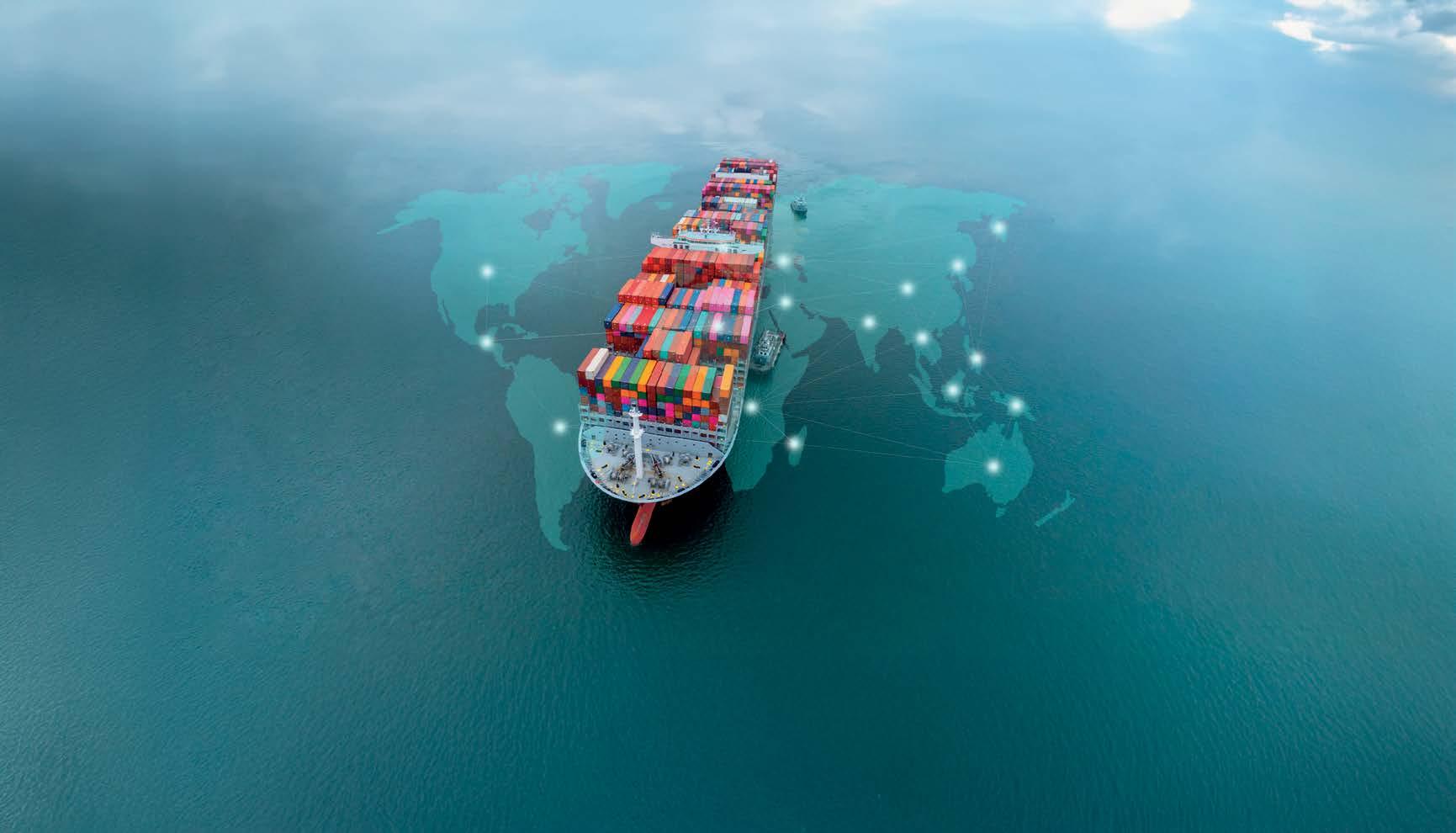

• Expert opinions
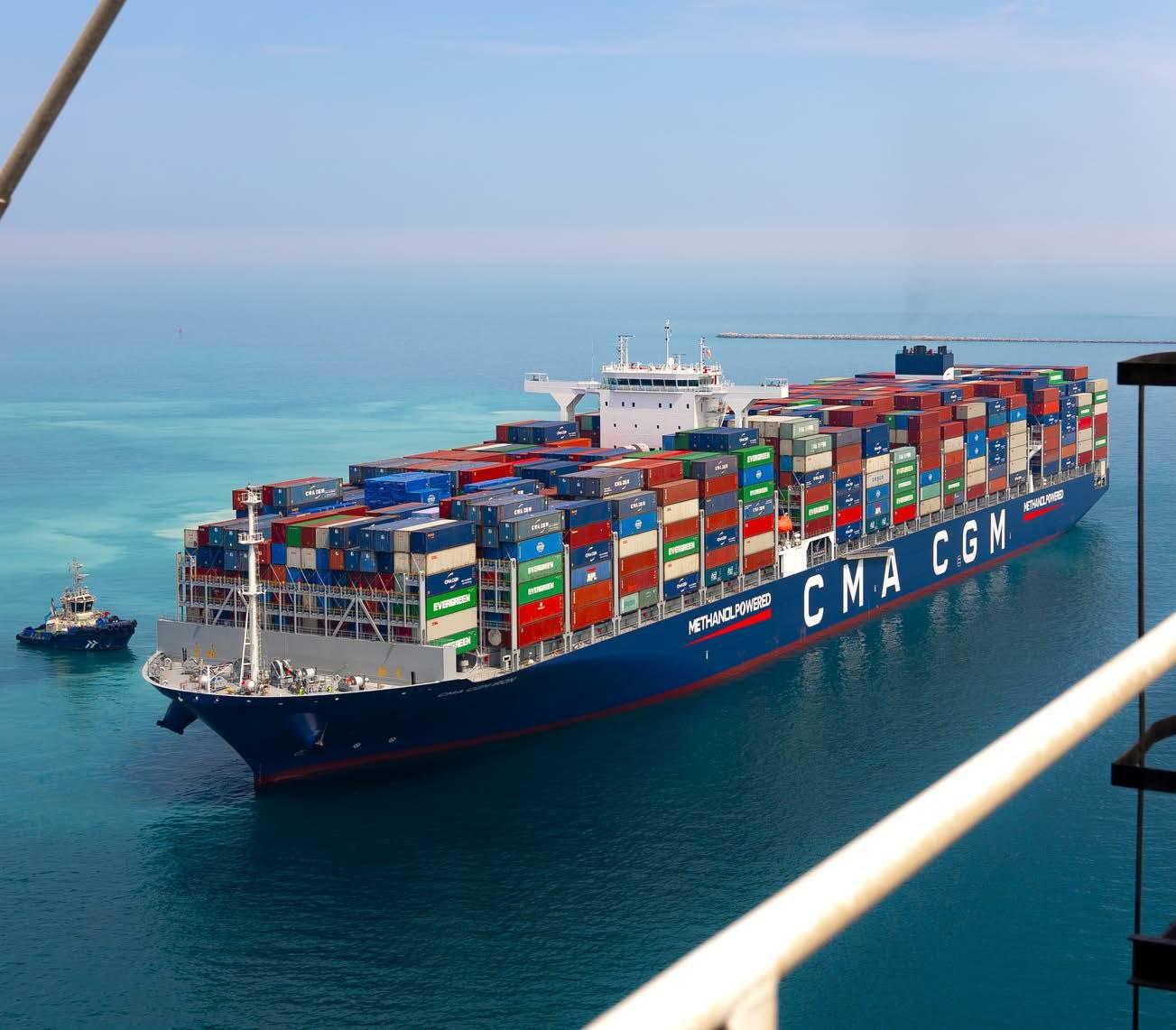
that major shipping companies such as CMA CGM continue to arrive at the port to help it carry out its global shipping operations.
In April, CMA CGM announced that following the closing of its acquisition of approximately 47.9% of Santos Brasil Participações S/A (Santos Brasil) from funds managed by Opportunity, the Group will hold a 51% stake in Santos Brasil. These shares would be combined with a 3.1% stake from a subsidiary of CMA CGM, which it had previously purchased in September 2024. The acquisitions, following regulatory approvals from the relevant Brazilian authorities, will see the group take over as the controlling interest shareholder of Santos Brasil. This is a vital development for CMA CGM in Brazil, because Santos Brasil operates one of the largest container terminals in the Port of Santos. Thus, by now holding a majority interest in the terminal, CMA
CGM now has significant control over a key asset that will continue to enhance its own operations across Brazil to deliver seamless logistics and supply chain capabilities for the region.
In Brazil, the shipping and logistics industry is vast, with numerous ports playing a valuable role in supporting the economy and keeping global supply chains running seamlessly. With one of the largest ports in Latin America, as well as many vital ports serving both import and export markets, the country continues to enhance its shipping offerings to meet the growing global demand for cargo. For CMA CGM specifically, Brazil offers a vital gateway into the heart of Latin America, and through its various port operations spanning the country, the global shipping giant can continue to expand its logistics network and deliver even more seamless shipping solutions across every corner of the globe.
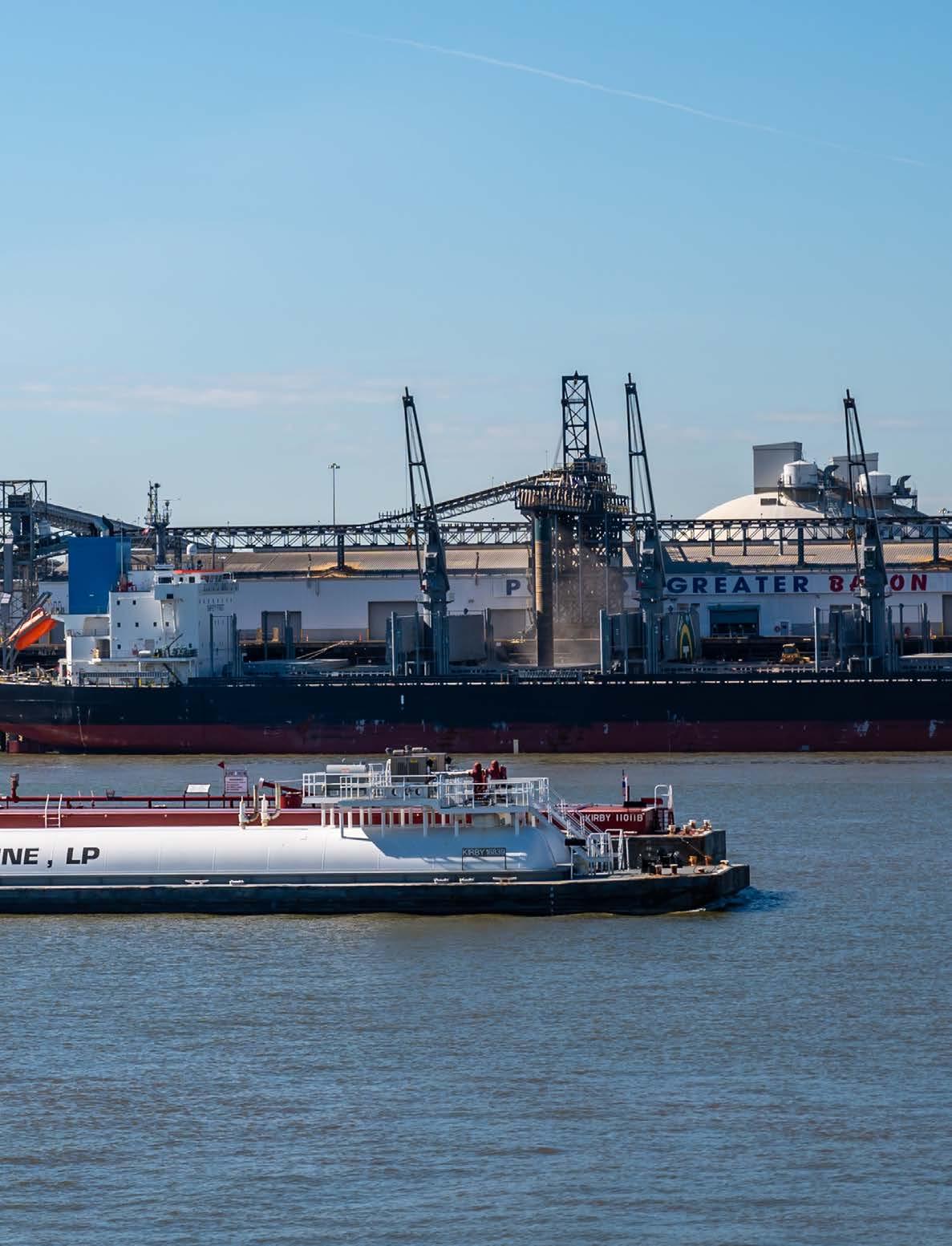
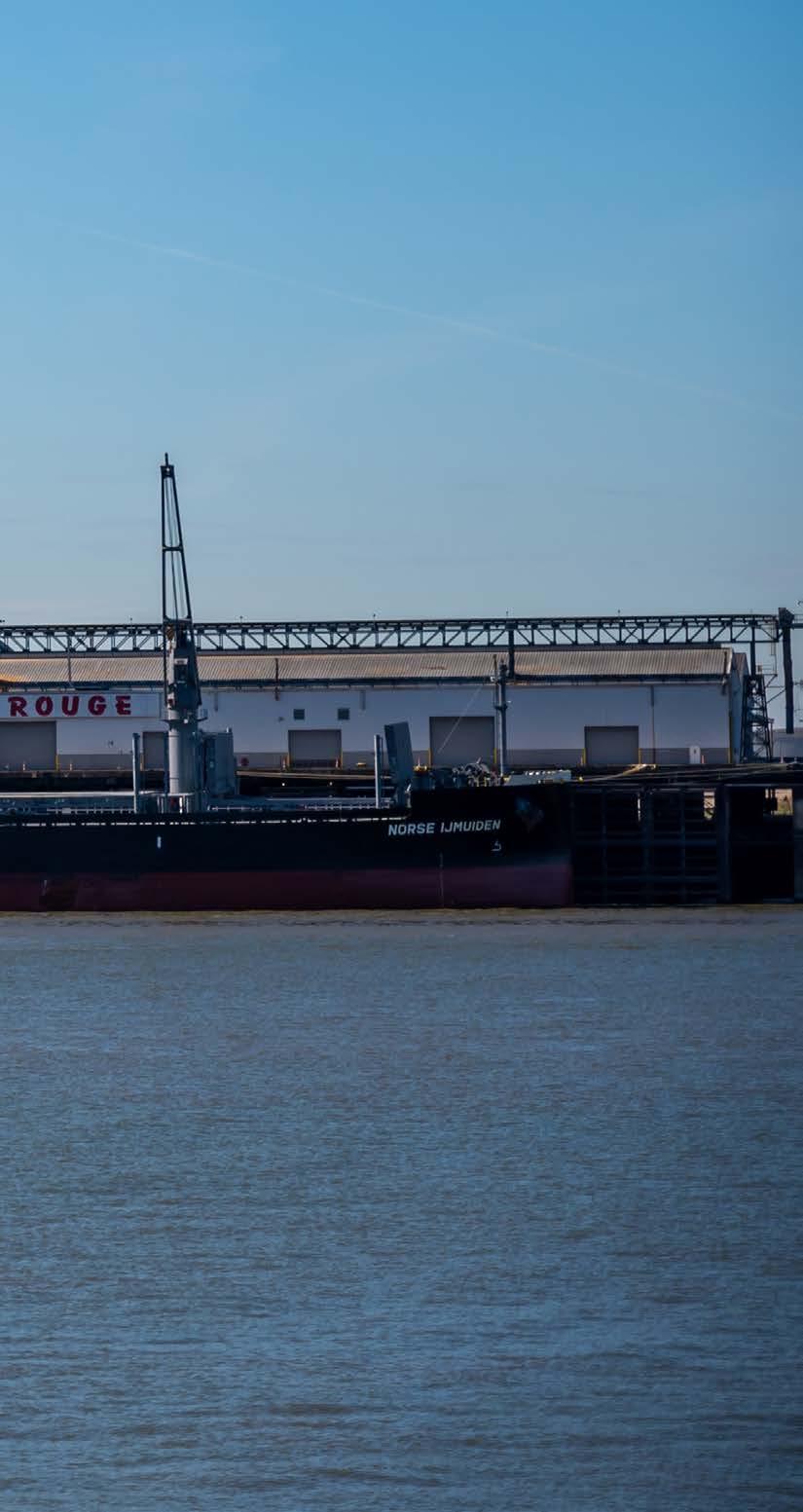
Located on the Mississippi River, the Port of Greater Baton Rouge is strategically located to provide crucial access to the nation’s heartland via nearly 15,000 miles of inland water transportation, as well as to the Gulf of Mexico and ocean trade lanes to Latin America and beyond. Consequently, the port is an integral part of the national maritime industry and a significant player in developing Louisiana’s economy. The Port of Greater Baton Rouge now is one of the top ports in the US dealing with a significant tonnage of cargo every single day.
Before 1920, Greater Baton Rouge was just a docking facility, which consisted of wooden wharves along the Mississippi River Edge but had no levee system. However, as the river levels were relatively stable, the port made docking at the port simple and efficient for mooring. Therefore in 1926, the Greater Baton Rouge Municipal Dock was completed on the east bank of the Mississippi bringing greater cargo docking possibilities to the region, which in 1952 saw new legislation introduced to establish the Greater Baton Rouge Port Commission. Then just 2 years later construction began on a general cargo dock, grain elevator, and a grain dock on the west bank of the river allowing the port to begin to play a vital role in Louisiana’s growing economy.
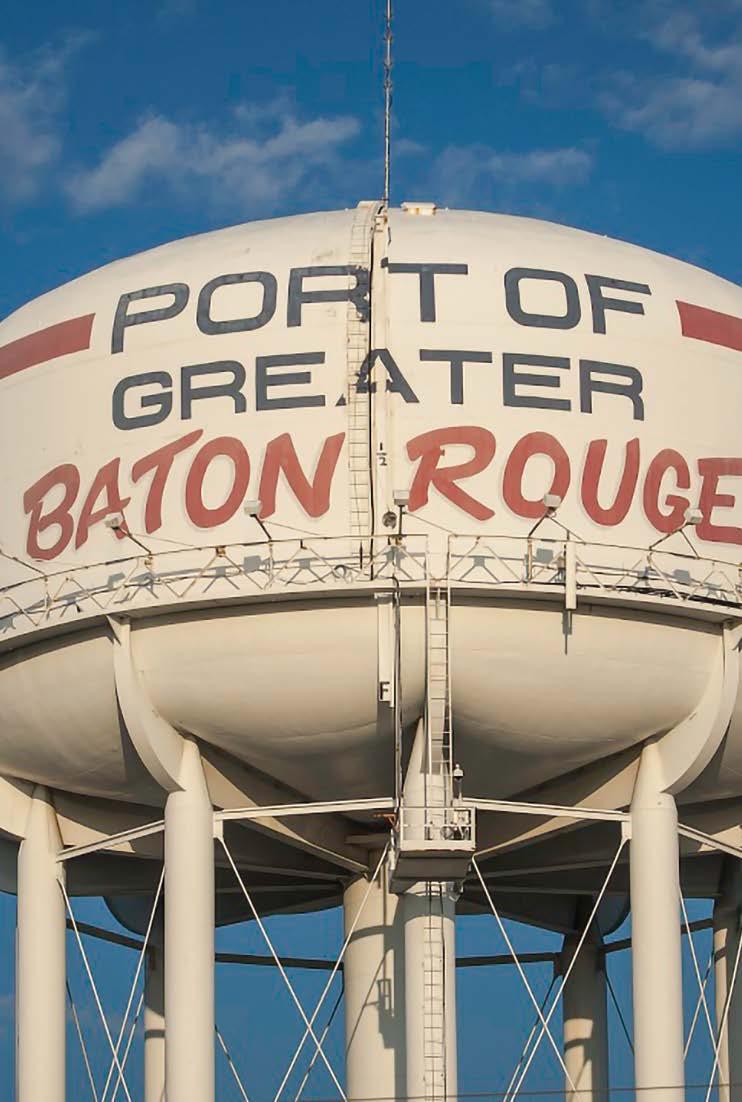
Today, the Port of Greater Baton Rouge provides a wide range of products and services including the handling of forest, agricultural, steel, pipe, and petroleum products, as well as ores and coals and bulk and liquid bulk chemicals. Due to the port’s diverse shipping options via its vast network of water and road links, the port has established itself a reputation for outstanding service. This service is backed by the Port’s highly experienced business development staff which are on hand to transfer products and various types of cargo in a timely, safe, and secure way. The Port of Greater Baton Rouge’s commitment to excellence for its customers has earned the port a reputation for productivity and damage-free cargo handling that you can rely on.
Facilities at the port include deepwater docks, export grain elevators, liquid bulk terminals, midstream buoys and anchorage, warehousing, inland river terminal and a range of different facilities to make sure the port efficiently moves cargo to benefit the local region and continues to develop Louisiana for continued future development. Currently, the Port has 4 deep-water draft ships which can berth and unload/load at the same time. However, the Port has recently undertaken a $15 million rehabilitation project which aims to rehabilitate an existing fifth berth at the northernmost end of existing deepwater docks. The project has been designed, approved, and partially funded. It is the first major berth expansion since the completion of the Port’s doc extension in 1986.
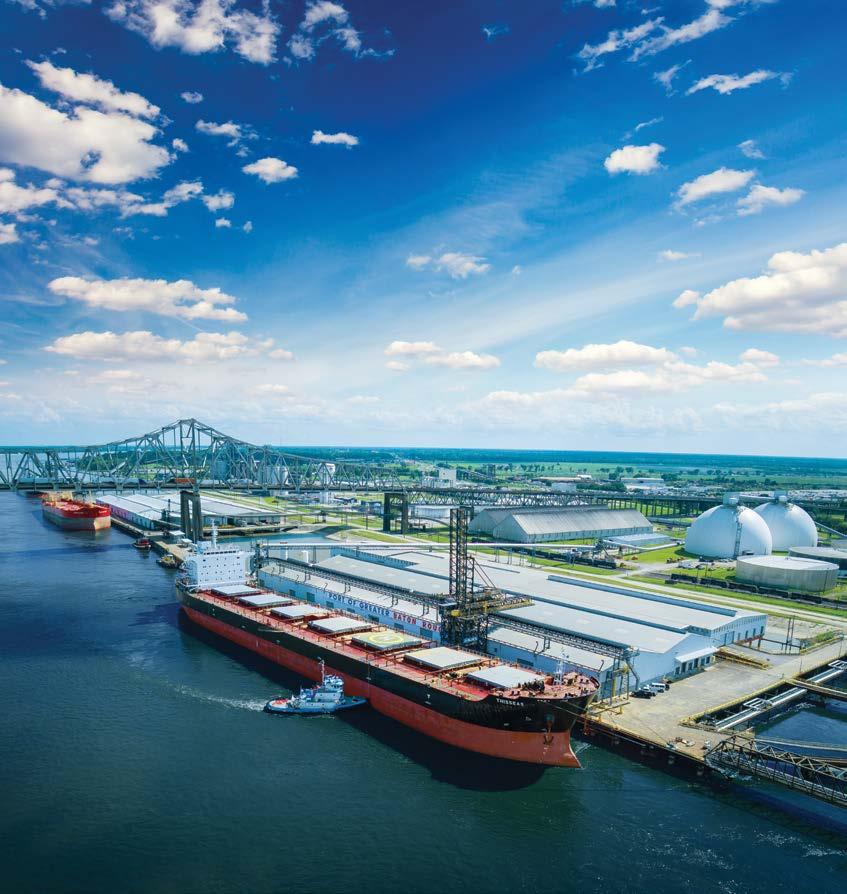
Louisiana’s logistical advantages have placed it at the epicenter of world trade for centuries, providing access to global markets, international shipping lanes and major ports through 15,000 miles of the Mississippi River. A key anchor is the Port of Baton Rouge, boasting a 45-foot deepwater channel and direct connectivity to ship, barge, truck and rail systems
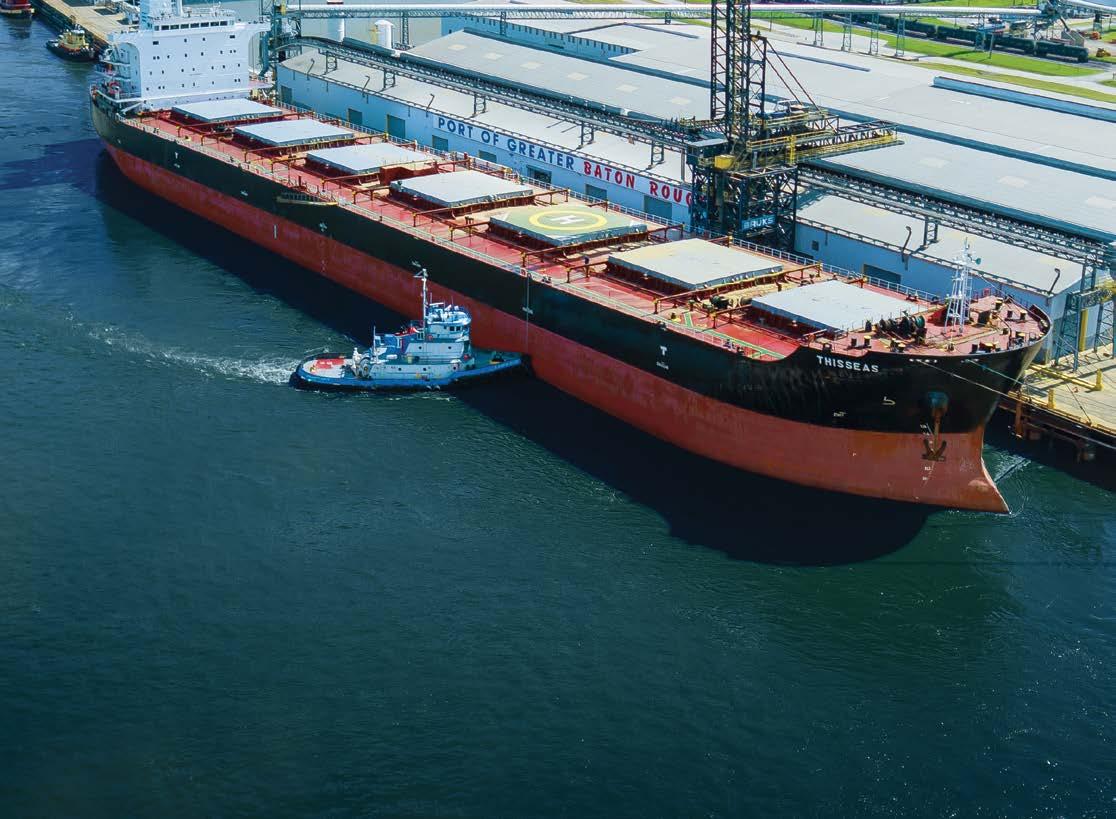
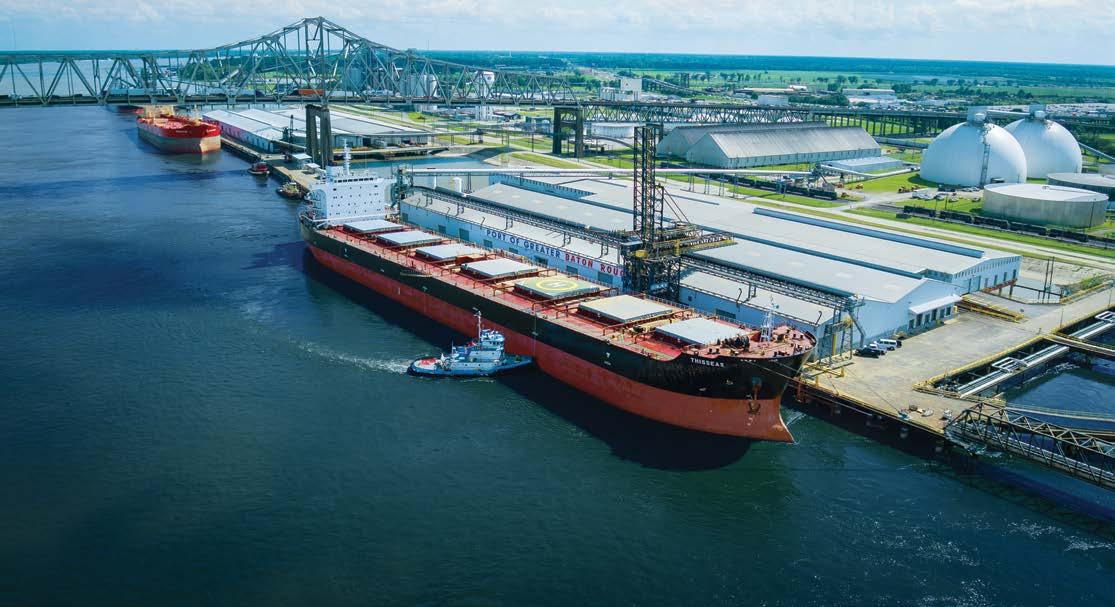
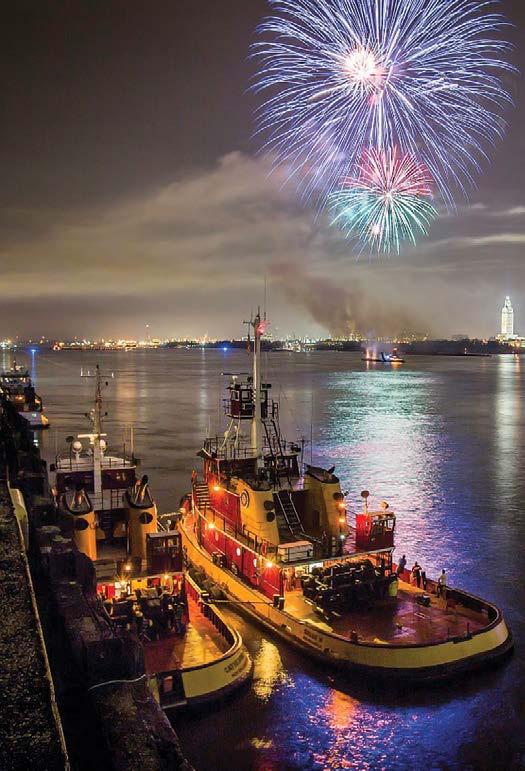
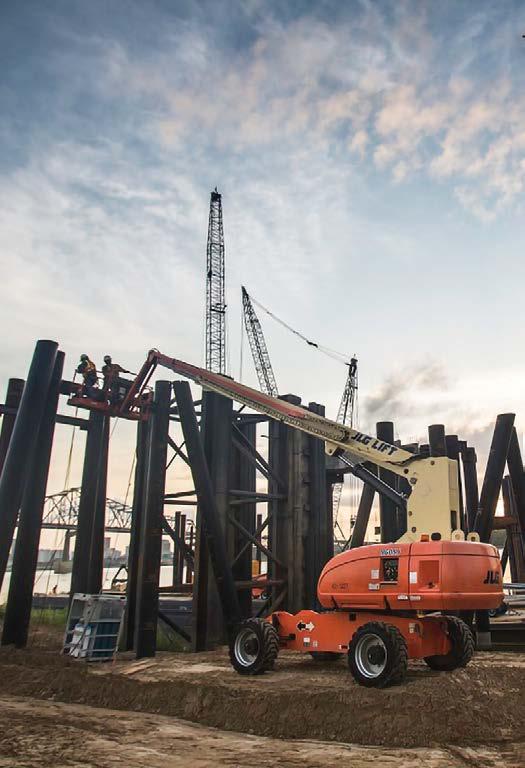
The port today is known for its growth and expansion, which has seen its jurisdiction expand to include Pointe Coupee Parish which includes the Port of Pointe Coupee in Lensworth, as well as the ‘old ferry landing’ on the west side of the Mississippi River. The Port of Greater Baton Rouge has seen in recent years American Queen Voyages making regular stops at the landing, which takes passengers on excursions around the parish and across the river to St. Francisville and West Feliciana Paris. Furthermore, American Cruise Lines and Viking River Cruises began departing from the port in 2022. The port was attractive to these companies due to its commitment to upgrading and improving the old ferry landing to make it better for passenger traffic and the coach buses which transport visitors to places of interest in nearby towns. The profitability of the port has seen a significant boost in tourism across Greater Baton Rouge.
The port is looking to expand its facilities to enable port partners to increase capabilities and create more economic opportunities. The port is currently undertaking plans to rehabilitate and expand its northernmost deepwater berth in Mississippi with the aim of increasing its ship size capabilities and making docking into the existing deepwater berth safer. Currently, berths at the port have been experiencing increased congestion with the increasing demand for cargo across Mississippi. Therefore, additional infrastructure is needed to service the growing demand for liquid bulk commodities. Funding for the dock facilities expansion is in place and is permitted with work being completed and hopes to increase container handling. However, The Port is requesting more funding from the US Department of Transportation’s Maritime Administration (MARAD) as well as other funding sources which hopes to see more efficient affixed container handling pieces of equipment to increase port container handling facilities of the Gulf Intracoastal Waterway.
Looking towards the future, an exciting development for the Port of Greater Baton Rouge is Grön Fuels, a Fidelis company, which announced on Earth Day 2021 the development of a $9.2 billion carbon-negative renewable fuel complex at the port. The facility will be designed to be
the world’s largest sustainable aviation fuel and renewable diesel production facility. Construction commenced in 2022 and is hoped to achieve full commercial operation by 2025. Renewable energy for the port is a key development, and so Grön Fuels will be using proven and bankable technologies from renowned global technology providers to manufacture sustainable aviation fuels (SAF) and renewable diesel (RD). The facility is also planned to produce other renewable materials, as well as green hydrogen.
The project will be completed in conjunction with its on-site 200MegaWatt (MW) renewable carbonnegative electric power plants will produce carbonnegative SAF and RD. The entire system at the Port is the flagship Fidelis Climate GigaSystem™ and is expected to mitigate over one gigaton of carbon dioxide from facilities located at the Port over the production facility’s lifetime. Construction at Grön Fuels LLC is anticipated to begin in 2023.
As we have seen the Port of Greater Baton Rouge is an expansive operation that has seen such a strategically located port continue to expand its

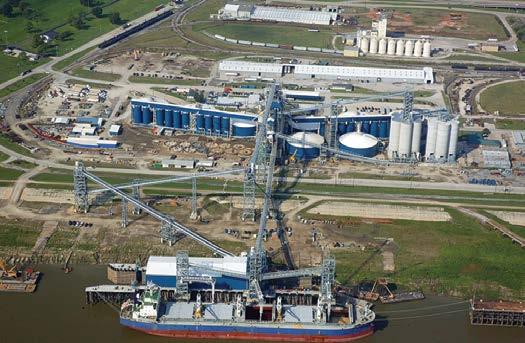
operations to develop towards a more sustainable future that is critically concerned with ensuring that the importing and transporting of cargo across the port is consistent. The port is continually committed to refurbishing its existing infrastructure and developing further berths to be able to continue to meet the demands of the future. Consequently, the Port of Greater Baton Rouge continues to play a significant role in developing Mississippi and the port towards continued economic success.



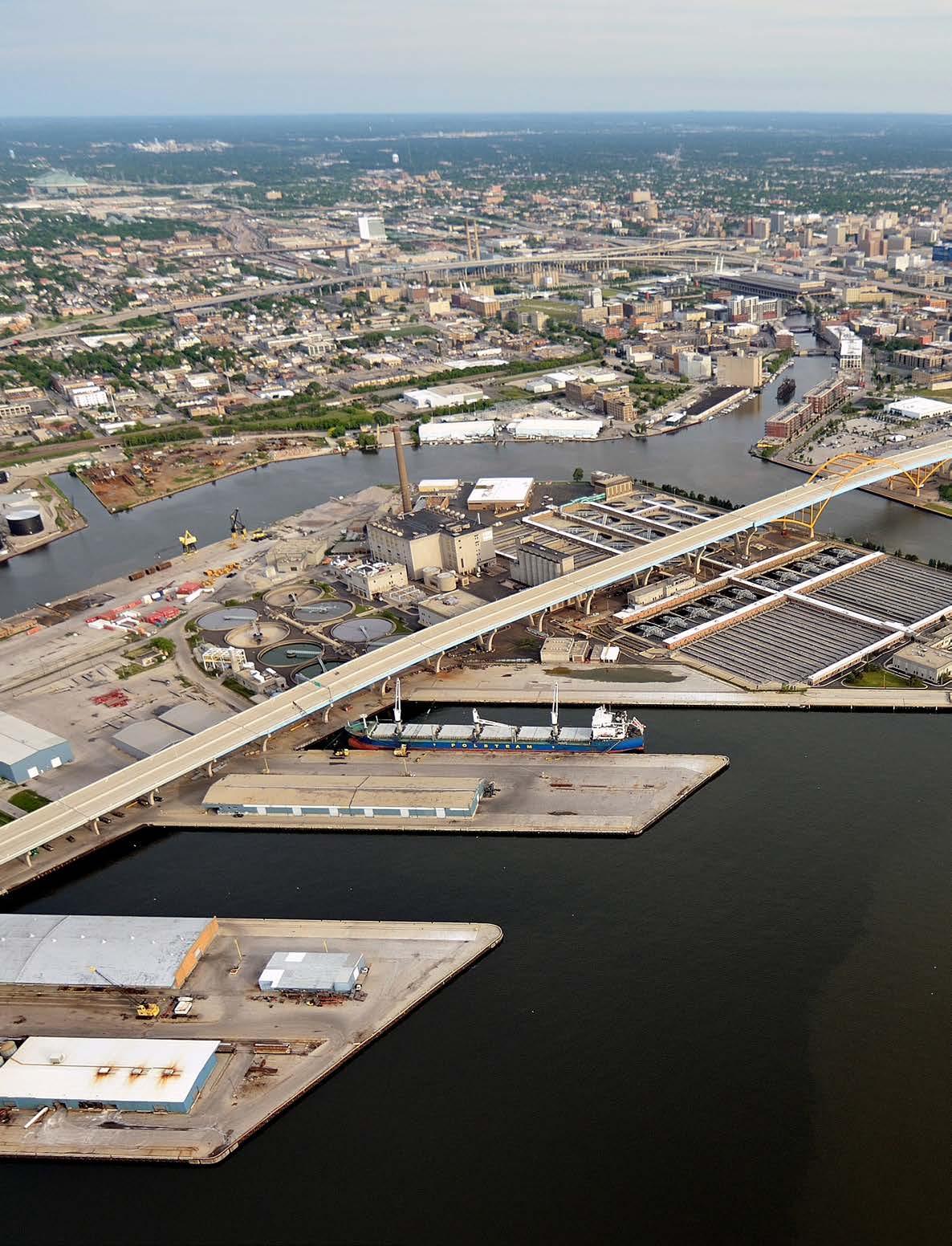
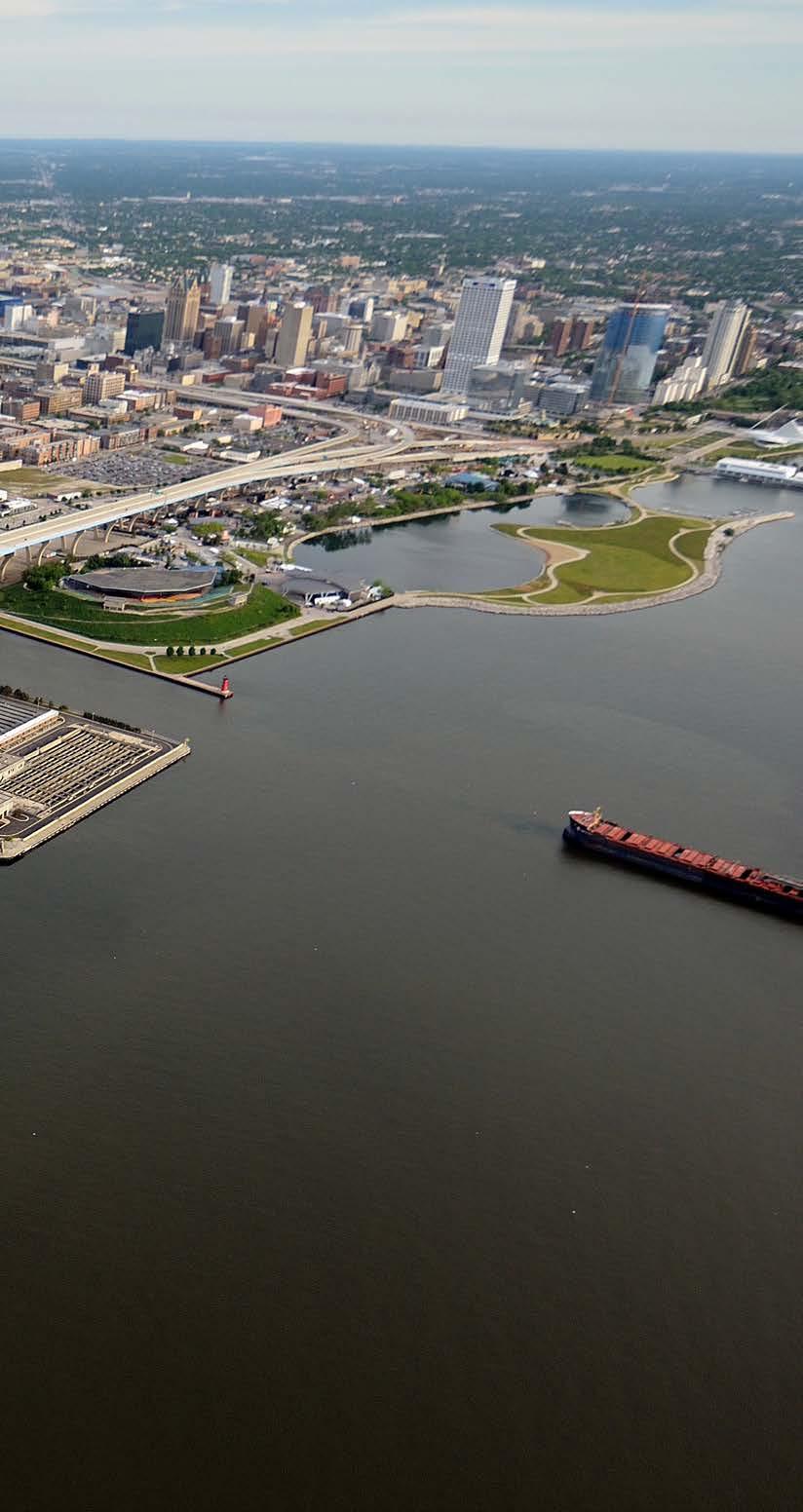
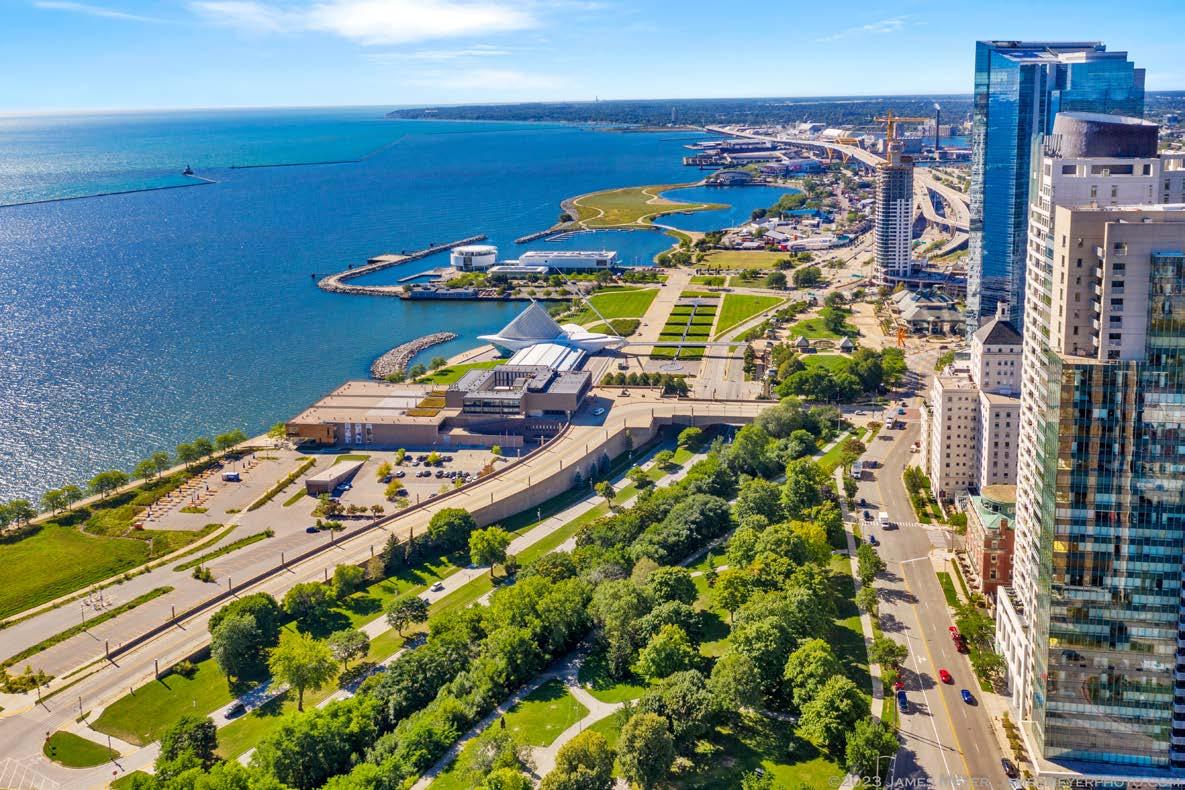
From its home on the western shore of Lake Michigan, the Port of Milwaukee is a vital hub for shipping operations connecting Wisconsin with important markets across the US and along international shipping routes. The port’s central mission is to enhance the economic and social well-being of the city through trade, business, and employment supported by its port activities, which position the state as a leading centre for domestic and international transportation and freight distribution services. Handling approximately 2.3 million metric tons of cargo annually, it has continued to strengthen its reputation as a key player in the state’s trade, helping to maintain Milwaukee as a watercentric city, where businesses and communities thrive thanks to the port’s maritime operations.
The Port of Milwaukee, overseen by a sevenmember board of Harbour Commissioners, aims to foster shipping and economic development in Wisconsin and neighbouring states through its top-tier domestic and international transportation and freight services. The Port can accommodate vessels up to a maximum draft of 8.08 metres under normal water conditions and up to 304.8 metres in length. Additionally, the port features two dedicated barge berths with drafts exceeding 5.5 metres. These facilities ensure the port can efficiently manage cargo from both local and international clients.
Vessels arriving at the Port of Milwaukee gain access to a range of services to offload and unload cargo across 330,000 square feet (sq. ft) of covered warehouse space. This is specifically designed for bulk, steel and general cargo, but there is also 30,000 sq. ft of climate-controlled space should a customer’s cargo require it. This space is utilised by customers spanning a multitude of industries, with common good transported including steel, wind turbine components, brewery tanks, mining equipment, yachts, forest products, transformers, farm equipment, construction machinery, manufacturing equipment, bagged materials and other project cargoes. With such a vast array of products moving through the port, we can
begin to understand just how vital the Port of Milwaukee is in supporting these industries, and in turn, the local and national economy.
One of the main reasons the port can support such a variety of cargoes is due to the commercial operational flexibility of the port, which is unique to the Western Great Lakes and the St. Lawrence Seaway inland waterway system. This is largely aided by the Port’s location, which allows it to serve primary markets across the State of Wisconsin, as well as northern and western Illinois, and eastern Minnesota via both road and rail services. The Port benefits from its proximity to railroad links, which provide the port with the valuable infrastructure to get cargo moving from the port and across the country seamlessly. The Port of Milwaukee is served by two Class I railroads: the Union Pacific (UP) Railway and the Canadian Pacific Kansas City (CPKC) Railway. These provide an essential link to other states, and so vessels stopping in Milwaukee can use the port to distribute their products throughout the region and onto the national marketplace. This reliance on the railroad infrastructure has been further
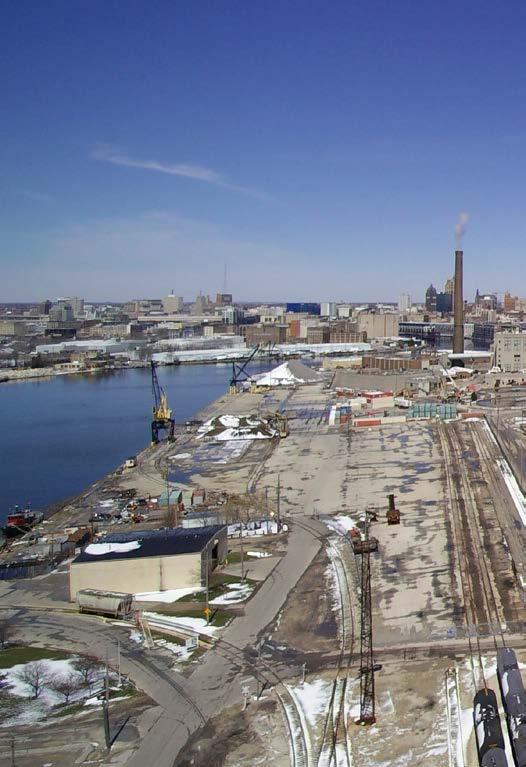
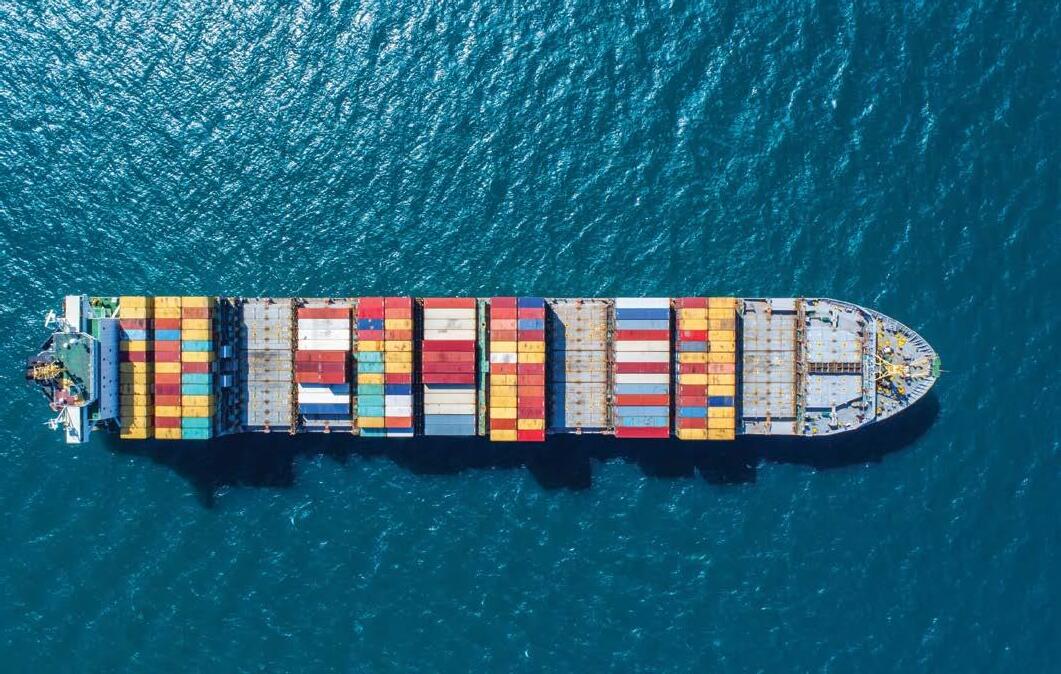
• USDA Compliant
• Quarantine/non-quarantine
• Australian Approved: BMSB
• Communication experts: local, USDA, CBP, state agencies, and freight forwarders
• Documentation for local, state, foreign
• Perishables: fruits, flowers, fish, vegetables
• Large and small scale fumigations
• Wood packing material (ISPM 15)
• Experienced; licensed; certified
• Grain, nuts, wood, logs
• In-transit fumigation
For over a century, the partnership between M.E. Dey & Co. and the Port of Milwaukee has played a significant role in shaping local trade in the community. Our founder, Mae Elizabeth Dey, established an office as a Customhouse Broker in 1907 by request of the district Director of Customs to provide brokerage services at the port. As Wisconsin commerce grew, so did we. Today, M.E. Dey is a fullservice international logistics provider offering global transportation, customs brokerage, compliance, and consulting services. We support importers and exporters across a wide range of industries with tailored, strategic solutions. Our longstanding relationship with the Port of Milwaukee remains vital as both the port and M.E. Dey continue to expand—ensuring Wisconsin businesses stay competitive in an increasingly complex world.
developed by the Port of Milwaukee as it also owns and maintains 14 miles of its own rail track, which connects up with the UP and CPKC railways.
In addition to the railroads, the Port of Milwaukee is also directly served by the Federal Interstate Highway System with the I-94/794, which allows trucks to drive directly into the port. This ease of access to the port for the land freight forwarders and trucking companies allows for a quicker turnaround on shipment pick-ups and therefore a speedy delivery to customers. Consequently, through almost 350 miles of highway connection, the Port of Milwaukee provides direct access from its ports to crucial trade hubs such as Chicago, Minneapolis, St. Paul, Peoria, Des Moines, Moline, Indianapolis, Madison and Green Bay.
Ultimately, what continues to make the Port of Milwaukee so successful on a wide scale is its network of transportation professionals across the region. This includes everyone from vessel and barge owners to rail operators, freight forwarders, customs brokers, and other beneficial owners of cargo. Collectively, this network helps deliver the
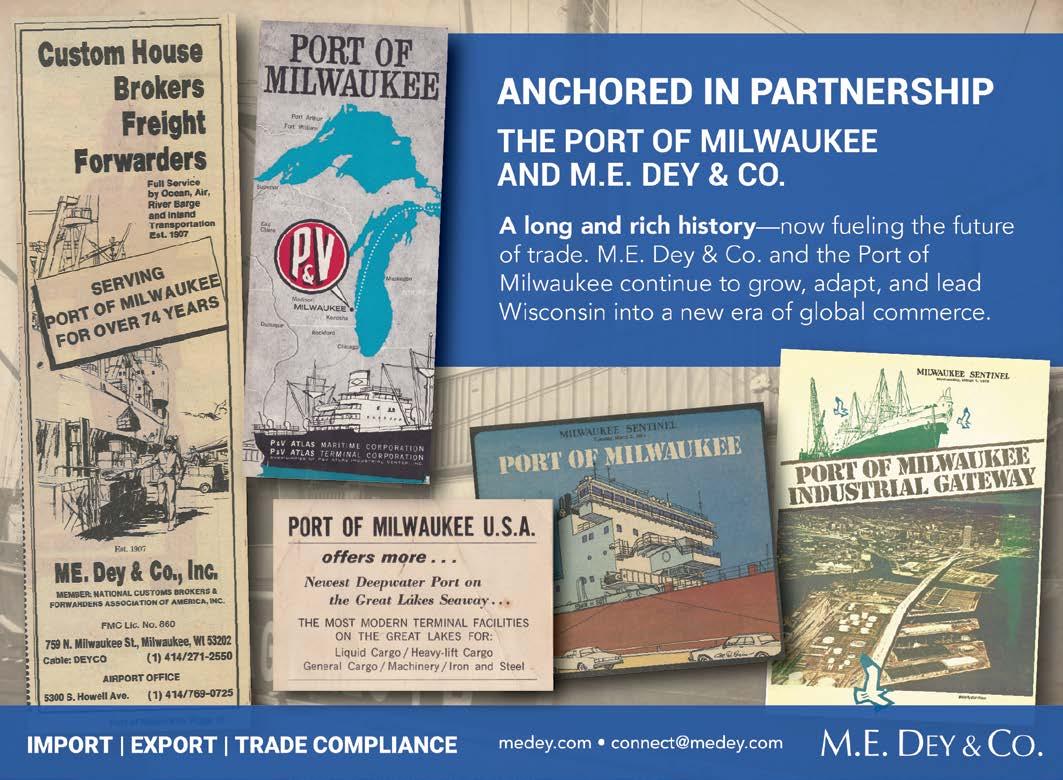
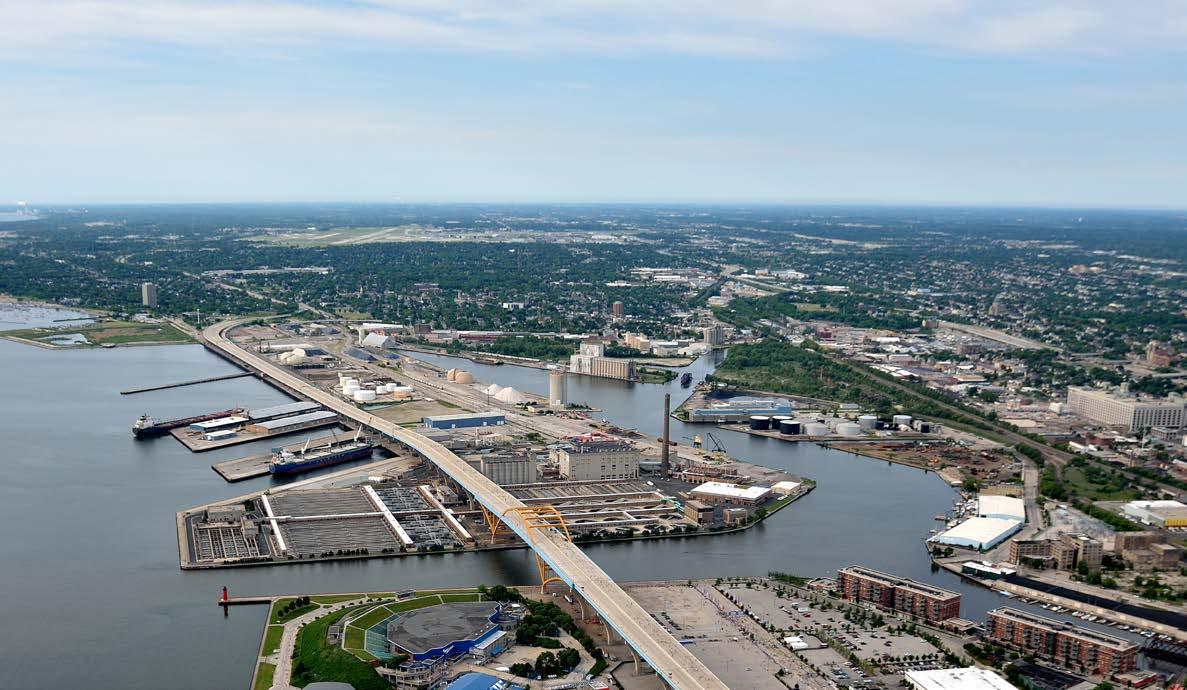
integrated transportation network across the state to help the Port continually meet its logistics and shipping needs. With such a vast network, it’s no surprise that the Port’s operations have reaped significant economic benefits both to people and the local economy, with more than 1,300 jobs created through the port, and $155.7 million generated in economic activity, with $100.3 million in income generation. Thus, in its commitment to stimulating trade on both a local and international scale, the port continues to be largely successful in delivering vital benefits for all those involved.
Aside from cargo and the State’s import and export activities, the Port is also home to a thriving tourism sector, which sees thousands of global passengers descend on the port annually. For the Port of Milwaukee, it aims to be a premier destination for tourists seeking a diverse and vibrant travel experience. Cruise tourism is vital for bringing significant economic benefits to the local economy, and the cruise business of the Port of Milwaukee is no exception. Every year, multiple different cruise companies arrive at the Port on travel itineraries that include Milwaukee. The typical cruise season spans from late April until mid-October, and so the 2025 cruise season for the Port of Milwaukee is well underway. The inaugural cruise ship to call at the City of Milwaukee for the 2025 season was Viking Octantis, marking it as the fourth consecutive year this vessel has opened the cruise season for the port.
Over the upcoming season, the Port of Milwaukee expects around 22 cruise vessels to arrive at the port, spanning 44 itineraries. These calls are estimated to bring around 11,000 global passengers to Milwaukee, providing a significant benefit to the local economy. Other vessels arriving at the Port this season will include Viking Polaris, Pearl Mist, and, after a 7-year hiatus, the port will see a return from cruise vessels from Victory Cruise Lines. What we can see across the Port of Milwaukee’s cruise services is that the tourism sector is vital for the local economy, and with the repeated arrival of giant cruise liner companies such as Viking and Pearl Seas to the shores of Milwaukee, it is an industry that will continue to expand. Thus, with the vital infrastructure and services in place, the port is primed with the expertise to service these vessels, bringing benefits to both its visitors, local economy and the port, thanks to its growing reputation as a leading cruise port of call.
From cargo movement to cruise itineraries, the Port of Milwaukee is primed to be a leading hub for maritime activities located at the heart of the Midwest of the US. As the Port moves towards the future, it will continue to expand on its port offerings to enhance its delivery of maritime services and help it to keep cargo moving, supported by its integrated infrastructure to boost local and international trade for many years to come.
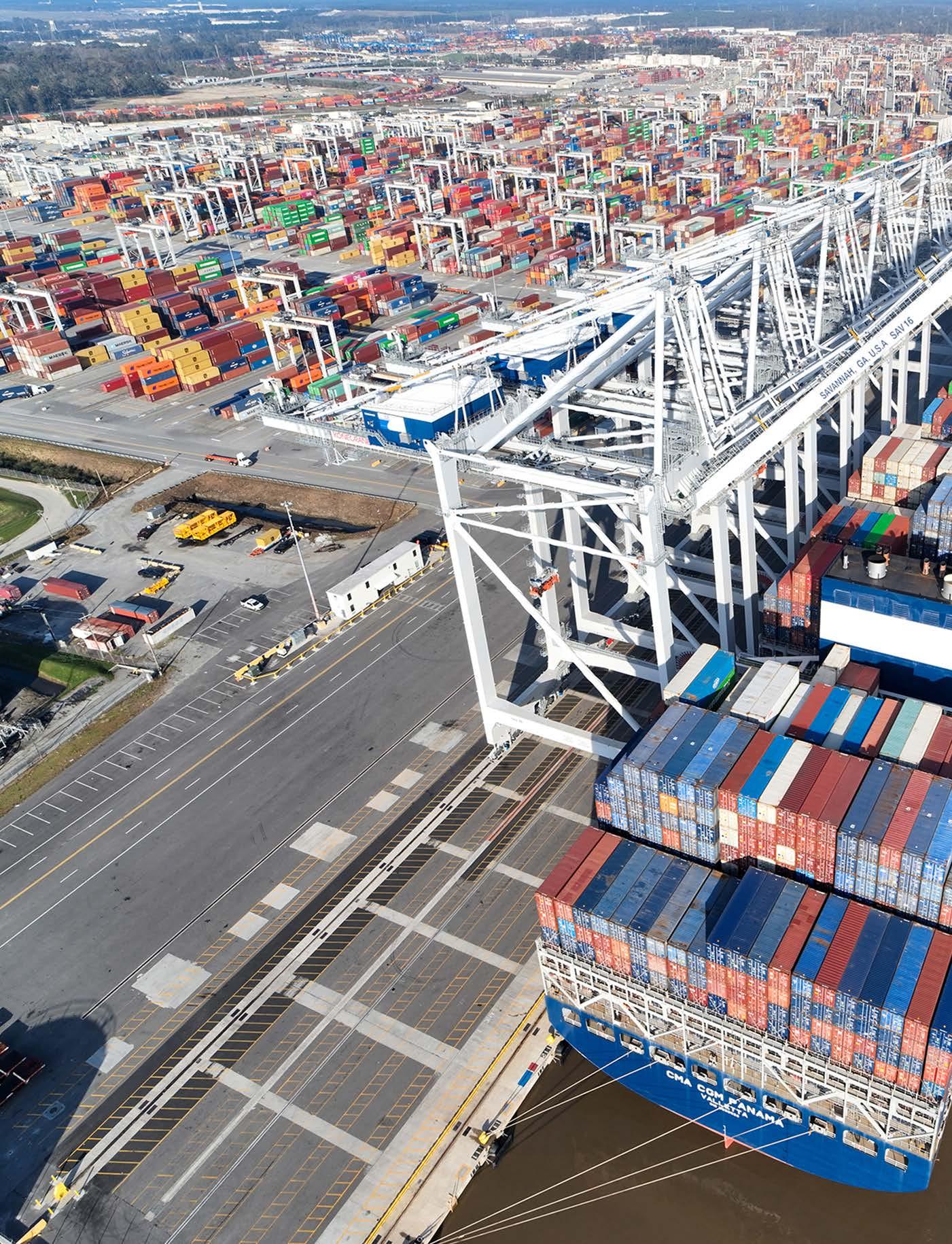
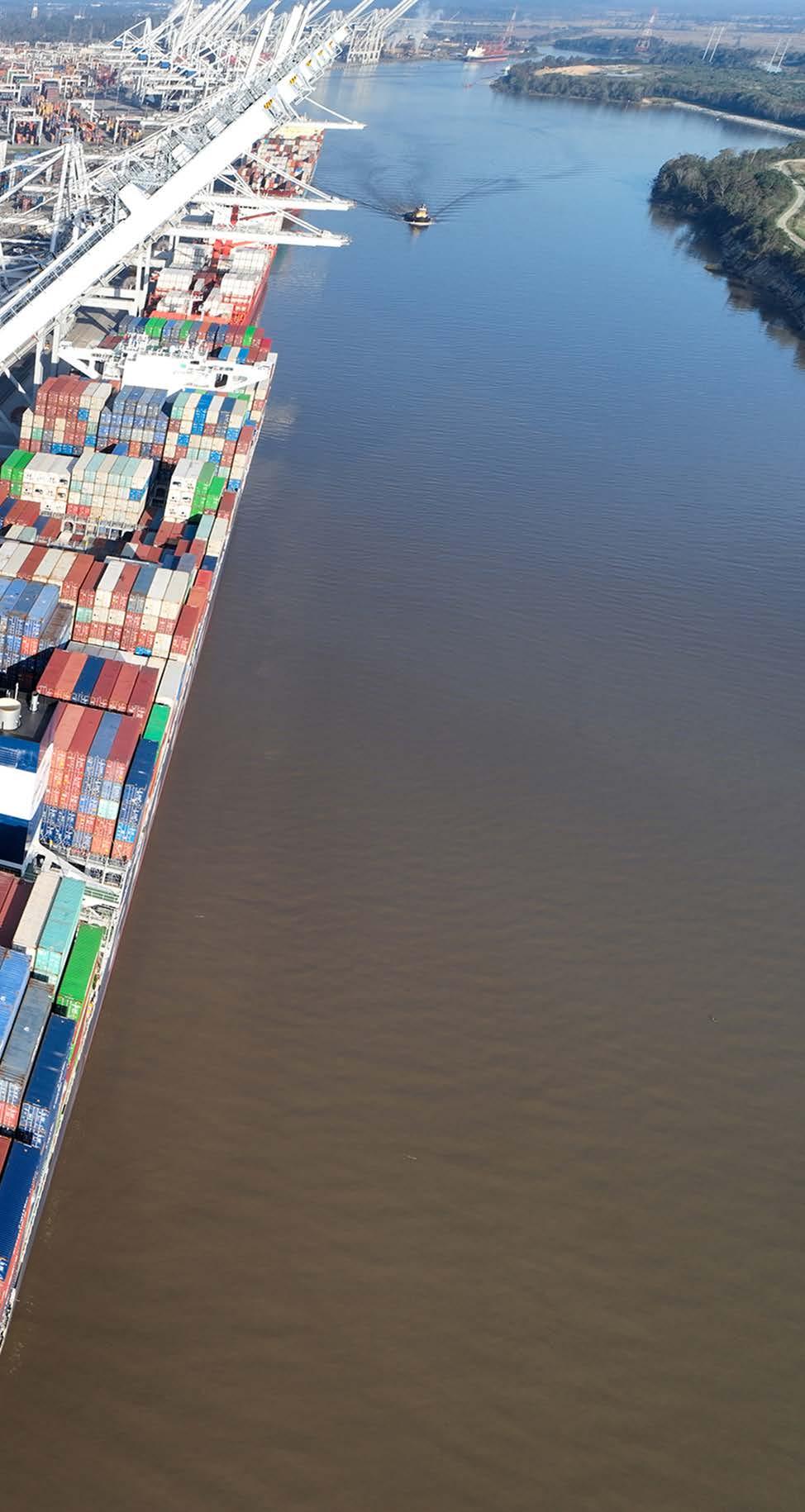
Believing that flexibility is essential for meeting the increasing demands of the global shipping industry, the Port of Savannah aims to facilitate flexible and faster-to-market services worldwide from its strategic location along the State of Georgia’s coastline. This prime positioning allows the port to offer weekly container services across global markets, strengthening its role as a major seaport on the East Coast of the United States (US). Managed by the Georgia Port Authority (GPA), the port has continuously expanded its capacity and now hosts the largest and fastestgrowing container terminal in North America.
The Port of Savannah delivers vital cargo and maritime services to shipping lines traversing the Gulf Coast, supported by the Port’s integrated interstate and railroad access that extends across the state of Georgia. For many US consumers and manufacturers, Georgia’s integrated interstate and railroad systems are vital to delivering goods and products across the country on time. Therefore, with the Port of Savannah located at the cross-section between these two vital transportation links, it is primed to support the efficient and seamless delivery of such goods to markets across the US and beyond. Therefore, with the continued support of both rail and interstate transportation links, the Port can continue to expand its shipping footprint to position it as a key port ready to deliver diversified cargo solutions to both US and global markets.
One of the central offerings at the Port of Savannah is the Garden City Terminal (GCT), which is the single
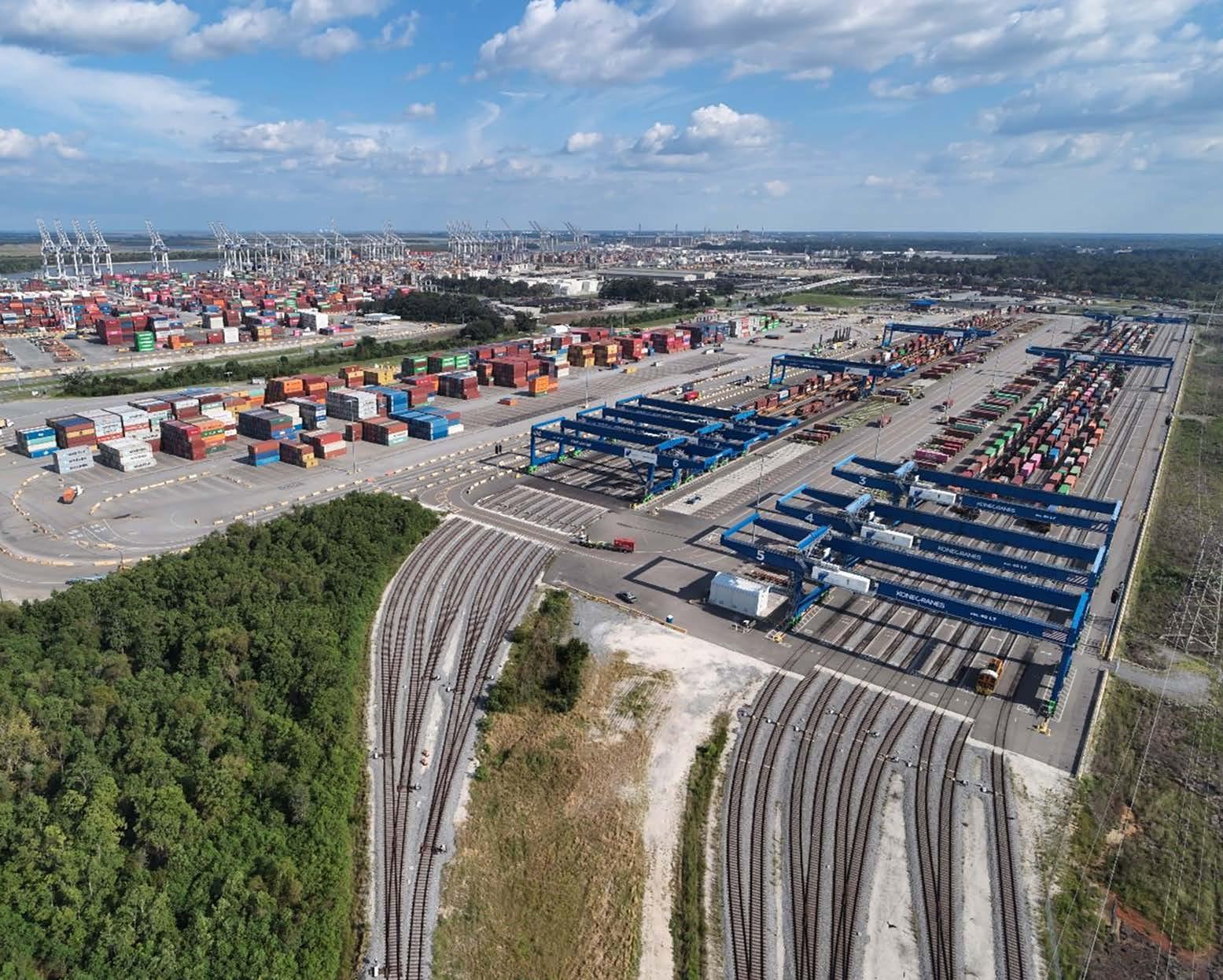
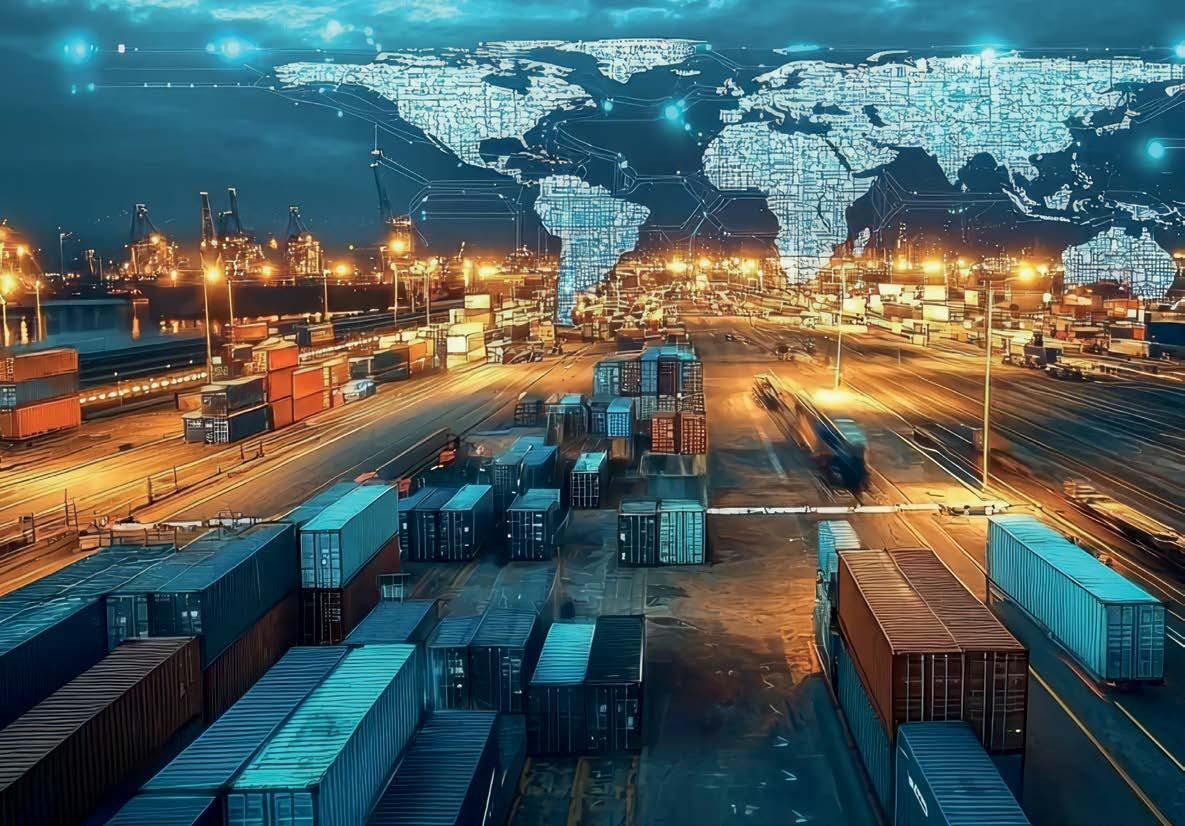
Just 15 miles from the Port of Savannah, O’Neill Logistics GA LLC operates a cutting-edge one million sq. ft. warehousing and distribution facility purpose- built for high-performance logistics.
We provide direct service to the ports and rails of NY/NJ, LA/LB, and Savannah, backed by robust in-house assets and technology: With additional facilities in Newark NJ, Monroe, NJ and Rancho Cucamonga, CA, we offer national reach with local expertise— delivering performance you can trust.”
We’re Your Port-to-Door
Whether you’re launching a national brand or scaling an established network, we provide:
• Full-Service Pier Drayage & Port Services
• Direct Service to Ports & Rails in Savannah, NY/NJ, LA/LB
• In-House Fleet, Systems, and Visibility Tools
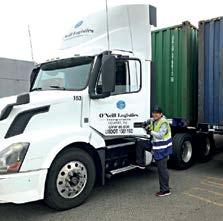
We specialize in:
Apparel, Footwear, Consumer Goods, and Specialty Food
Ecommerce & Drop-Ship Fulfillment
RFID Technology & Omni-Channel Execution
Pick & Pack Replenishment / Case In – Case Out
Retail Distribution & Value-Added Services
Cross Docking & Transloading


largest and fastest growing container terminal in North America. GCT spans a 1,345-operator terminal set on providing quick and easy connections to global markets whilst facilitating seamless supply chains on both a local and international level. The facility encompasses 36 high-speed container cranes and 158 rubber-tired gantry cranes, which are served by Interstate 16 (I-16) travelling from east to west, and Interstate 95 (I-95) travelling from north to south. The interstate routes allow the port to play a pivotal role in delivering cargo along major transport routes travelling across the country. This is valuable as it means many manufacturing hubs in the Southeast and Midwest can be reached via the port in just a couple of days’ drive, and so the port’s interconnected nature with the country’s transport network makes it a clear choice for moving cargo from international markets and across the country. However, the connected nature of GCT does not end there, and in fact, the terminal is also served by a Class I railway service via CSX Transportation and Norfolk Southern Railroad. These rail network links provide a 2–5-day double-stack rail service that is
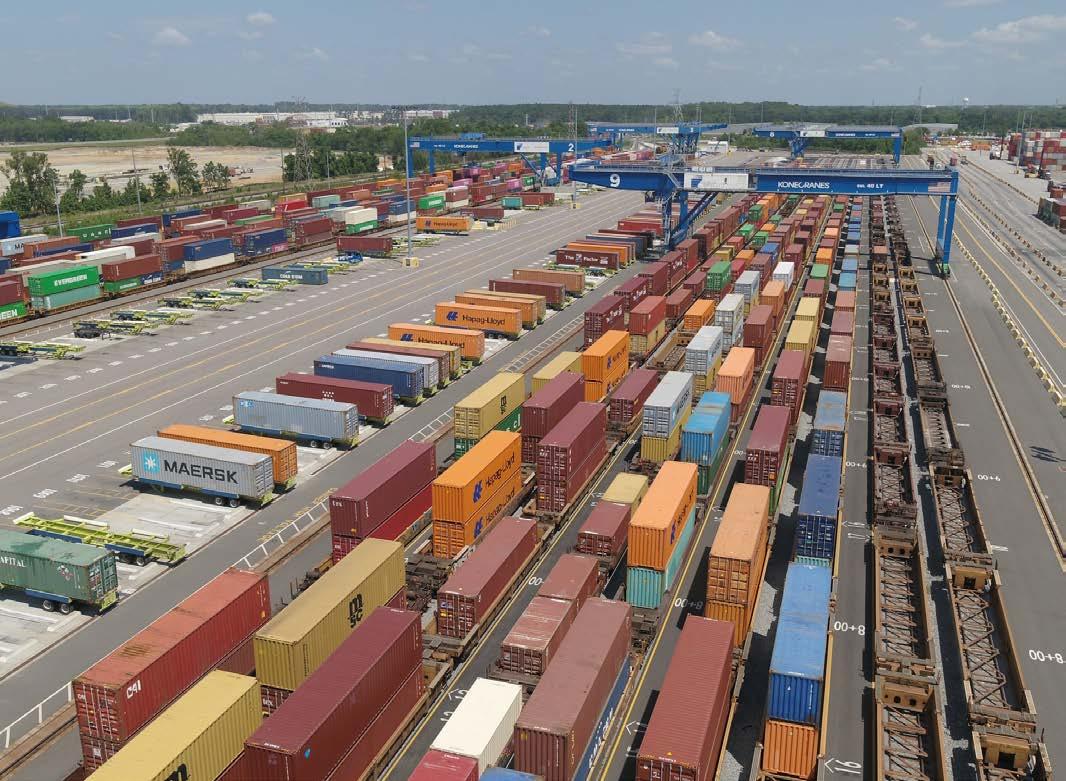
available to inland destinations across the country, including Atlanta, Charlotte, Chicago, Dallas, Memphis and beyond to service growing markets across the US. CSX Transportation specifically serves the Chatham Intermodal Container Transfer Facility (ICTF), whilst Norfolk Southern Railroad calls at the James D. Masion ICTF. These facilities are owned and operated by the GPA, which is vital in overseeing the entire operation of the Port of Savannah from cargo arriving at the port to shipping it across the country via these vital road and railway routes.
Alongside GCT is the Garden City Terminal West (GCTW), which adds 100 acres of capacity to the Port of Savannah, providing space to store 20,000 containers at the terminal. The storage solutions are offered to importers who are looking for longterm storage solutions. GCTW is serviced by 15 new electric rubber-tire gantry cranes, which add over 1 million twenty-foot equivalent (TEUs) container units to the port’s existing capacity. The terminal provides a state-of-the-art gate which provides easy access for truck drivers to maximise efficiency
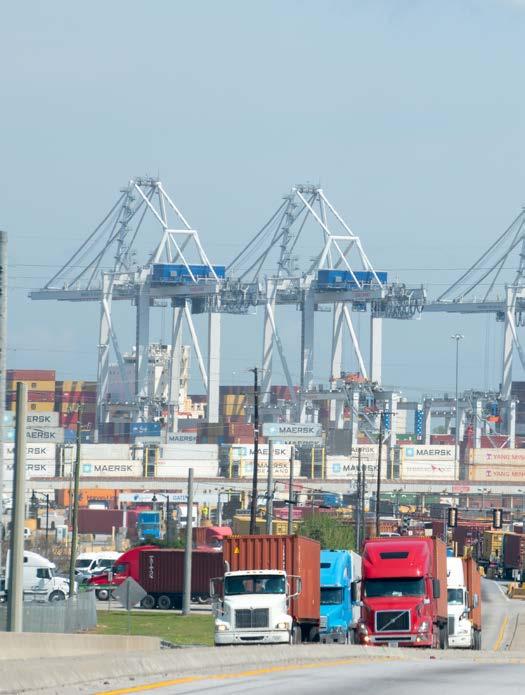
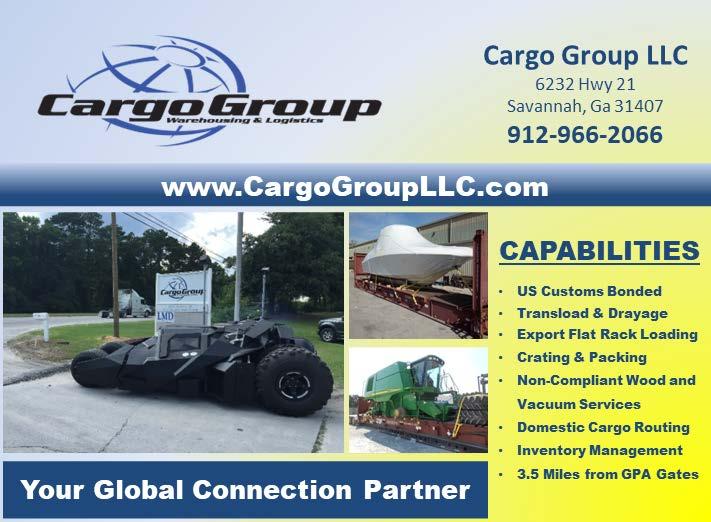
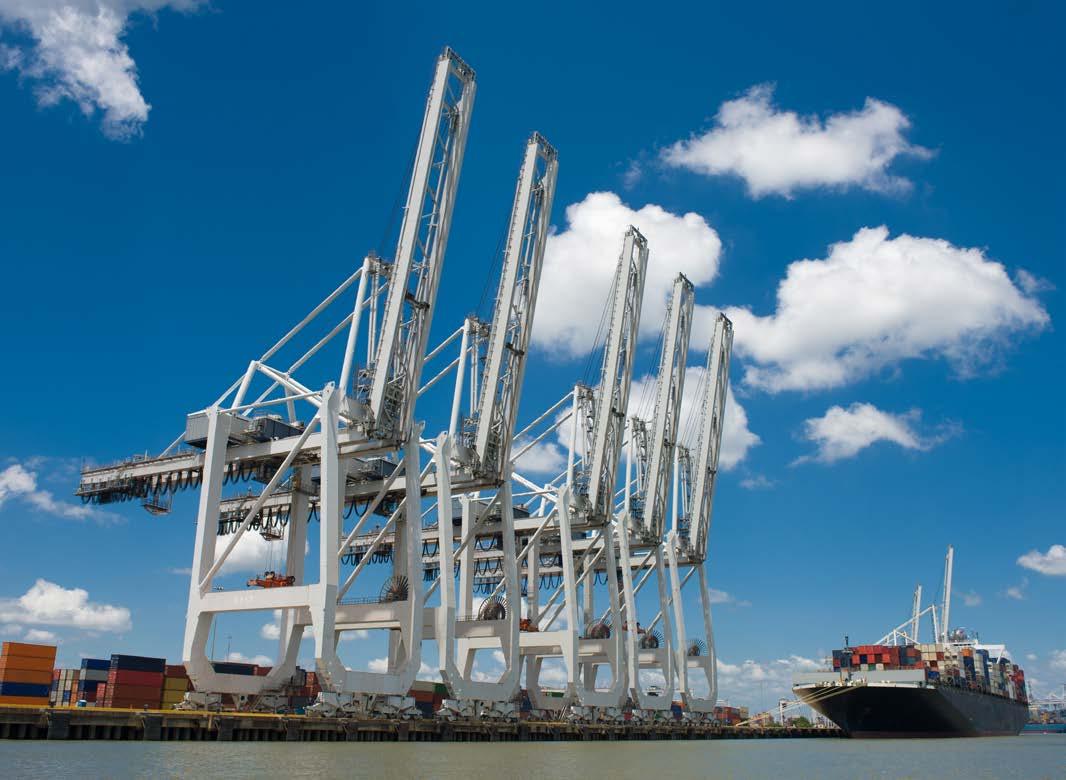
and convenience across the shipping of the port’s facilities.
GCTW is located adjacent to the docks at the Port of Savannah and the Mason Mega Rail Terminal. The Mason Mega Rail Terminal has been a longterm infrastructural investment in GCTW by GPA to help move cargo to key markets much faster. The rail link provides shipping to these markets in less than 3 days and thus supports the Port of Savannah as the largest intermodal facility in North America, servicing 42 trains a week with an annual capacity of 2 million TEUs. In 2024, the Mason Mega Rail Terminal achieved record volumes, moving 540,850 containers via its rail network, a figure that was up 5.7% from the previous year. Thus, through the fluidity and enhanced network provided by the Garden City Terminals and the Mason Mega Rail Terminal, the port’s infrastructure continues to provide the necessary shipping and logistical solutions to deliver the port’s facilities as a vital hub along the east coast of America.
In addition to the Garden City Terminal, there is the Ocean Terminal, which is one of the central developments for the port over the coming years. The current Ocean Terminal spans 5 berths, which are met with full transportation access across both interstate and railroads. The Terminal is located
just 2 miles from Interstate 516 and 10 miles from Interstate 95. Via these roads, cargo trucks can move the cargo from the Ocean Terminal and deliver it across the country efficiently. In addition to road access, the terminal also has integrated rail access via a Class I rail service on the terminal via the Norfolk Southern Railroad. This provides onterminal service and line-haul service thanks to Norfolk Southern Railroad and CSX Transportation, with on-dock rail access served directly to Berths 1, 2, 12 and 13.
However, as the Ocean Terminal looks towards the future, GPA are currently working on an improvement plan for the terminal. The plans outline the renovation of the berths and the container yard, which will allow the terminal to serve two large container ships simultaneously. The start of renovation work will commence in spring 2025, with the construction of a 1,325-foot berth. This berth will be followed by a second, which is planned for completion in June 2026 and will span 2,650 feet. By enhancing its berth capacity, the Terminal will be able to offer an annual capacity of 2 million TEUs.
In January, the Port of Savannah received four new electric ship-to-shore cranes, which were added to the fleet operating across the Ocean Terminal. With the addition of the new crane, the Terminal now
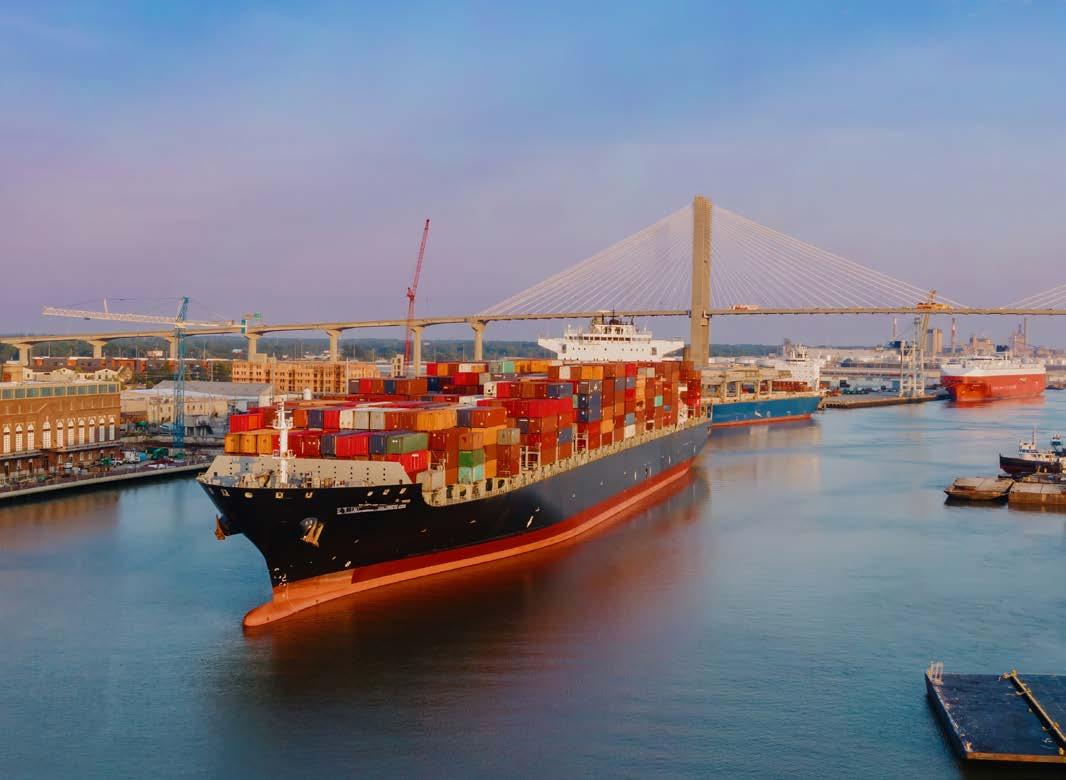
operates 8 Super Post Panamax cranes, designed by Konecranes. These will be vital in helping the port in its development to service two vessels at the Terminals’ berths at once. The Terminal will remain open and operating during the renovation works. In the press release announcing the Ocean Terminal renovation plans, Ed McCarthy, Chief Operating Officer at GPA, outlined that “The completion of this project upgrade in 2028 will enable Ocean Terminal to accommodate the largest vessels serving the U.S. East Coast”. McCarthy continues, ‘Our goal is to ensure customers have the future berth capacity of their larger vessels’ first port of calls with the fastest U.S. inland connectivity to compete in world markets”. McCarthy’s comments highlight the growing role that Ocean Terminal, and in turn the Port of Savannah, will continue to play in delivering the port as a key hub for vessels traversing the East Coast of the US to help facilitate access to the nation’s markets.
Thus, in a further development of Ocean Terminal to enhance its interconnectivity, the GPA board have approved the development of a $29 million exit ramp from the terminal, which will enable direct access to local highway transit to Atlanta. Currently, the ramp is 70% complete and will help support the port’s continued interconnected
nature both within Georgia and across the US. We can see that the developments across the Port of Savannah have been largely successful, as in June, the port announced that it had achieved its third consecutive month handling over half a million TEUs. The announcement came as the port concluded May, having handled 500,900 TEUs of containers, which is a 2.2% capacity increase from the same period last year.
With vital expansion and investment from GPA, the Port of Savannah has continued to enhance its infrastructure and, in turn, see a vast increase in the port’s capacity. As the port continues to grow, supported by the rail and interstate networks across Georgia, and beyond across the nation, customers can choose to utilise the Port of Savannah as a key step in their supply chains, knowing all cargo will be moved reliably, securely and quickly thanks to its faster-to-market service record. Therefore, it is no surprise that the port is now the single largest container terminal in America. With investment and expansion planned over the coming years under the ownership and operation of GPA, we look forward to seeing how the port continues to enhance its offerings to see an increasing cargo capacity with each passing month.
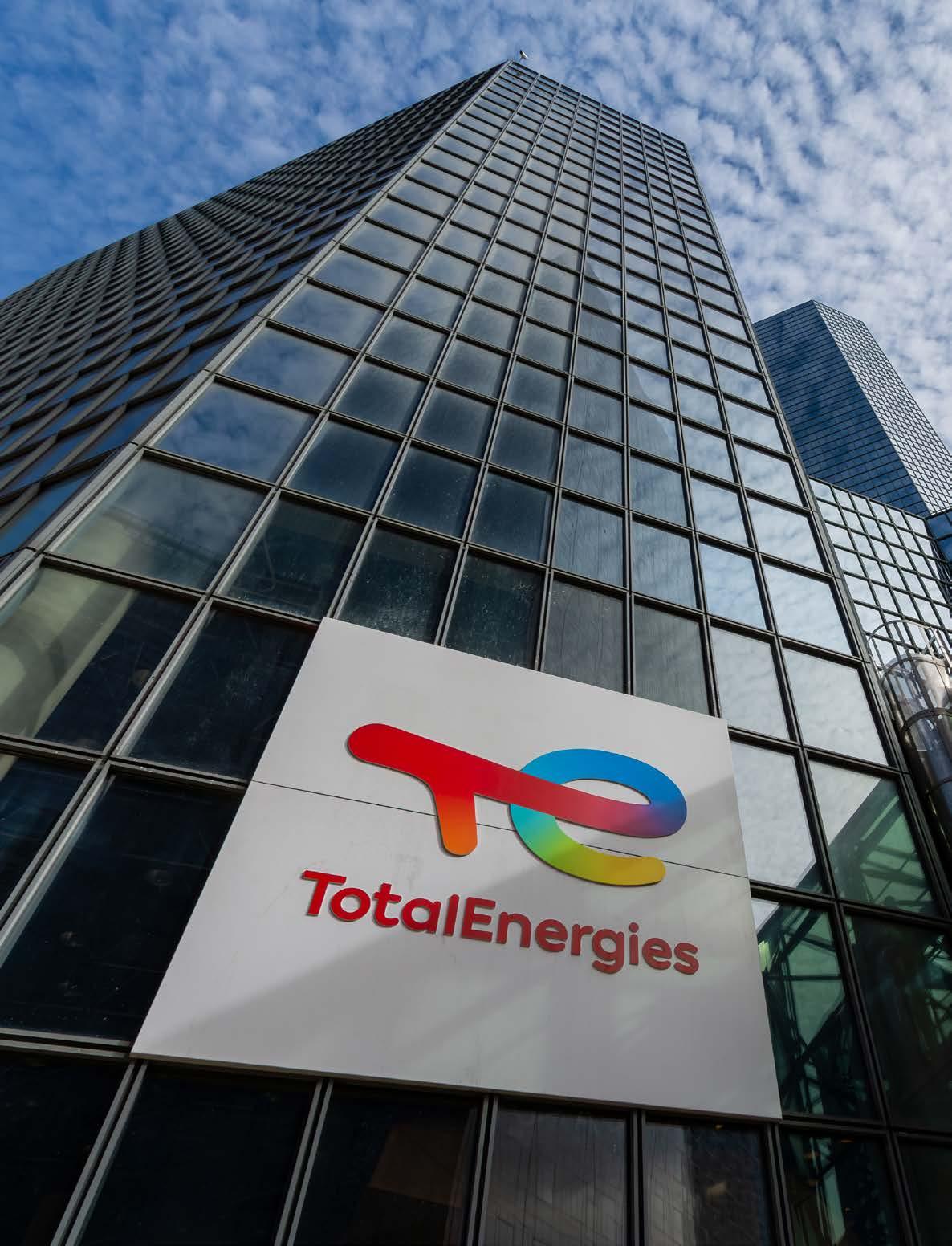
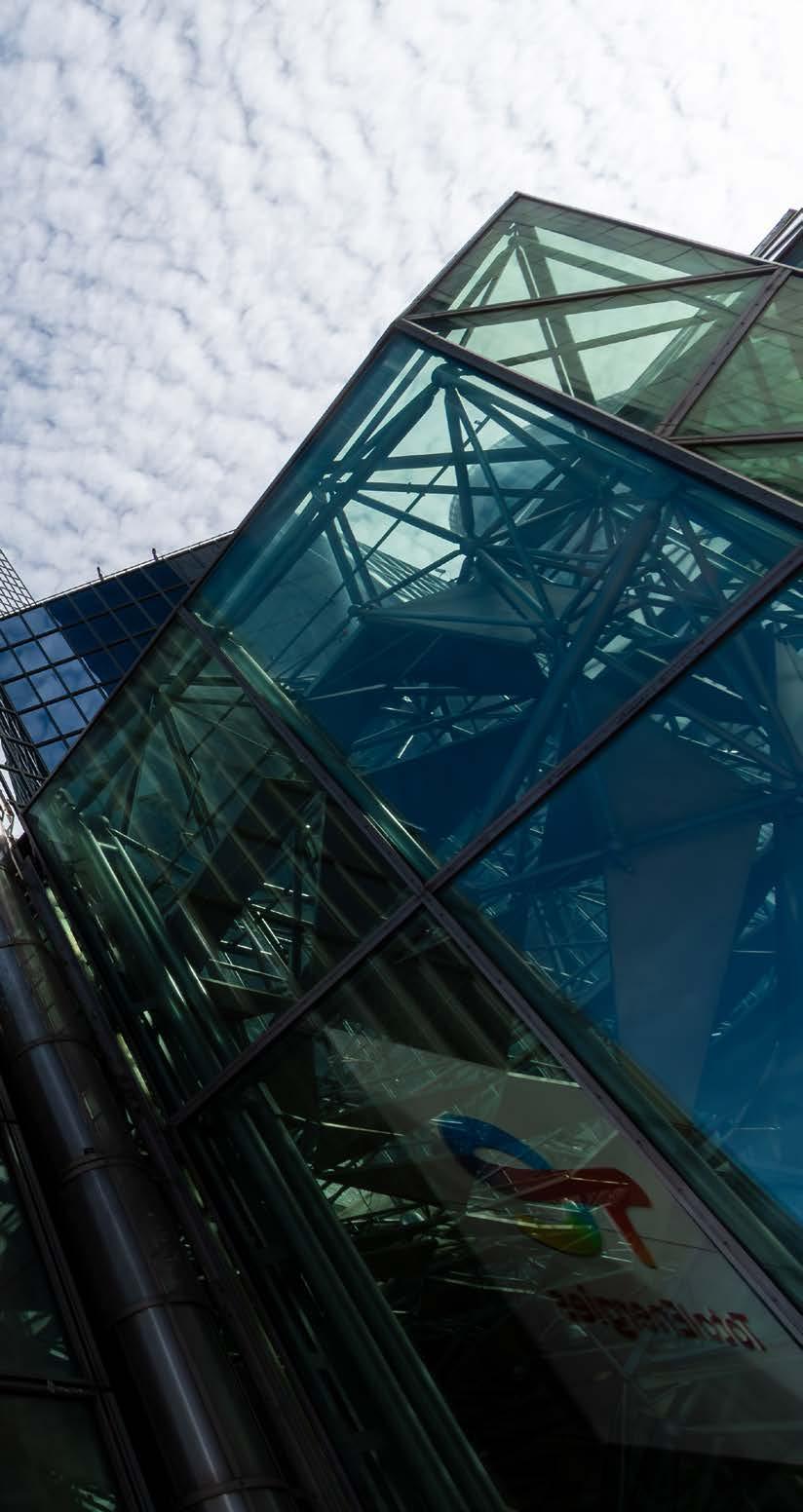
Founded on a commitment to delivering energy more sustainably, TotalEnergies is a globally integrated energy company where the planet and its people are at the heart of every strategy, project, and operation it conducts. The company has a long history across the globe and is now present in more than 120 countries worldwide. Across its international network, TotalEnergies works to make energy delivery more reliable, affordable, and sustainable. However, its current offshore exploration and development projects in Suriname mark a vital step in TotalEnergies’ leading energy operations within South America, where the company already has multiple developments, including developments in the neighbouring countries of Brazil and French Guiana.
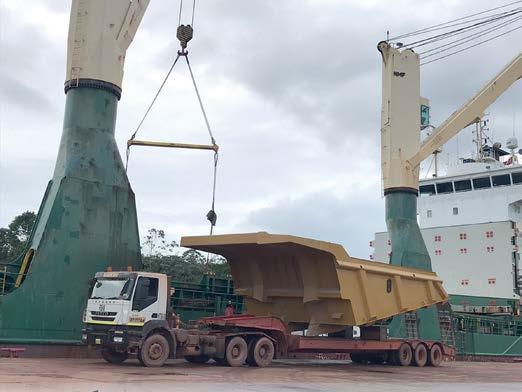

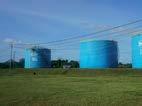

TotalEnergies has been present in Suriname for around 5 years, with 5 significant discoveries in the Block 58 offshore area. Block 58 is part of a partnership with APA Corporation, with both companies owning a 50% interest in the development. In 2023, TotalEnergies announced a significant oil project in Block 58, as well as a development study. The area includes the Sapakara South and Krabdagu oil fields, which have a confirmed combined estimated recoverable resource of close to 750 million barrels for the 2 fields. The GranMorgu oil project will be developed in Block 58 offshore Suriname and will deliver new wells at depths of between 100 and 100 metres across the Block. Oil will be produced through this system of subsea wells, which will ultimately be connected to an FPSO (Floating Production Storage and Offloading Unit) also located off the Suriname Coast. Once completed, the project is expected to have an oil production capacity of 200,000 barrels of oil per day (b/d) and contribute significantly to the development of oil across Suriname. Thus, for TotalEnergies, the project will mark a significant milestone for the company’s development of oil and gas resources in Suriname.
In October 2024, TotalEnergies and Saatsolie Maatschappij Suriname N.V. (Staatsolie) met in Paramaribo to announce the Final Investment Decision (FID) for the GranMorgu development located within Block 58. The announcement outlined how the GranMorgu project will develop the Sapakara and Krabdagu oil discoveries to build upon its successful exploration and appraisal period in 2023. The GranMorgu project, with a total investment of $10.5 billion, will be a key driver for investment on a local scale, contributing to local employment and the continued economic development of Suriname. For this reason, Paramaribo, the country’s capital, will be the centre for administrative, operations support and logistical activities for the entire project. In fact, for local companies, logistics, maintenance of the installation, as well as the subsea and FPSO operation, will see between $1-1.5 billion invested in local content, creating 6,000 direct, indirect and induced jobs across Suriname. Once completed, production is expected to start up in 2028.
The project is currently held in a 50% equal partnership between TotalEnergies and APA
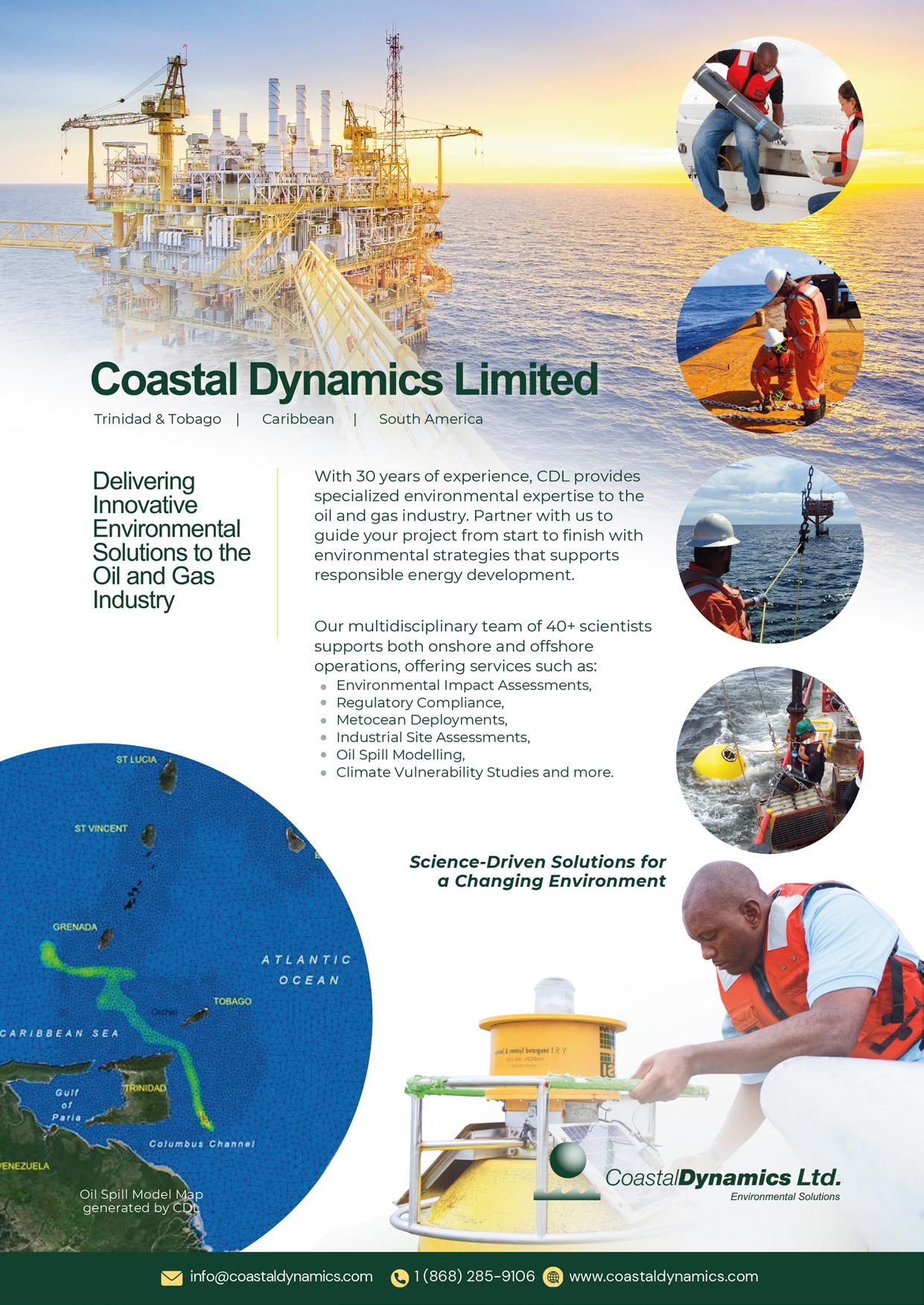

Corporation. However, following the GranMorgu project announcement, Staatsolie (Suriname’s state-owned oil company) outlined its interest in exercising its option to enter the development project at 20% interest, making contributions towards the project following the FID. Staatsolie will finalise its interest by June 2025.
One of the key sustainable aspects of the GranMorgu development in Block 58 is that it will leverage technology to minimise greenhouse gas
emissions. The project aims to specifically cut Scope 1 and Scope 2 emissions from each barrel of oil produced. A key step in achieving this will be the GranMorgu FPSO, which will be an all-electric vessel with zero routine flaring and full reinjection of associated gas into the reservoirs. The FPSO is designed to accommodate future tie-back opportunities that would extend the duration of its production plateau. Additionally, the FPSO will have a Waste Heat Recovery unit and water-cooling system, which will optimise the power usage across the vessel and improve its overall efficiency. To help further cut down on emissions, the project aims to install a permanent methane detection and monitoring system that will rely on a network of sensors to enhance the unit’s overall sustainability by reducing methane release.
The construction of the FPSO vessel for the GranMorgu development has been contracted to Technip Energies, who will build and install the vessel, whilst SBM Offshore has been contracted to operate the platform under an operations and maintenance agreement. Technip Energies will also
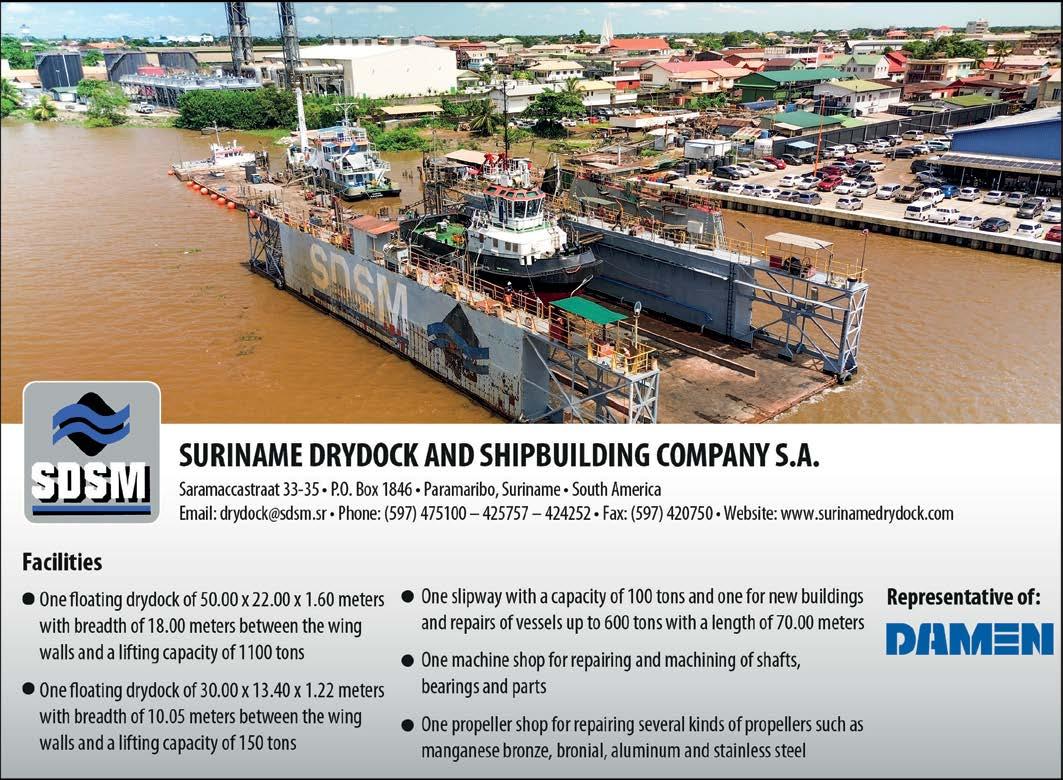

help deliver the all-electric drive platform, which will help the vessel deliver its reduced emissions, with zero routine flaring and full reinjection of associated gas into the reservoirs. A final contract has been awarded to Saipem, which will conduct the EPCI scope for subsea umbilicals, risers and flowlines. Its work will span the delivery of 100km of 10-12 inch subsea production flowlines and 90km of 8-12 inch water and gas injection, as well as the transport and installation of the flexible risers, umbilicals, and associated structures at depths ranging from 100 to 1,100 metres. These vital contracts will help TotalEnergies to deliver its sustainable mission for the GranMorgu development block.
The entire project at Block 58 will deliver significant oil developments for Suriname and add to TotalEnergies’ network across South America. In the FID announcement press release, Patrick Pouyanné, Chairman and CEO of TotalEnergies, outlined that “Building on TotalEnergies’ pioneering spirit, this landmark project marks the first offshore development in the country and capitalises on our extensive expertise in deep offshore innovation. Launched only a year after the end of appraisal,
GranMorgu fits with our strategy to accelerate timeto-market and develop low-cost and low-emission oil projects.” Pouyanné’s comments here highlight the vast role the project will play within Suriname and the company’s role in delivering a project that meets its central mission to make affordable yet sustainable energy more widely available across the world.
The GranMorgu project marks the vital beginning of a long and important era for Suriname’s energy sector. The project will deliver significant growth for the country, and so the project will be essential for delivering major economic benefits for the local economy through the labour, goods and services from local content that will be required to construct, operate and maintain the project to deliver consistent oil for the country. Oil production is expected to begin from 2028, where the majority of the project’s income will be delivered to the State of Suriname in the form of royalties, profit oil and taxes. The national oil company and TotalEnergies plan to continue to work closely together, and throughout the project will focus on attracting as many local goods and services as possible,
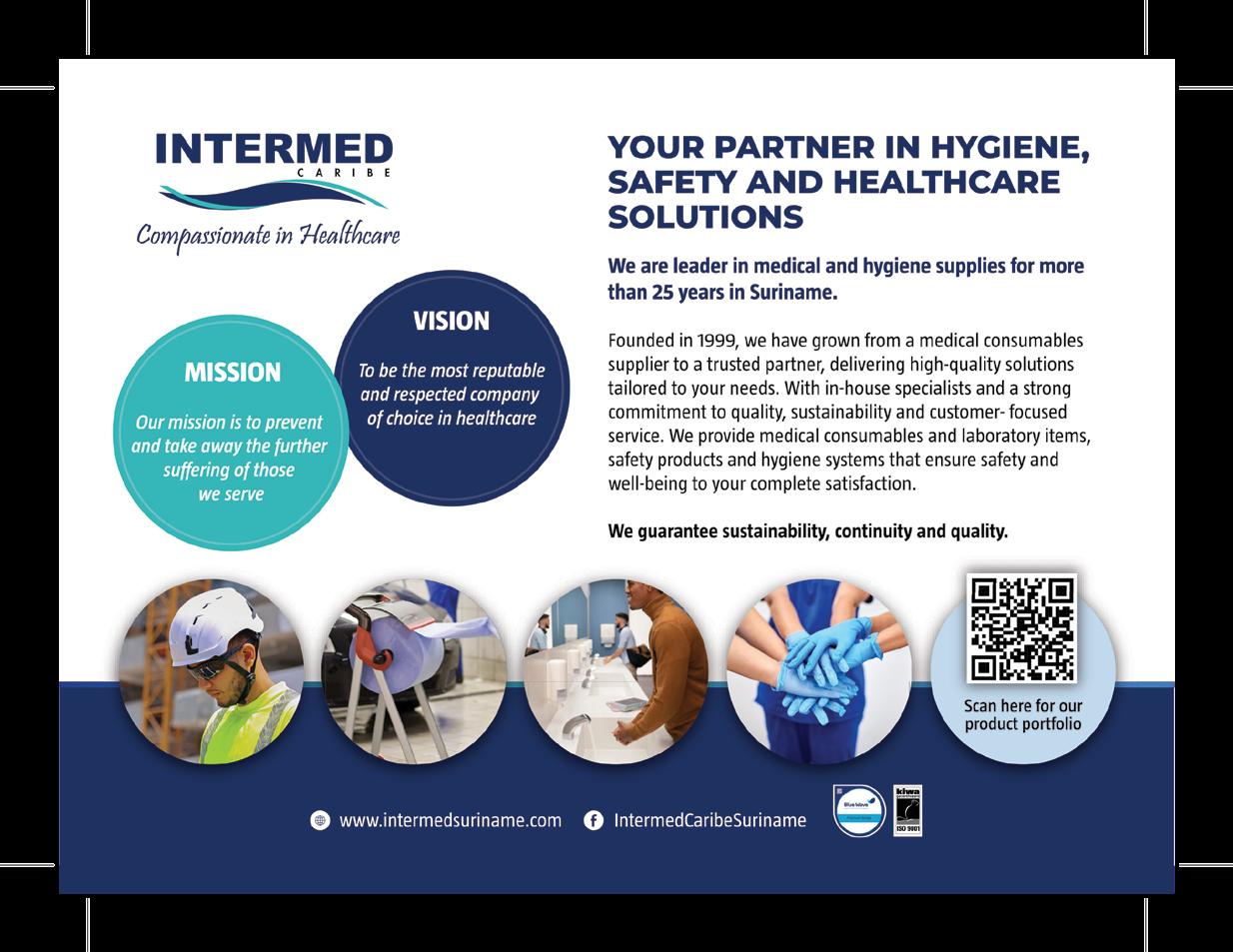
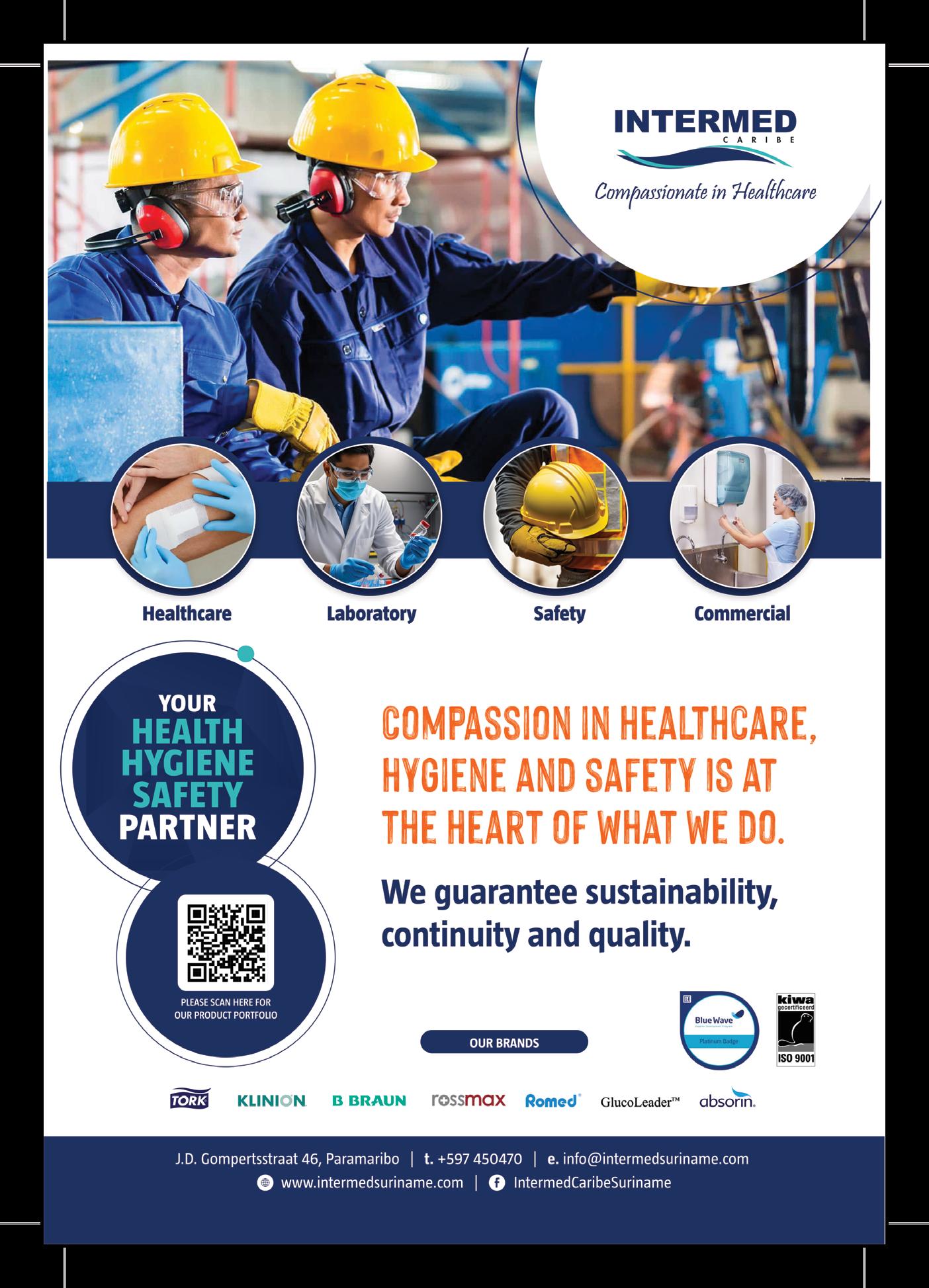
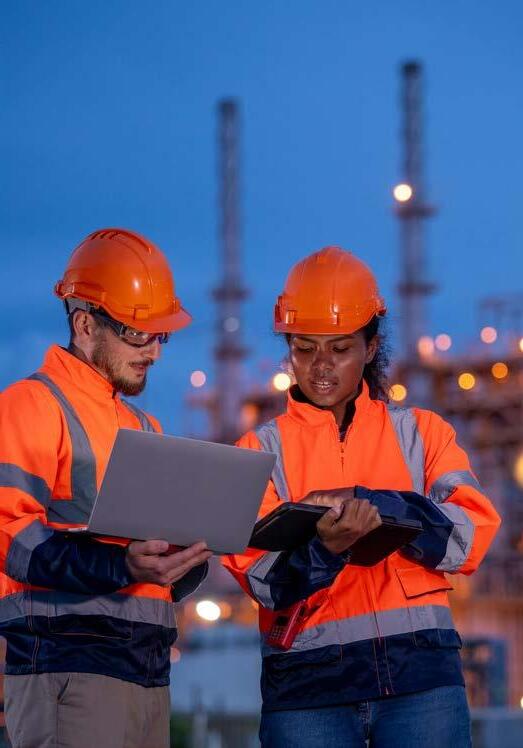
mirroring its focus on local content as has been seen across the exploration and evaluation phase of the development.
In addition to the Block 58 developments, TotalEnergies has previously signed a sharing contract for 2 shallow offshore blocks. These blocks, 6 and 8, have been awarded to TotalEnergies following the Suriname Shallow Offshore Bid Round 2021/2021, where TotalEnergies took on the operation of the two blocks with 40% interest. The operation is in partnership with Qatar Energy, which has a 20% interest, and Paradise Oil Company (POC), a subsidiary of Staatsolie, which also has a 40% interest in the development. Blocks 6 and 8 are located towards the south of Suriname, not far from the border to Guyana, and directly adjacent to Block 58.
The Senior Vice President of Exploration for TotalEnergies, Kevin McLachlan, states in the press release for the Block 6 and 8 development that “TotalEnergies is pleased to expand its operatorship position in Suriname, a world-class emerging basin, exploring for low technical costs and low GHG emission oil resources”. He continues, “This
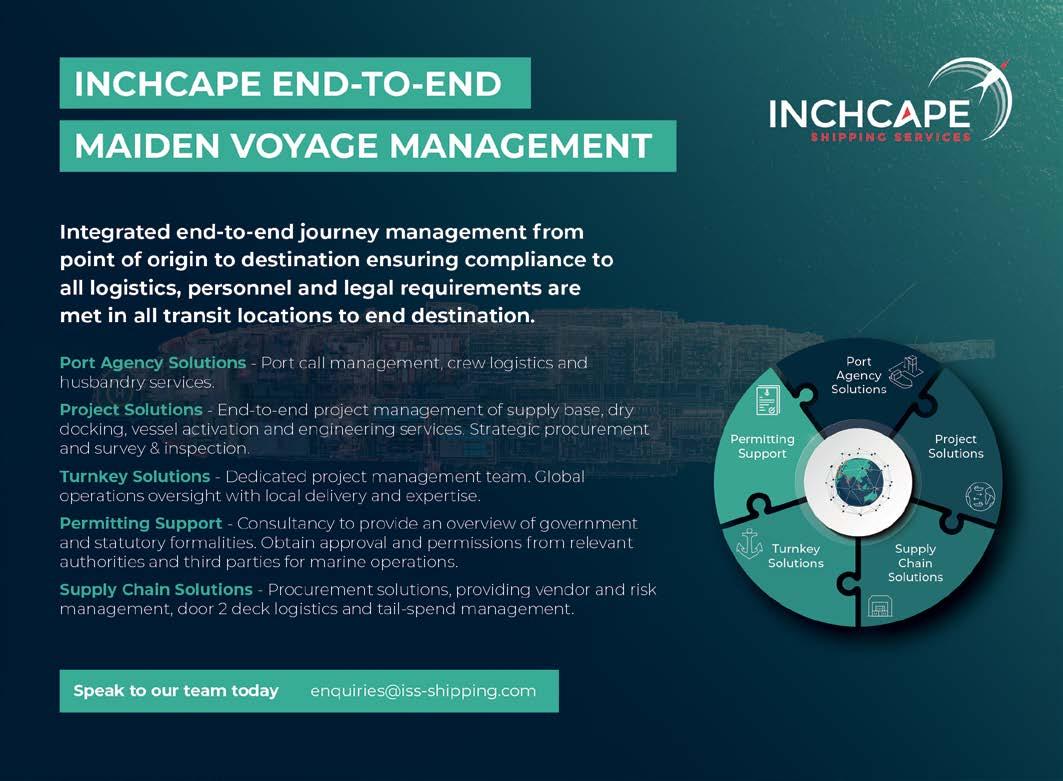
new milestone further strengthens our strategic international partnership with Qatar Energy, marking its first entry to Suriname”. As we can see from McLachlan’s comments, TotalEnergies’ span across Suriname has established it as a key player in the country’s energy industry. With significant developments in Block 58 and Blocks 6 and 8, TotalEnergies continues working with crucial partners and players across the global industry to bring sustained economic growth and a wider sphere of energy potential to the region.
As TotalEnergies continues to expand its reach across Suriname’s energy sector, the company announced in June 2025 that it had signed an agreement to acquire a 25% interest in Block 53 in Suriname. The interest in Block 53 was previously held by Moeve, formerly known as CEPSA, and so TotalEnergies will now join the operators of the block, APA (45%) and Petronas (30%), as a partner in the license. The block is significant as it is located directly east of the Block 58 developments, where TotalEnergies has its GranMorgu development. Block 53 is home to the Baja-1 discovery, the first oil to be found in the block, where over 34 metres of
D.S. Belcon
D.S. Belcon is strategically positioned within the Southern Energy Triangle, operating in Trinidad, Suriname, and Guyana, offering integrated solutions excellence to the shipping industry and oil and gas sector.
Considering TotalEnergies’ recent commitment to the GranMorgu project, as a Port Agency and Logistics Company, D.S. Belcon (Suriname)
N.V. stands ready to support this monumental initiative with comprehensive integrated logistics solutions. As Suriname embarks on this historic journey to develop the Sapakara and Krabdagu fields in Block 58, the need for reliable, efficient, and integrated logistics has never been more critical.
With a deep understanding of Suriname’s operational landscape, D.S. Belcon (Suriname)
N.V’s commitment to excellence, safety, and sustainability remains at the forefront.
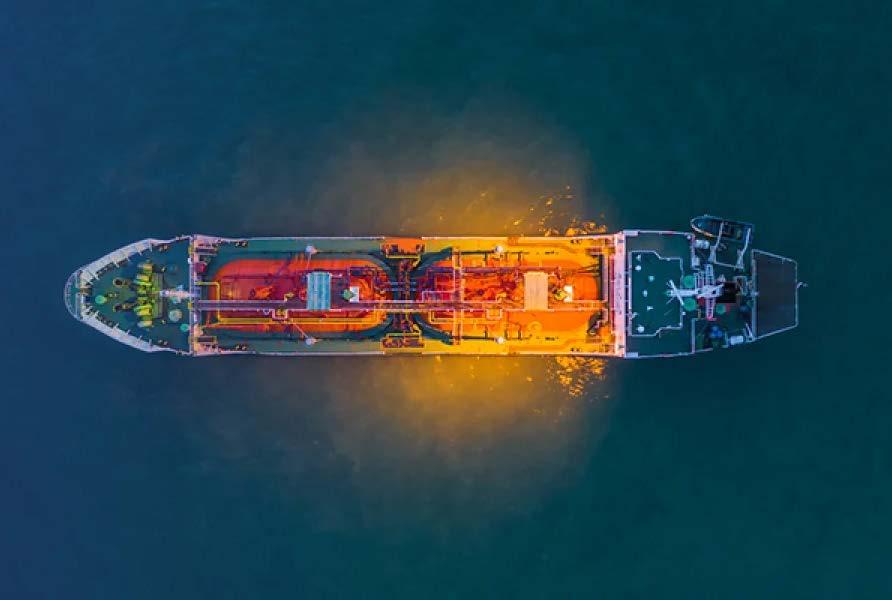
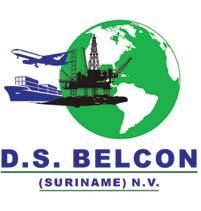
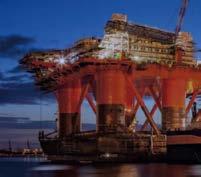
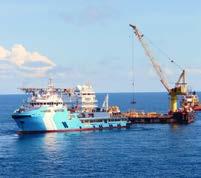
With the rapid emergence of the oil and gas industry in Suriname, the Dr. Jules Sedney Port of Paramaribo has been proactively advancing its facilities to meet the demands of the future. This commitment aligns with our slogan: “Accommodating Our Future.”
As part of our preparedness, we have successfully renewed our ISO 9001:2015, ISO 14001:2015, and ISO 45001:2018 certifications, along with our ISPS certification, reinforcing our dedication to quality, environmental responsibility, and occupational health safety and well-being of our dedicated personnel.
Moving forward, we continue to strengthen our internal organization while forging strategic partnerships that enhance the value of our services and position us as a key player in the region.
With Suriname’s economy on the rise and the increasing need for port expansion, we stand as the premier choice for those seeking to invest in a port with a robust, future-ready system of control and ample room for growth. At present a new construction project for the extension of the qua to the south has commenced with even more expansion possibilities.

Section
Quay length
Draft at LWS
Deck load
Storage area
Additional
Dr. Jules Sedney
Terminal (A)
660m
7,0 – 7,5m
4,5 – 10 T/m² 20ha
119 reefer plugs
Facilities available and to be established
Heavy load quays and aprons up to 20 T/m²
Berthing spaces
Open and sheltered storage area
Medical first aid facility
Chemical storage area
Technical & mechanical support facility
Logistic support facility
Training centre – in partnership with Port Of Antwerp Bruges International
New Shore Base Area (B) 140m + 120m + 97m 7,0m
20, 10, 5 T/m²
12 + 0,8 + 2ha
Oil jetty for bunker ops
Potential Expansion Area (C)
600m
7,0m
Subjected to requirements 47ha
Multifunctional options
Services by Havenbeheer and 3rd parties
24/7 ISPS security
Logistic support
Hot works, Technical and Mechanical Support
Stevedoring & Lifting works
Waste management
Bunkering services (Fuel & Oils)
Sludge and waste water removal
Fresh water supply
Variety of supplies
Ship chandling
Husbandry
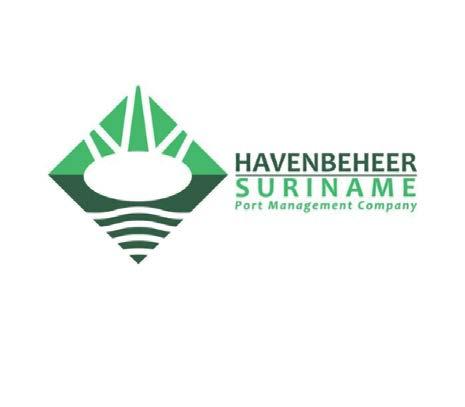
www.havenbeheer.com
Discover the gateway to Suriname’s thriving trade and commerce with N.V. Havenbeheer Suriname, the nation’s premier port management company. With over 50 years of expertise, we ensure the safe, efficient, and effective operation of Suriname’s National Port and Transport System, fostering international trade and logistics.
N.V. Havenbeheer Suriname, is committed to sustainable economic growth through innovative green practices. Our vision is to become your reliable carbon-neutral logistics partner, harmonizing prosperity with environmental stewardship.
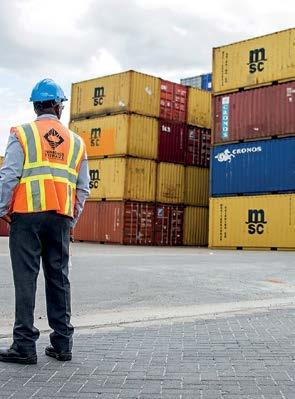
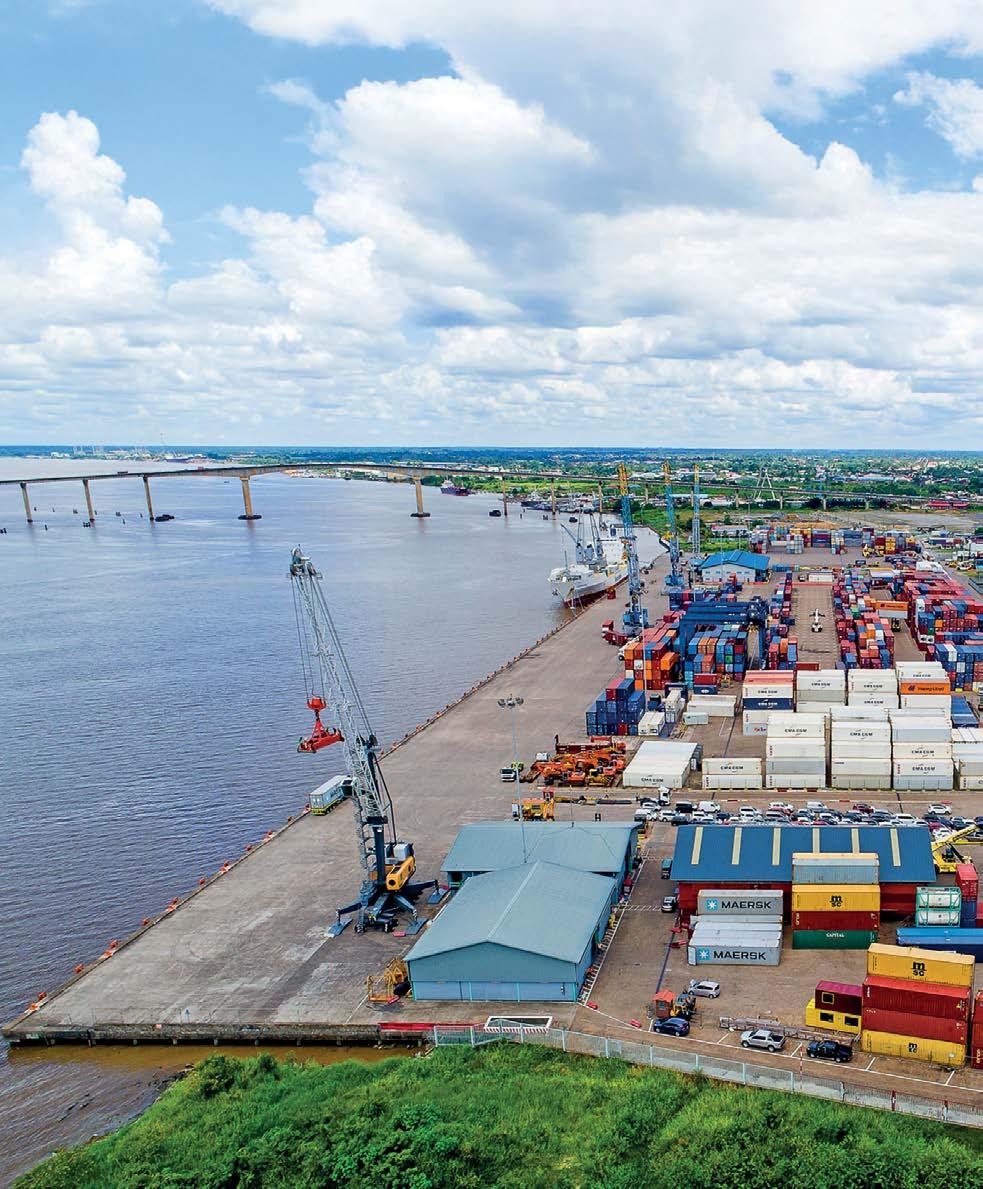





oil were encountered in the Campanian formation. This discovery is a significant down-dip extension of the same deposit system as the Krabdagu discovery in Block 58. TotalEnergies hopes to develop here, utilising the existing infrastructure of the GranMorgu project.
Javier Rielo, Senior Vice President America, Exploration & Production at TotalEnergies, outlines in the announcement that “This acquisition brings new resources to the development of our lowcost and low-emission GranMorgu project”. Rielo continues, “It also proves how TotalEnergies will leverage GranMorgu infrastructure to develop profitably additional resources and extend its production plateau, strengthening the position of the Company in the offshore of Suriname”. Rielo’s comments highlight the continued development and exploration of TotalEnergies in Suriname to deliver significant energy resources for the country. By utilising the existing networks and infrastructure of the neighbouring GranMorgu development, TotalEnergies can streamline its operations and deliver even greater economic benefits from the
Block, solidifying Suriname’s position as a key and developing oil producer for the future.
Outside of Suriname, TotalEnergies’ operations across South America remain vast. One of the largest operations in South America is in Brazil, where the company has been operating for close to 50 years. Across Brazil, TotalEnergies is present in almost every aspect of energy development, from exploration, production, and renewable and green gas development to marketing and services. With such a span across the country’s energy sector from upstream to downstream, TotalEnergies’ operations in Brazil are emblematic of the global company’s multi-energy strategy. Employing more than 3000 professionals, Brazil is a vital market for TotalEnergies as the country is home to presalt fields, which emit less greenhouse gases for each barrel produced than the world average. This means that TotalEnergies is focused on producing oil with low operating costs across the highest quality fields to meet the energy needs of today, whilst limiting its emissions to protect the world of the future.
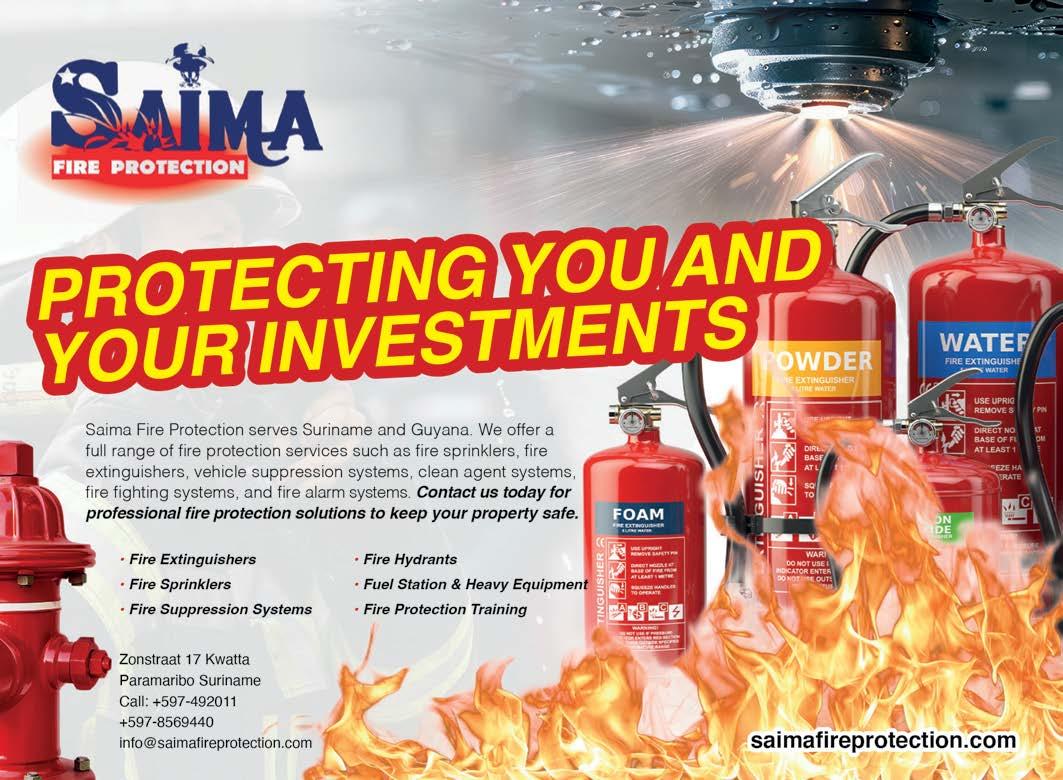
Professional Private Security (PPS) N.V., founded on November 10, 1990, began as a family-owned business specializing in car alarm installations. With a strong foundation and a clear vision, the company steadily expanded its capabilities, evolving into a limited liability company by 1993. Today, PPS N.V. stands as a trusted security partner in Suriname, known for delivering comprehensive security solutions tailored to meet the evolving needs of businesses across a range of high-risk industries. Our growth has been fueled by an unwavering commitment to innovation, deep industry expertise, and a focus on securing complex environments. Our long-standing presence in the country and our strong understanding of local and sector-specific risks have made us the preferred security provider for commercial enterprises, multinational corporations, and companies within the Oil & Gas sector.

PPS N.V. offers a full suite of security services designed to protect assets, people, and operations. Our security services include intrusion and fire alarms, CCTV surveillance, access control, and 24/7 technical support. We also provide continuous remote monitoring solutions, featuring real-time video analytics and rapid response teams located strategically across the region. Additional services include GPS tracking for fleet security, professional guard services (armed and unarmed), and customized training programs to boost safety awareness and preparedness.
Our expertise extends to high-level security services such as VIP/executive protection for diplomats and business leaders, as well as secure transportation and storage of valuables, including cash and precious metals, in line with international standards. With a focus on reliability, discretion, and rapid intervention, PPS N.V. is committed to delivering peace of mind in every security challenge.
Burenstraat 33, Paramaribo, Suriname Tel: (+597) 476 433 Email: info@ppsnv.com www.ppsnv.com
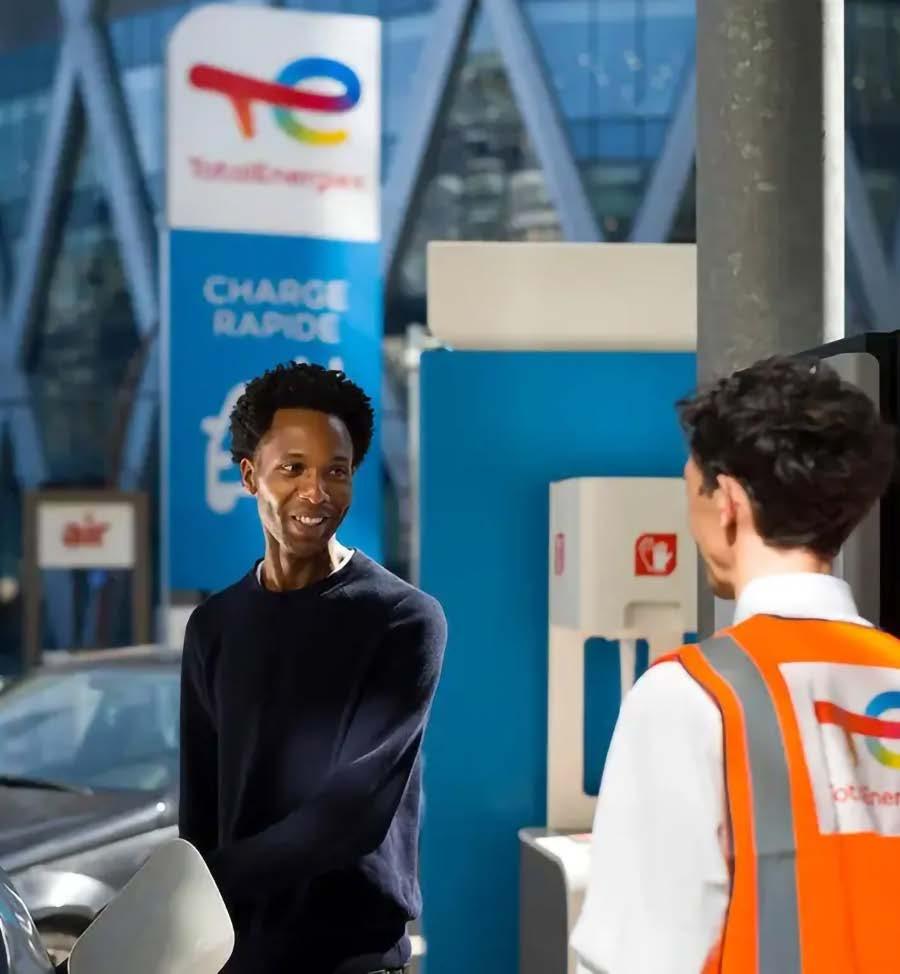
TotalEnergies currently has 11 licenses across its Brazilian oil and gas portfolio, including 4 operated assets across the Santos and Campos Basins in the deep waters and pre-salt layer. One of the most notable fields is the Lapa field, where TotalEnergies became the first international company to operate a production field in the Brazilian pre-salt, and the Mero, Sépia, Atapu Fields and the Lara area, all located in the Santos Basin. With such a wide span across Brazil’s energy development, TotalEnergies expects to produce 200,000 boe/d by 2026. In French Guiana, TotalEnergies’ operations focus on the downstream sector with the development of petroleum products and retail speciality at
service stations, as well as renewable electricity. The company currently has around 10 service stations across French Guiana, which offer fuel, products and related services. Beyond its retail, TotalEnergies also operates several solar power plants across French Guiana through its affiliates Total Eren and Sunzil, which are delivering more sustainable energy across the country every day whilst working towards a more sustainable energy future. TotalEnergies’ role across French Guiana is to deliver vital downstream resources, whilst working to develop sustainable energy solutions that can meet the demand of today, whilst limiting its impact on the planet.
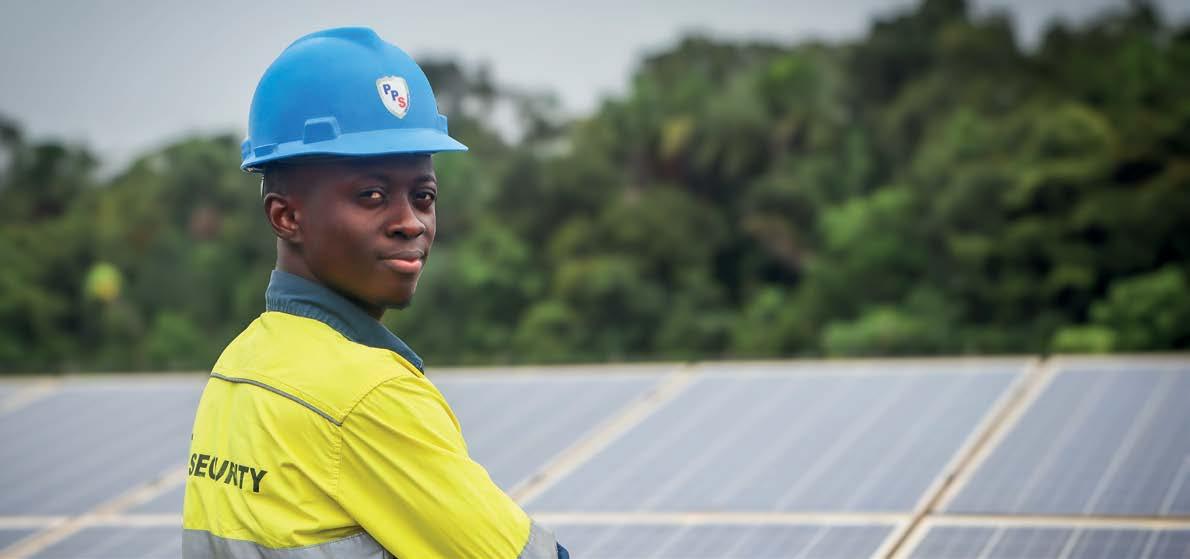

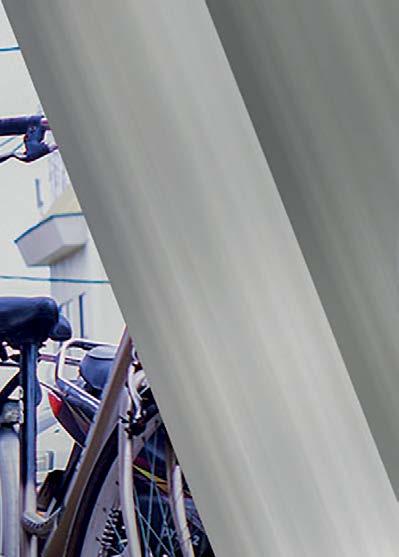
Since 1990, Professional Private Security N.V. (PPS) has been a leading provider of comprehensive security solutions in Suriname. Almost 35 years of experience, PPS offers a wide range of services, including electronic and guard Services, catering to individuals, businesses, industrial companies, international organizations, and government agencies
OUR SERVICES:
• GUARD SERVICES: Professionally trained security officers deployed to ensure safety and order on-site—whether at commercial properties, industrial facilities, or events.
• ELECTRONIC SECURITY SYSTEMS: Advanced solutions including intrusion and fire alarms, CCTV, access control, and tailored maintenance packages.
• CASH & VALUABLES TRANSPORT SERVICES: Secure transportation of money, precious items, and documents, aligned with international safety sta
• REMOTE SECURITY CENTER: Real-time monitoring, video verification, and alarm response via our 24/7 control room, linked to our strategically located Alarm Response Units.
• PERSONNEL & FAMILY TRANSPORT: Safe and discreet transportation for employees and their families, supporting the needs of international and high-risk operations.
• Almost 35 years of trusted experience in delivering high-quality security solutions across various sectors.
• Comprehensive service portfolio, ranging from electronic and guard services to emergency response, transport, and monitoring.

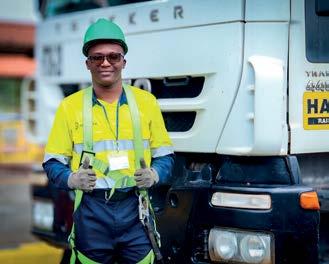
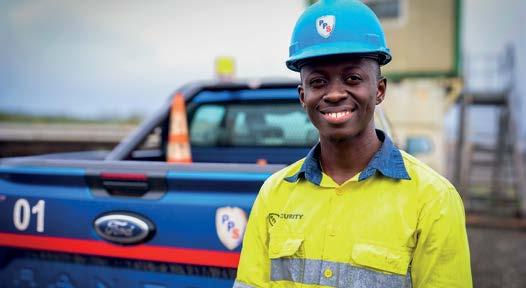
• Client-focused innovation—we continuously improve and adapt our services to meet your security challenges.
• Proven commitment to compliance, safety, and operational excellence through industry-recognized practices and certifications.
Burenstraat 33, Paramaribo, Suriname Tel: (+597) 476 433 Email: info@ppsnv.com
Some of our partners are...


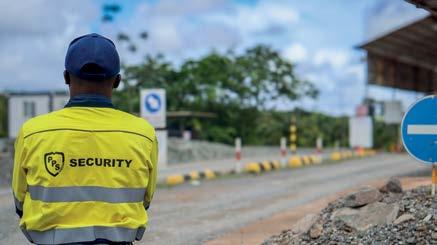








With the company’s presence across many neighbouring countries, it’s clear to see that Suriname and the surrounding region are primed for development, supported by the company’s expertise and network across South America. With this span of expertise being focused on Suriname, it is no surprise that TotalEnergies was a vital attendee at the Suriname Energy, Oil and Gas Summit (SEOGS) 2025. SEOG is the largest energy offshore event in Suriname, which brings together leading energy companies across both regional and international audiences. The event was developed by Staatsolie Maatschappij Suriname, Suriname’s national energy, oil and gas company, and organised by Global Event Partners Ltd (GEP) and Fossil Energy Consulting. Thanks to GEP and Staatsolie, SEOGS is the leading place for discussion, development and investment into Suriname’s energy sector, facilitated largely by the office opened by the organisation in Paramaribo to continue to support the region’s energy sector and wide portfolio. Leading global partners attending the event include the likes of Petronas and TotalEnergies, who are crucial in supporting
Suriname’s energy development. However, the event is also pivotal for bringing together multiple local and international key sponsors and suppliers across the energy sector to enhance Suriname’s global energy development.
The most recent SEOGS event was held in midJune in Paramaribo, Suriname, where over 200 speakers and more than 250 exhibitors were present. The event also saw over 12,000 attendees, highlighting the event’s role as the largest energy event in the Caribbean. The 4-day summit event provides ample opportunities for attendees, the government and energy companies to share about the vital energy development and potential of Suriname’s offshore deposits. Therefore, the event encourages investment, development and project opportunities for companies looking to get involved in one of the world’s most exciting oil and gas hotspots. Beyond the summer, a 3-day technical conference event delivered pivotal networking opportunities to help local and international stakeholders develop relationships to help deliver
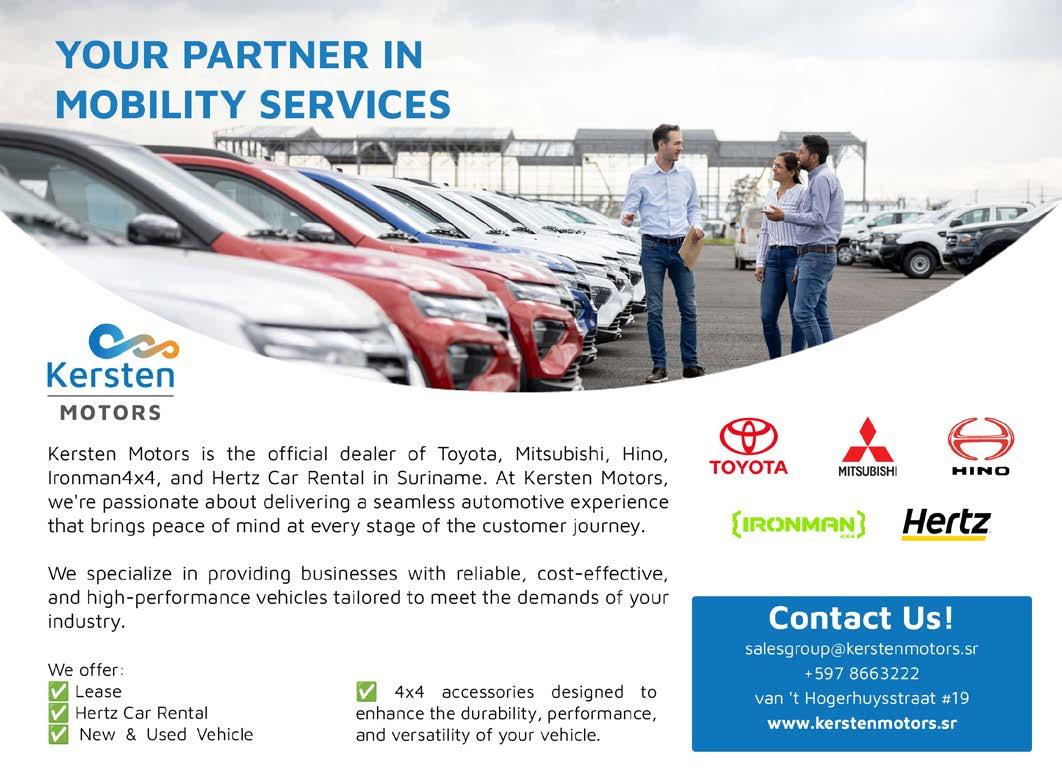
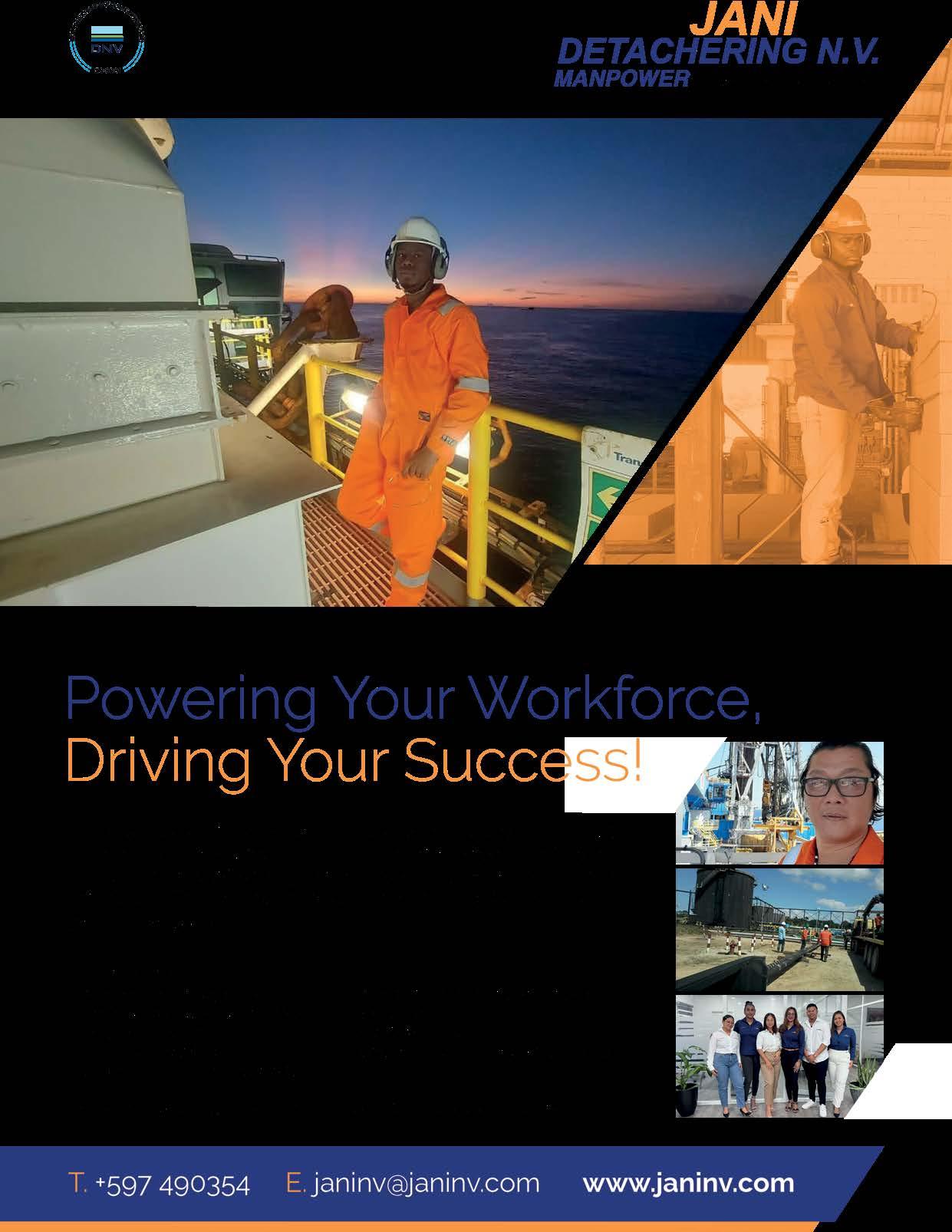

partnerships working towards the longevity of Suriname’s energy development.
SEOGS 2025 marks the 5th year of the event, and this year, one of the central focuses was on sustainability. With the opening of SEOGS 2025, President Chandrikapersad Santokhi outlined Suriname’s commitment to transparency and inclusivity in the growth of the country’s energy sector, with a central focus that ‘oil and gas resources must benefit all of our people’. These words were followed by the keynote address from Chairman and CEO of TotalEnergies Patrick Pouyanné, which reiterated the company’s commitment to the sustainable development of the GranMorgu project within Block 58 and across the Suriname-Guyana Basin. Pouyanné outlined in the message that TotalEnergies’ project within Block 58 will create over 6000 jobs, inject more than $1.5 billion into the local economy, and deliver more than 750 million barrels of oil to the market at a cost below US$20 the barrel. For this reason, Pouyanné highlighted that the GranMorgu project is part of a more than US$10 million investment that is designed to address sustainable energy values.
This focus on sustainability remained a key focus for the entire event, with Pouyanné reiterating how
the project will continue to focus on sustainability features throughout its development, with a particular focus on ensuring its FPSOs are electrical and are delivered alongside a permanent methane monitoring system. In addition to this, TotalEnergies will also ensure the reinjection of associated gas throughout the project. This focus on sustainability throughout the project is set to help both TotalEnergies and Suriname meet their goal of reaching net-zero emissions by 2050.
Ultimately, TotalEnergies’ projects across South America highlight the company’s mission to make energy more accessible, sustainable, and affordable across the globe. In Suriname, in particular, the development will strategically enhance the country’s existing energy infrastructure and ensure a more seamless delivery of energy across the region. With Suriname’s continued energy development supported by the government and local stakeholders, and highlighted through the SEOGS event, the region is now a vital hub for energy investment across the Caribbean. For TotalEnergies, Suriname will now add to its vast portfolio in South America, which works cohesively to leverage its expertise across the region’s energy sector and enhance Suriname’s role within the global energy market.
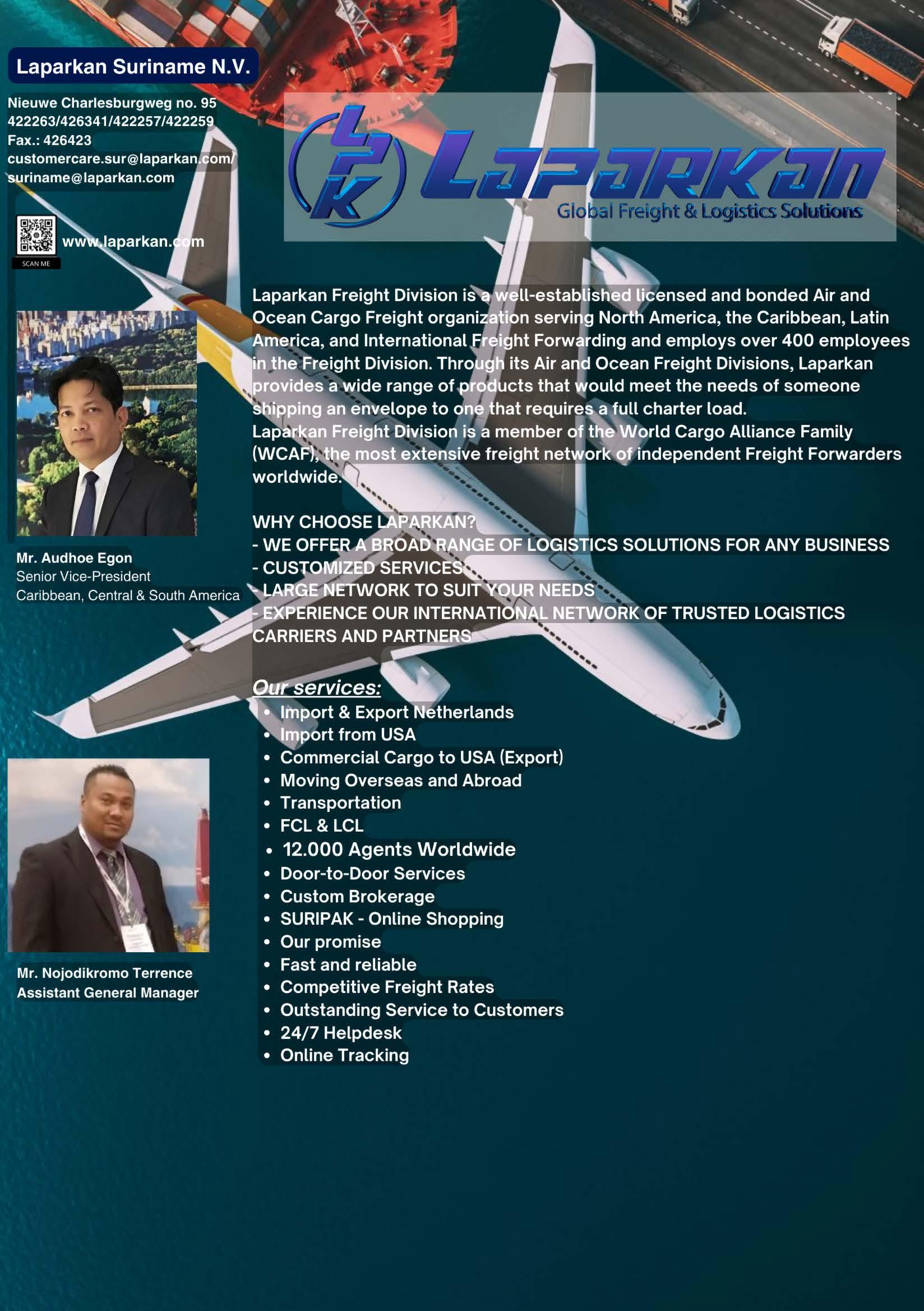
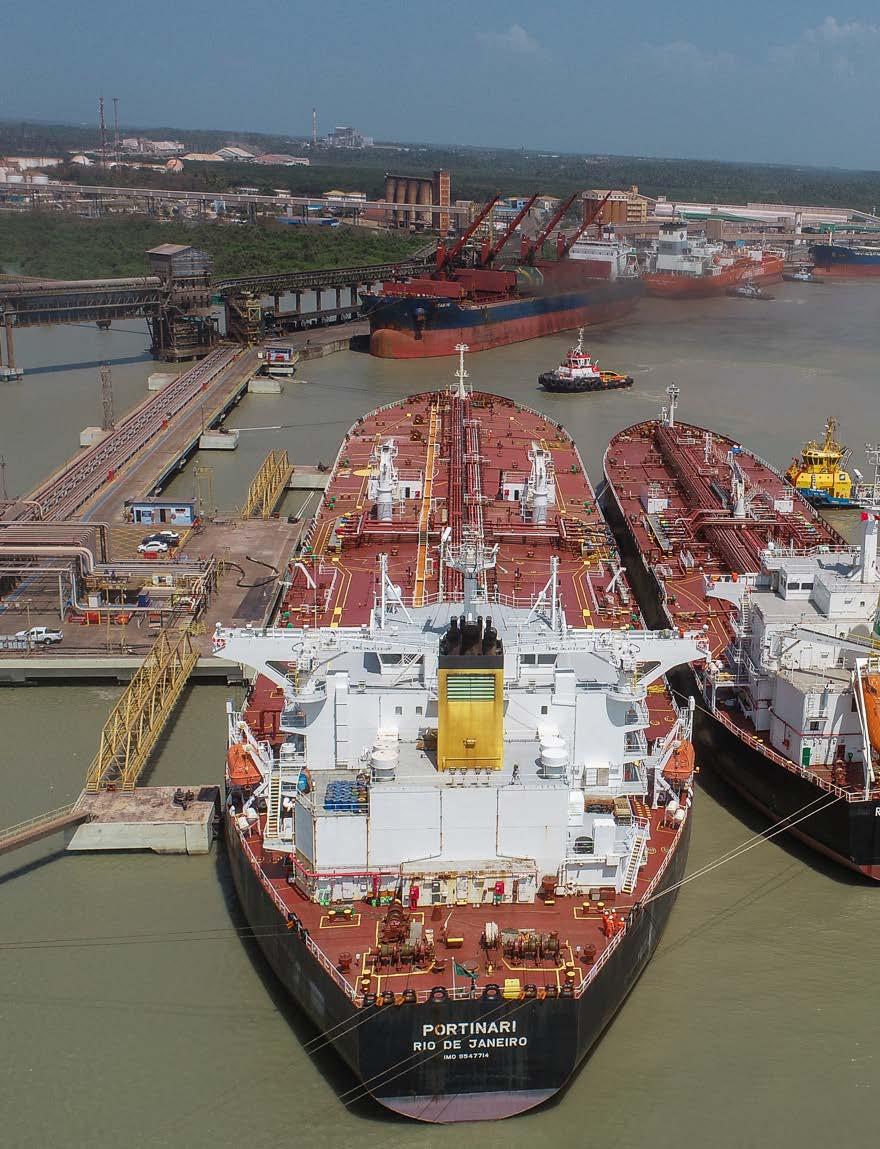
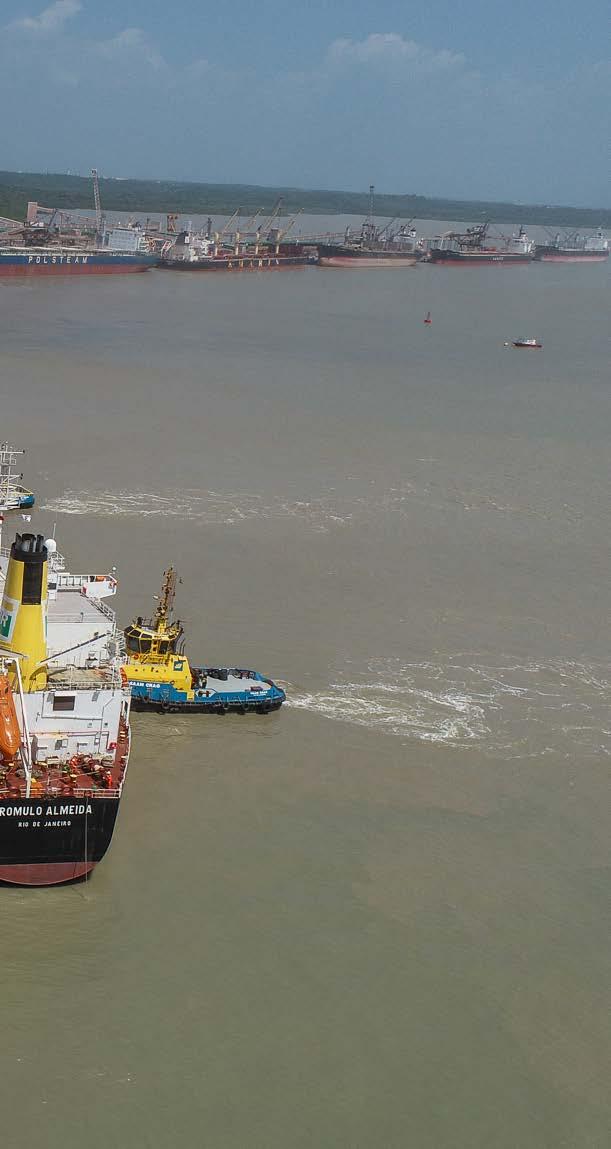
As one of the largest ports in Brazil for cargo movement, Porto do Itaqui (Port of Itaqui) plays a vital role in supporting the Brazilian economy supported by innovative logistics networks, a multimodal infrastructure, and a port authority set on delivering the port for the future whilst encouraging investment across the port and surrounding areas. With this network, the Port of Itaqui is an international hub providing leading logistics services to strengthen supply chains and position the Brazilian port at the forefront of maritime development for South America.
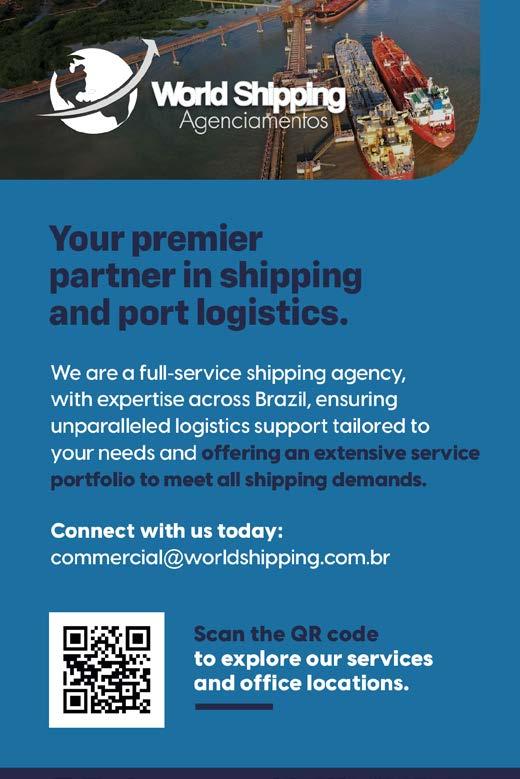
The Port of Itaqui has a long history in Brazil, with port operations commencing as early as 1918, when docking facilities were contracted to be constructed in Itaqui to support the commercial development of São Luís and the surrounding states of Maranhão, Tocantins, Piauí and Bahia. However, the initial development of the port wasn’t successful, and so it was terminated in 1923. By 1960, construction began again at the Port, facilitated by the National Department of Ports and Waterways. Following the construction of a pier and two berths, the Port began official operations in 1972, serving Itaqui and the wider region.
Today, the Port of Itaqui serves essential maritime and port operations across its 9 operational berths, ranging from 12 to 19 meters. These berths ensure that large vessels travelling across international shipping lines can dock at the port. As of 2024, the Port has handled over 34 million tons of cargo. Thus, the port provides essential maritime and port operations serving the almost 20 million hectares of hinterland surrounding the port. To maintain its vital role across such a vast region, the port relies on the management of Maranhão Port Administration Company (EMAP), which is pivotal in developing the port to meet the growing demand for cargo by implementing and enhancing port operations in order to support the Port of Itaqui’s role across both local and international supply chains.
EMAP is responsible for the infrastructure and management of the port to help it maintain its efficient operation, whilst ensuring that the quality of its services remains high. Therefore, EMAP works across every aspect of the port from supervising port operations, to ensuring that all activities, investments and developments are carried out with efficiency, safety and with respect for the environment. It also works to authorise the entry and exit of vessels, including the docking, undocking, anchoring and vessel traffic management across the port area. Economically, the port brings significant financial growth to the region, with the total volume of cargo moving through the port rising year on year. In 2022 alone, 33.610 million tons of cargo were exported, with an emphasis on solid bulk. These are passed through the nine operational berths of the port, with depths ranging from 12 to 19 meters. These berths ensure that large vessels travelling across international shipping lines can still dock at the port.
One of the central ways that the port has seen an increasing number of cargoes is thanks to the unique and competitive rail connections that link
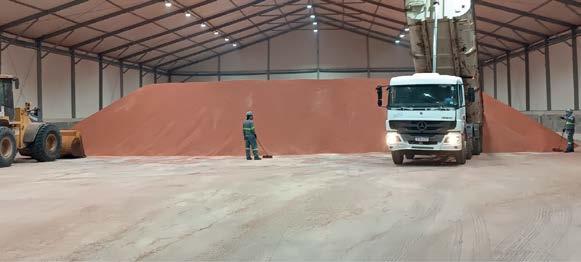
With over 15 years of experience in port operations, Transglobal is recognized as one of the main logistics players at the Port of Itaqui, in Maranhão, while also maintaining a strong presence in the key ports of Pernambuco (Recife and Suape) and Pará (Vila do Conde and Santarém), delivering integrated cargo handling solutions across Brazil’s Northern and Northeastern regions.
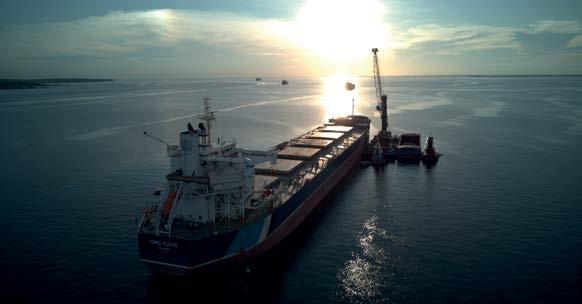
In 2024, we surpassed 5 million tons handled, driven by logistics expertise, a specialized team, and state-of-the-art equipment.
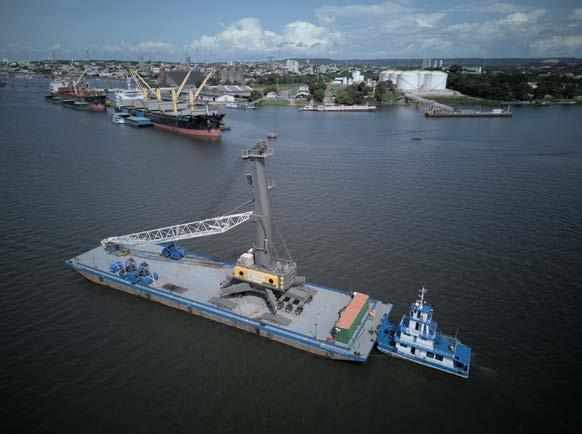
Our infrastructure includes a dedicated terminal in Itaqui, just 4 km from the quay, featuring:
• Two warehouses (30m x 70m each) with internal segregation and LED lighting
• 12,328 m² outdoor yard, o ering flexible storage capacity
• Automated weighing system, with 120-ton capacity and up to 300 weighings daily
• 24/7 monitoring, with full camera coverage
• ISO-certified processes, meeting the highest quality and safety standards
• Advanced port equipment, ready for multiple cargo profiles
Transglobal Port Operations Experience, infrastructure, and results driving port logistics across Brazil.
transglobal_oficial tglobal.com.br contato@tglobal.com.br
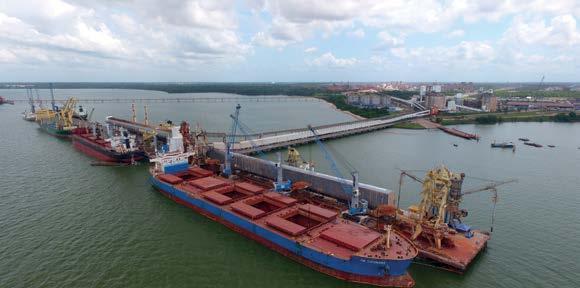
the port with the wider region. The Port has a direct connection with both the Transnordestina (FTL) railway, which passes through 7 states across the Northeast and the Carajás Railway (EFC), which connects the capital of Maranhão to Carajás-PA. These routes help the Port of Itaqui to transport cellulose products throughout the region.
In addition, the port is also connected with the North-South Railway (FNS), which links the EFC to Açailândia, where it transports mineral and vegetable solid bulk and fuels across the states. Alongside the railways are the federal and state highways, including the BR-135, BR-222 and MA-230, which run throughout the north and south of the country. All of these transport services work in lockstep with the Port of Itaqui to take the materials and products handled by the port throughout the country. By utilising the existing infrastructure, the port industry of Itaqui highlights the valuable role they all play in developing supply chains, which ultimately brings significant economic benefits to the area.
As the port looks towards the future, EMAP is set on enhancing the technology across the port to support greater port capacity and more efficient operations. In February, the Port announced that it had invested in technology to fast-track the construction of Berth 98. The project at Berth 98 is designed to help increase the operational capacity of the port complex by allowing
larger vessels to berth at the port and, in the process, bring greater economic benefits to the local and national economy. The port has invested in Cantitravel equipment, which is specialised in traditional nautical support to enhance safety, efficiency and precision in its operation. The structure has the capacity to support two cranes with a capacity of 200 tonnes each. The technology removes the need for maritime and floating supports, especially in areas where there is significant tidal variation or strong currents. This is particularly important where conventional equipment would be less effective, and so the foundational work of piling, excavation and concreting can be enhanced through the use of this technology.
President of the Port of Itaqui, Isa Mary Mendonça, outlined in a press release that “This is the first time we’re using Cantitravel in our projects. Berth 98 is a milestone for Maranhão’s port infrastructure. Alongside our partners, we’re bringing more technology to the region and reinforcing the port’s role as a driver of development in the Northern Arc”. Mendonça’s comments highlight how this technology will be essential in supporting the development of the Port of Itaqui’s infrastructure, which will continue to allow it to serve maritime operations for years to come.
The second phase of Berth 98’s development will focus on assembling precast elements and pouring
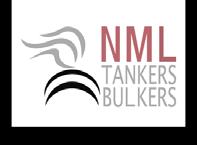
NML Tankers has a solid expertize in moving project cargoes from source to destination. NML Tankers & Bulkers supports major project undertakings by combining our shipping and logistics sectors, providing services that include:
• Site survey / feasibility studies (routes, weather, political climate)
• Full / part charter parties (air charters, time/ voyage charters)
• Multi-modal transport (rail, tug & barge, heavy lift)
• Special equipment transport (flat racks, open tops, platforms, tween deck solutions)
• Freight negotiation (COA negotiation, long term rate validities)
• Administrative support (customs clearance, trade documentation)
NML Tankers’s reach provides security through one company control, ensuring strict HSSE, Quality and Compliance implementation throughout the project life. Commitment, flexibility and experience are central to the NML Tankers approach on every project.
nmltankers.com
NML Tankers, combining experience, innovation, commitment and loyalty to hold on strongest and long term partnerships. With over 30 years experience in various sectors of the maritime industry, our maritime traditions combined with our drive for innovation has shaped our organisation and is today the basis of our holistic service approach.
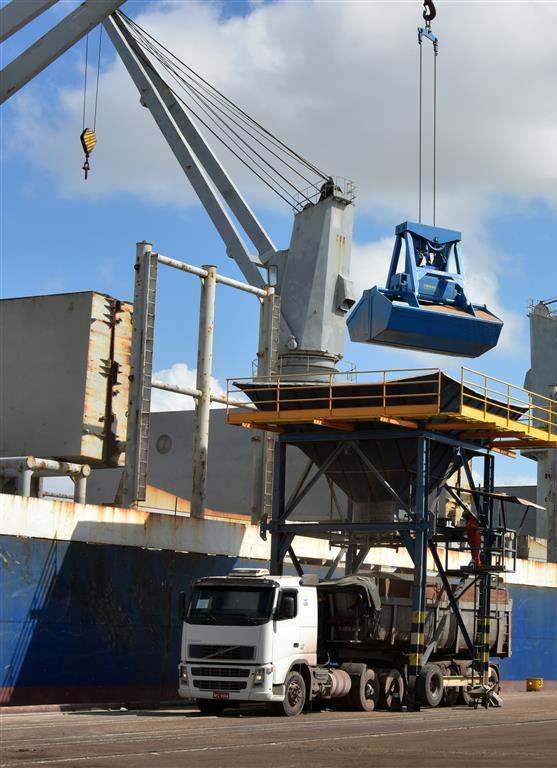
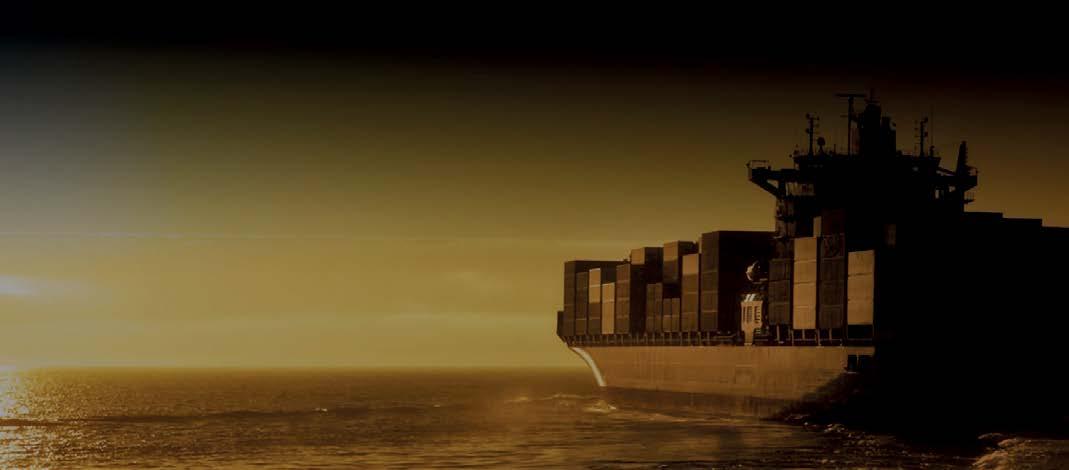
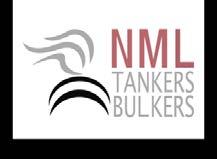
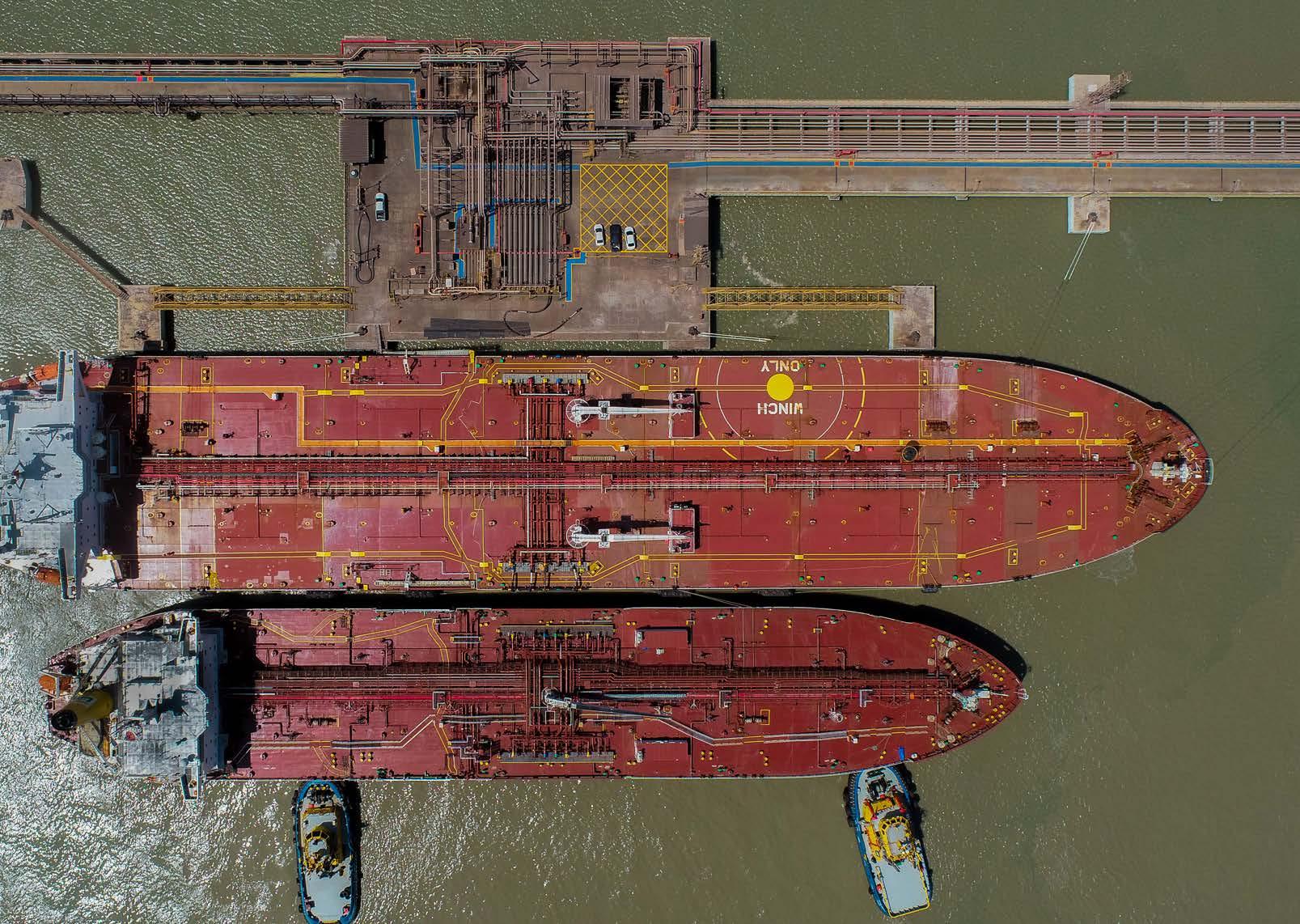
concrete on-site to help solidify the structure. In total, the R$289 million investment aims to deliver a larger dock that will increase the port’s capacity by over 8 million tonnes annually, which aims to boost the port’s revenue by roughly 20%, providing vital economic development for the local region. Thus, once completed, the expansion to Berth 98 will enhance the logistical competitiveness of the Port of Itaqui for capacity, whilst also ensuring its compliance with technical and environmental standards.
Environmentalism remains a key concern for the port, to deliver vital cargo capacity whilst working towards a more sustainable future. In April, the Port of Itaqui unveiled its Decarbonised Plan, which is the first of its kind in the Brazilian port sector. The Decarbonisation Plan was developed in partnership with Fundación Valenciaport, leaders in innovation and sustainability. The plan, developed from work started with the Greenhouse Gas Emissions Inventory in 2022, and includes investment in green infrastructure, technology, digitalisation and discounted tariffs for less polluting operations. The project hopes to promote engagement from the entire logistics chain to support the transition towards a cleaner energy matrix in the port sector.
Bruno Mota, Planning Director at the Port of Itaqui, outlined that the Decarbonisation Plan, “align[s]
with our strategic planning based on efficiency, sustainability, and innovation. It’s not an isolated initiative, by part of an integrated vision for the future, built with responsibility and transparency”. Mota’s comments highlight the cohesive role sustainability has and will continue to play in the Port of Itaqui’s operations. By investing in the necessary infrastructure, technology and operations that limit emissions, whilst still meeting the growing cargo demand, the port can continue to show that its growth can and must go hand in hand with environmental responsibility. Thus, as the most digitally advanced port among Brazil’s public ports, the Port of Itaqui can lead the way in showing how decarbonisation and cargo optimisation are the way forward for the global shipping and maritime sector. What we continue to see across the Port of Itaqui is a firm commitment to cargo services underpinned by a focus on development, sustainability and longterm success for the port and the surrounding region. From its expansion of berths at the port to the implementation of sustainable initiatives, the Port of Itaqui continues to develop its operations to serve the region’s cargo development, to help support the local economy and transform the port into a hub for local and international maritime development.
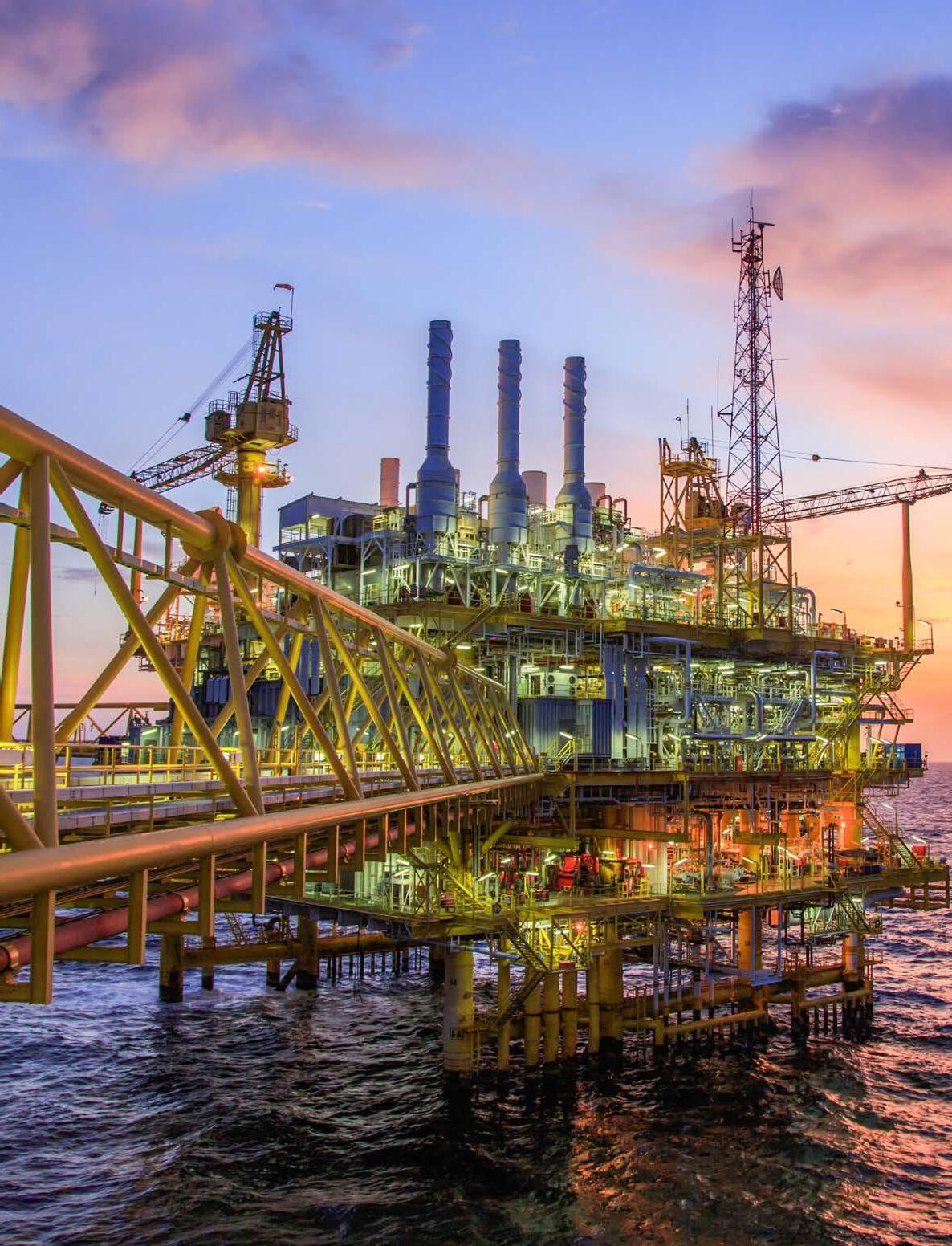
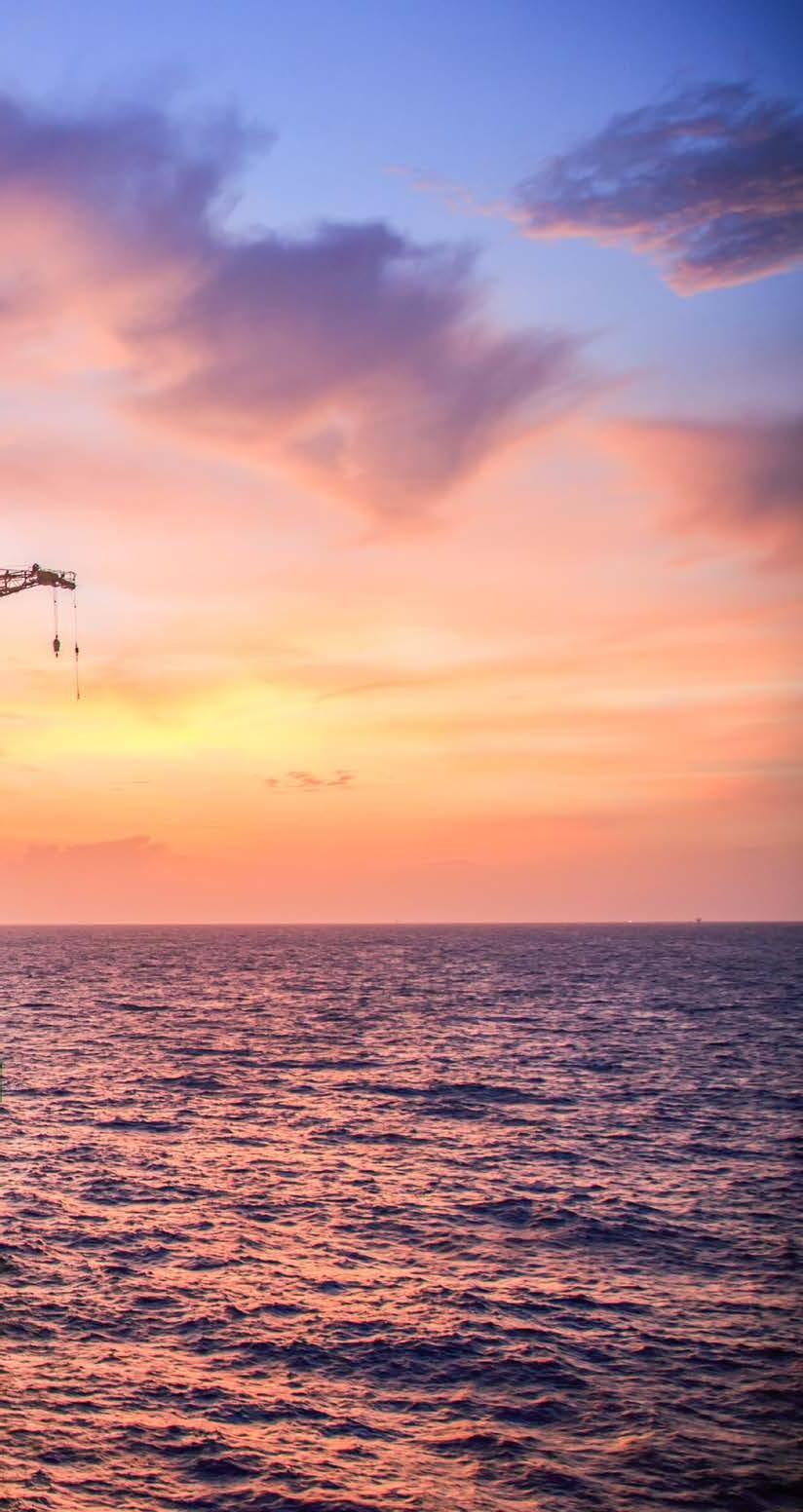
Petronas Suriname E&P B.V. (Petronas Suriname) is a fully owned subsidiary of the international energy group Petronas, which encapsulates the global company’s operations in Suriname to increase energy potential and optimise the value of the energy industry. Petronas’ energy operations can be broken down into three core businesses: upstream, gas and downstream. These divisions span the company’s portfolio of energy solutions which covers oil and gas, renewable sources, advanced products, and adaptive solutions. Throughout every aspect of its global operations, Petronas has embedded a culture of duty and respect for the planet. This respect for the environment has been implemented firmly throughout its Petronas Suriname subsidiary as it works to bring continued economic development to the region, stable energy, and the development of renewable energy options.
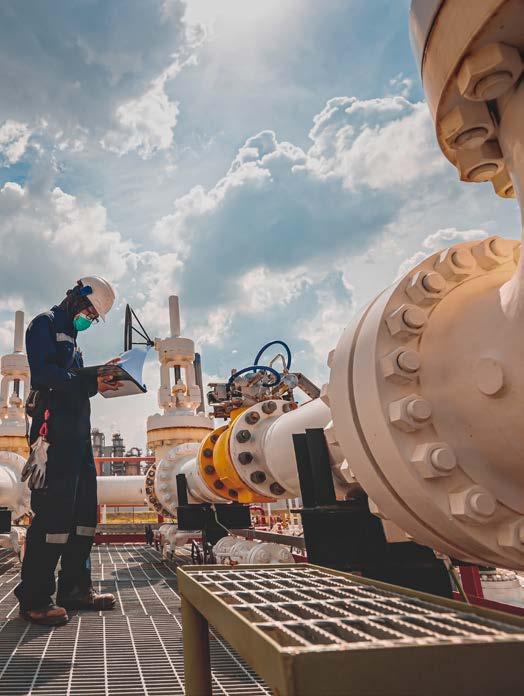
For Petronas, Suriname is a key place for exploration as the country and its surrounding waters have already seen vast discoveries of oil and gas field potential in the region. Therefore, the development of Petronas to its Surinamese subsidiary was an easy decision to harness the potential of the region and continues to expand Petronas’ reach across the world. Consequently, Petronas already have a range of exploration blocks of which it either has full or split participating ownership of.
A crucial development for the company in recent months is the discovery of the Roystonea-1 exploration in the existing Block 52. The discovery is for oil in the block, located 185 kilometres off the country’s coast in a well at a depth of 904 metres. The oil potential was discovered after encountering several oil-bearing Campanian sandstone reservoir packages, which could provide the company with great oil resources. Further evaluation of the well’s resources is currently being conducted to determine the full extent of the discovery. The potential development could work in synergy with the existing Sloanea-1 discovery which was made in the same block in 2020 and could bring significant oil resources to the region.
Mohd Redhani Abdul Rahman, Vice President of Exploration at Petronas, highlights that “The success of Roystonea-1 is expected to drive further exploration for commercially viable hydrocarbon resources in the surrounding areas. Petronas will continue to work closely with the host authority Staatsoli and partners to unlock Suriname’s hydrocarbon potential. We look forward to implementing safe and successful future exploration programs together”. Rahman’s comments highlight the key role Petronas Suriname plays across the region by working with vital stakeholders and companies such as Staatsoli Maatschappij Suriname (Staatsoli), a key oil and gold company in the region, to deliver vital development and investment towards the country’s energy sector. Rahman’s comments also highlight the vital role hydrocarbon resources will play in serving energy demands as the world moves towards more sustainable energy options.
Block 52, in which the discovery was made, covers an area of 4,749sq km and lies in the prospective
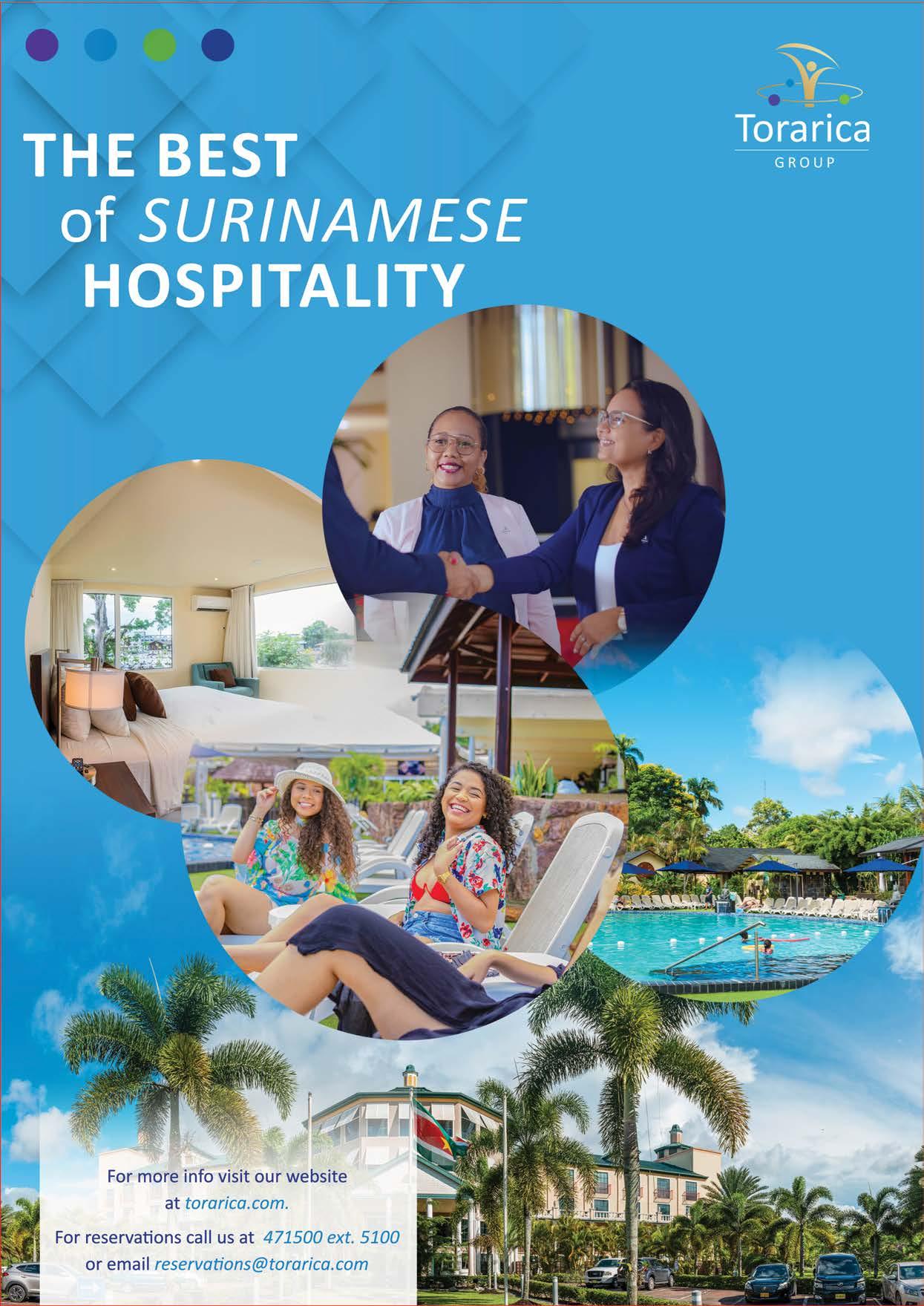
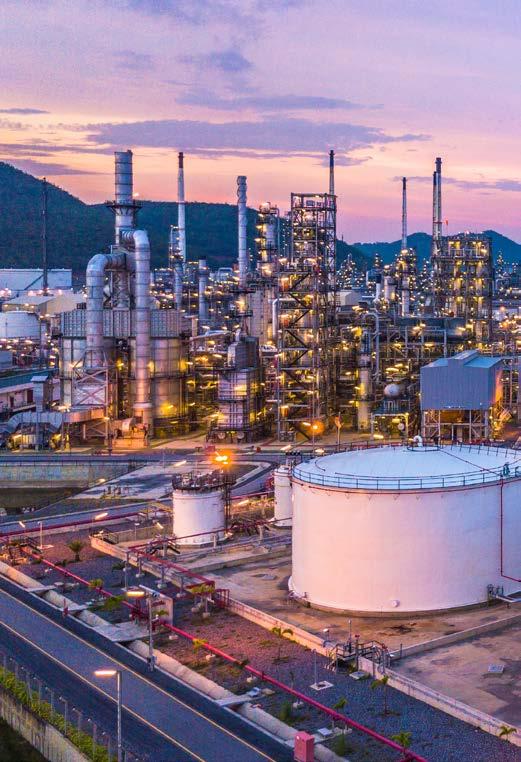
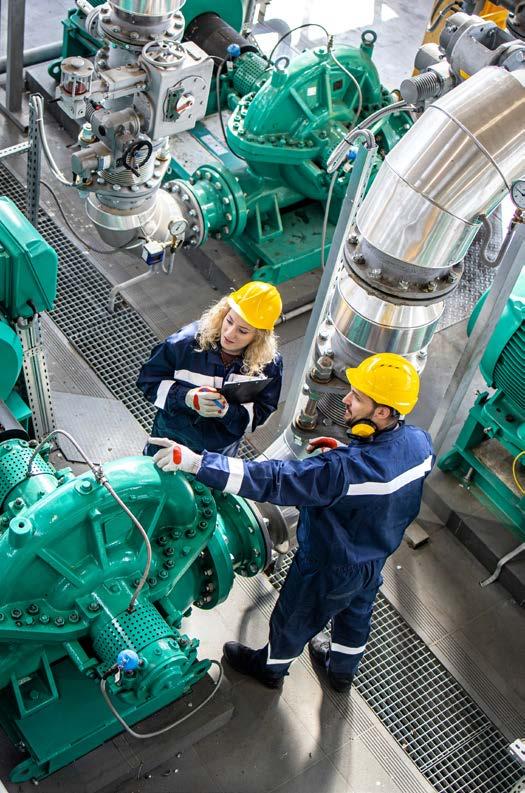
Suriname-Guyana basin where Petronas Suriname is the central operator, with a 50% participating interest. However, Petronas’ operations in the region do not end there as the company also has a 100% participating interest in Block 48, as well as a 30% non-operating participating interest in the adjacent Block 53 where the company made the Baja-1 oil discovery in 2022. The continued involvement of Petronas Suriname in crucial development blocks off the coast of Suriname has highlighted its ongoing efforts towards ensuring energy security for the future as energy demands continue to increase at a rapid pace.
In December last year, Petronas Suriname signed a Production Sharing Contract with Staatsolie for the exploration of Blocks 63 and 64 located in the Guyana-Suriname Basin. The signing came during the Suriname Demerara Bid Round 2022-2023 earlier last year. Block 63 covers an area of 5,425 sq km and is at a water depth of 1,700m, whereas Block 64 is shallower at only 1,300m deep. Here, Petronas Suriname has a 100% participating interest in and is the operator of Block 63. Block 64, on the other hand, is operated by TotalEnergies who have a 40% participating share in the Block, with the remaining 60% split evenly between Petronas Suriname and QatarEnergy. This key exploration contract with key players across both Suriname’s energy industry and international energy industries highlights the vital role the country is playing in global economic development and energy potential.
Rahman, Vice President of Exploration for Petronas, highlights that “Securing these blocks is crucial to Petronas’ effort in unlocking Suriname’s vast resource potential in the basin. This underscores the aspiration to build our presence in the country and strengthen our international portfolio, especially in the Americas.” He continues, “We look forward to working alongside the host authority and our partners to achieve more significant milestones while ensuring secure affordable, and sustainable energy to the market”. Rahman’s comments exemplify exactly how Petronas continues to be a leading energy solution provider across the globe as it works to extend its reach across the globe by adding yet another vast region to its portfolio. By helping to establish Suriname in its own right as a vital oil and gas exploration site, Petronas Suriname
adds to the continued investment from companies across the globe into the region.
However, as Rahman notes, throughout every aspect of Petronas Suriname’s operations there is always a keen focus on sustainability, a value passed down throughout the Petronas network. Sustainability is such a key aspect of Petronas’ operations as they are working with finite resources so must be responsible with every aspect of its operations to bring vital development across the energy sector whilst limiting the damage done to the planet. The global Petronas is on a mission to be entirely net zero by 2050, and so this responsibility extends to the Suriname subsidiary to create value, whilst safeguarding the environment with environmental initiatives, supporting social impact
projects, and working closely with governmental agencies to make real change in the oil and gas sectors.
Ultimately, behind Petronas Suriname is a passion for the planet and its people, which is driven by a desire to create sustainable value across all of its sites of operation and exploration. Petronas Suriname has continued to play a vital role in the country’s energy industry, and thanks to its key contracts and projects with stakeholders, it looks set to continue to develop the energy industry in Suriname for many years to come. We look forward to seeing the outcome of the further evaluation of Block 52, and the role the company will play in bringing oil products to market whilst maintaining sustainability as its core focus.
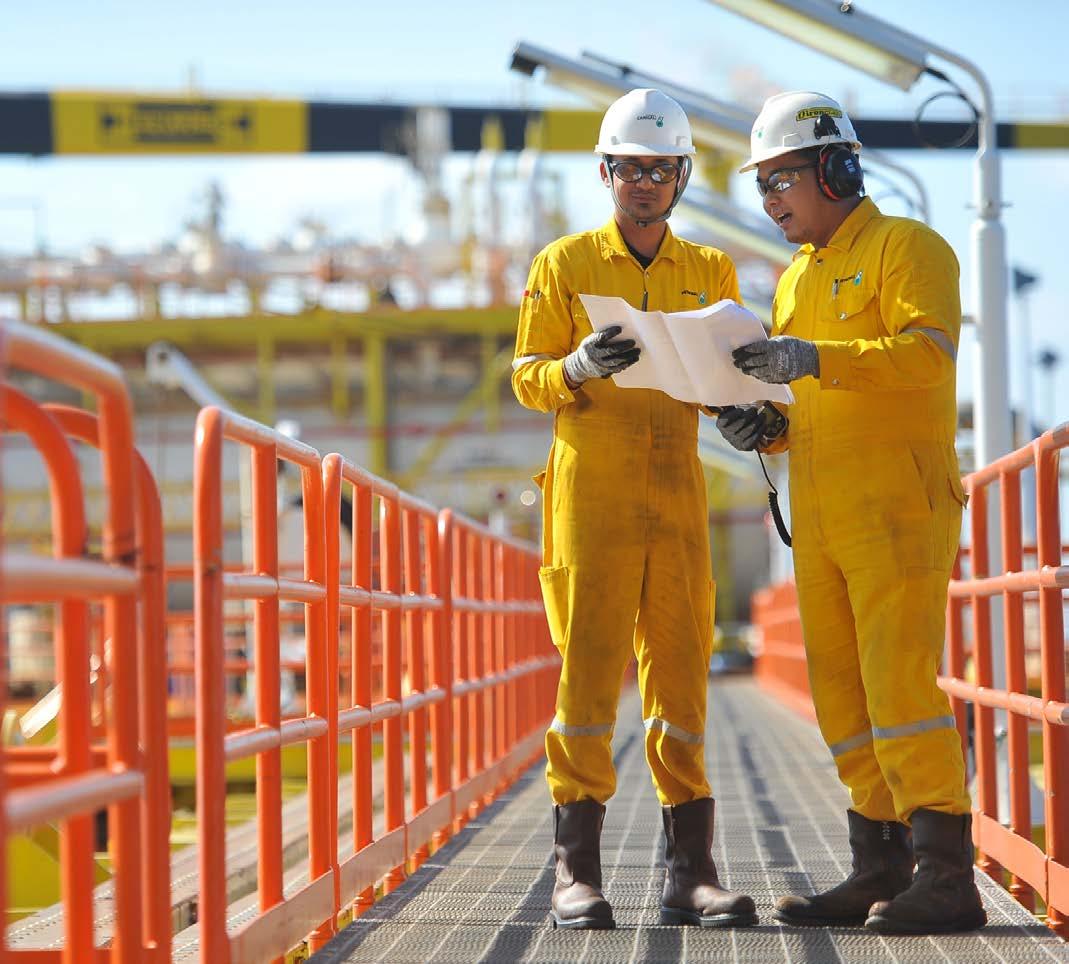
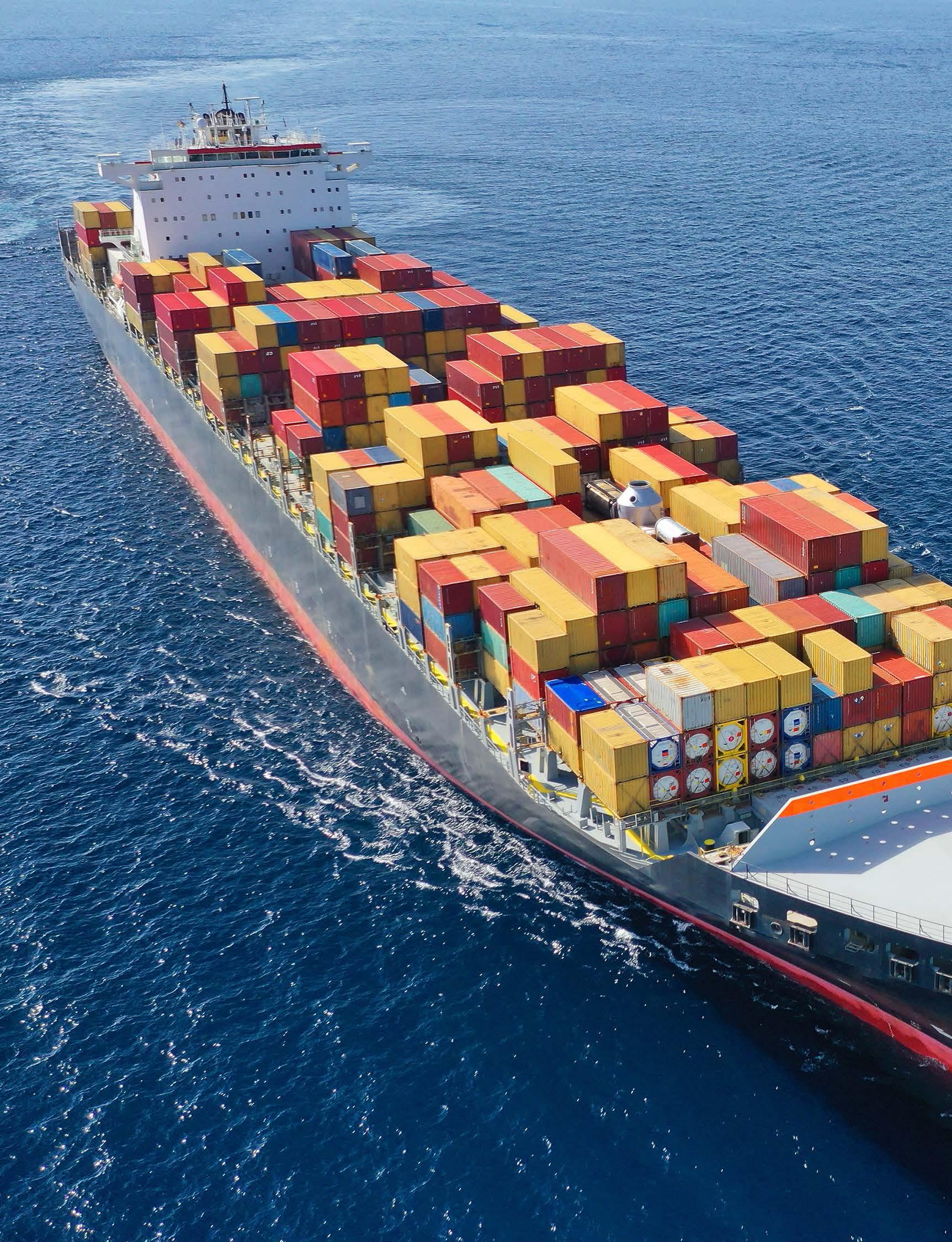
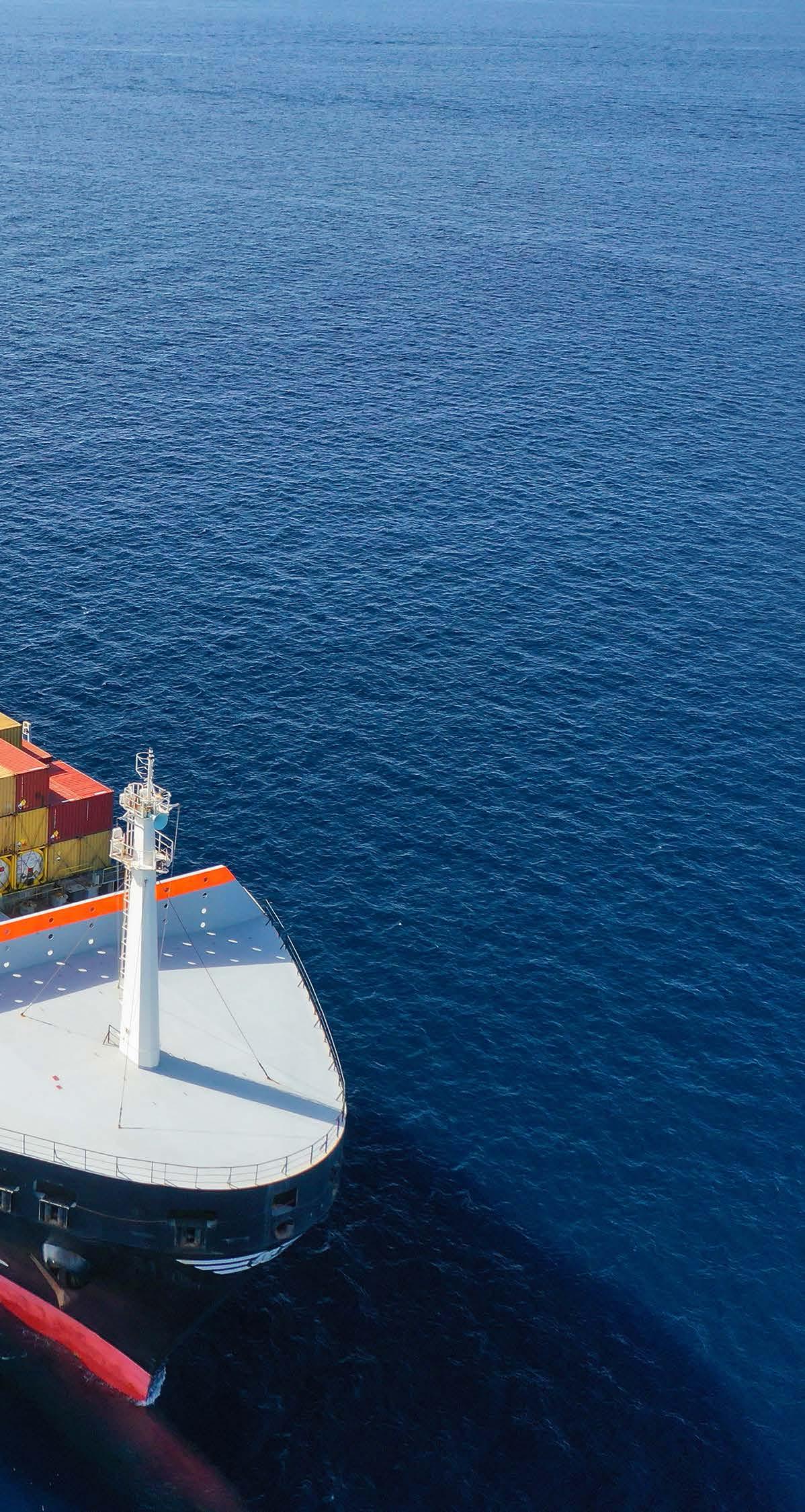
Located in Louisiana, The Port of Lake Charles is a deepwater seaport along the Calcasieu Ship Channel which runs north of the US Gulf Coast. Encompassing roughly 203 square miles of prime channel-side real estate, the port is now the 12th busiest across the nation and annually handles over 56 million tons of breakbulk and bulk cargo travelling along the channel. Therefore, the Port of Lake Charles continues to play a pivotal role in developing the economic landscape of Louisiana through vital cargo shipment and handling facilities.
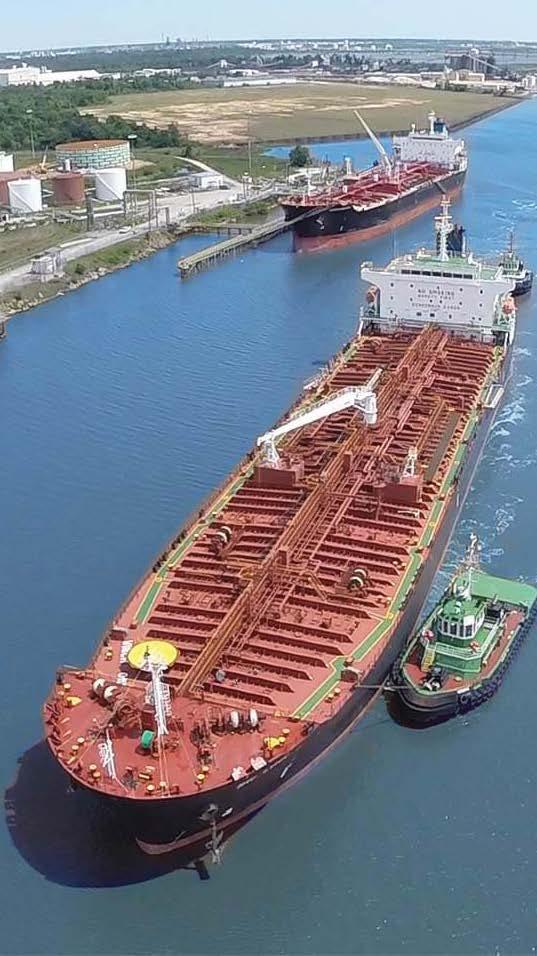
The Port of Lake Charles is responsible for managing the Calcasieu Ship Channel which runs inland 36 miles and extends out into the Gulf of Mexico a further 32 miles. This Ship Channel drives almost $40 billion of the US Gross Domestic Product (GDP) as it facilitates the shipment of cargo and materials across the Gulf Coast of America. Therefore, the Port of Lake Charles provides essential cargo and landlord services and today is regarded as the 14th busiest port district in the nation as ranked by the US Army Corps of Engineers based on tonnage.
The Port opened in 1926 following its authorization by Act 67 of the Louisiana Legislature just a few years earlier. The official title of the port upon opening is The Lake Charles Harbour and Terminal District, a title the port has kept to this day. However, since its origins the role of the port has continued to expand and now is annually responsible for helping the shipment of vital cargo such as forest material, aluminium ingots, grain, rice, petroleum and petroleum products, frac sand, and heavy lift project cargos. All of these cargos are handled by the port and delivered to the vital land logistical infrastructure across Louisiana.
The Port of Lake Charles is governed by a 7-member board of commissioners who are responsible for overseeing the 2 marine terminals and the 500 acres of property which make up the Lake Charles Harbour and Terminal District. Therefore, serving as the landlord to companies across the port property as well as various other leasable sites near the Calcasieu Ship Channel, the Port of Lake Charles plays an expansive and committed role in ensuring the development of the Louisiana region via the port’s services and land.
A key part of the Port of Lake Charles’ operation is in marine shipping. The port has developed a custom shipping solution which delivers big results for the shipping channel. This includes the City Dock Facility, where the majority of cargo operations take place. It includes 12 deep water berths, where cargo is offloaded or loaded. The berths have a projected depth of 35 feet (ft), with berth 8 having a depth of 40 ft which is used for bulk grain shipments. The facility also includes a 1.6 million square foot of covered storage for warehouse services. The City Dock Facility is located close to essential rail links
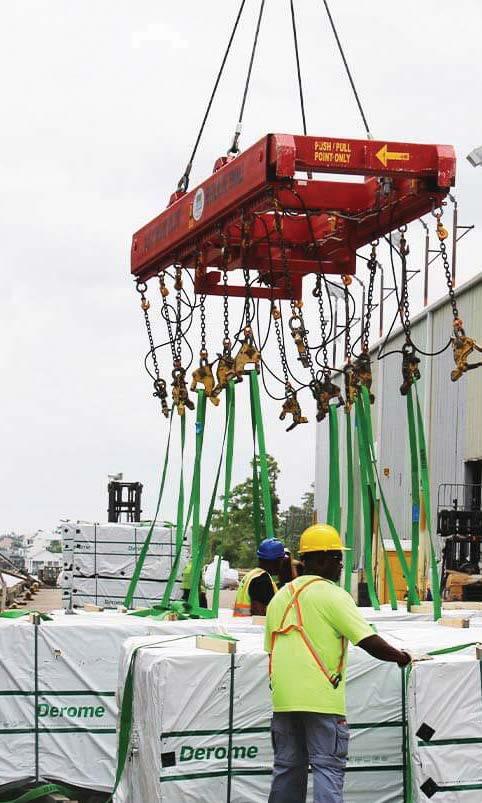
making it an ideal location to connect the port to the rest of the state and beyond.
The Port’s Bulk Terminal No.1 provides 7 acres of dry bulk terminals at the Rose Bluff Cutoff along the Calcasieu Ship Channel and can accommodate 2 vessels for loading and unloading. Furthermore, the terminal also operates 2 travelling ship loaders and 2 travelling clamshell bucket unloaders, these include a pet coke ship loader which can facilitate 3,200 short tons per hour, and a calcined coke ship loader with a capacity for 1,200 short tons per hour. Bulk Terminal No.1 provides vessel-tovessel, vessel-to-truck, or vessel-to-open storage solutions. Consequently, the terminal processes more than 3.1 million short tons of dry bulk material annually which includes petroleum coke, calcined coke, barite, rutile, and other dry bulk commodities. In addition, the port is home to Bulk Terminal No.4 which deals in aggregates and is leased to a private company. The Terminal has a 251ft dock face, which can extend to 355 ft with dolphins and has a depth of 35 ft to help move more than 1 million metric tons of imported aggregate annually.
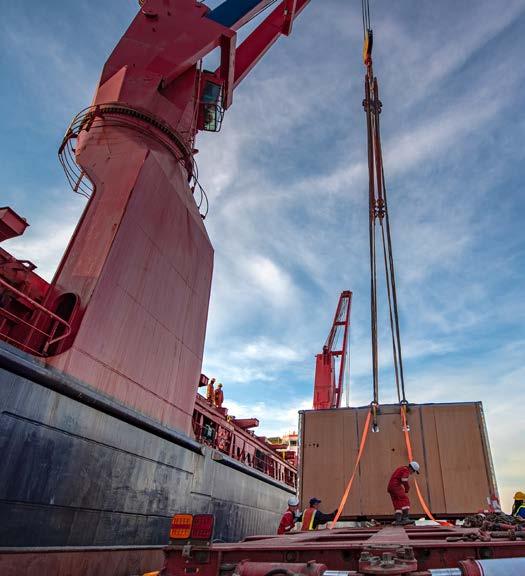
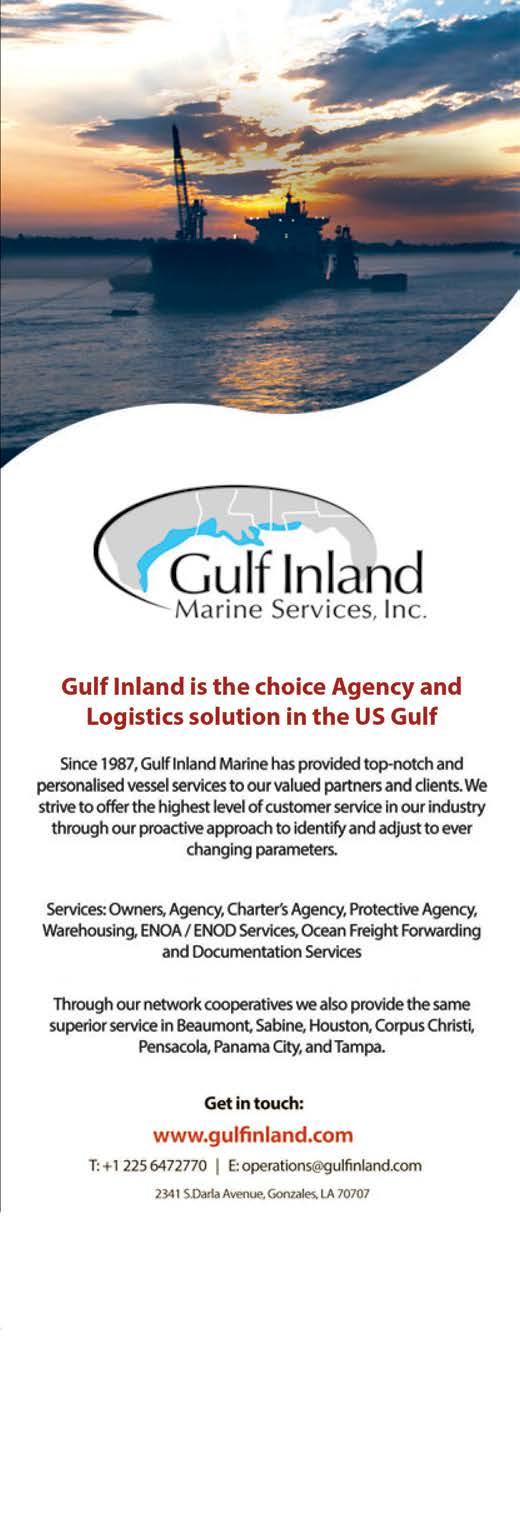
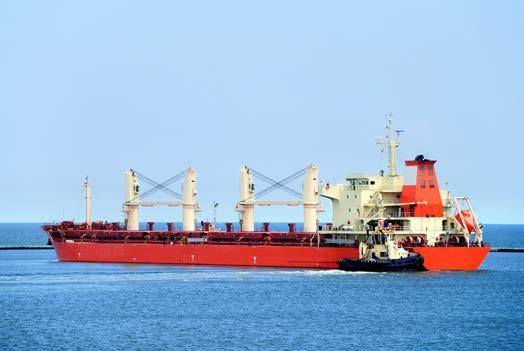
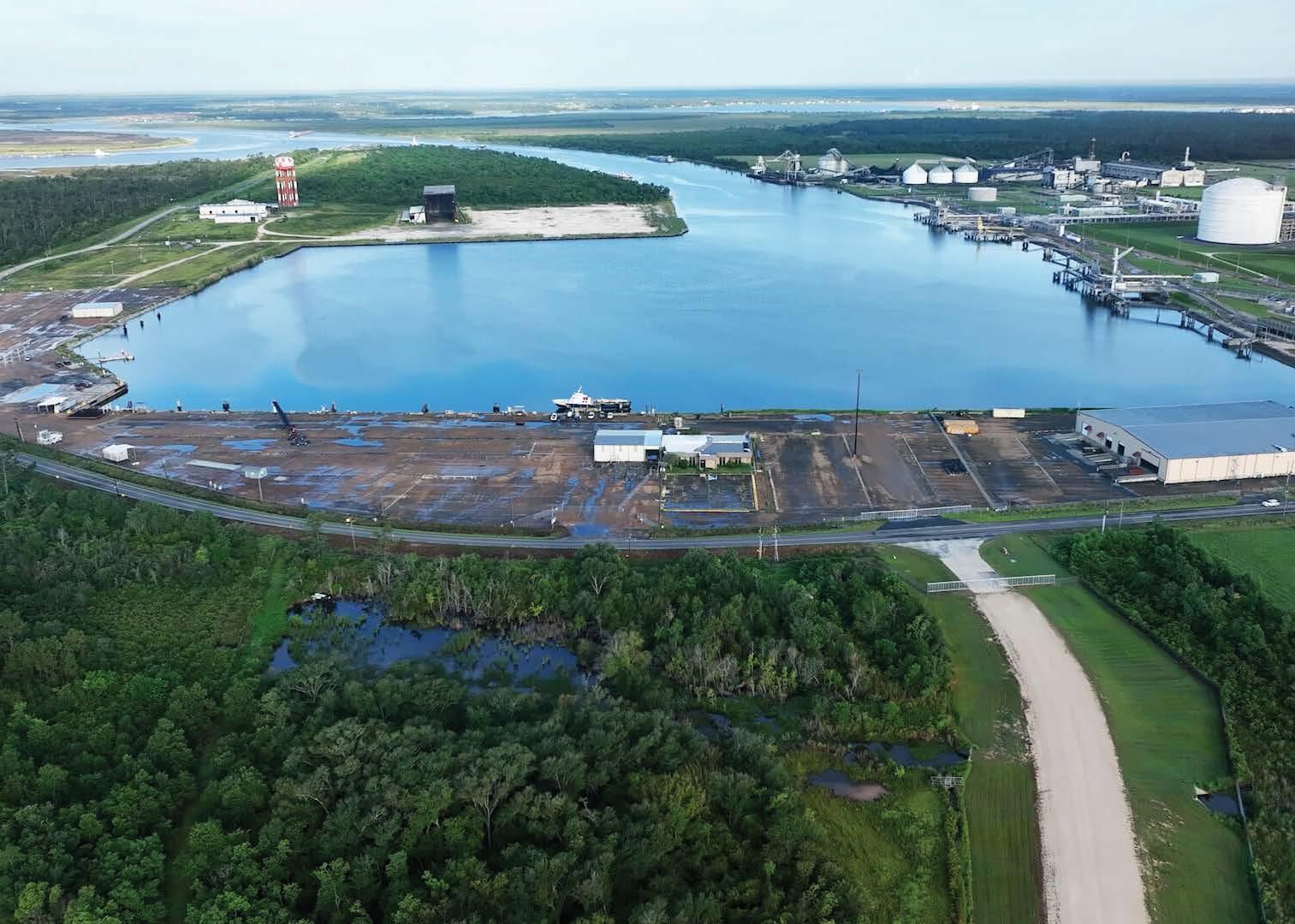
The facilities at the port have been designed to deal in such high quantities of multiple different types of cargo including break-bulk, speciality, heavy-lift, and project cargo from industrial components to forest/lumber products. Whilst the port facilities help to optimise the efficiency of shipment across the terminals, the port is also in a great strategic location just 12 miles upriver from the Gulf Intracoastal Waterway, is close to rail lines (Port Rail) and only 2.5 miles from an interstate. Therefore, the shipment of cargo from the port across land logistical services is made so much easier. Therefore, it is no surprise that the port trades with more than 70 countries around the world thanks to its reputation as the port of choice along the shipping channel.
As the company looks towards the future it is set on developing facilities at the Port of Lake Charles to cope with the $46 billion worth of pre-planned projects set to take place along the ship channel. This will add a further 90.8 million tons of cargo to the existing 56 million tons already travelling through the channel and port every year. The port has already begun inputting new port docks which can accommodate loads of 1500-2000 pounds per square foot, which is almost 4 times the strength of its current berths. This is part of more than $287 million in capital projects which are planned over
the next decade to expand the port’s role and capacity as it continues to be a key player in world trade and speciality cargo.
Another key development for the future is the opening of Cameron LNG (Liquified Natural Gas) Facility which will handle the exports of coke by-products from local petroleum refining, imported lumber, exported bagged and bulk grain, wind energy equipment, project cargo, limestone, rutile, barite, rubber, and chemical products. As this development will take place on the leased land of the Lake Charles Harbour and Terminal District, it will continue to establish the port as a key player for international shipping of cargo.
Overall, the Port of Lake Charles is home to one of the most pivotal ports along the Calcasieu Ship Channel and is responsible for developing a significant part of the Louisiana economy thanks to cargo shipment both into and out of the country. With key developments set to take place over the coming years to meet the growing demand for shipments along the Calcasieu Ship Channel, we look forward to seeing how the port’s facilities continue to expand and meet the needs of the future as a leading port and cargo terminal.
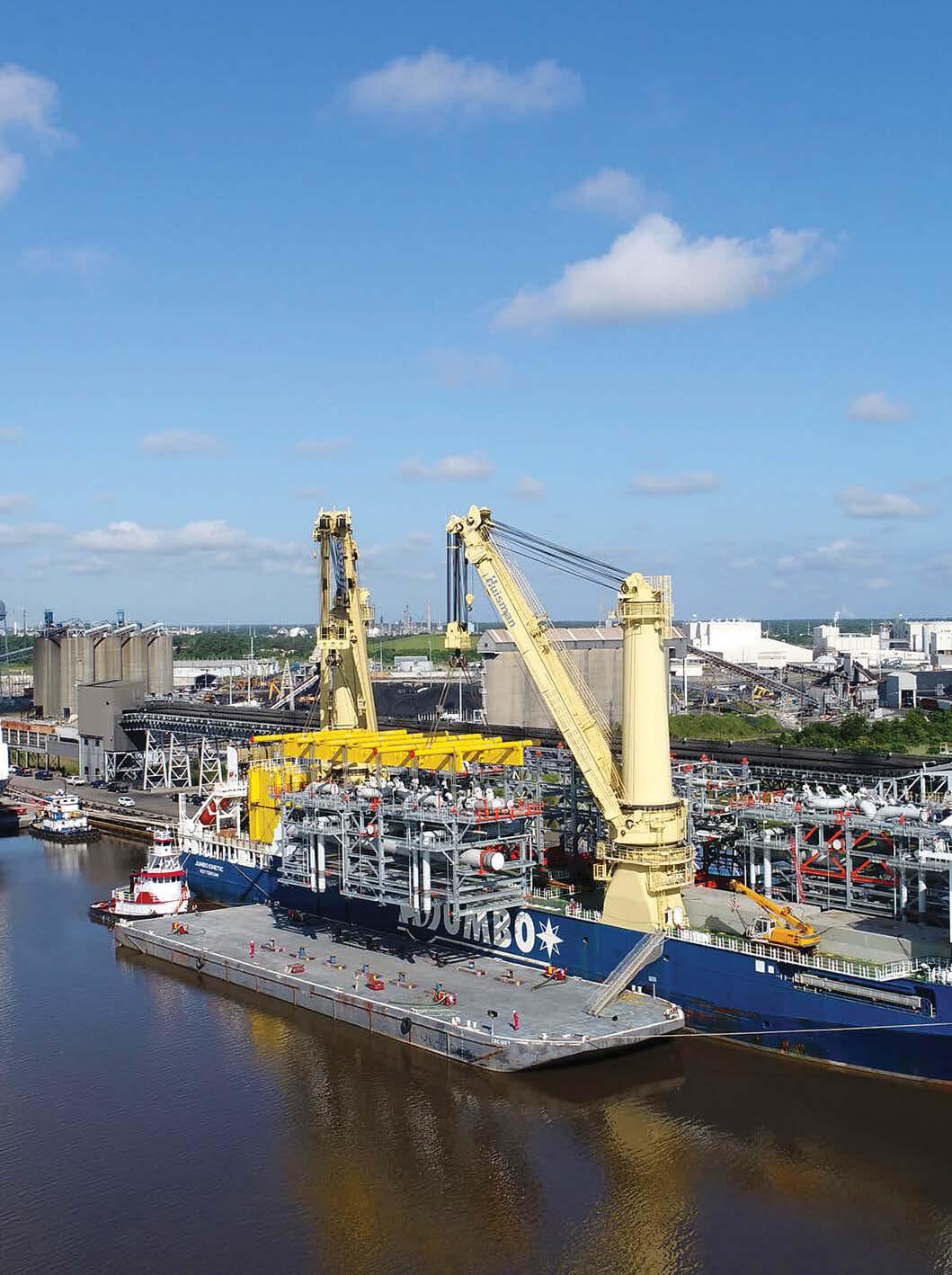
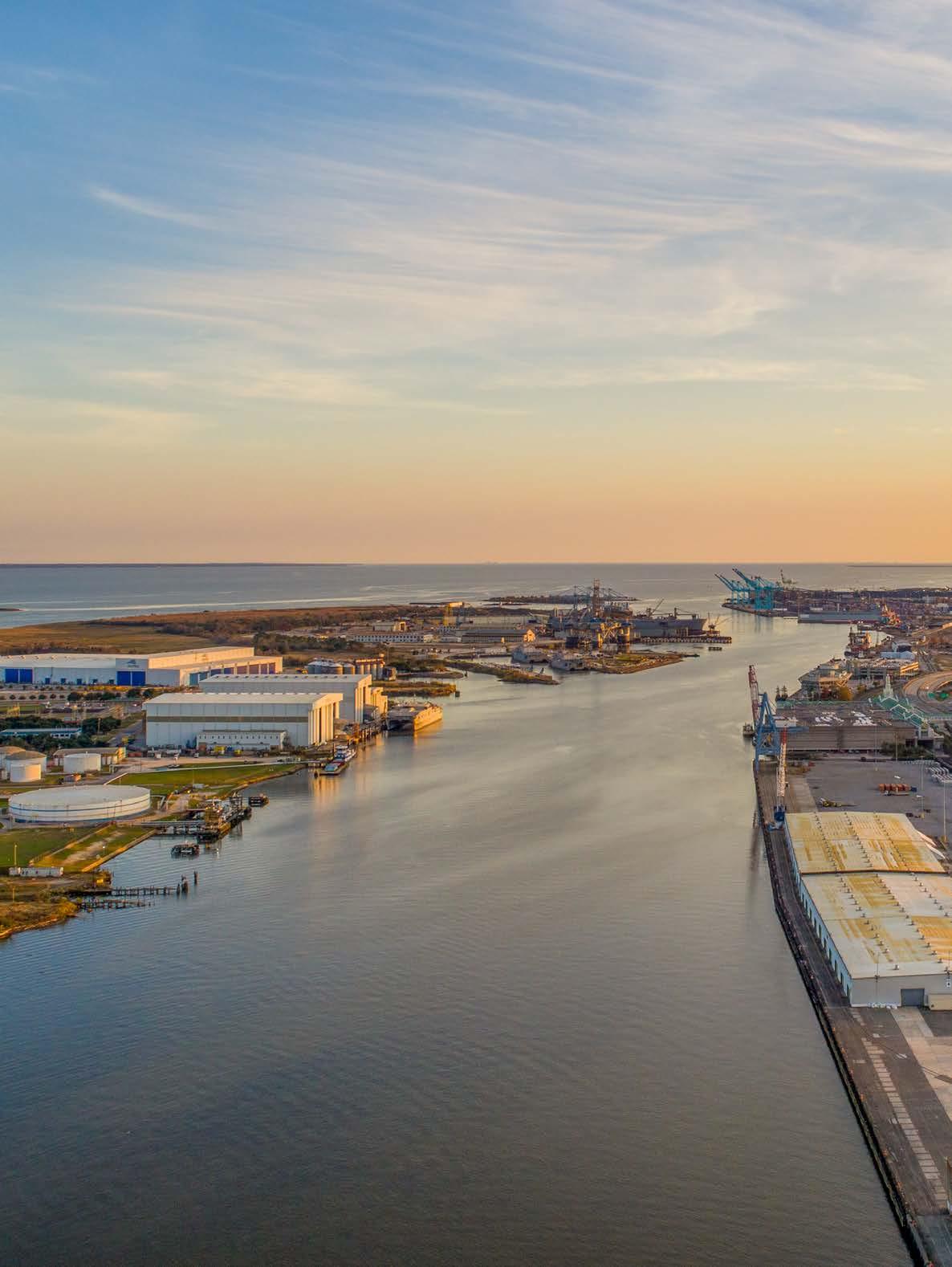
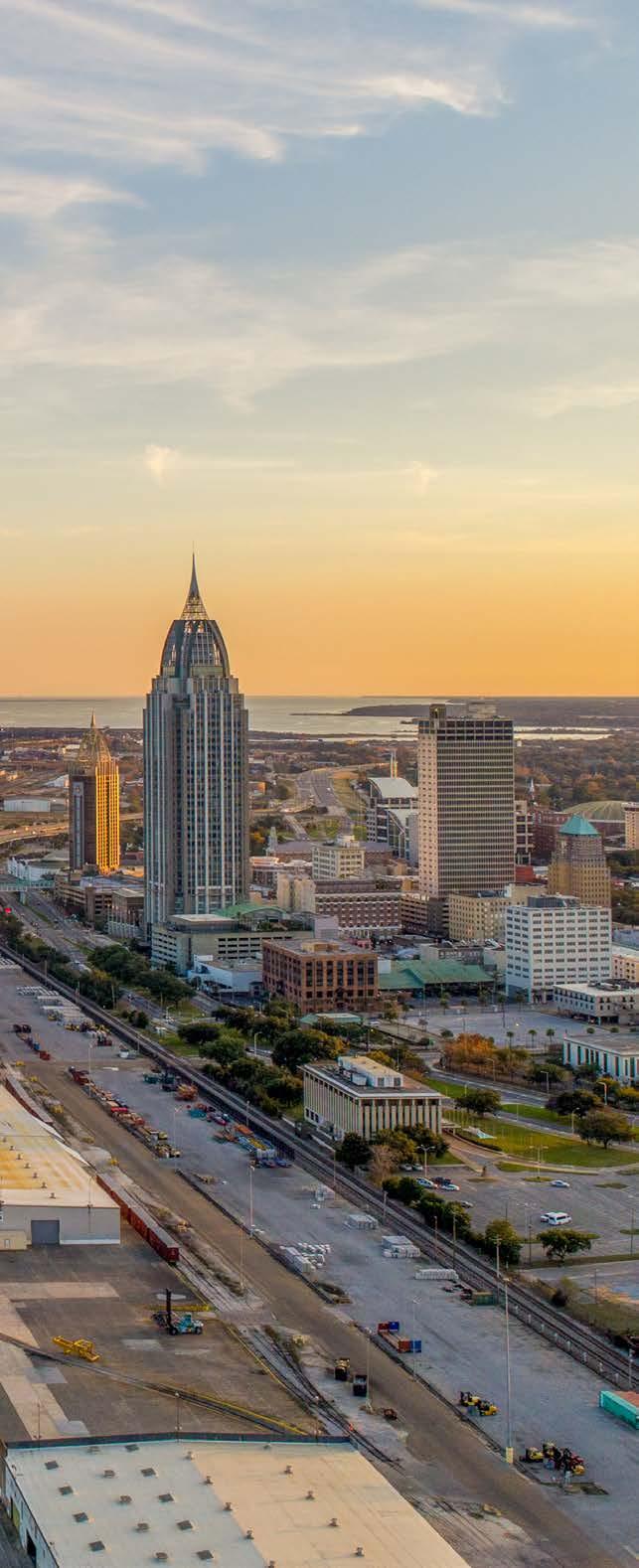
As Alabama’s only seaport, the Port of Mobile’s role in the state’s financial prosperity can be traced back centuries, having been a crucial step in many supply chains with its expansive growth during World War II. Now, many years later the continued development and growth has seen the region deliver vast investments in manufacturing, agribusiness, and mining. All these industries benefit from the port’s activities, which has allowed the port to become one of the most prominent seaports in the United States. Therefore, the Alabama Port Authority was established in 2000 to position the Port as a strong link and partner across supply chains, facilitating the transportation of goods and materials across the port and connecting them with the crucial rail, roads, river, and runway links.
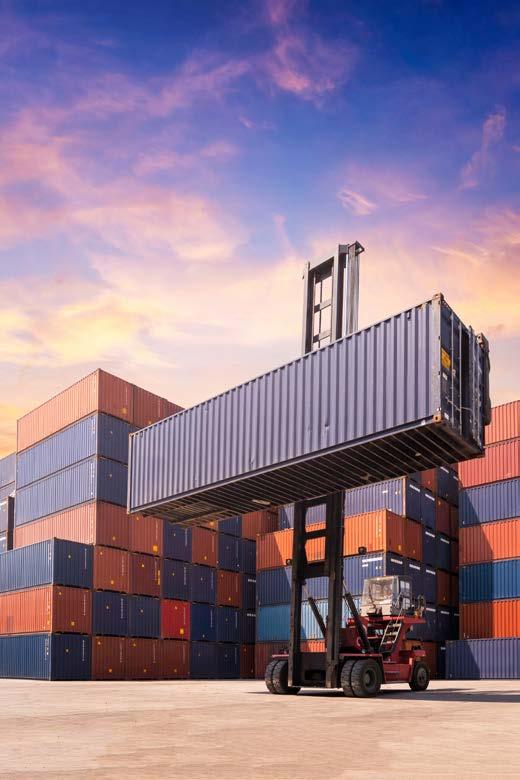
With 18 diverse cargo handling facilities and a port with direct access to 45-foot deepwater, nine railroads and air, truck and barge movement options, the Port is a vital player connecting the state with the local and international movement of cargo. We know this as annually the Port is responsible for bringing 85 billion USD to Alabama’s economy, providing seamless services to manufacturers and industries around the world. Therefore, the Port provides a gateway for all types of cargo, including aggregates, automobiles, breakbulk, coal, cold storage, containers, forest products, general cargo, liquid bulk, metals, and project cargo.
The connected nature of the port is second to none, and so has been a key area for development to continue to serve and develop Alabama’s cargo industries. Consequently, the Alabama Port Authority has invested over 1.4 billion USD into the port over the last 20 years to modernize and grow its facilities to support its customers’ needs.
In June 2023, the State of Alabama allocated 20 million USD to the McDuffie Coal Terminal to increase the current port incentives to provide greater benefits to businesses. The McDuffie Coal Terminal handles metallurgical and bit coal across rail, barge and truck links. Coal in Alabama is metallurgical and so is a key component in steel making as it is recognised industry-wide as some of the finest metallurgical coal in the world, making it a crucial development for the port to continue to contribute to the state’s overall economic development.
John Driscoll, Director and CEO of Alabama Port Authority commented in a press release for the funding that “At the Port our mission is to help Alabama’s economy grow”. He adds later that “The Port is proud to deliver lower landed costs to shippers through the optionality and fluidity we provide. In addition to these operational advantages, the increased incentives for businesses to use the State’s Port will make Alabama even more competitive in the global market”. We can see from Driscoll’s comments that the Port is striving through every investment to make a mark on a range of industries, to promote both the Ports reputation and the State’s role in the development of the global economy.
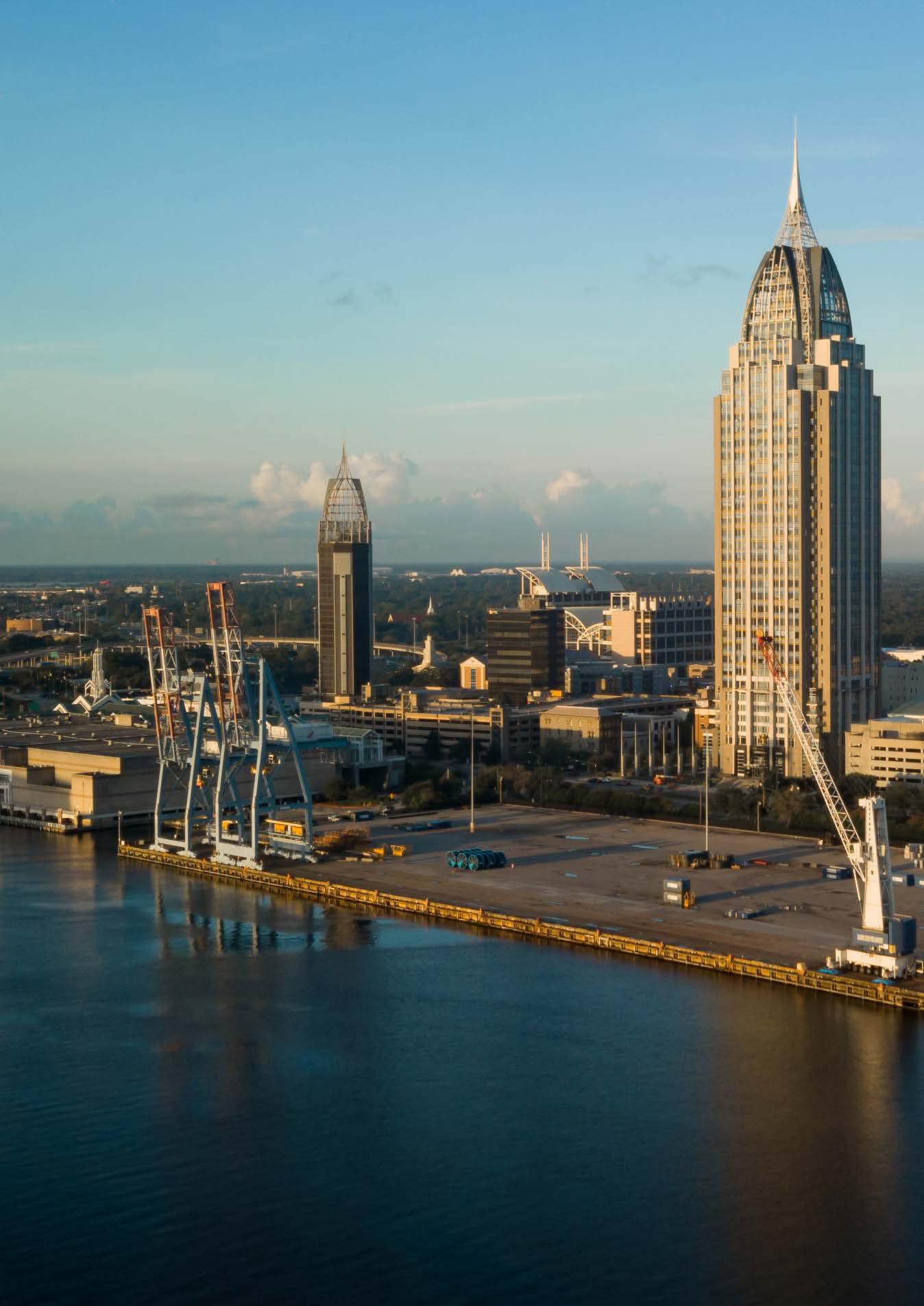
This investment comes as Alabama Port Authority announced its 2022 stats a few months early, which saw the port handle 563,191 twenty-foot equivalent container units (TEUs) over the year, which reflects the 9th year in a row that the Port of Mobile has announced a double-digit growth since 2009 at 11%. The intermodal rail volumes continue a 31-month record of triple-digit growth and ended the year with 142% growth compared to the previous year’s figures. Additionally, the container terminal handled a record number of 312 vessels, an increase of 75 vessels from the previous year.
However, Alabama Port Authority is not slowing down its development, and expects to see its capabilities reach one million TEUs upon the completion of the 6th expansion phase at the container terminal, and the deepening and widening of the harbour. Further planned expansions include constructing a fly-over bridge, creating on-dock rail access for the container terminal, modernising the general cargo piers and developing an in-land intermodal facility in North Alabama.
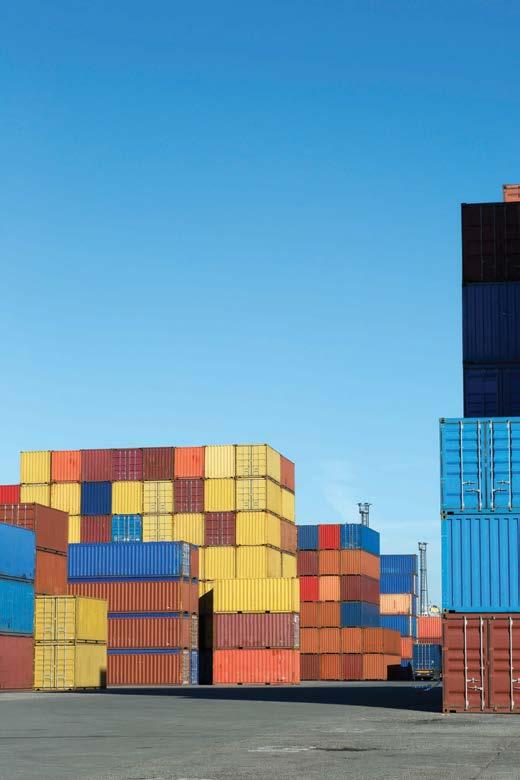
However, Alabama Port Authority is not just concerned with the economic and operations expansion of the port, they are equally as concerned with ensuring environmental standards across all the port facilities and forwarding links. Alabama Port Authority have been Green Marine certified since 2018, which is the largest environmental certification program in North America and provides a framework that the marine industry adheres to, to ensure that the industry can reduce its environmental footprint. Consequently, the Alabama Port Authority is committed to ensuring environmental and sustainable practices and programmes are implemented into all its business decisions, port development plans and daily operations. Its goal is to work towards improving its practices and stewardship regarding the quality of air, water and of soil and sediment. They are also committed to ensuring wildlife habitats are protected, waste management initiatives are followed, and energy consumption regulations are implemented across all operations to improve the environmental conditions in Mobile and the surrounding area of Alabama.
At present, the Alabama Port Authority has implemented electric ship-to-ship cranes at the McDuffie Terminal, Pinto Island Steel Terminal and the Container Terminal. It has repowered locomotives to smart idle/EPA-certified off-road industrial engines to help reduce the particulate matter and nitrogen oxides that are produced from their diesel emission, which has already reduced emissions by 90% and has been further developed with a no-idle policy.
The whole facility also works to ensure that recycling is carried out throughout the port, and twice a week the near-shore and shoreline is inspected. The shoreline work allows the port to monitor the waterways are make sure they are not impacted by environmental damage, and should an instance occur they have the facilities through its environmental programmes to provide clean-ups where releases could have a negative impact on the waterways. However, the Alabama Port Authority is continuing to work to develop the operations of the port towards sustainable success and working to support the surrounding areas through further wetlands developments, conversion to LED lighting and removal of invasive species.
Overall, Alabama Port Authority is working to promote the port’s operations towards global markets through its expansive network of forwarding links due to its ideal geographical position on the Gulf Coast and at the centre of many transport links both by land, sea, and air. As the only port in Alabama, it makes a crucial part of the State’s economic development to aid in the facilitation of import and export cargo whilst providing the local communities with vast employment opportunities. However, the Port Authority is not just concerned with economic success, it is equally as concerned with ensuring that its environmental impact is kept to a minimum and promotes sustainable and environmental programmes throughout its vast range of operations.

Ecolab Specialty Pest Services provides industry-leading expertise to protect your product and maintain a pest-free environment.
Our dedicated fumigation team provides services at ports throughout the United States, including Mobile, AL, with 40+ local fumigation centers. When you need container fumigation, ship fumigation, or other pest treatment for import/export, trust Ecolab to protect your commodities and help meet import/export requirements.
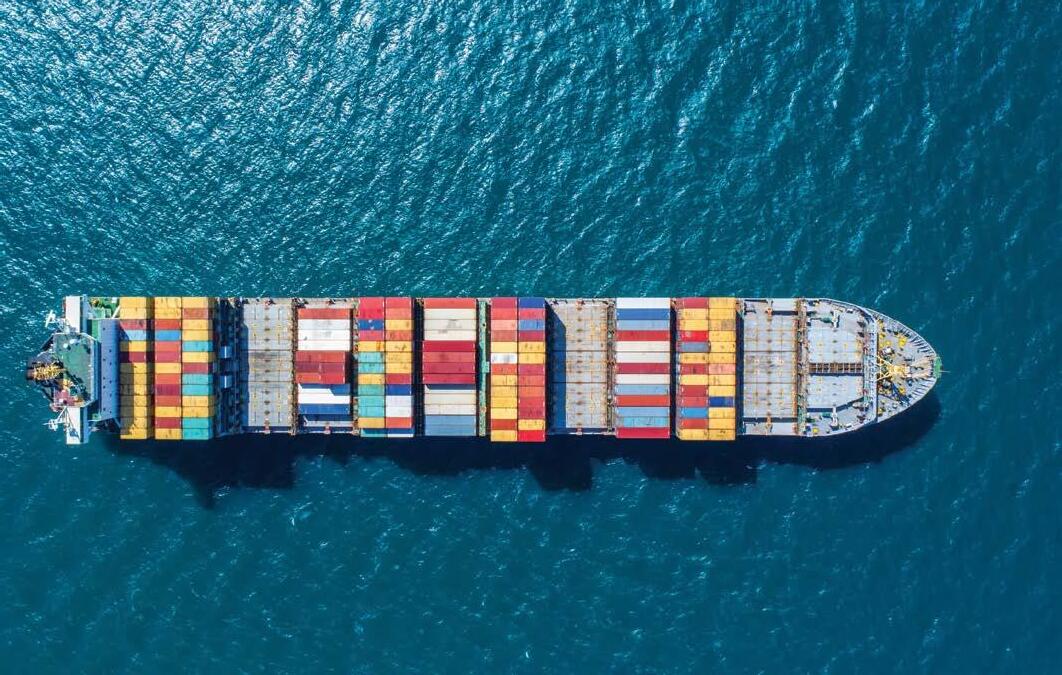
• USDA Compliant
• Quarantine/non-quarantine
• Australian Approved: BMSB
• Communication experts: local, USDA, CBP, state agencies, and freight forwarders
• Documentation for local, state, foreign
LEARN MORE AT: ecolab.com/fumigation
• Perishables: fruits, flowers, fish, vegetables
• Large and small scale fumigations
• Wood packing material (ISPM 15)
• Experienced; licensed; certified
• Grain, nuts, wood, logs
• In-transit fumigation
Alabama contact: Dan Dalton, ACE 561.312.0775 | daniel.dalton@ecolab.com
